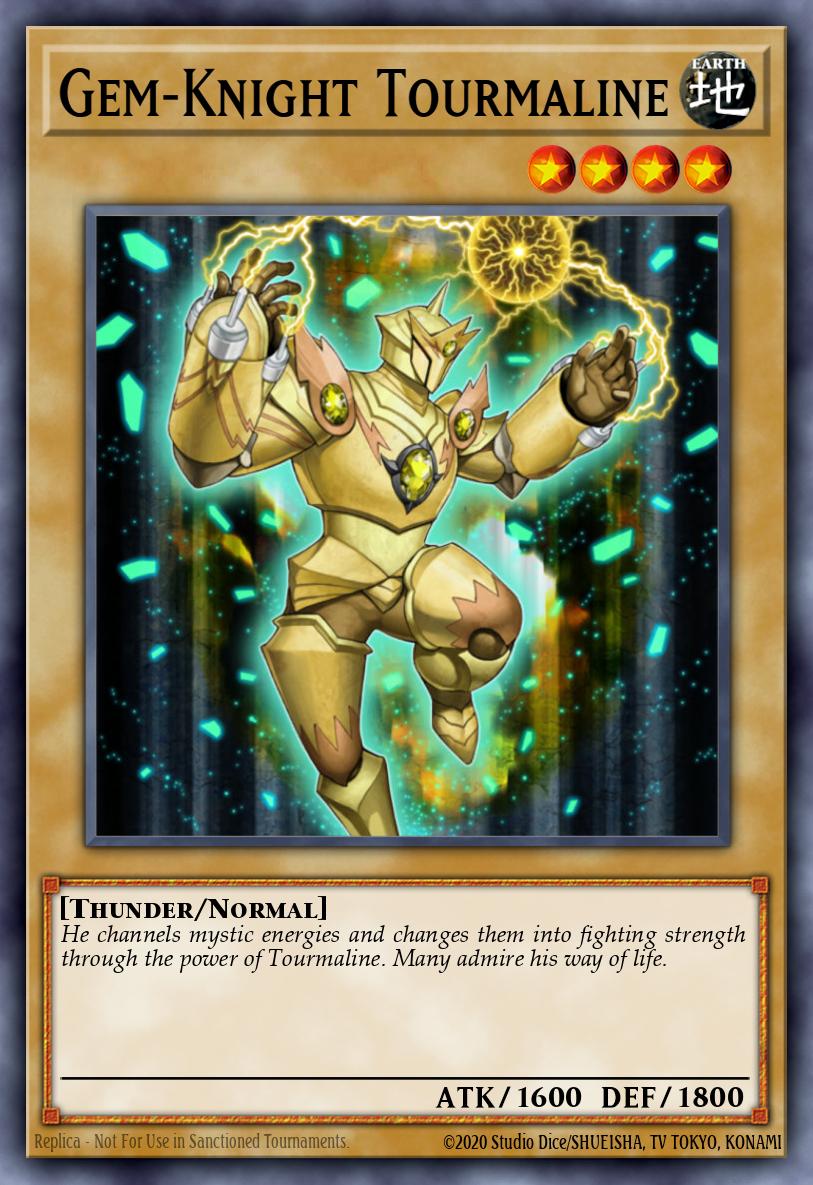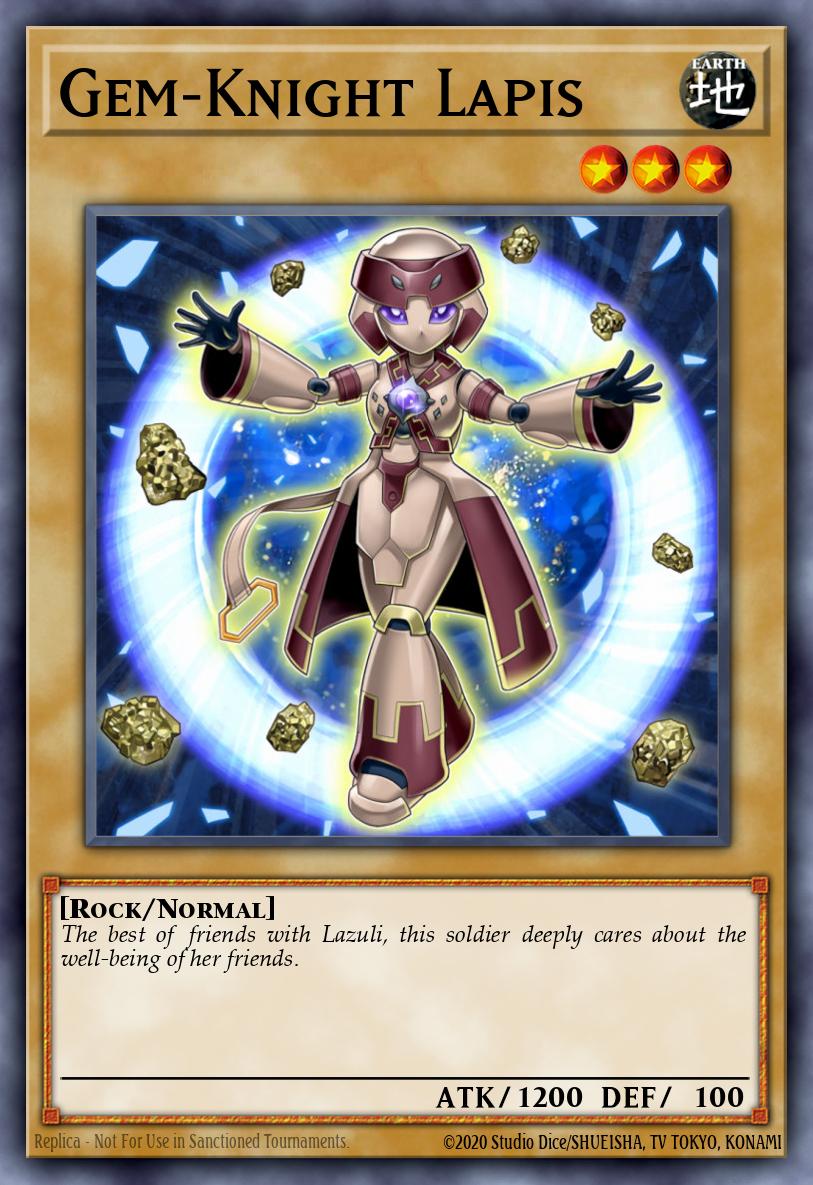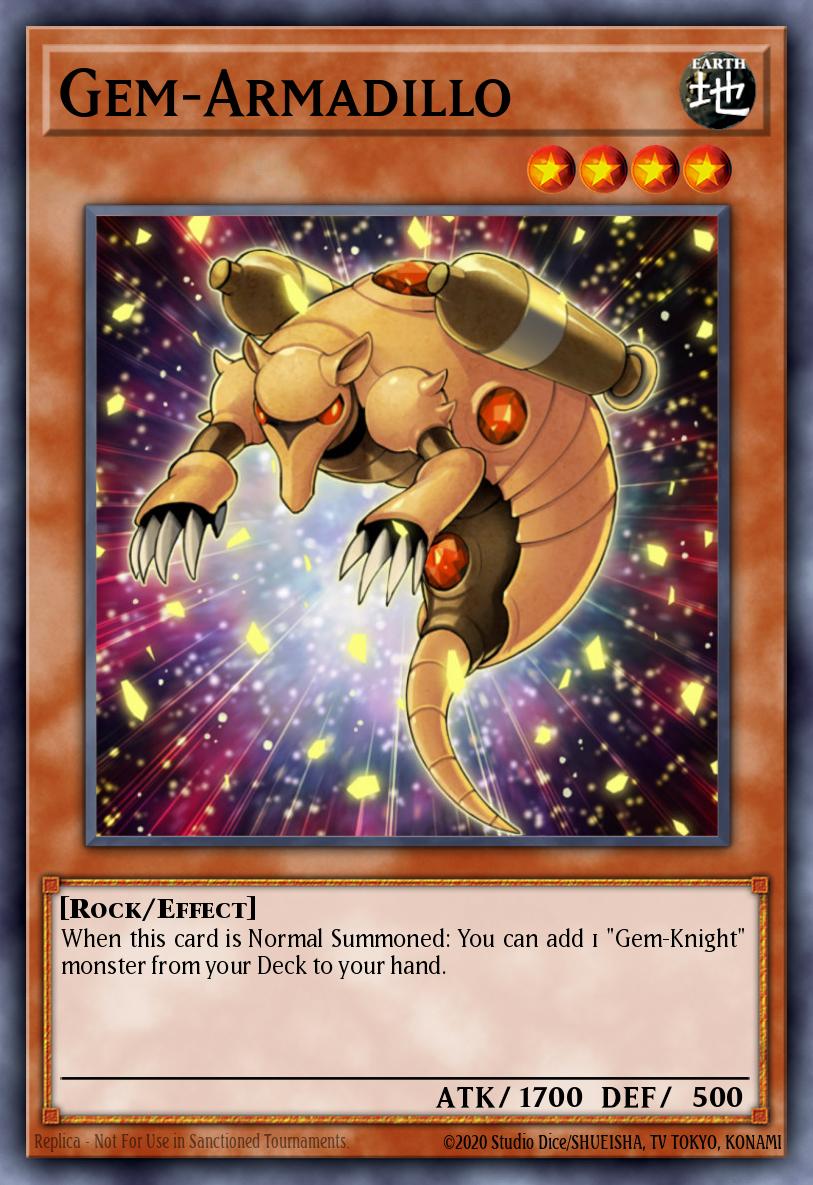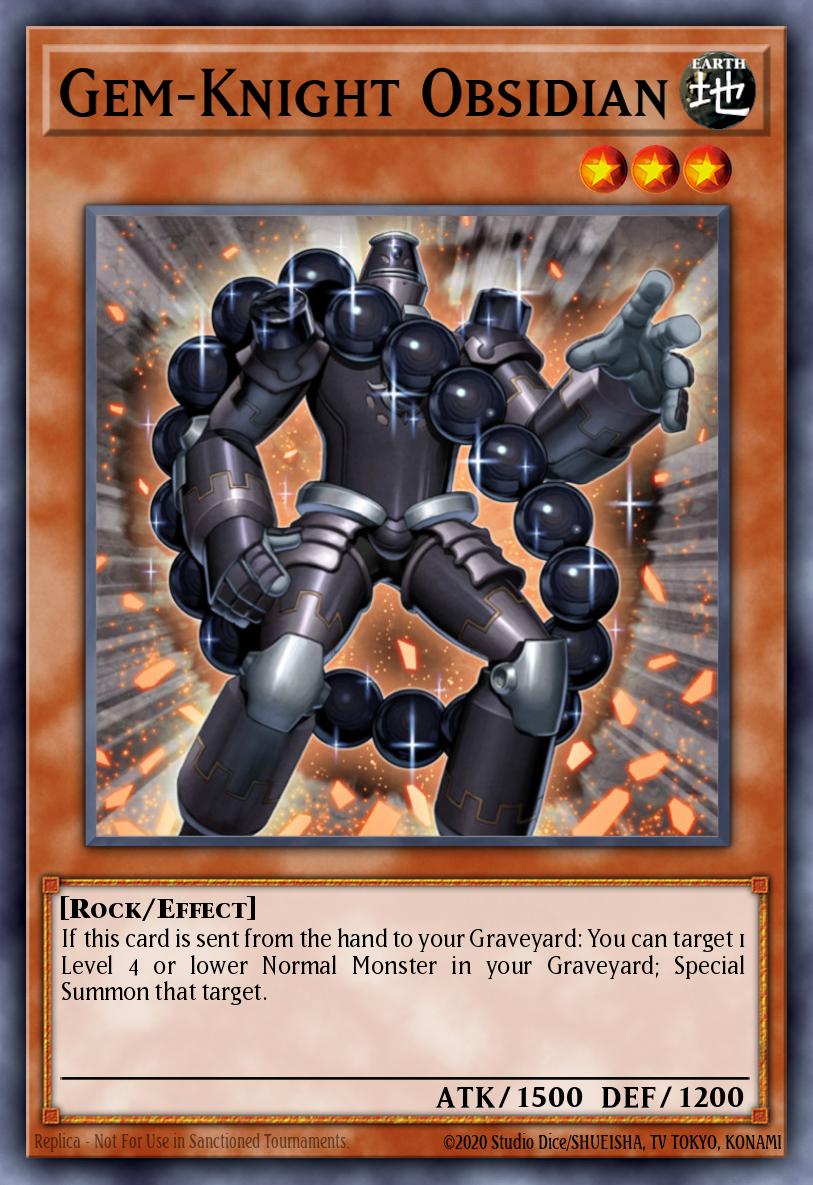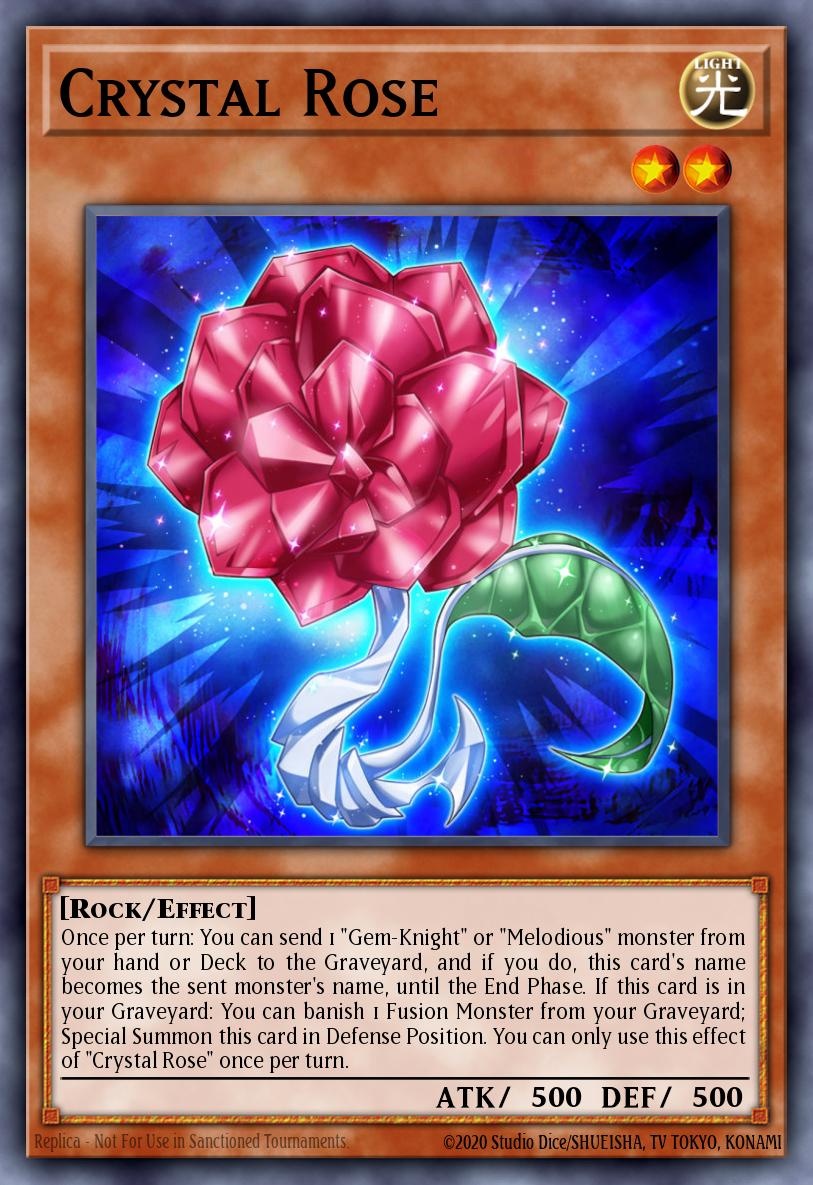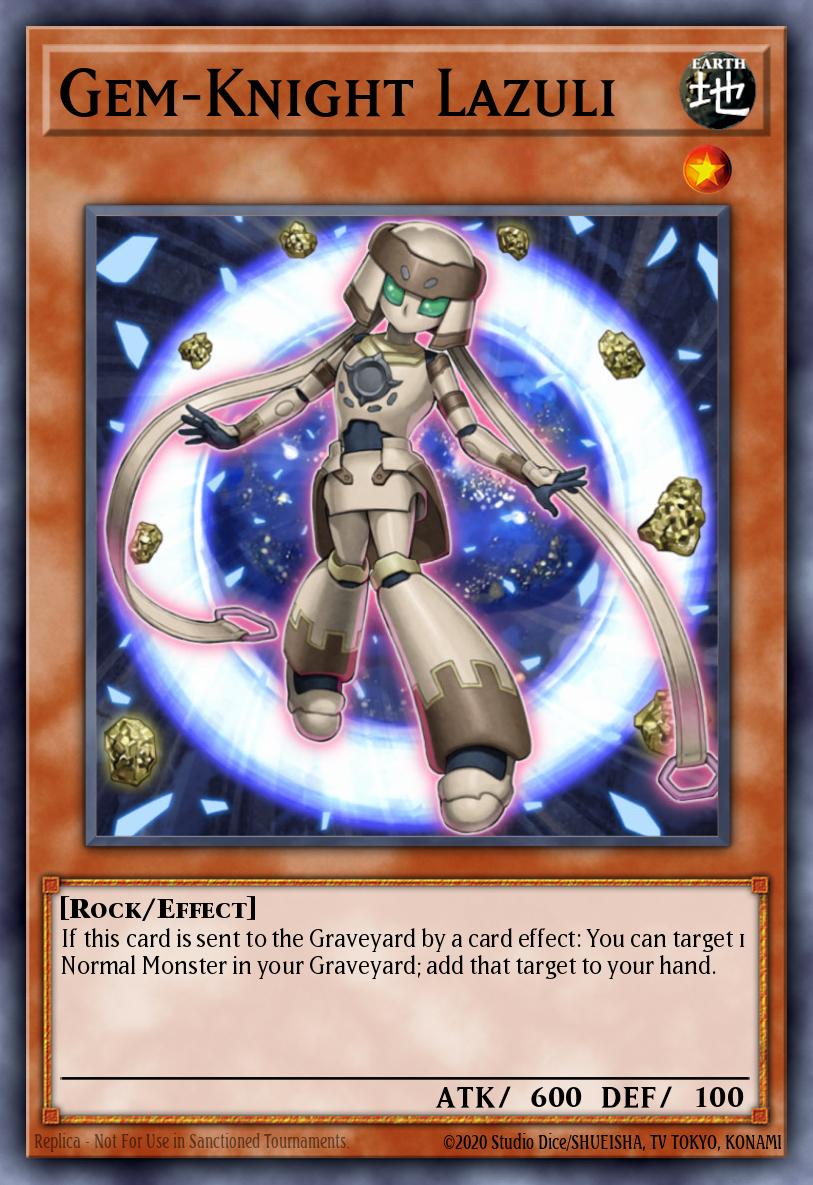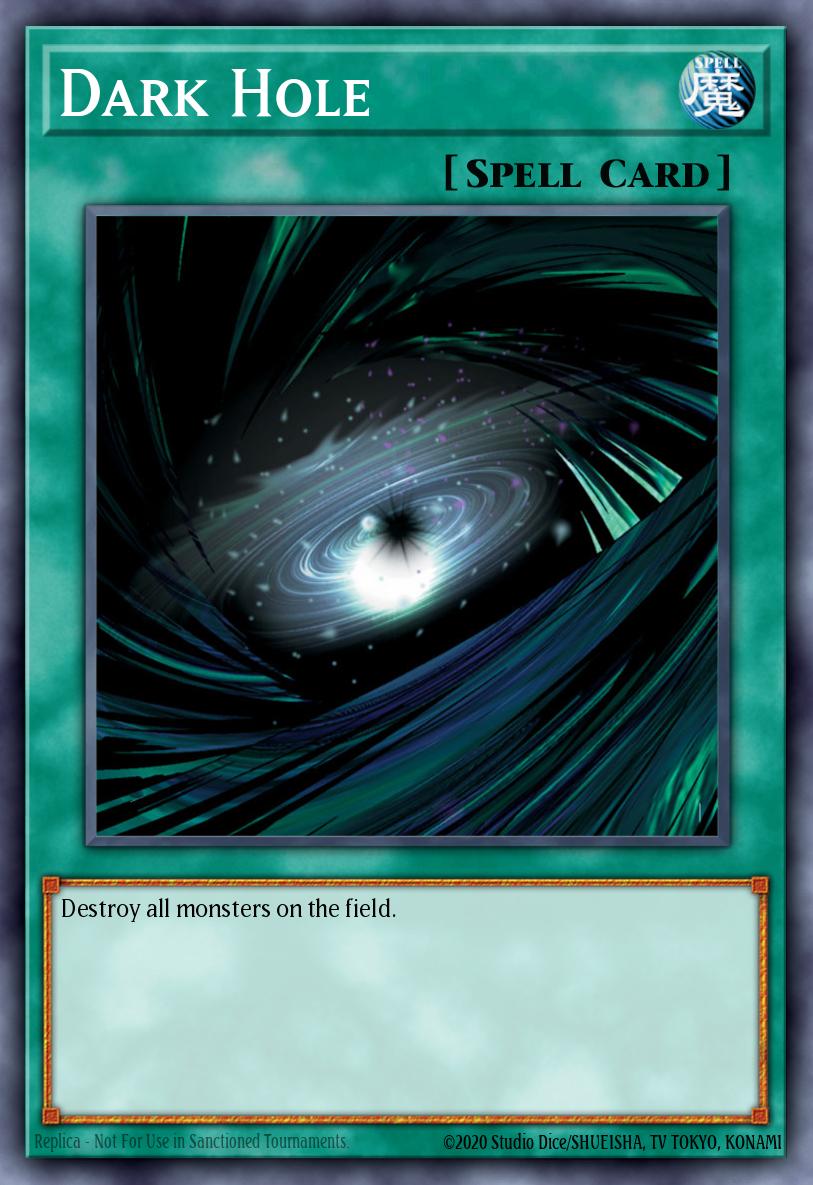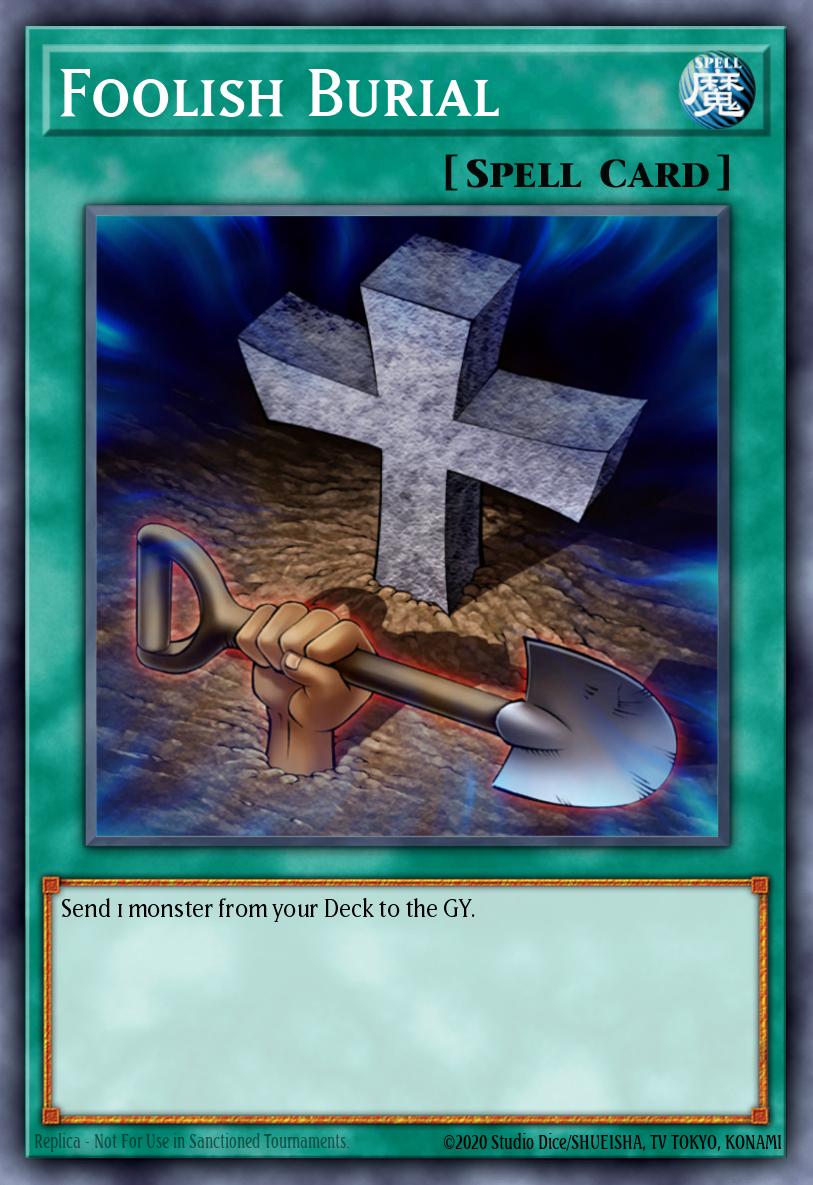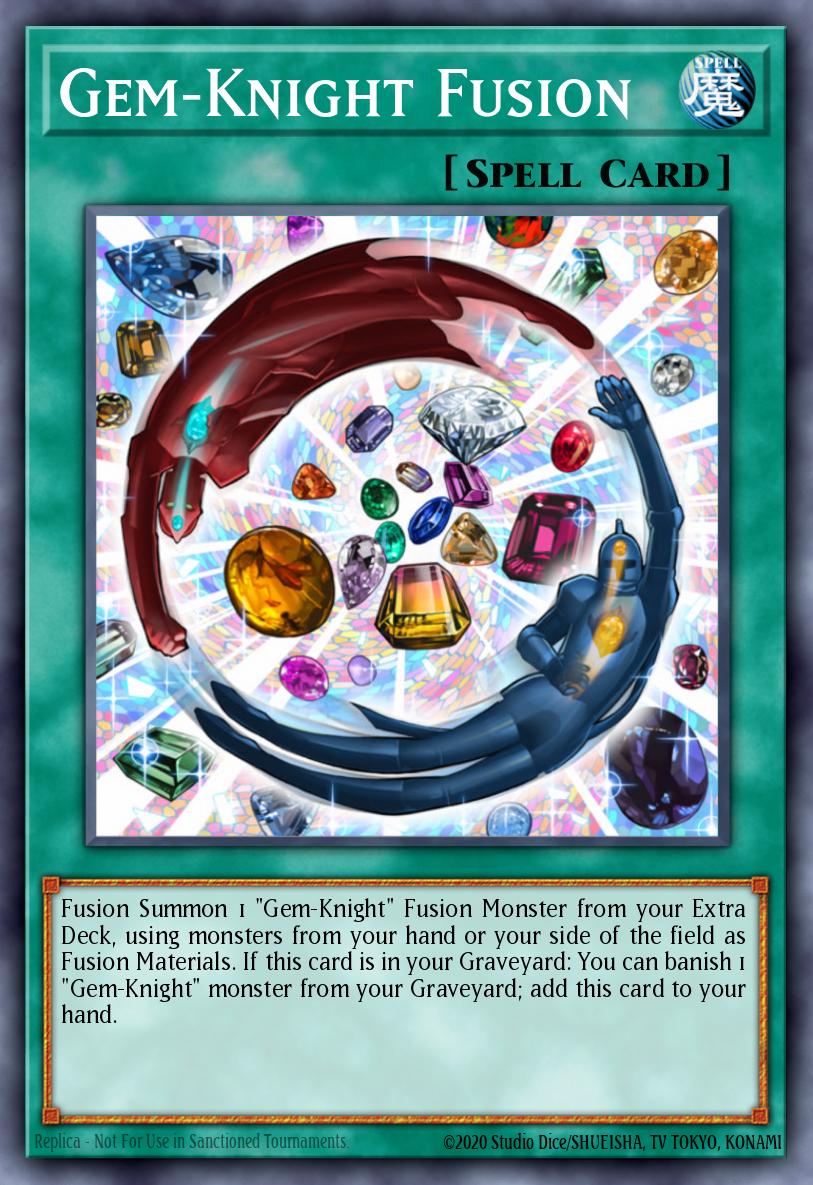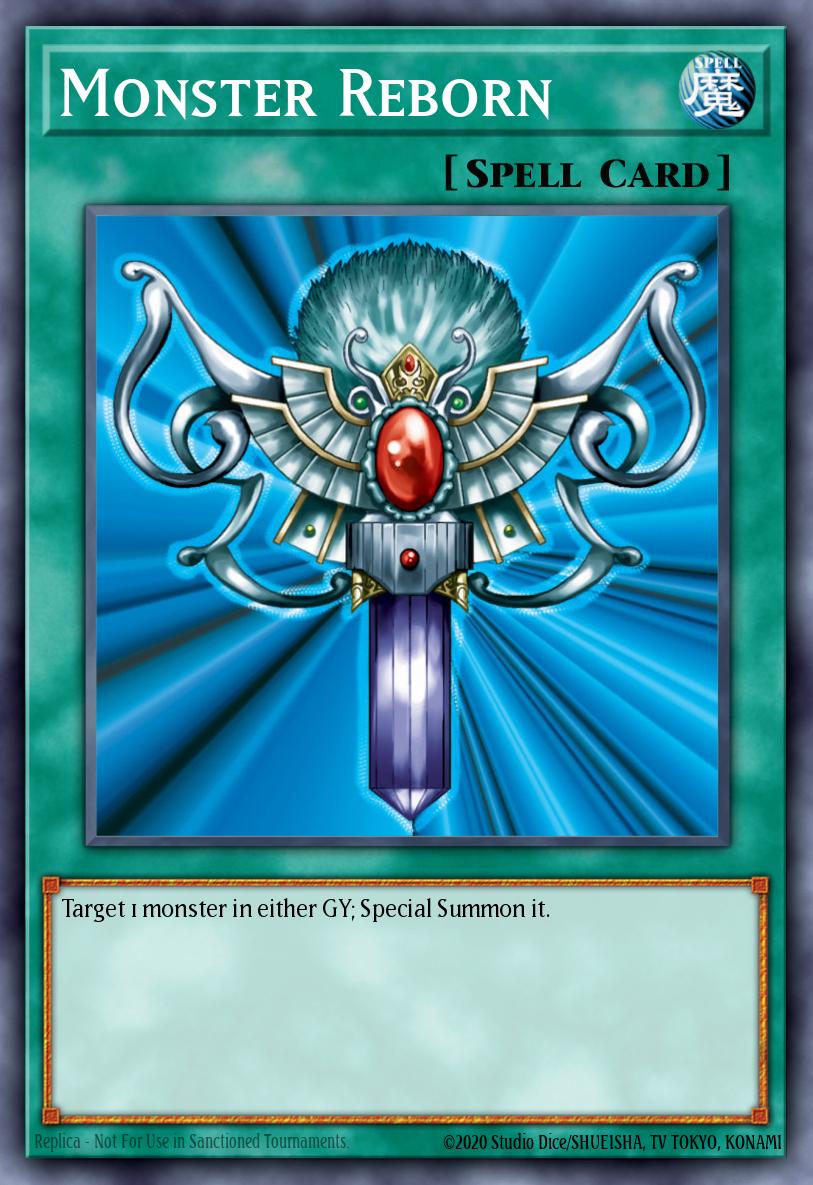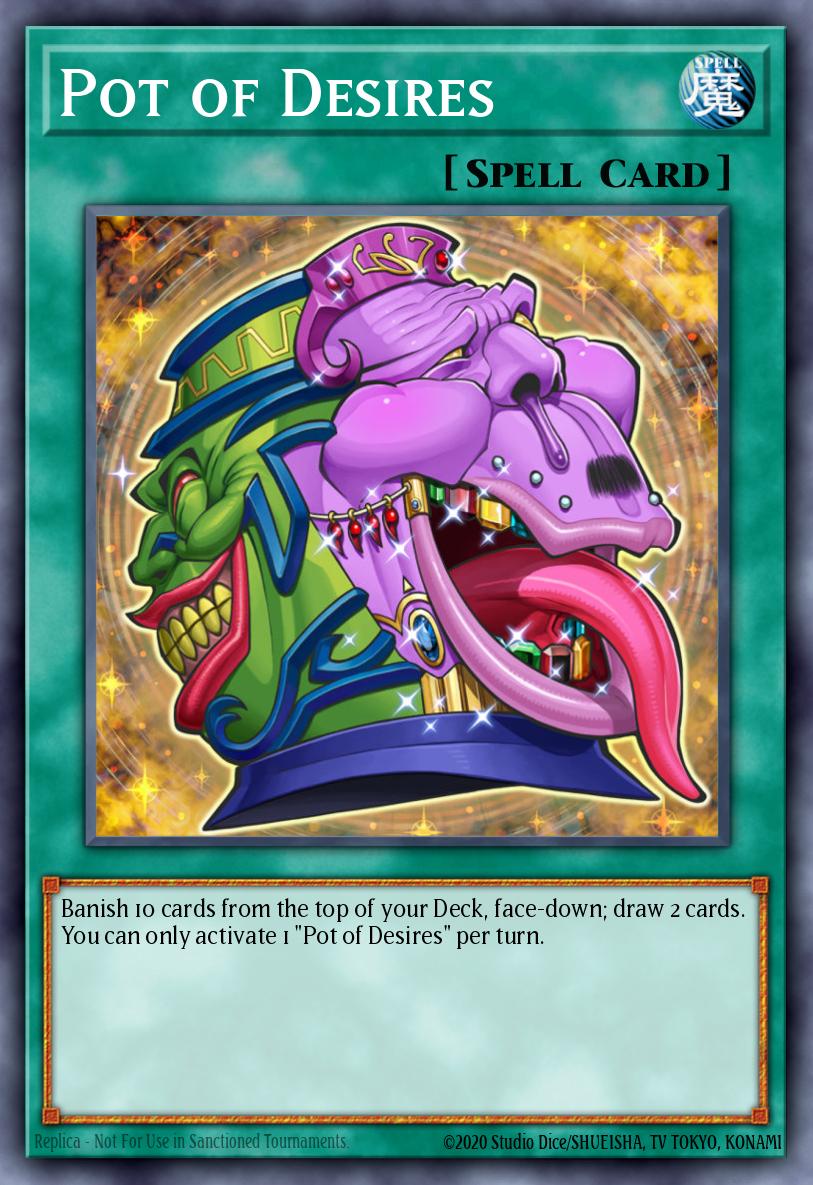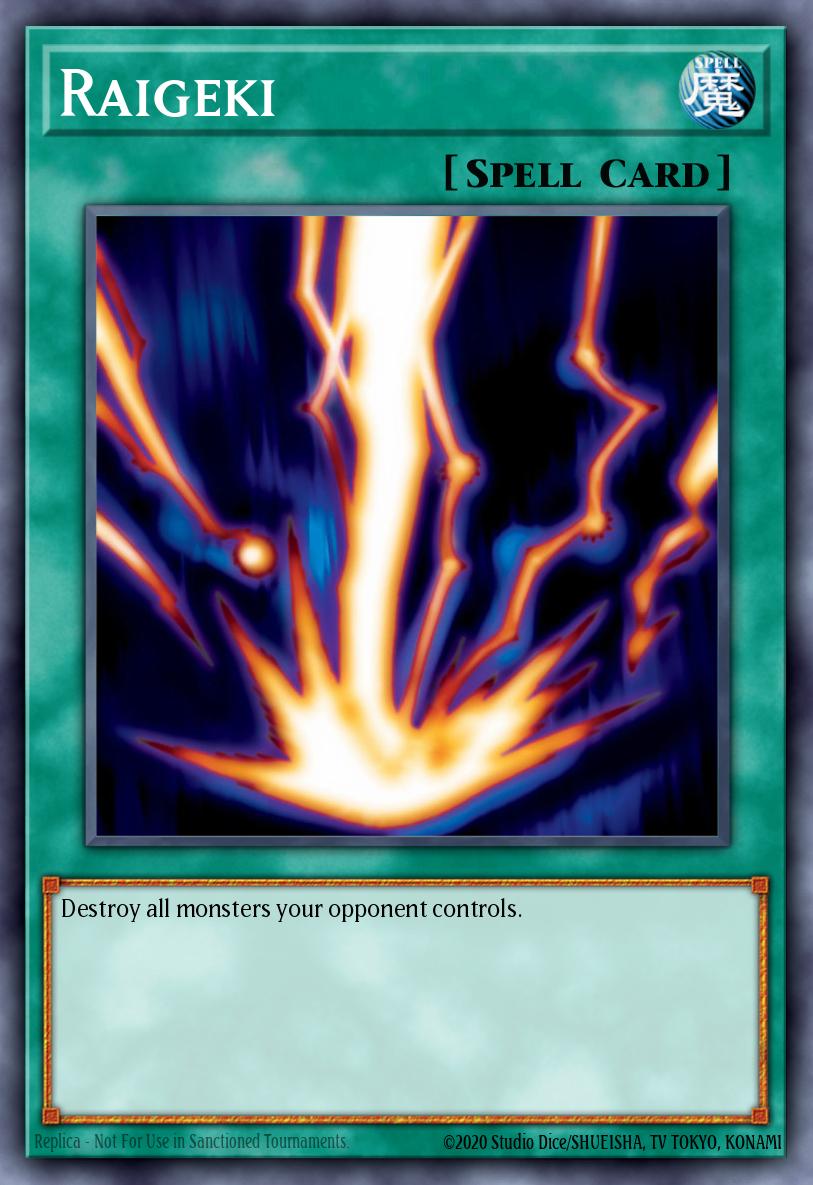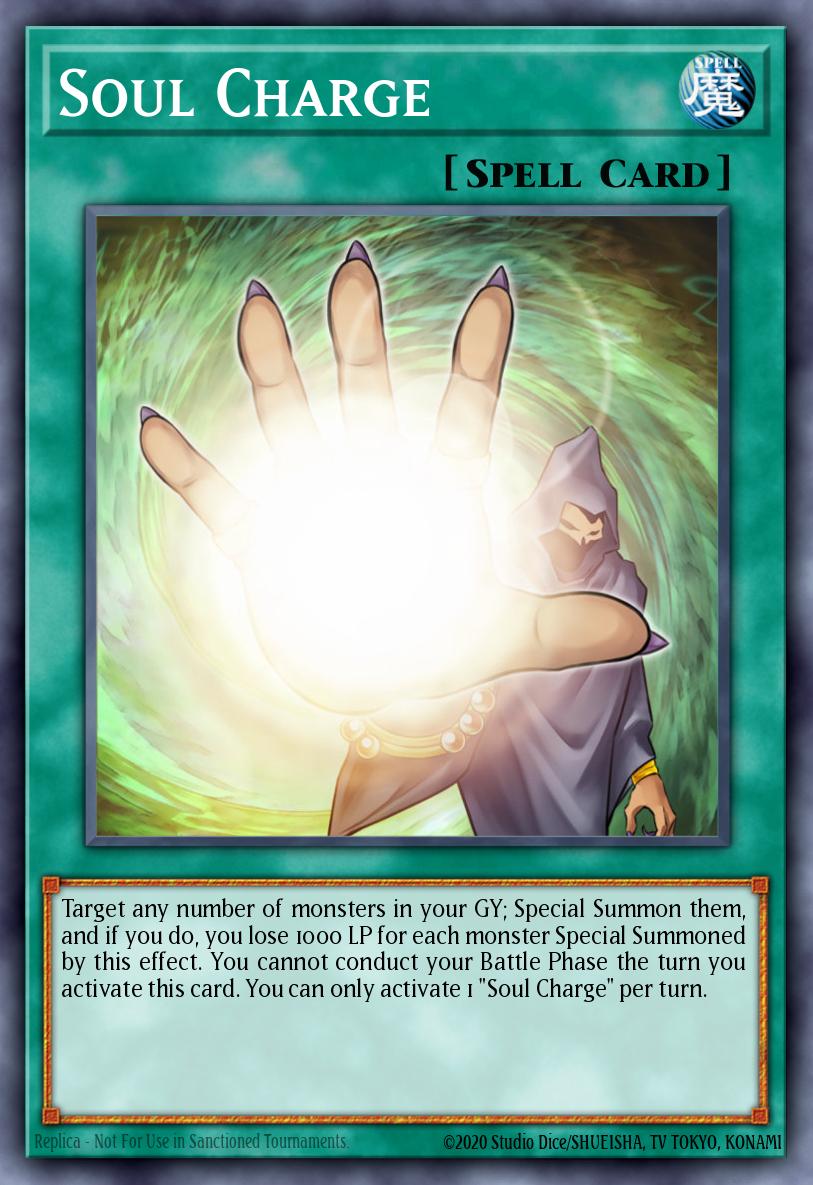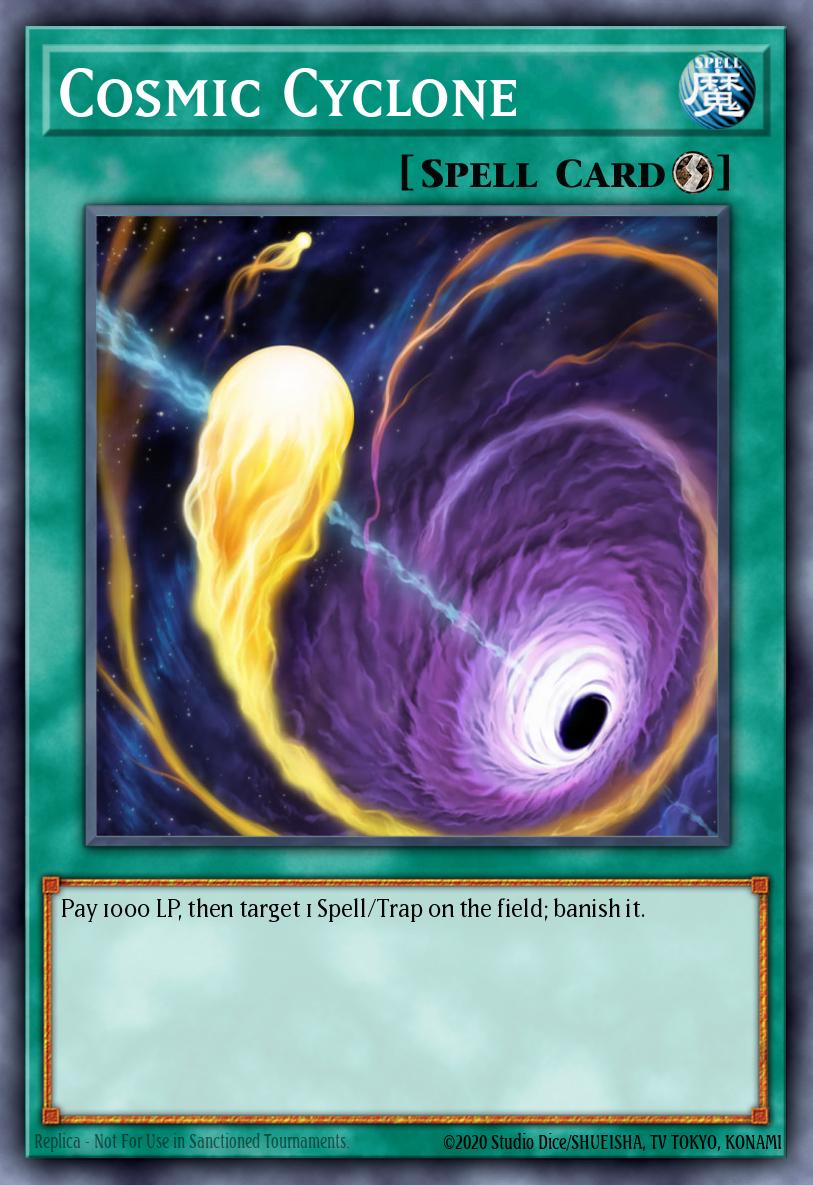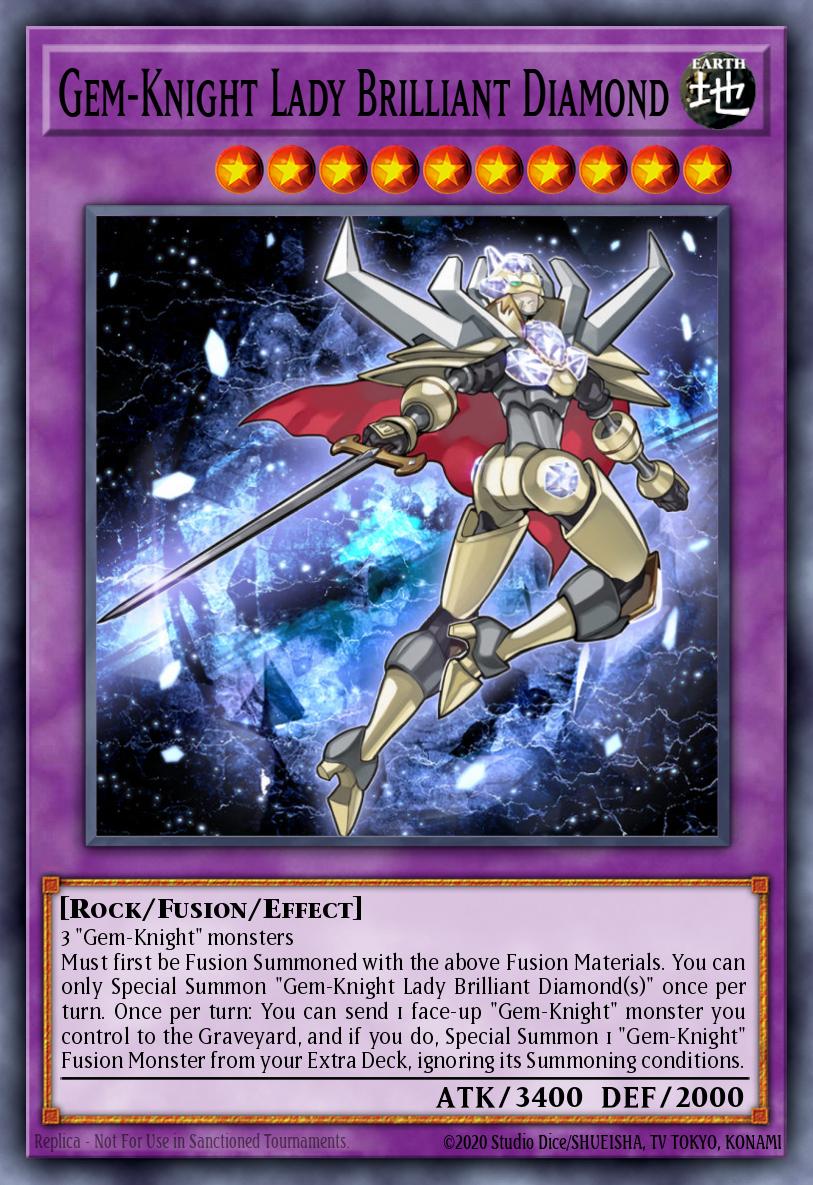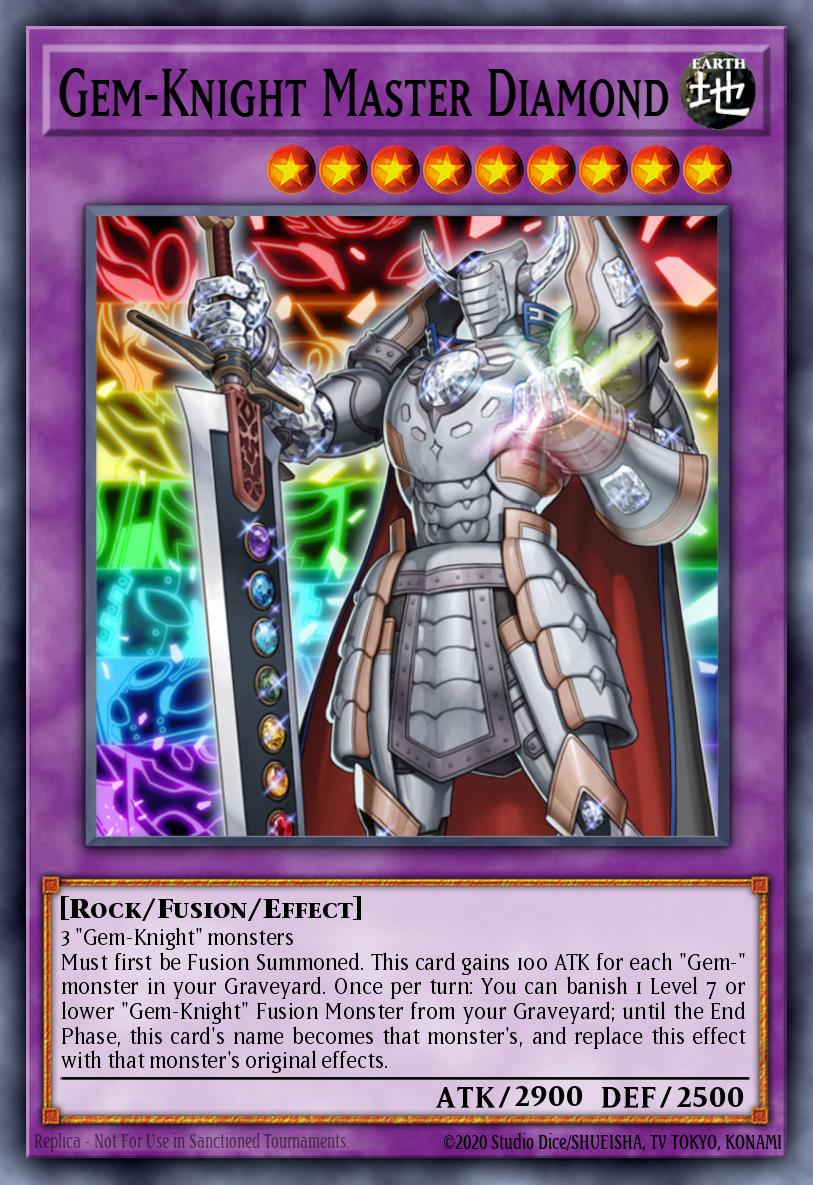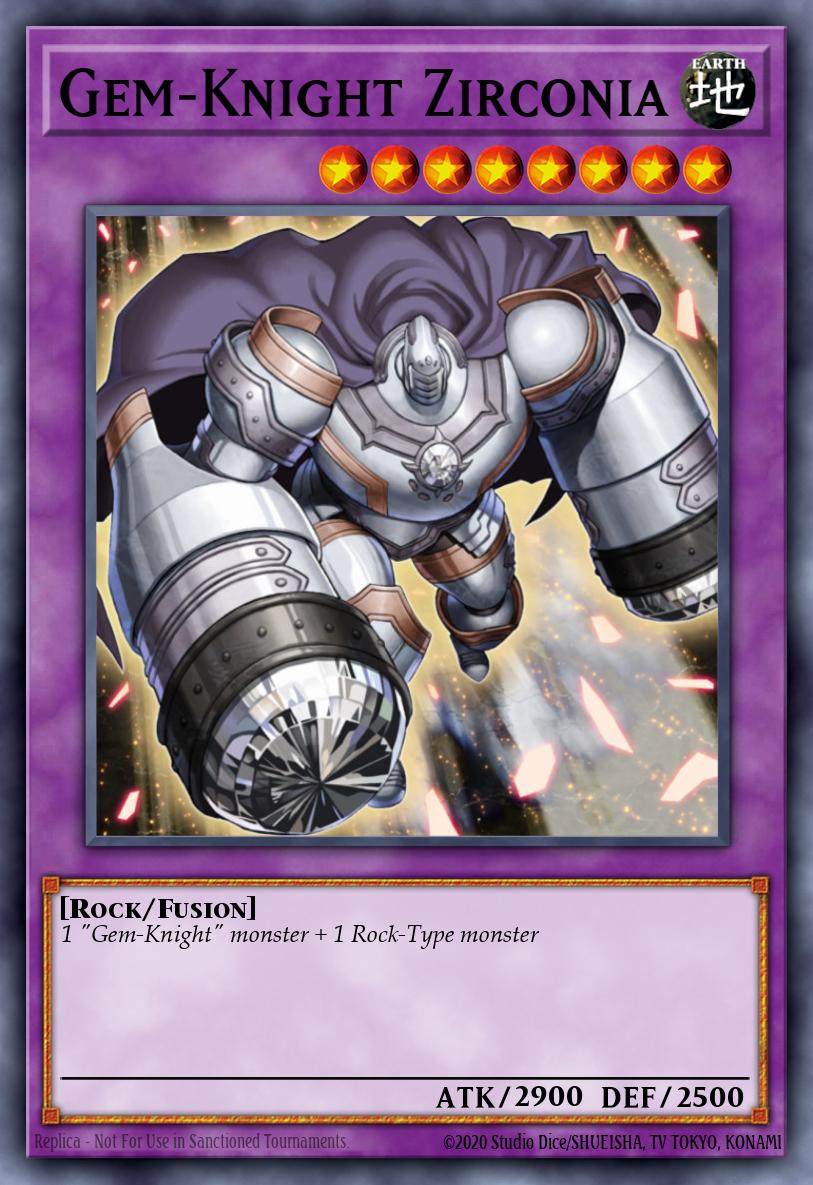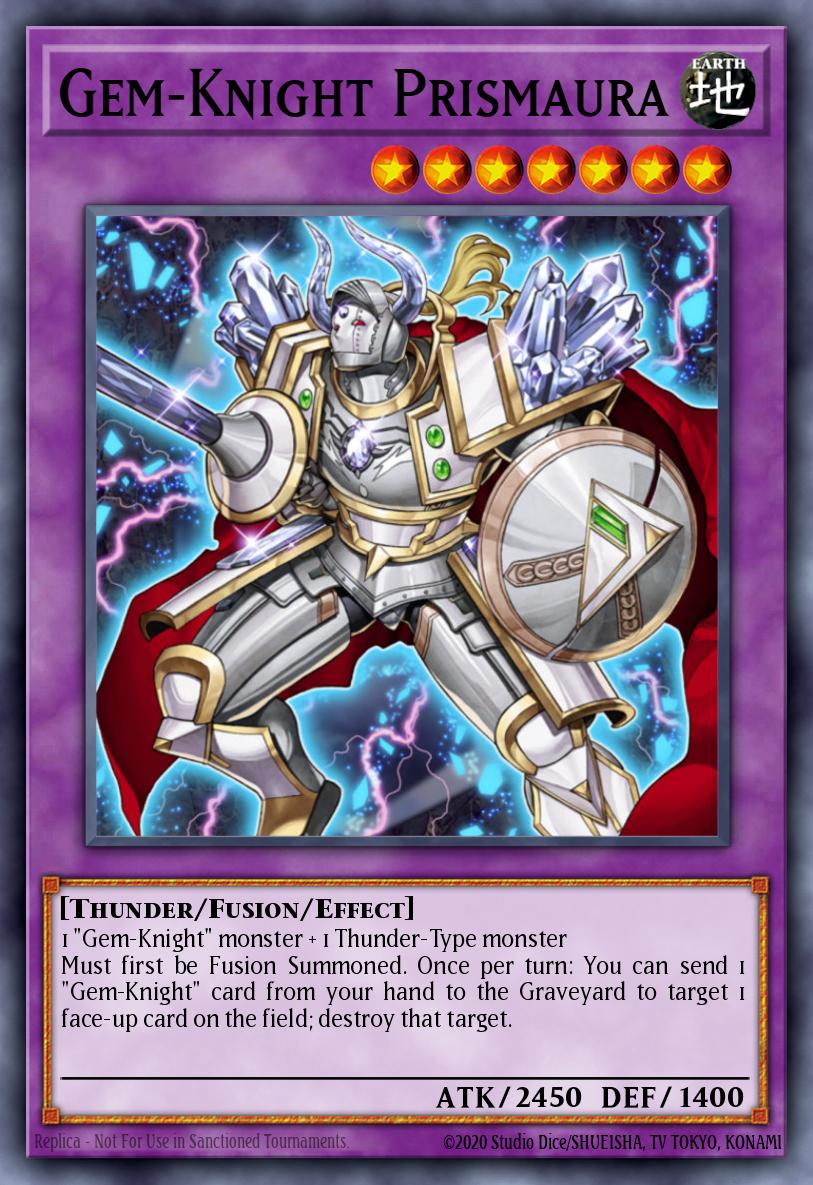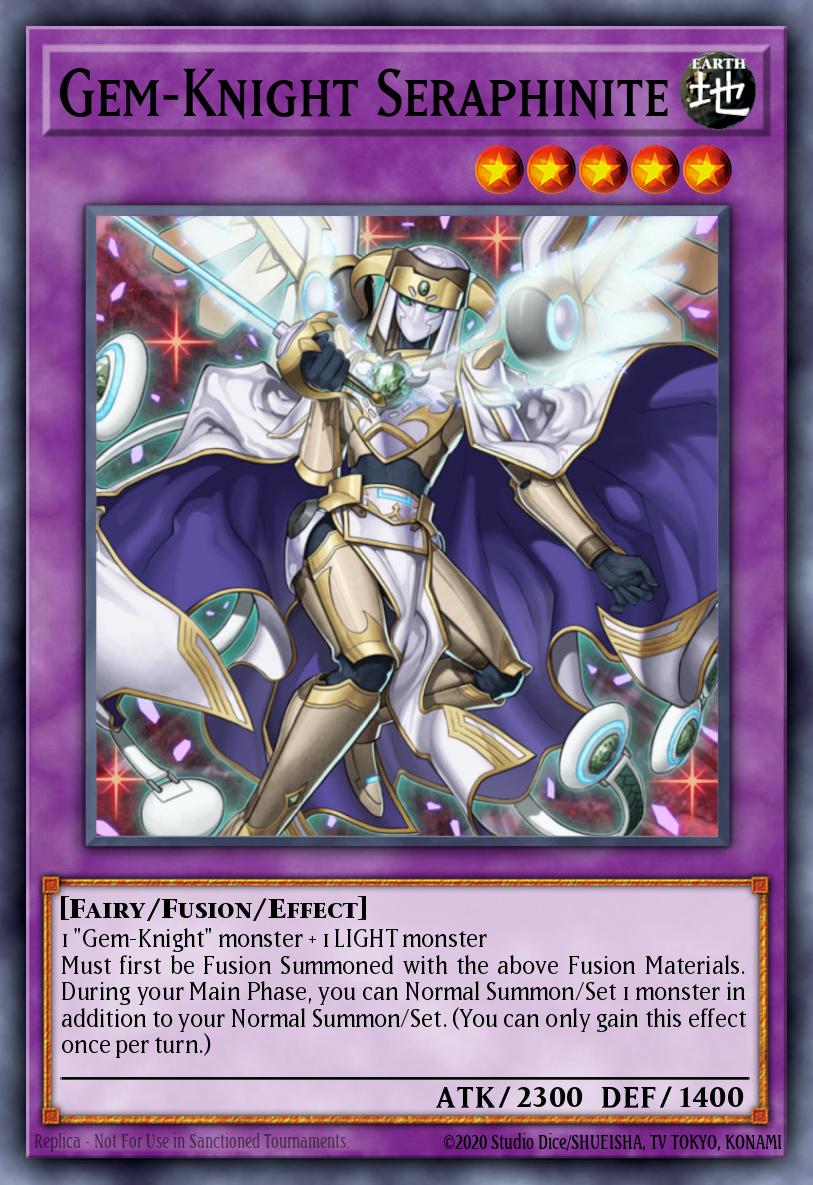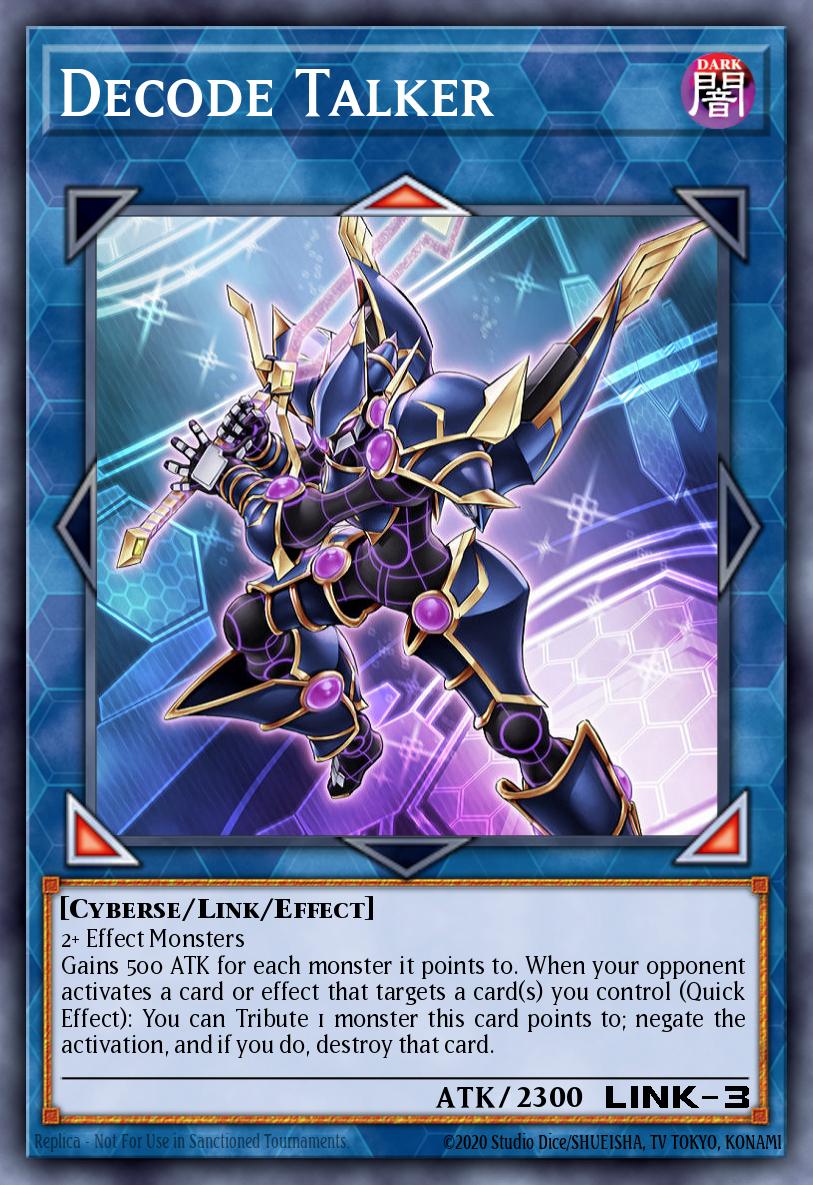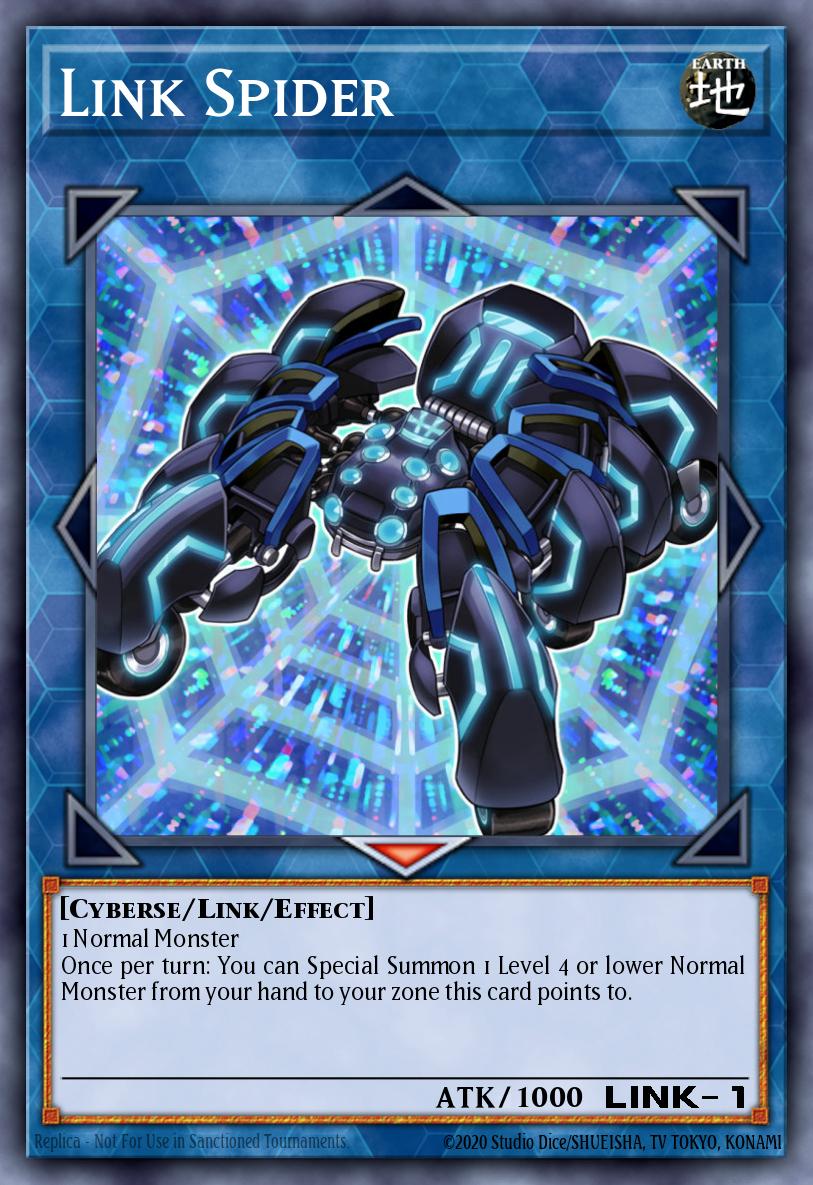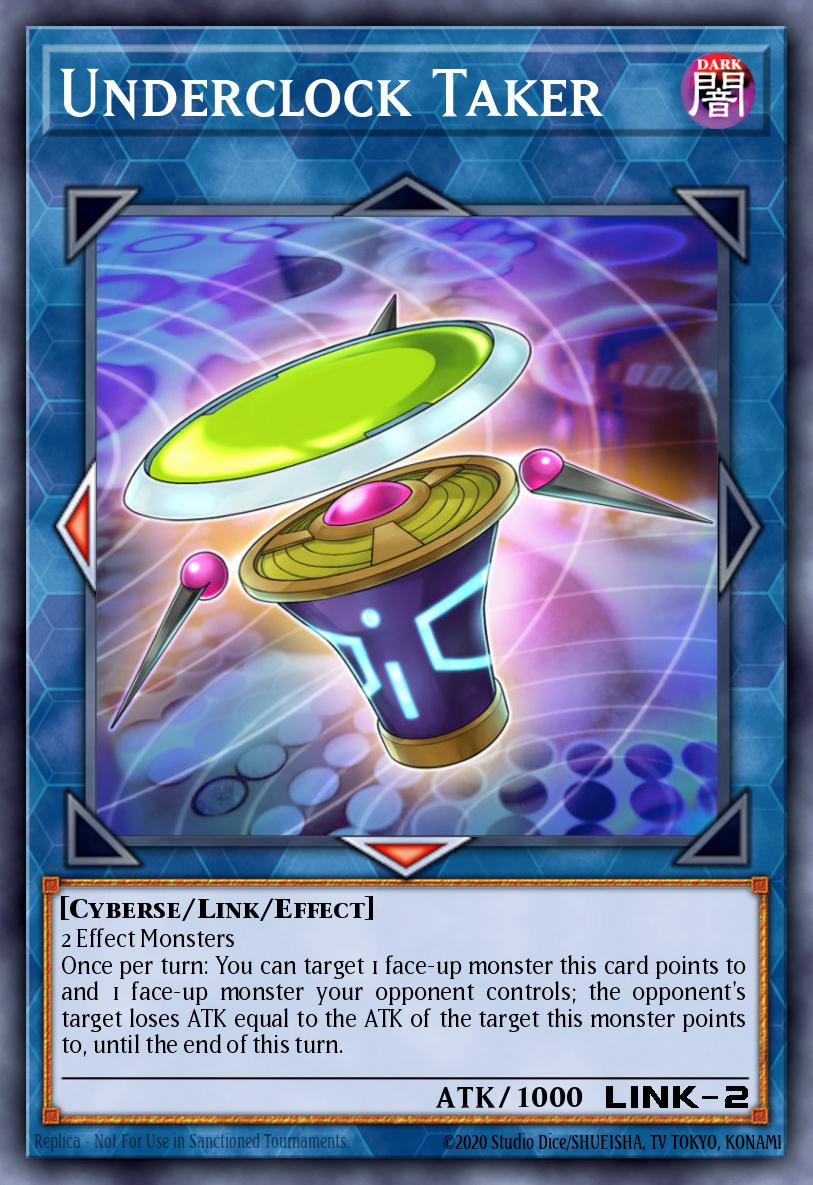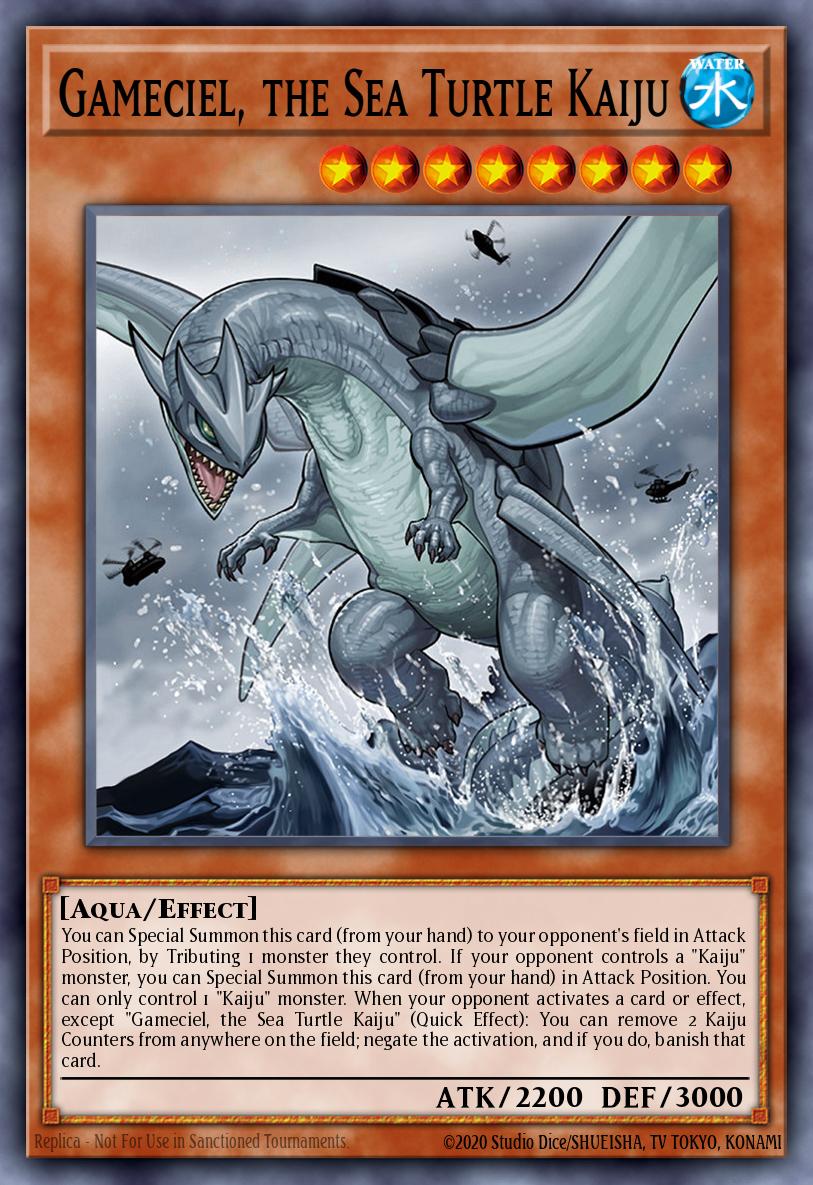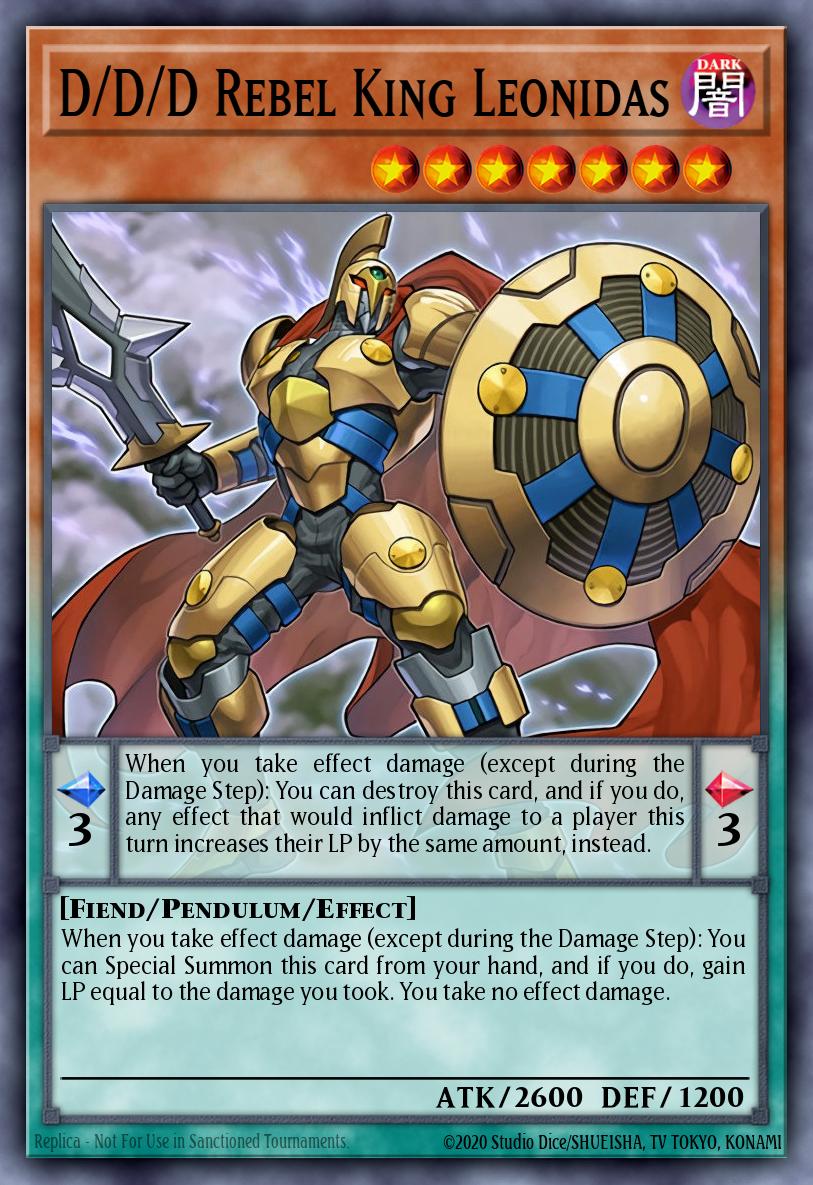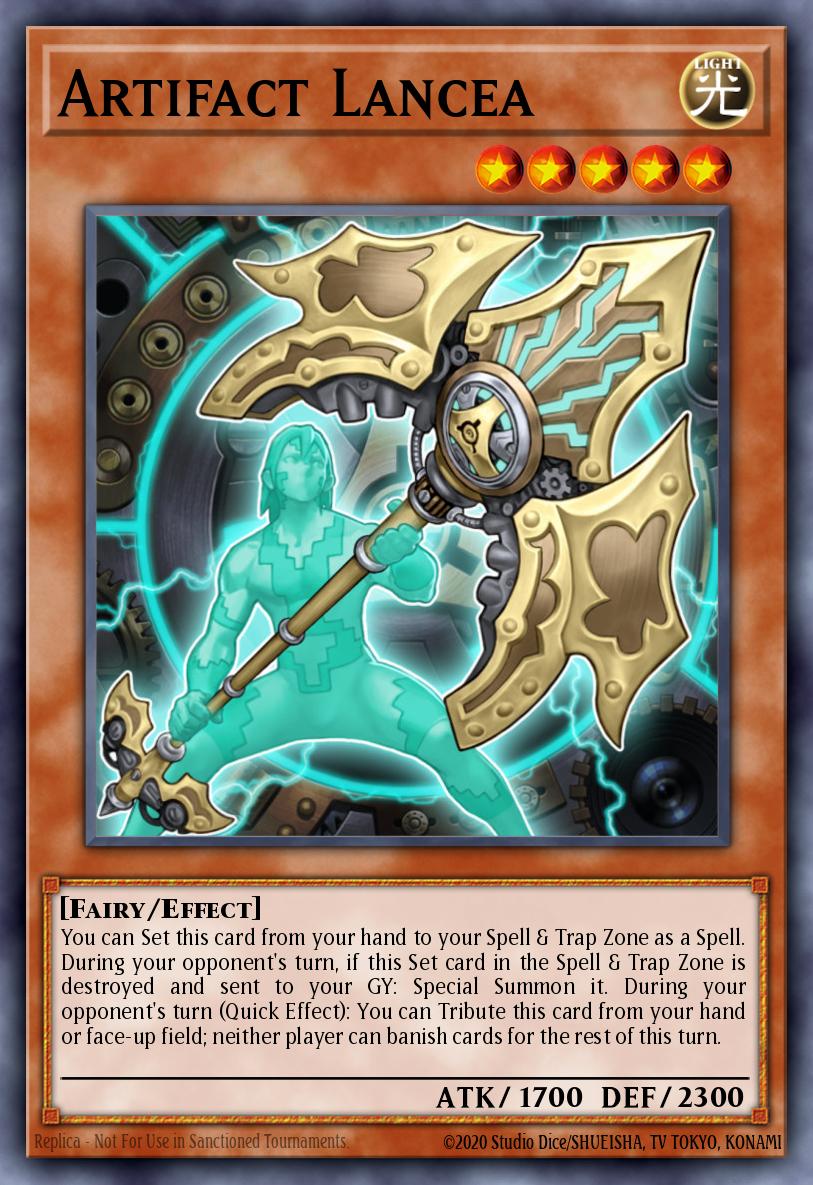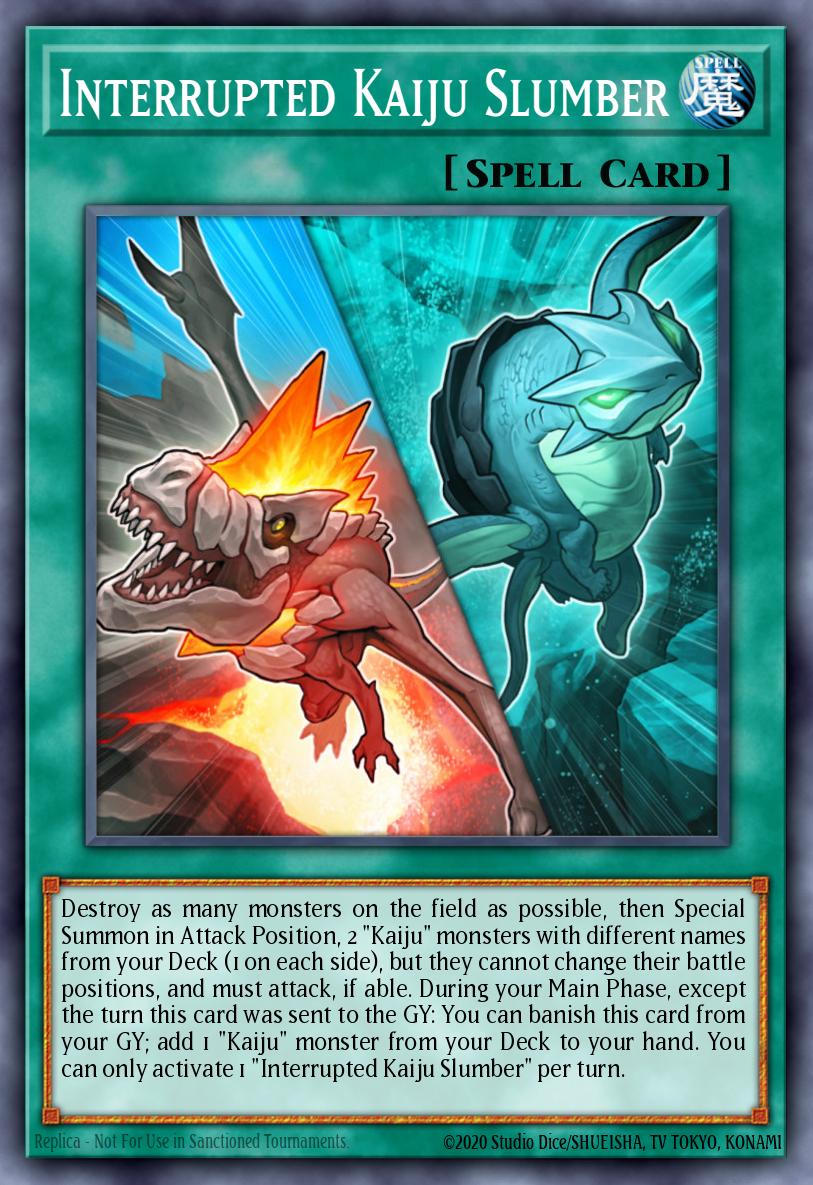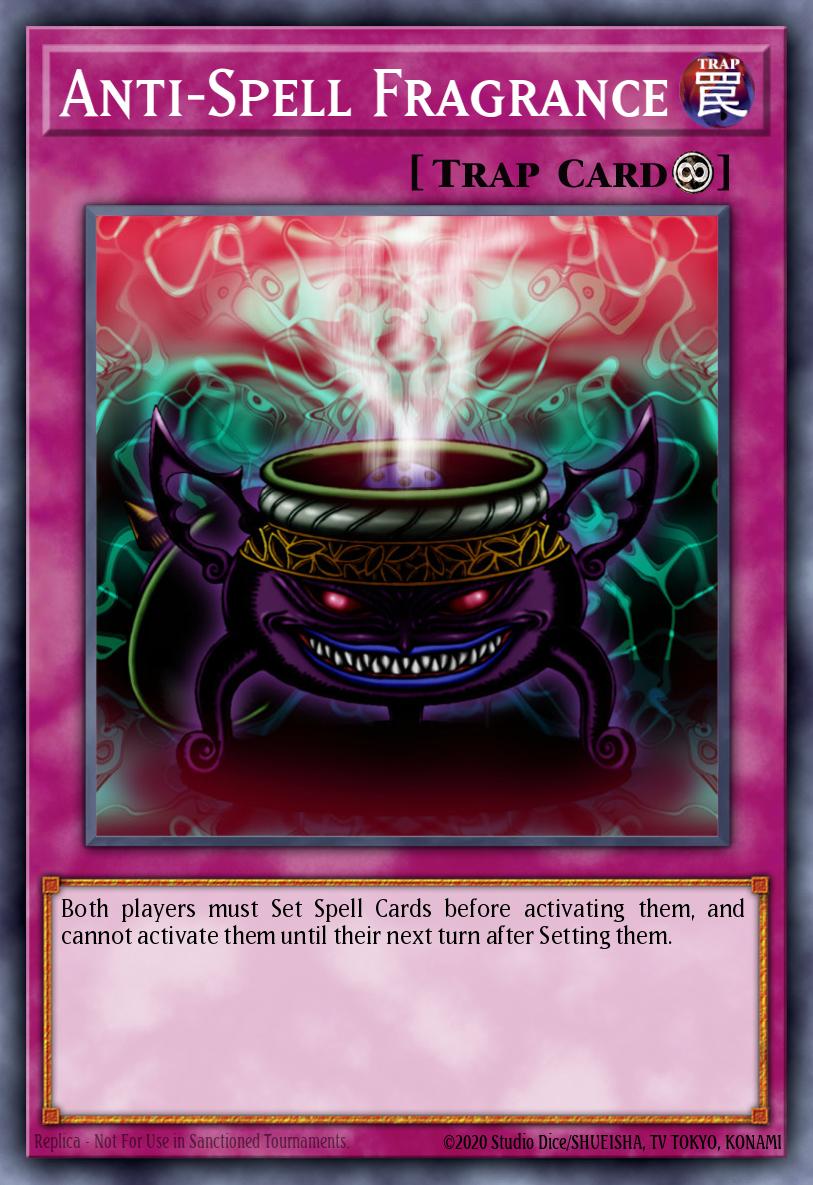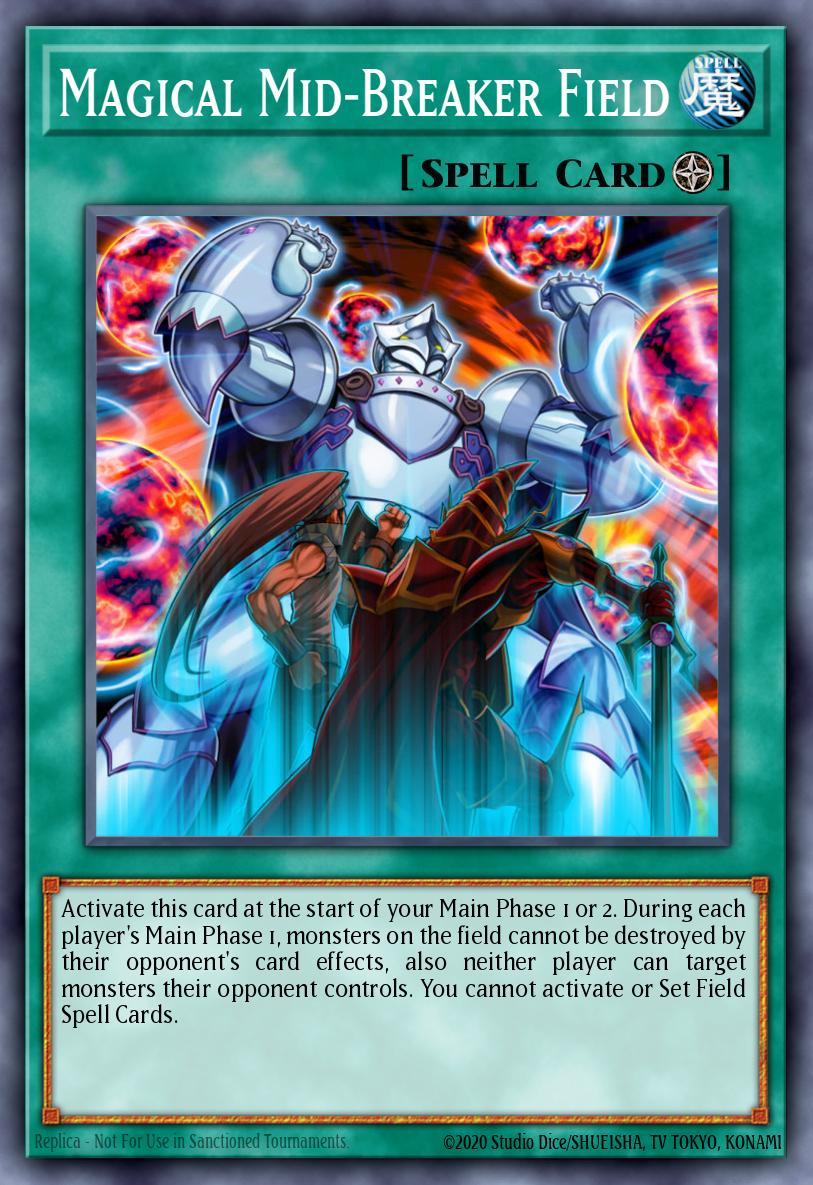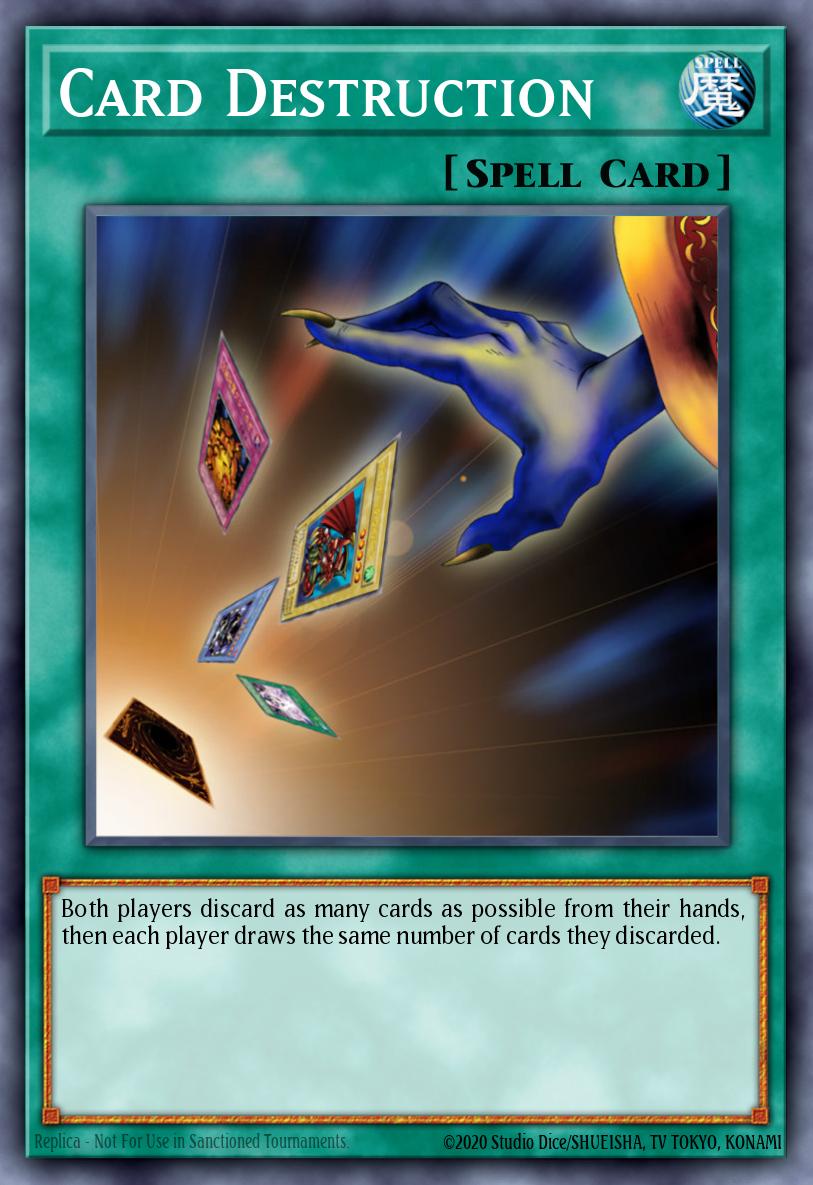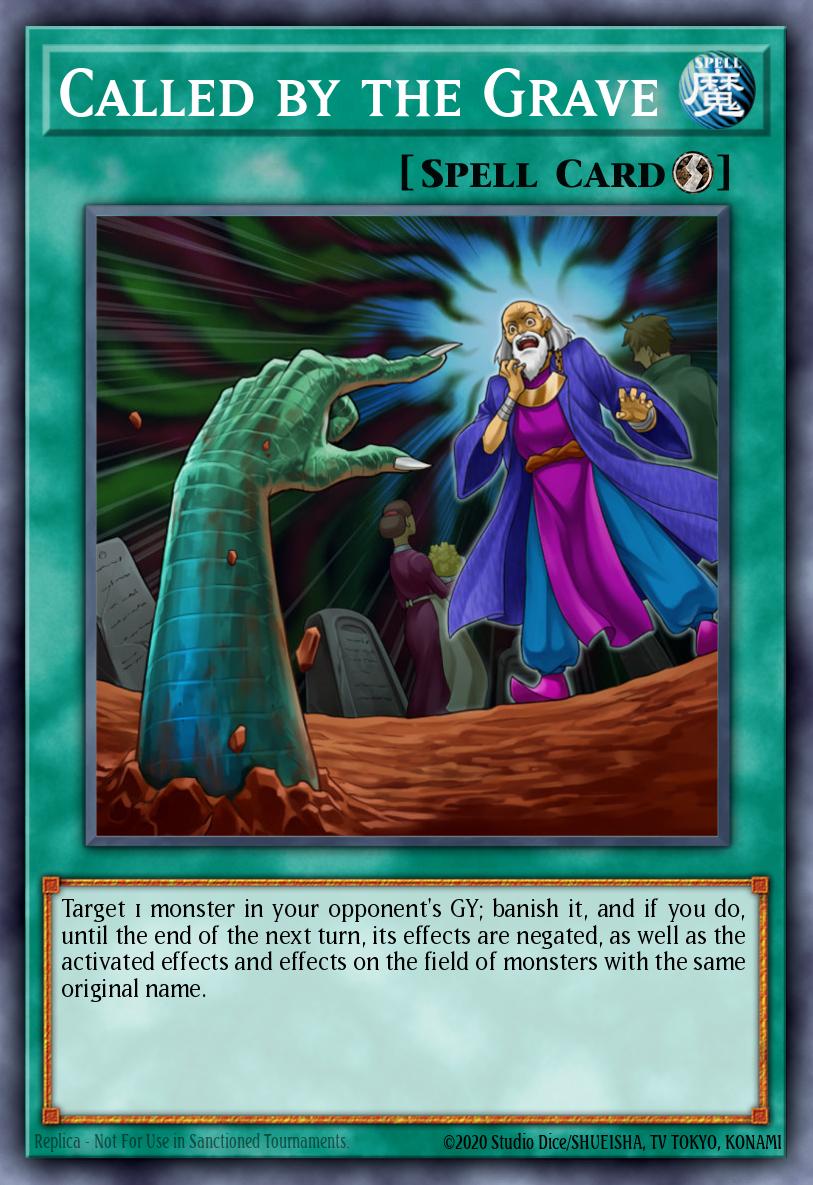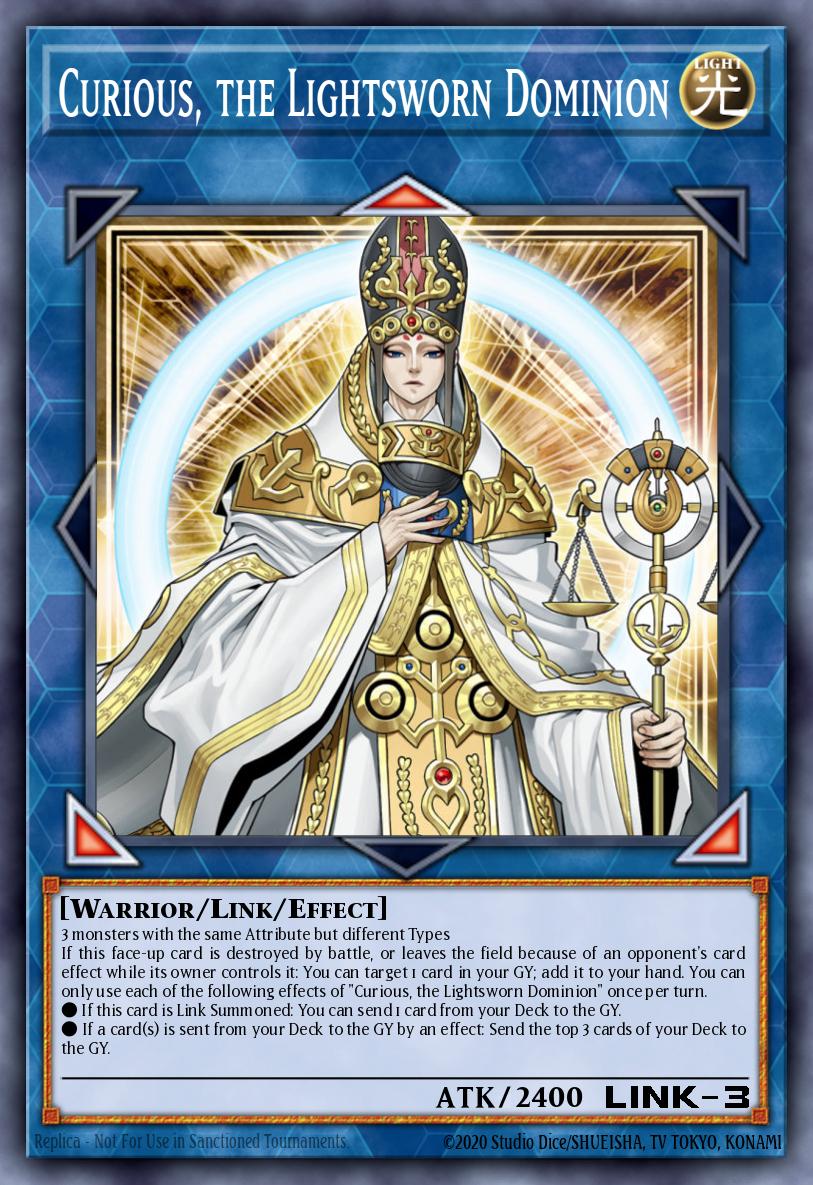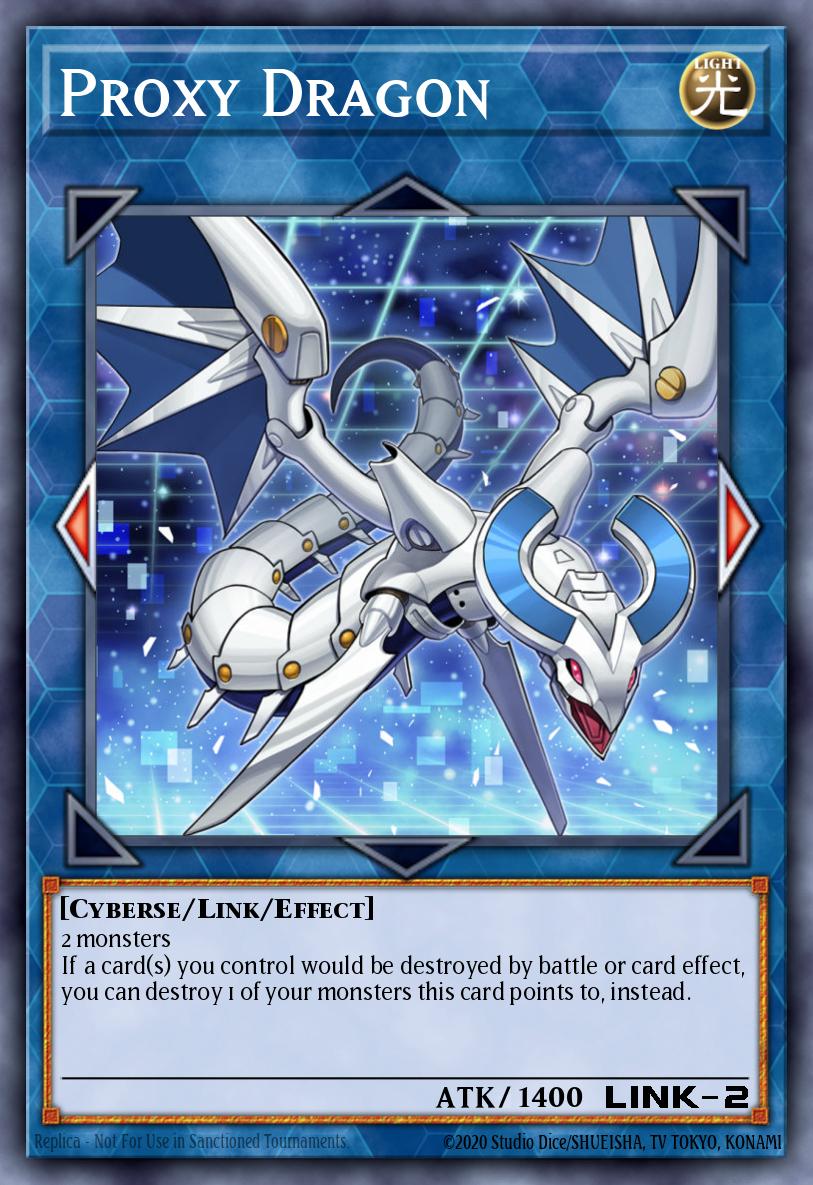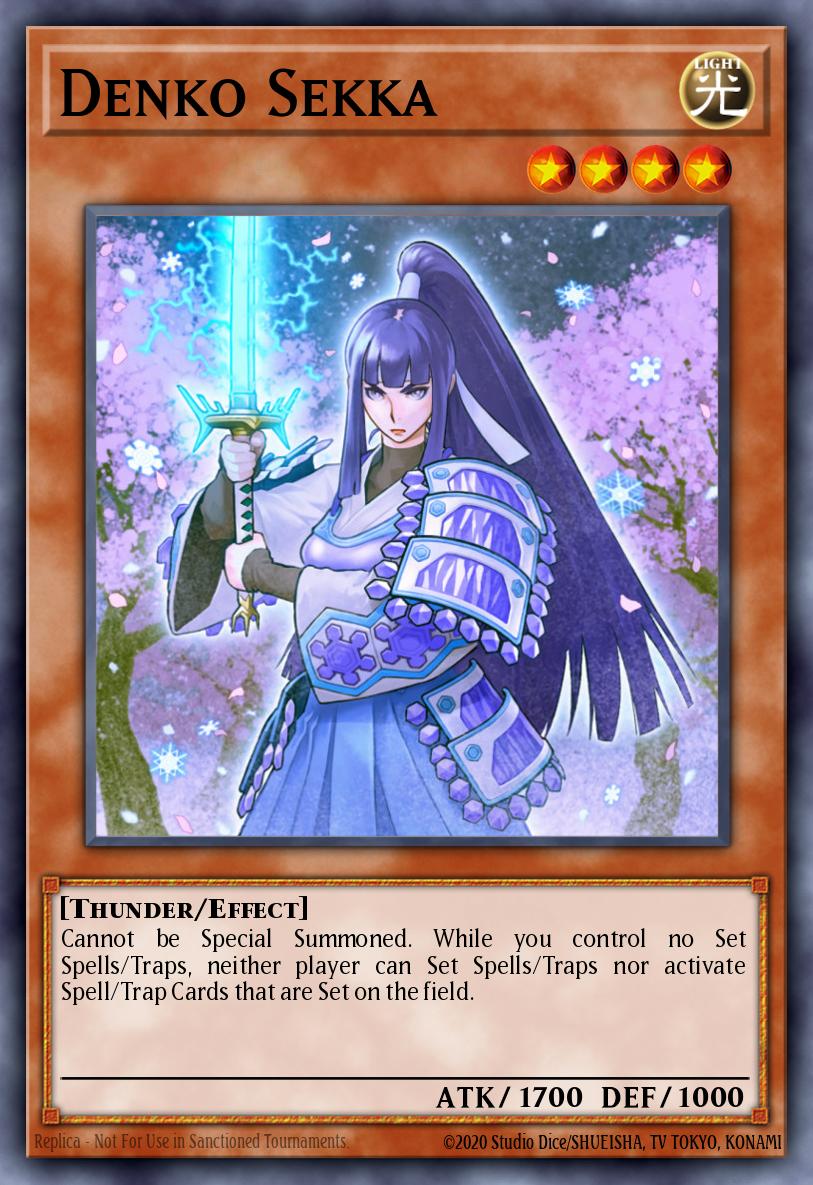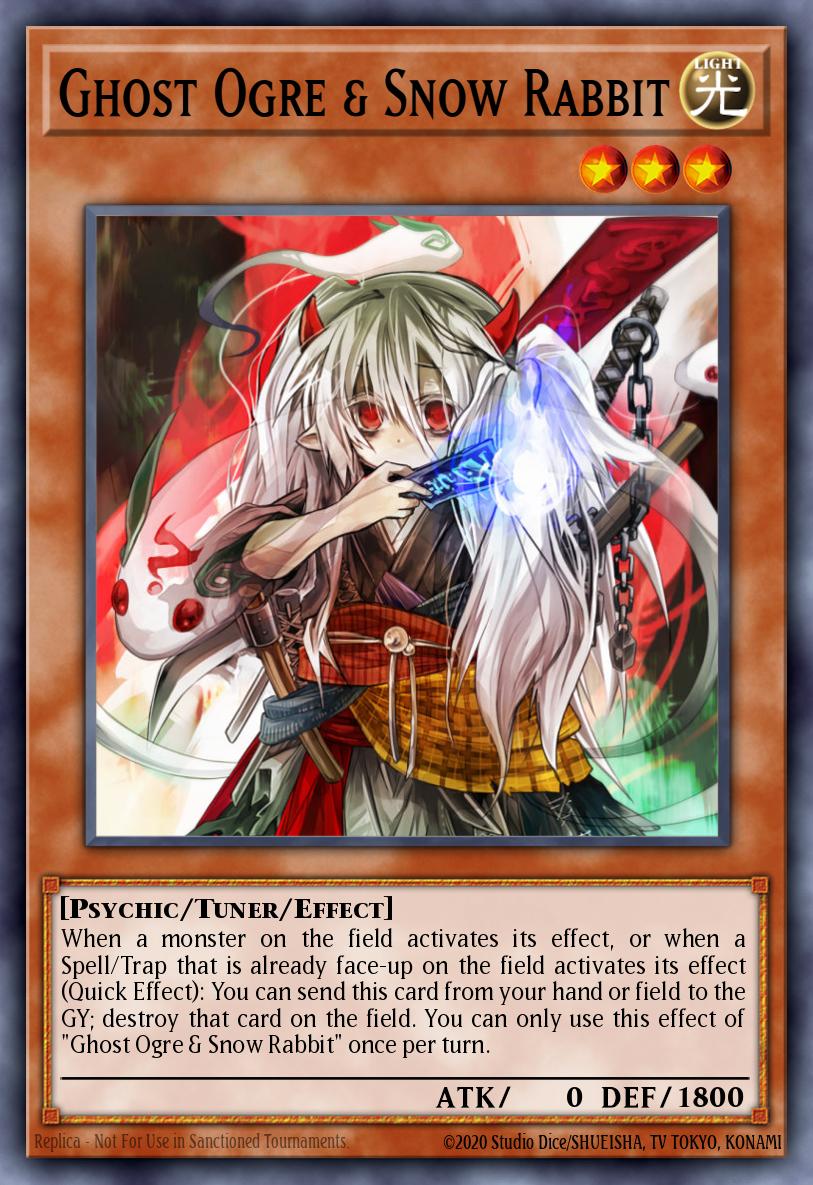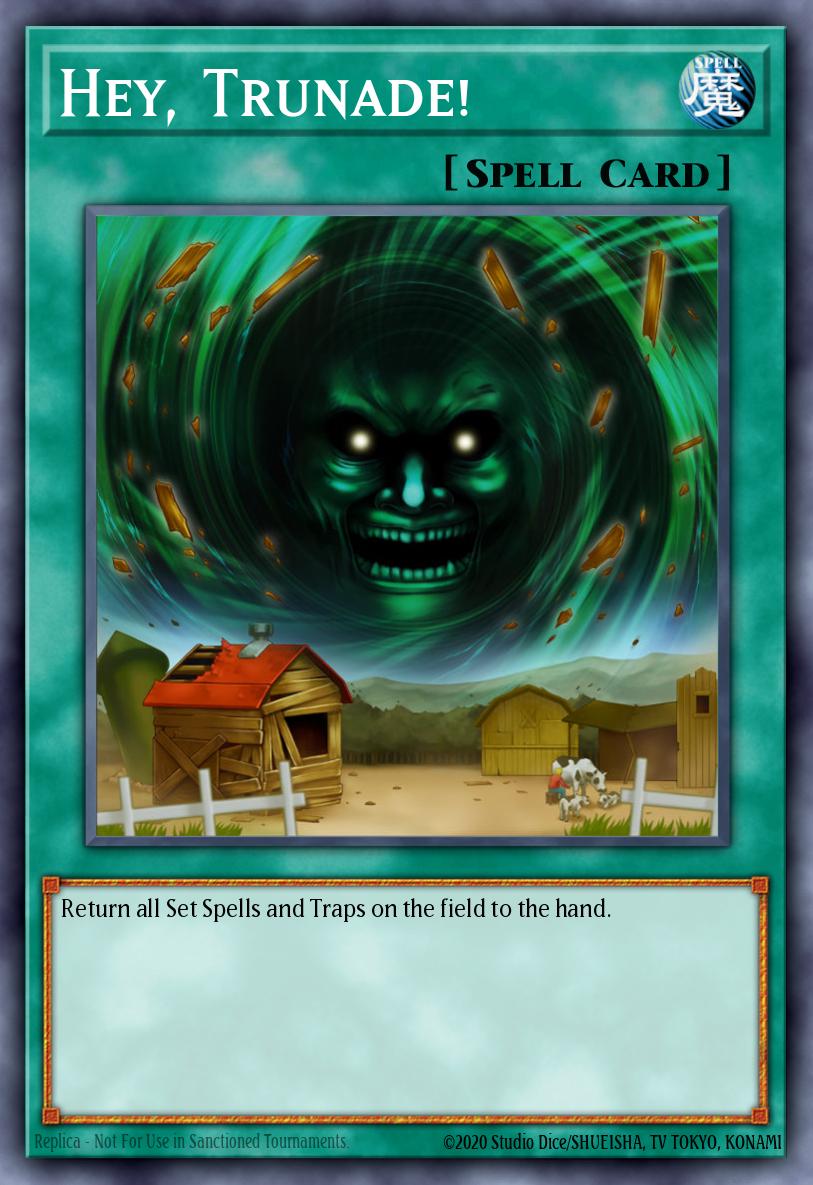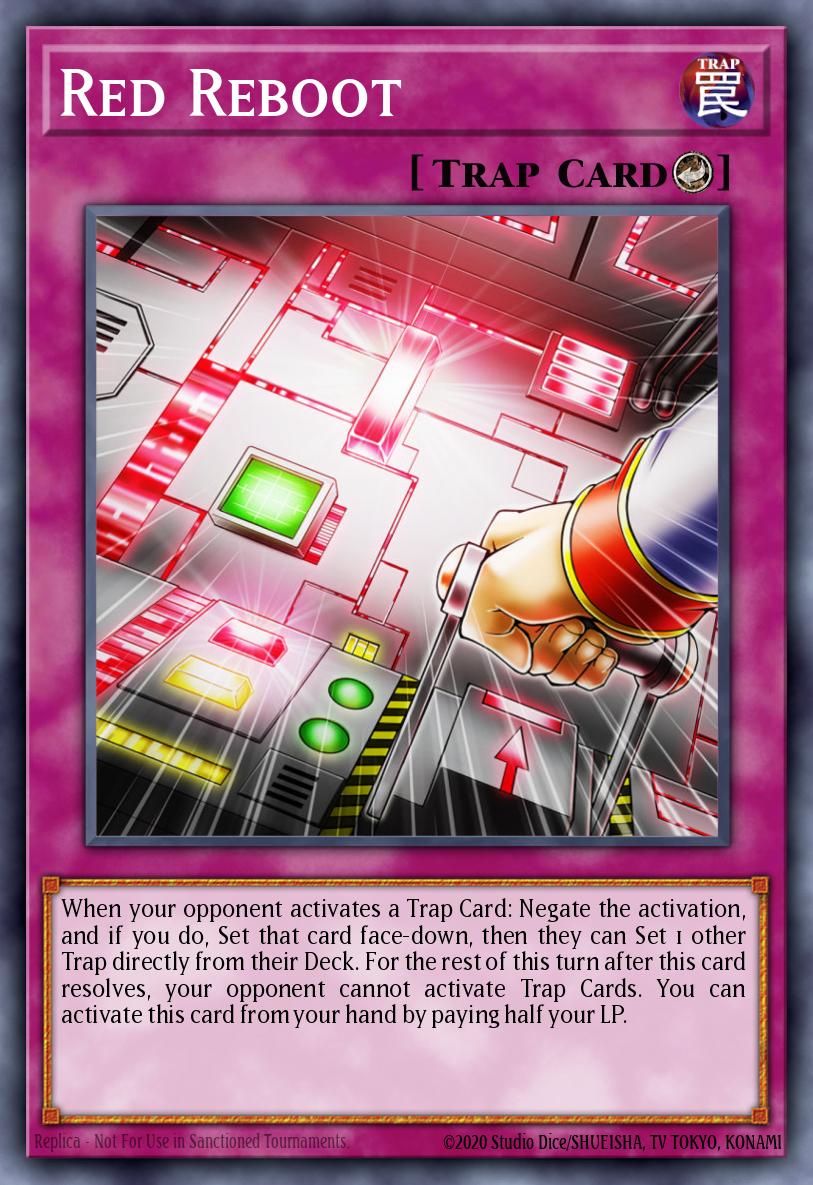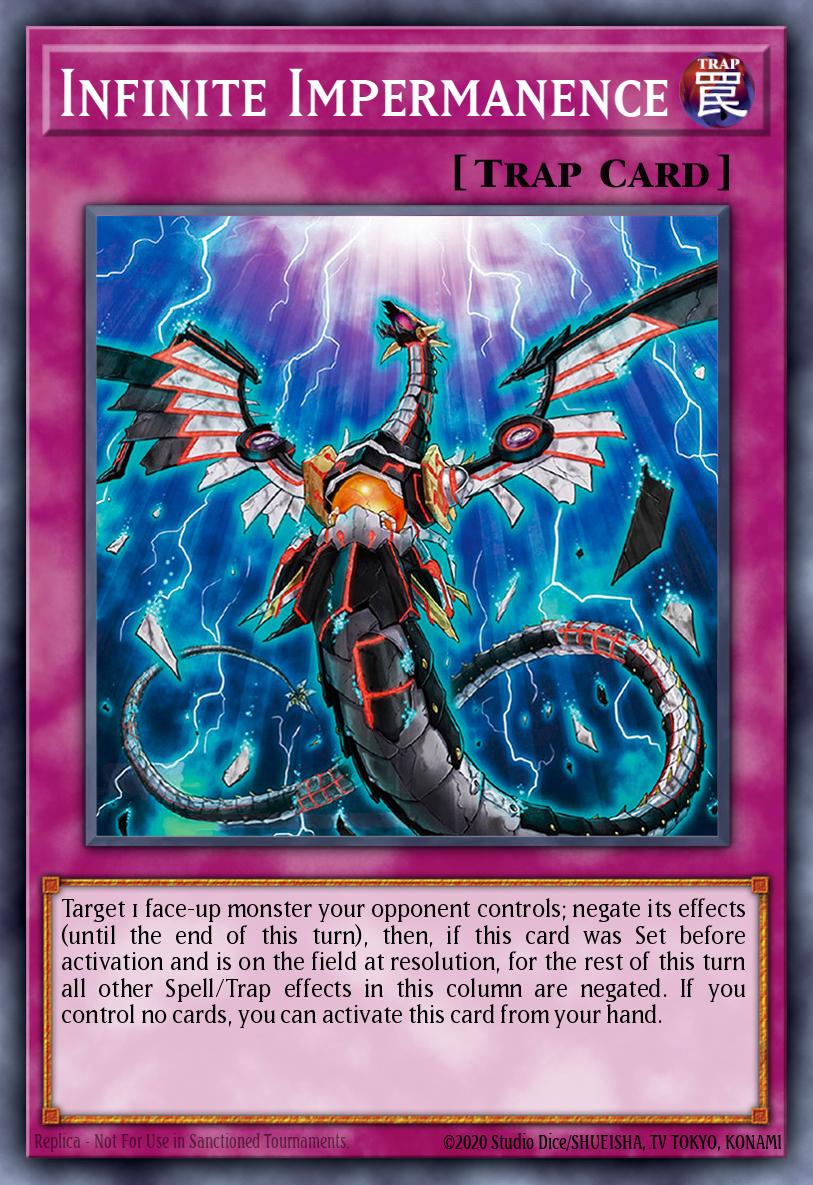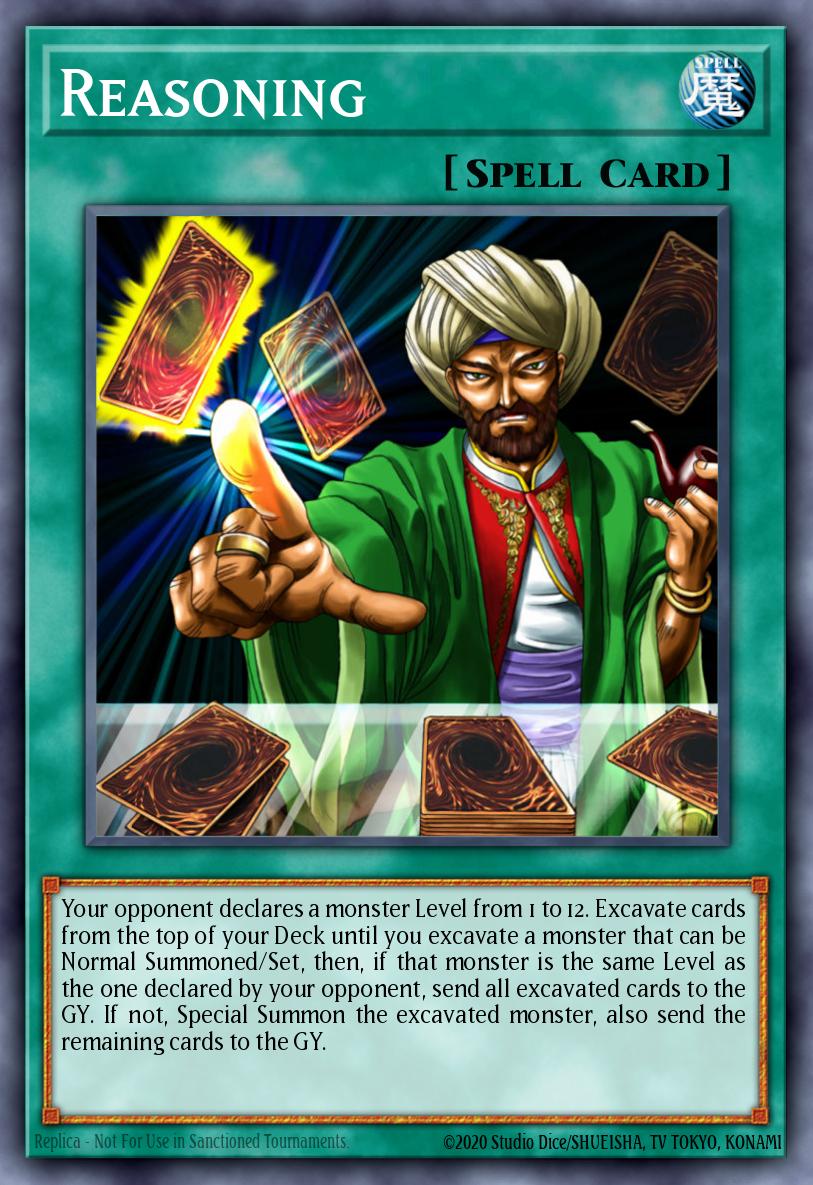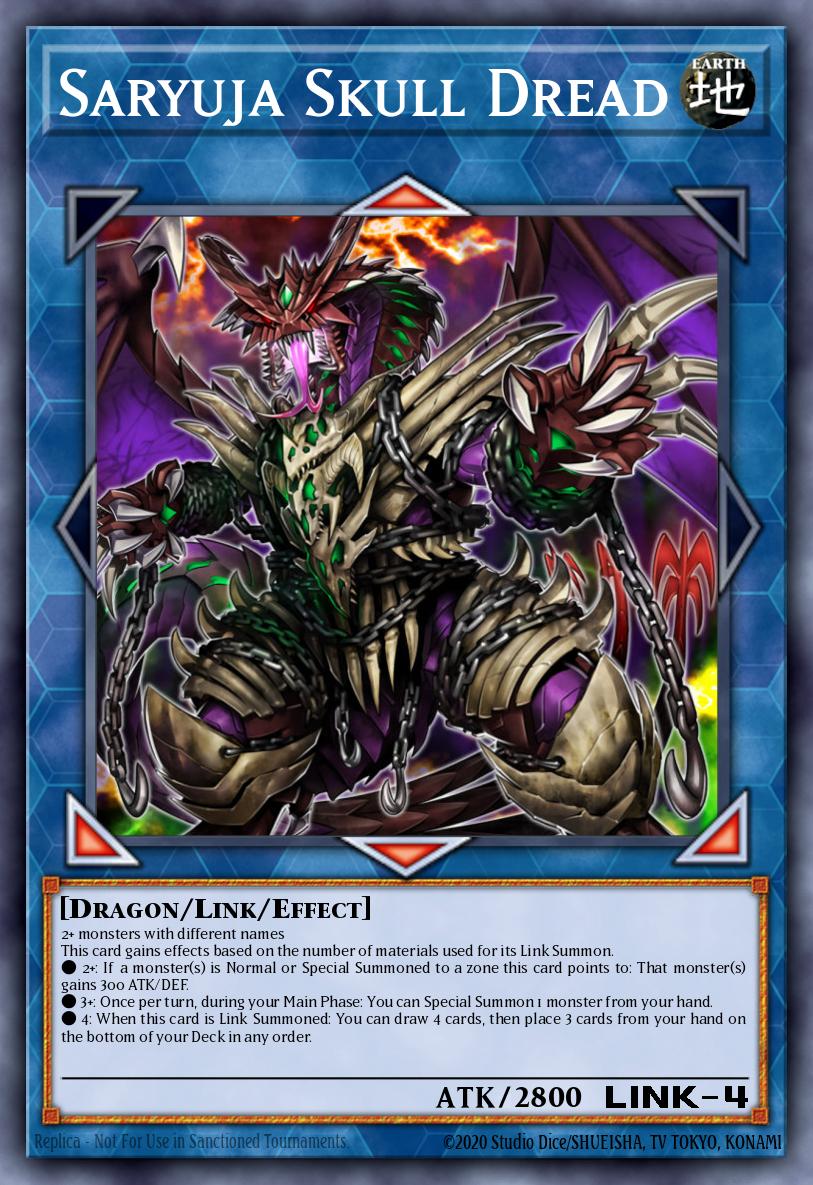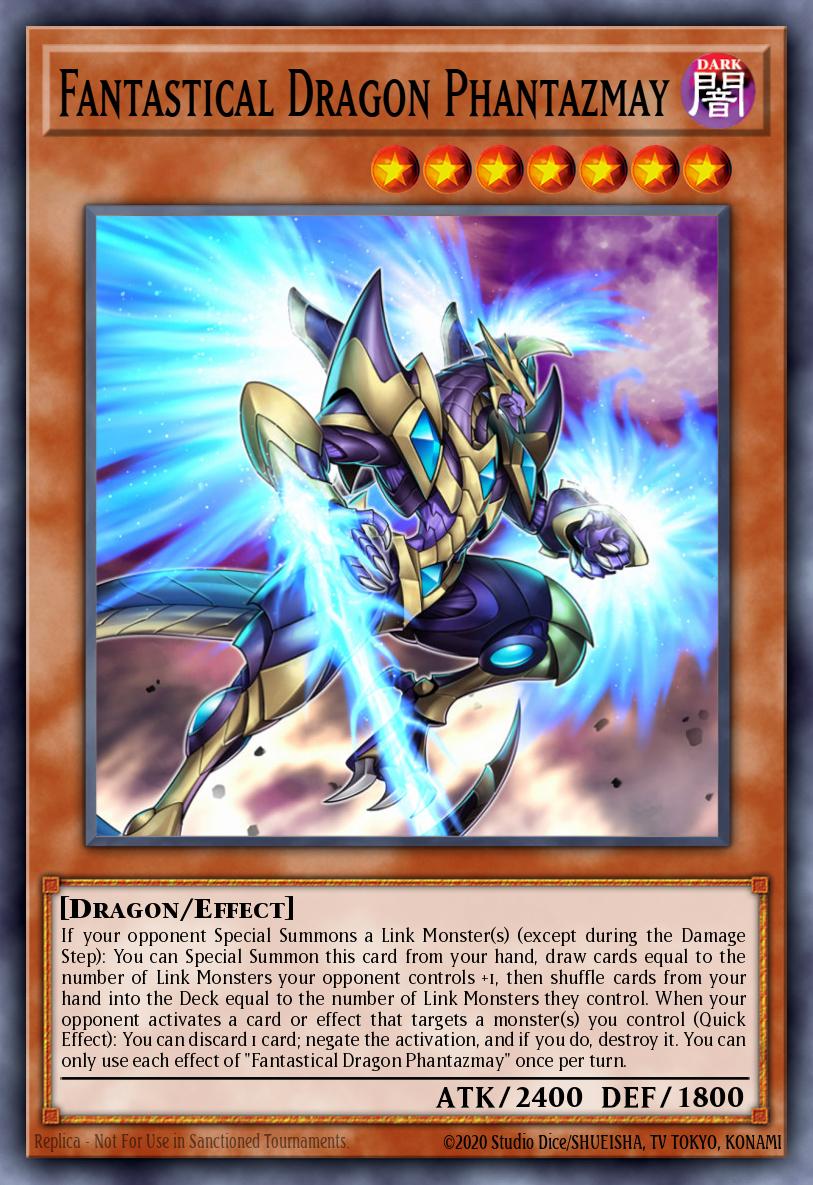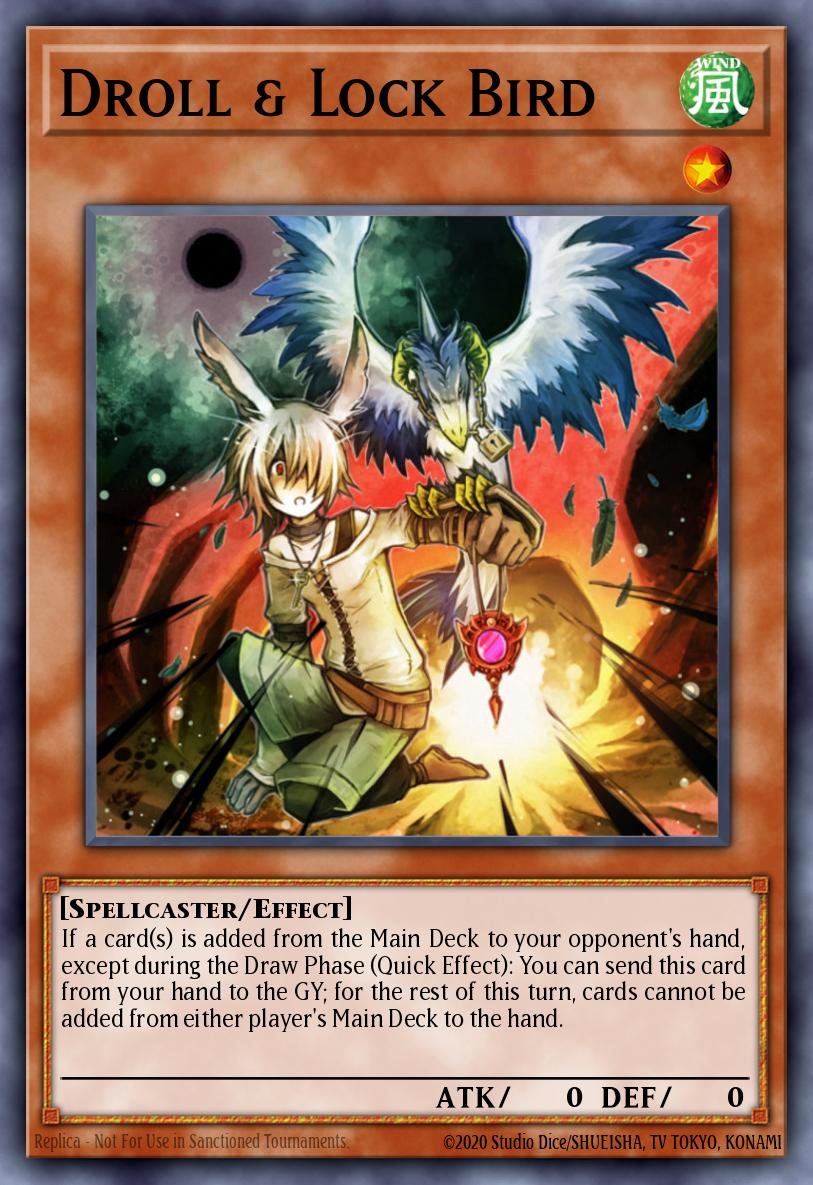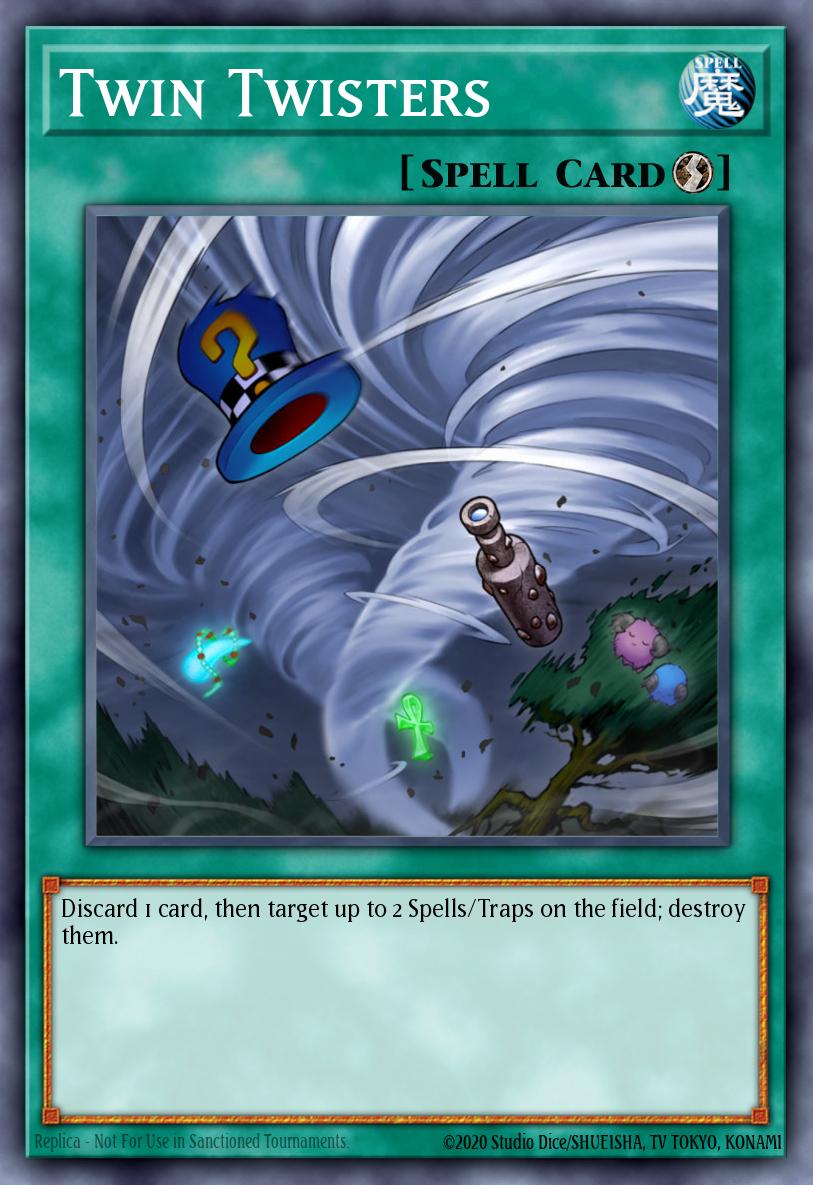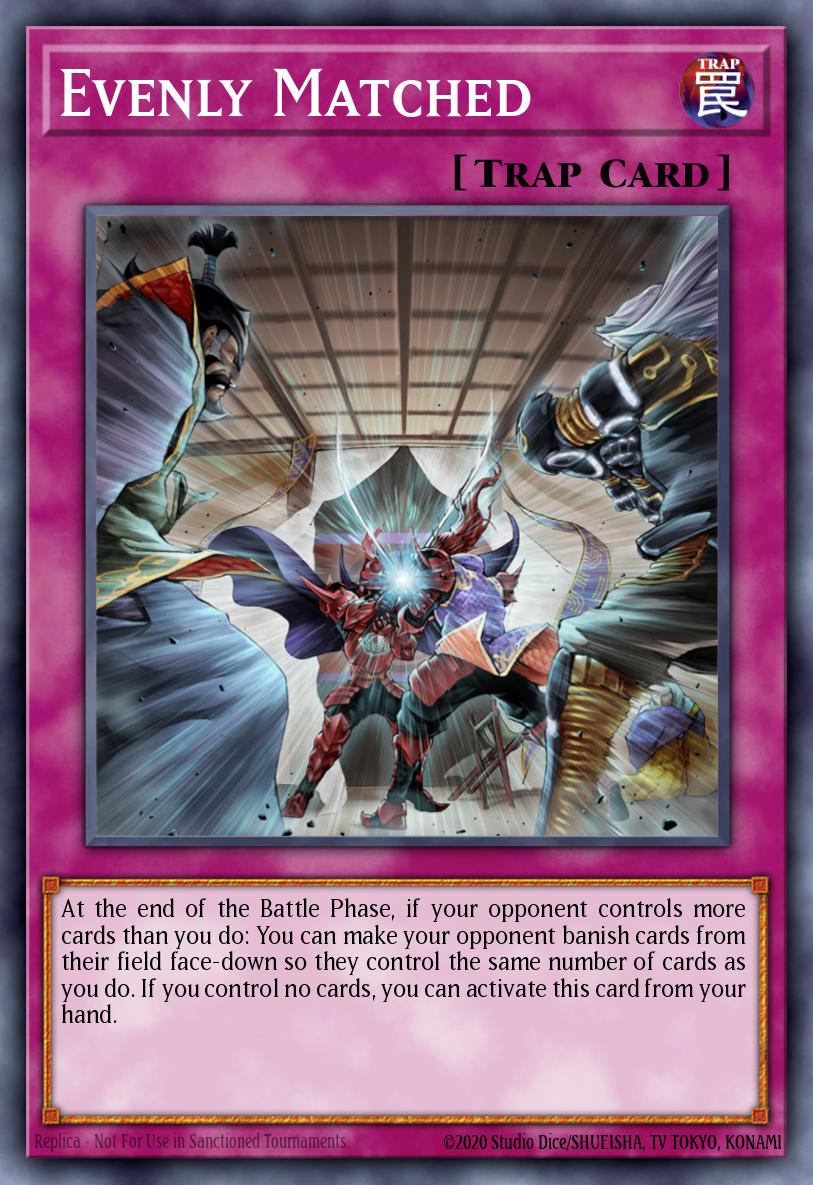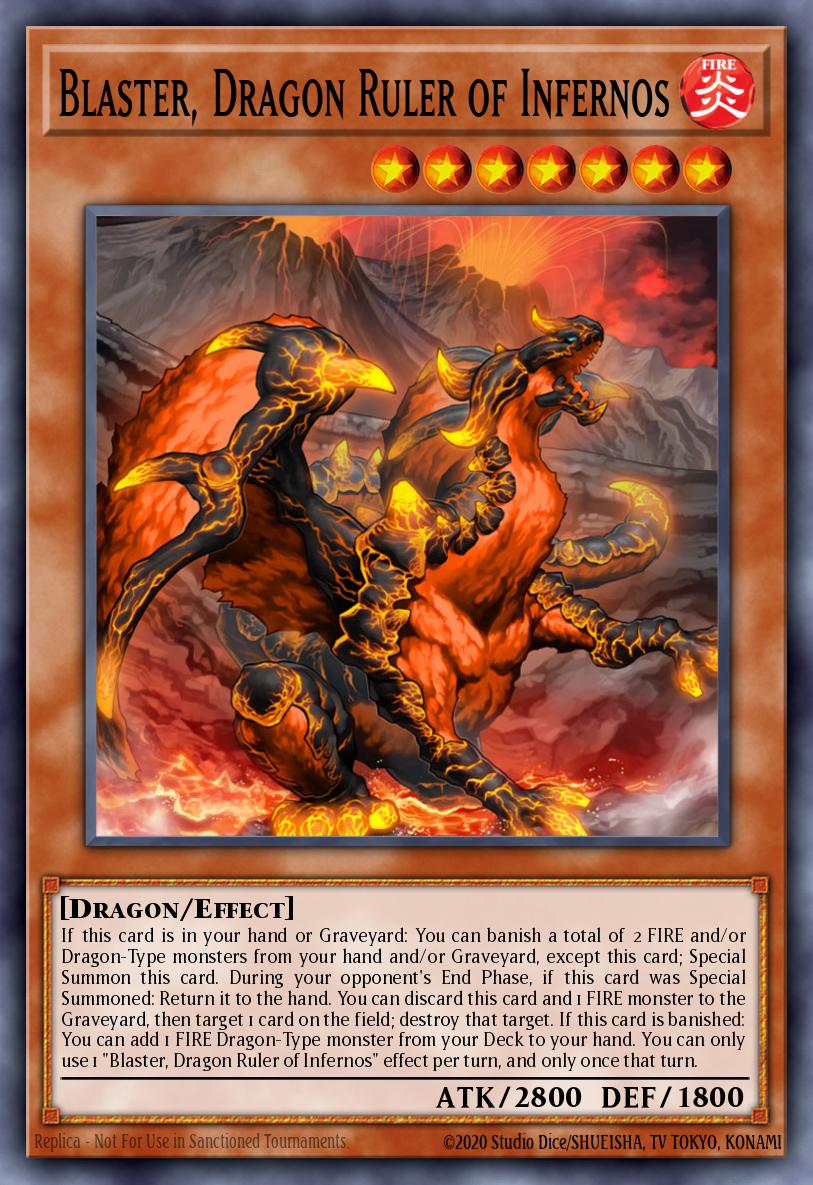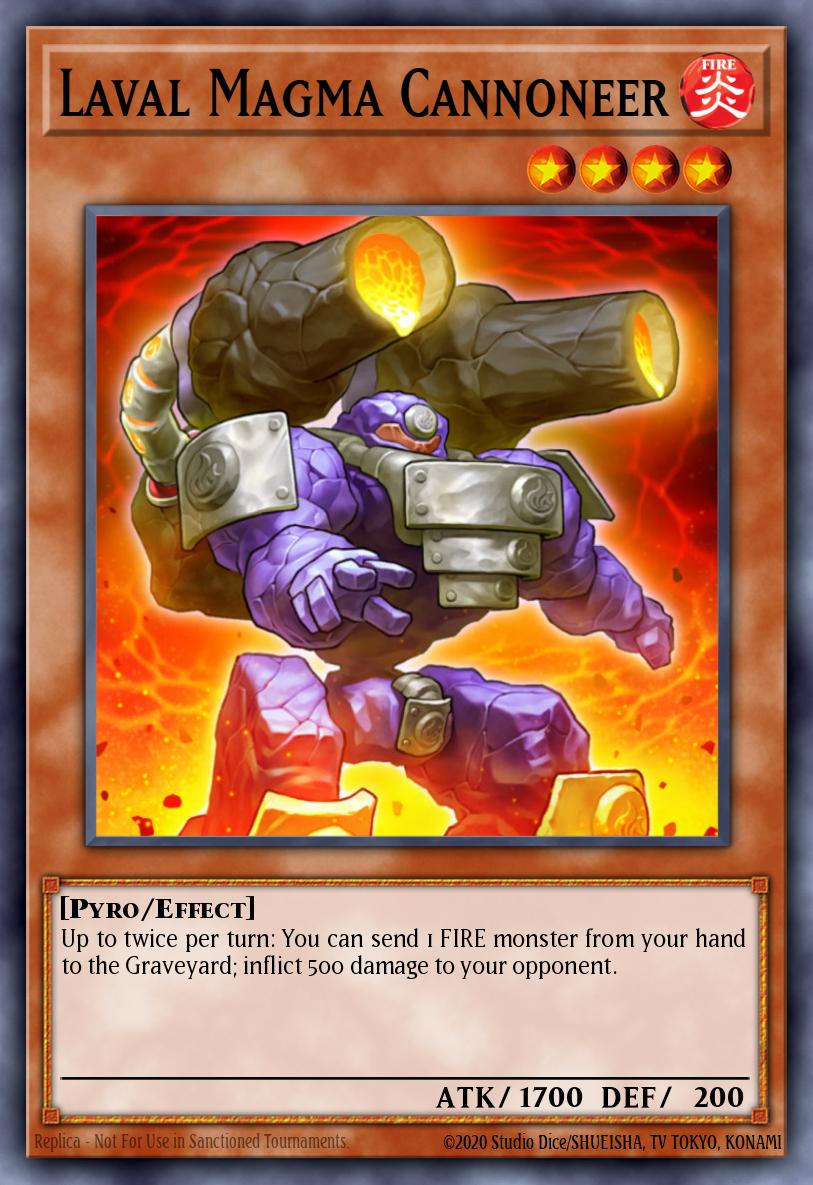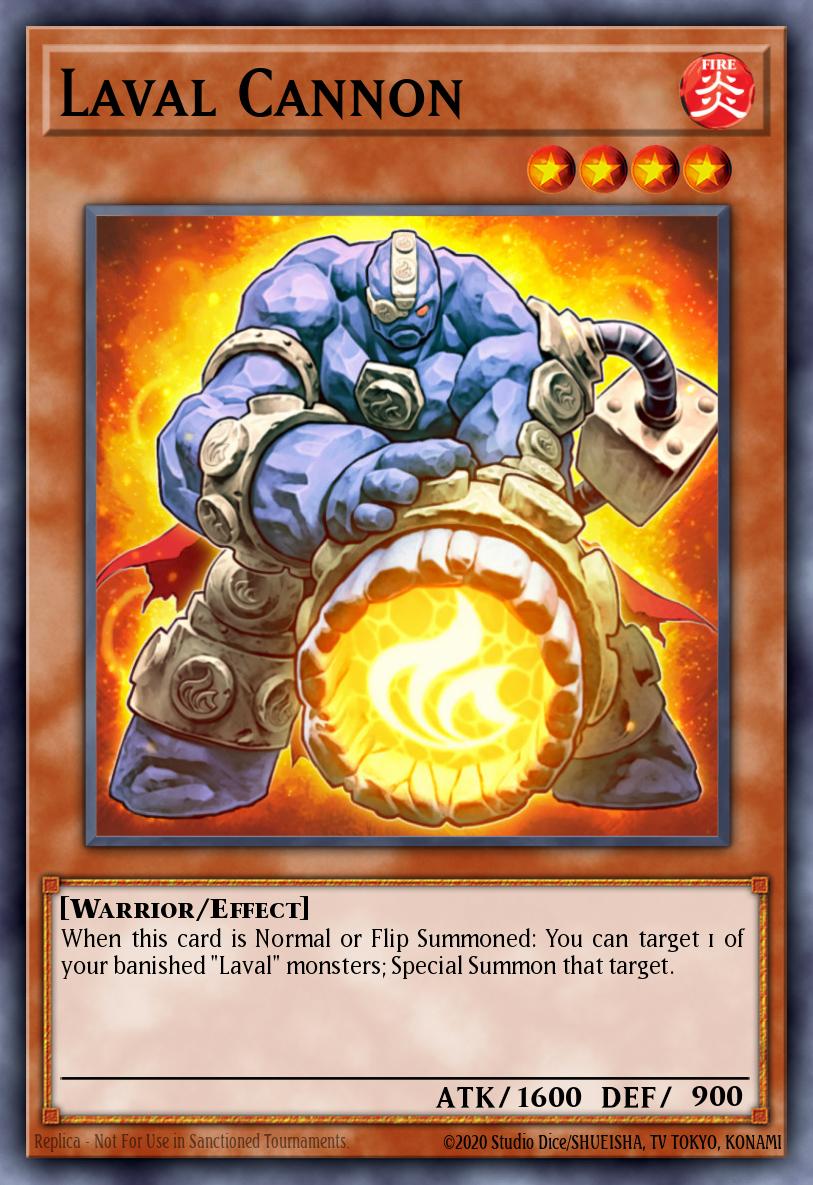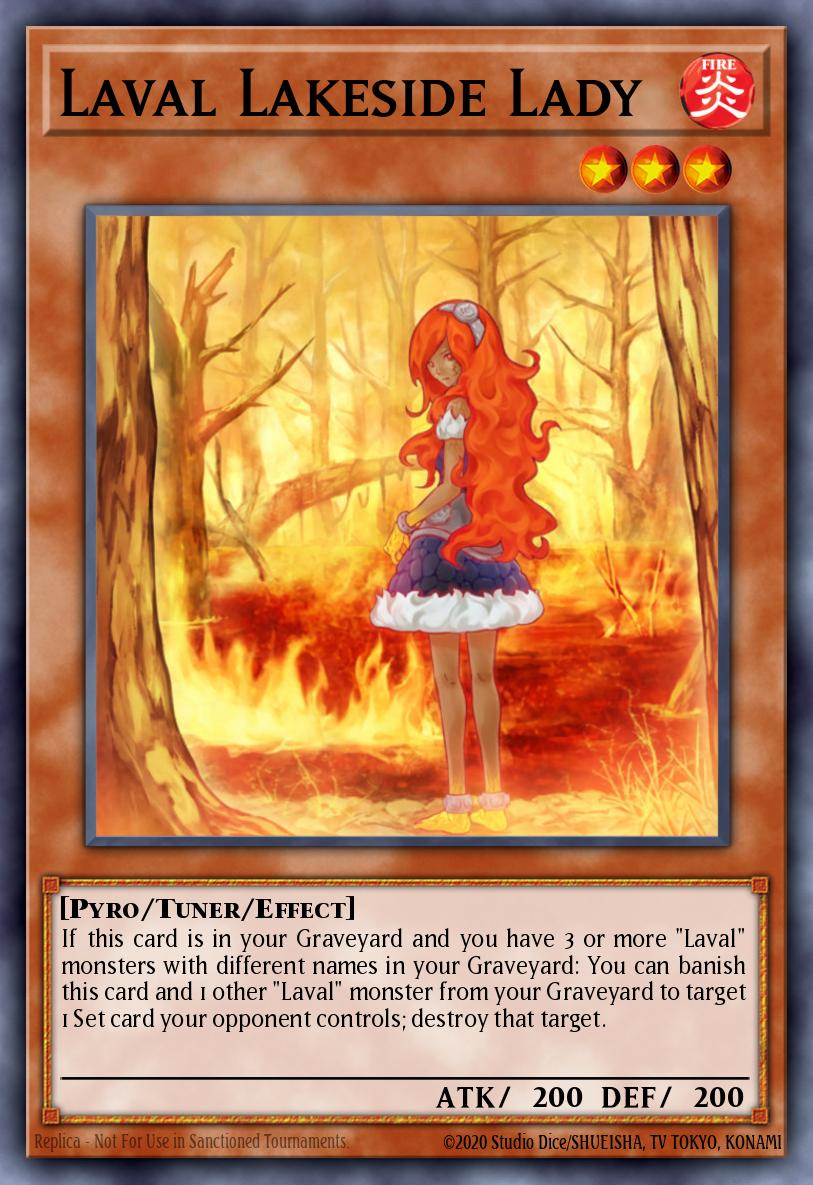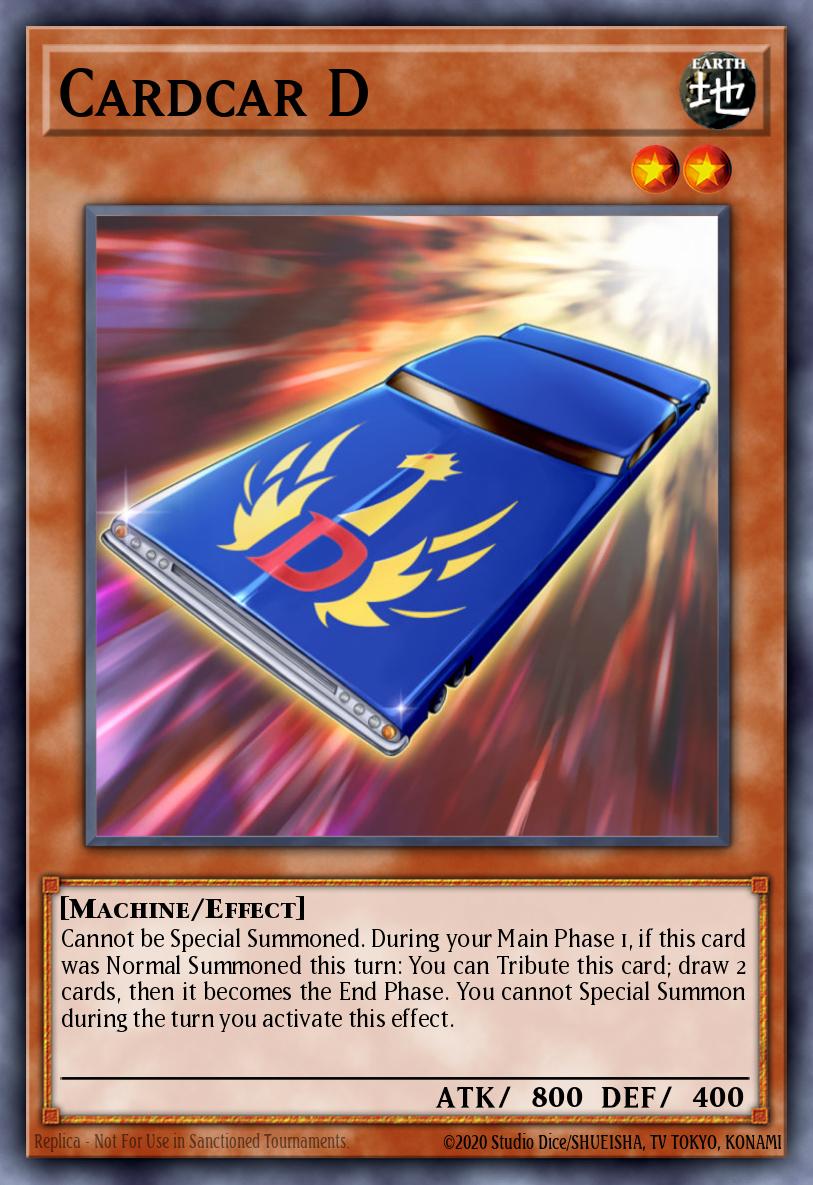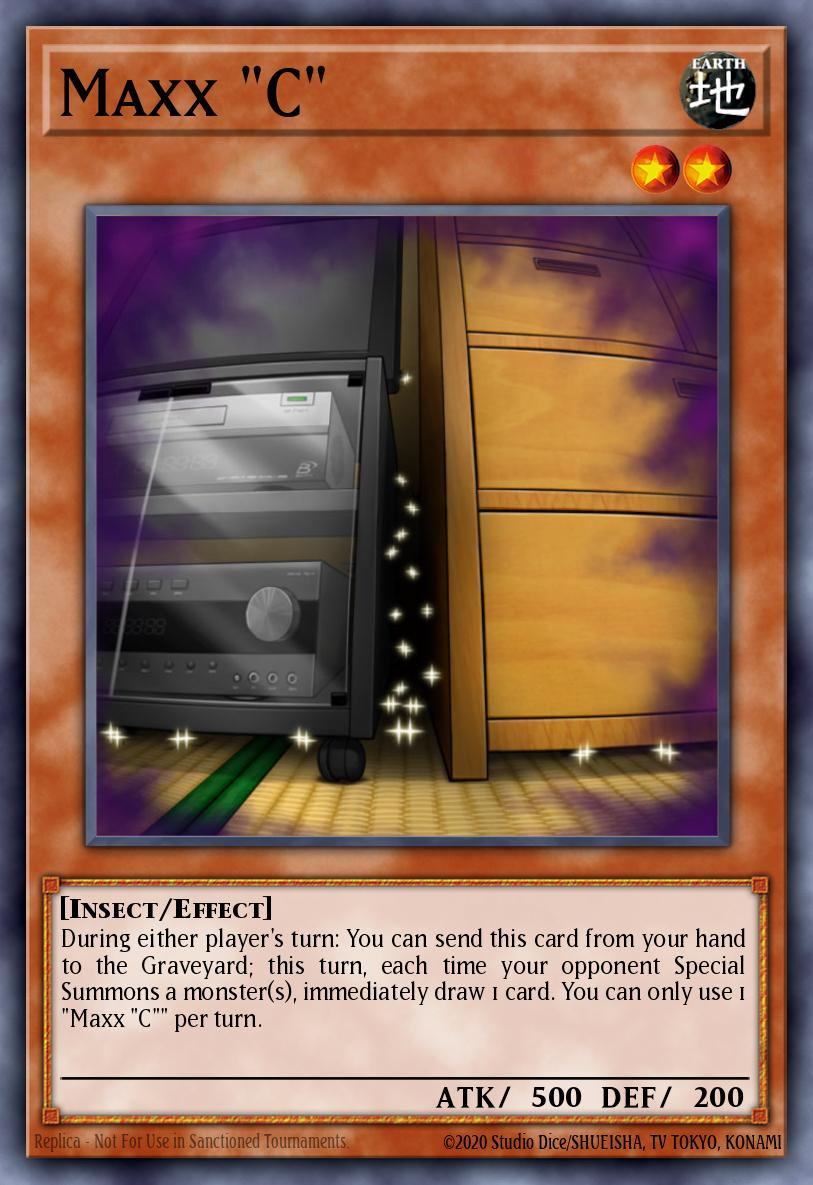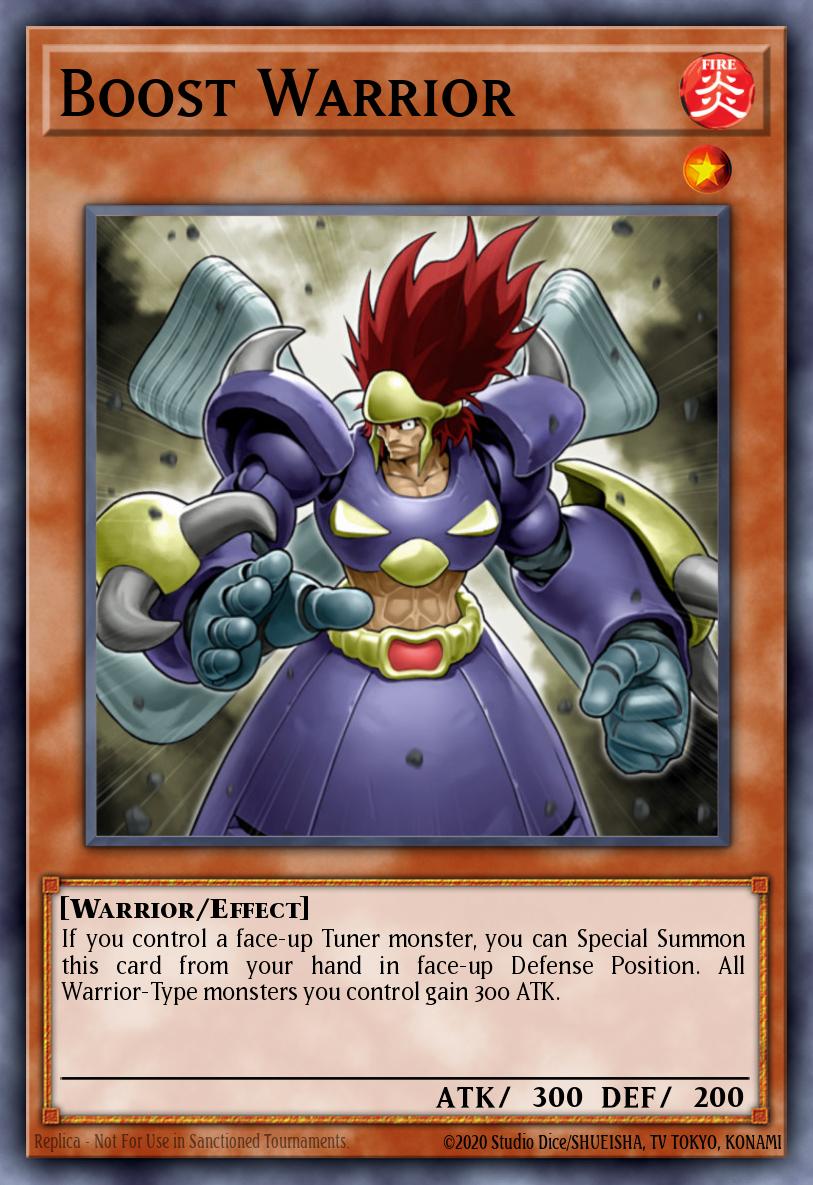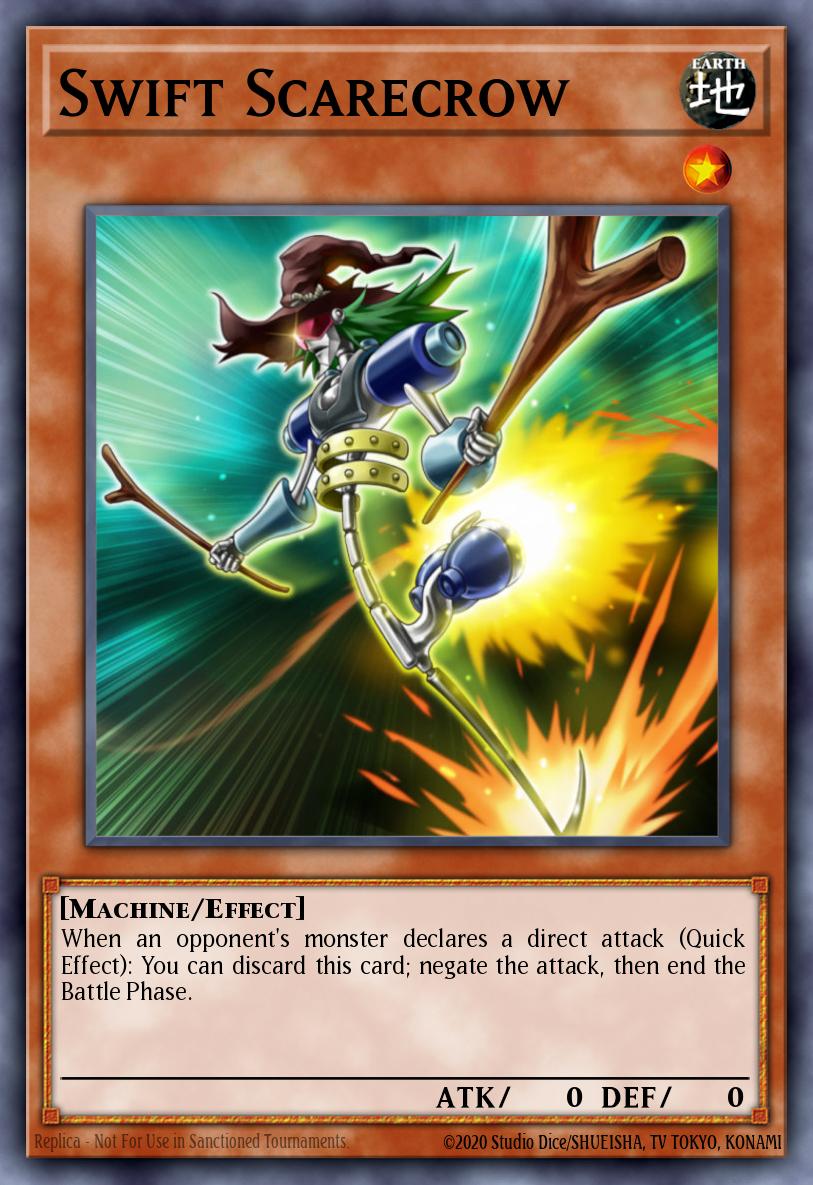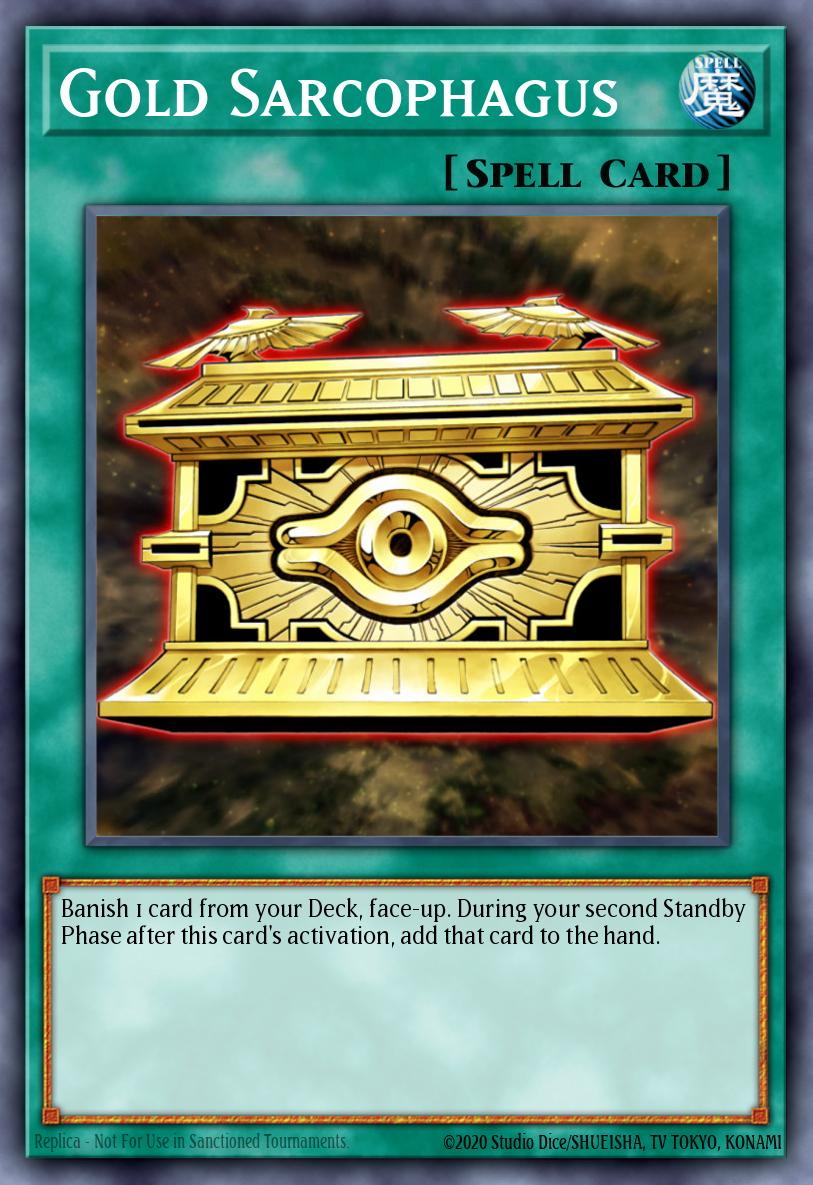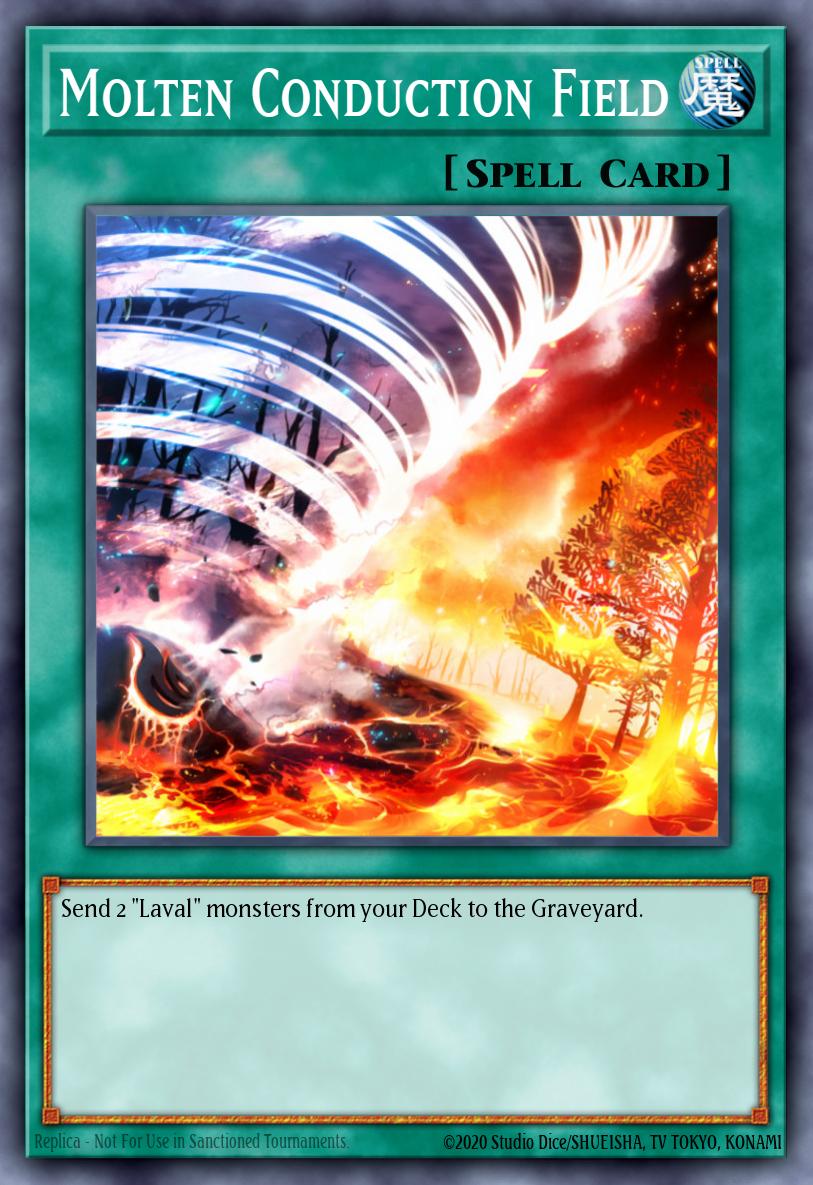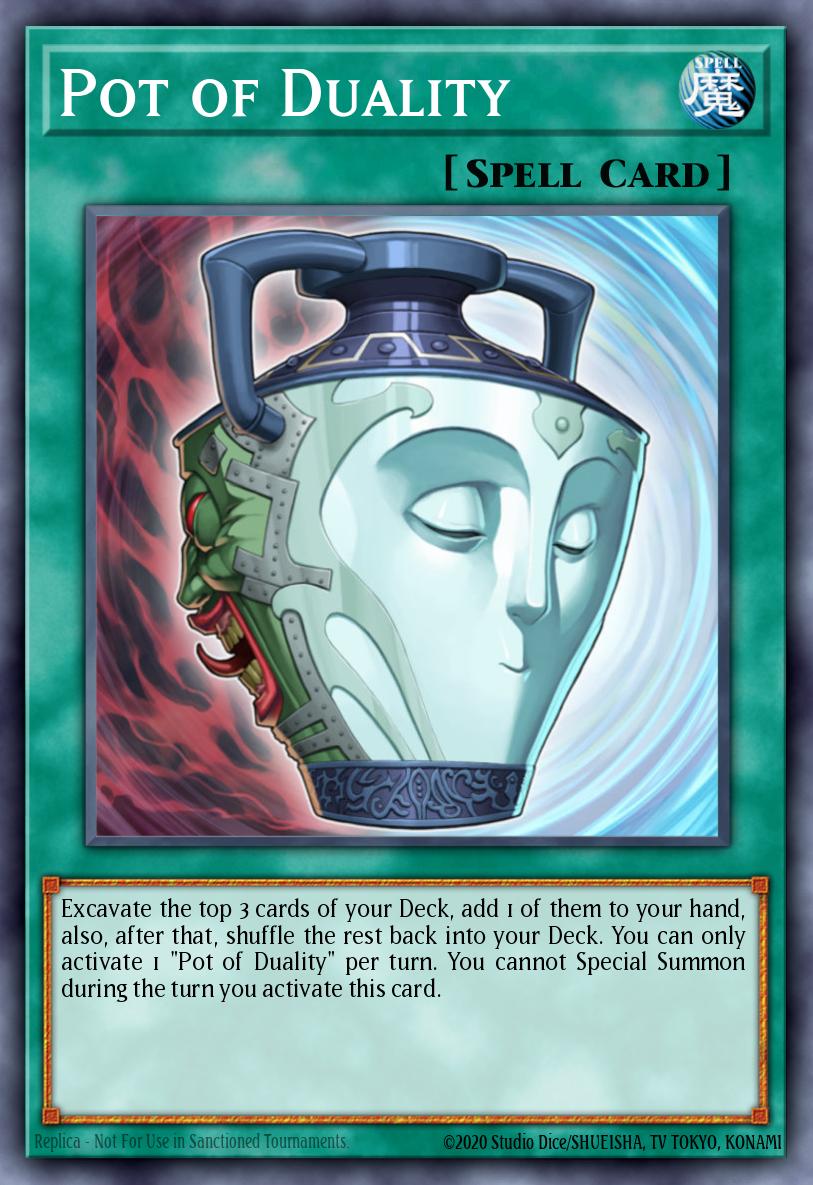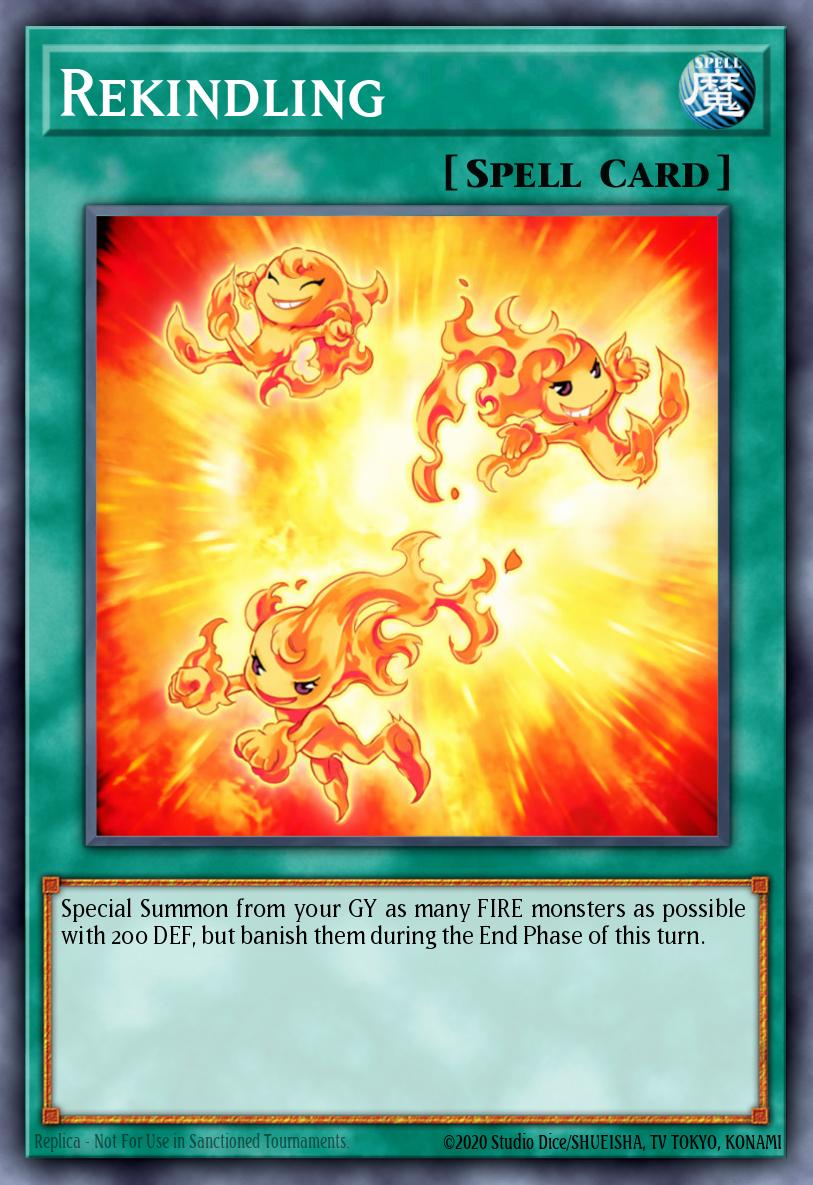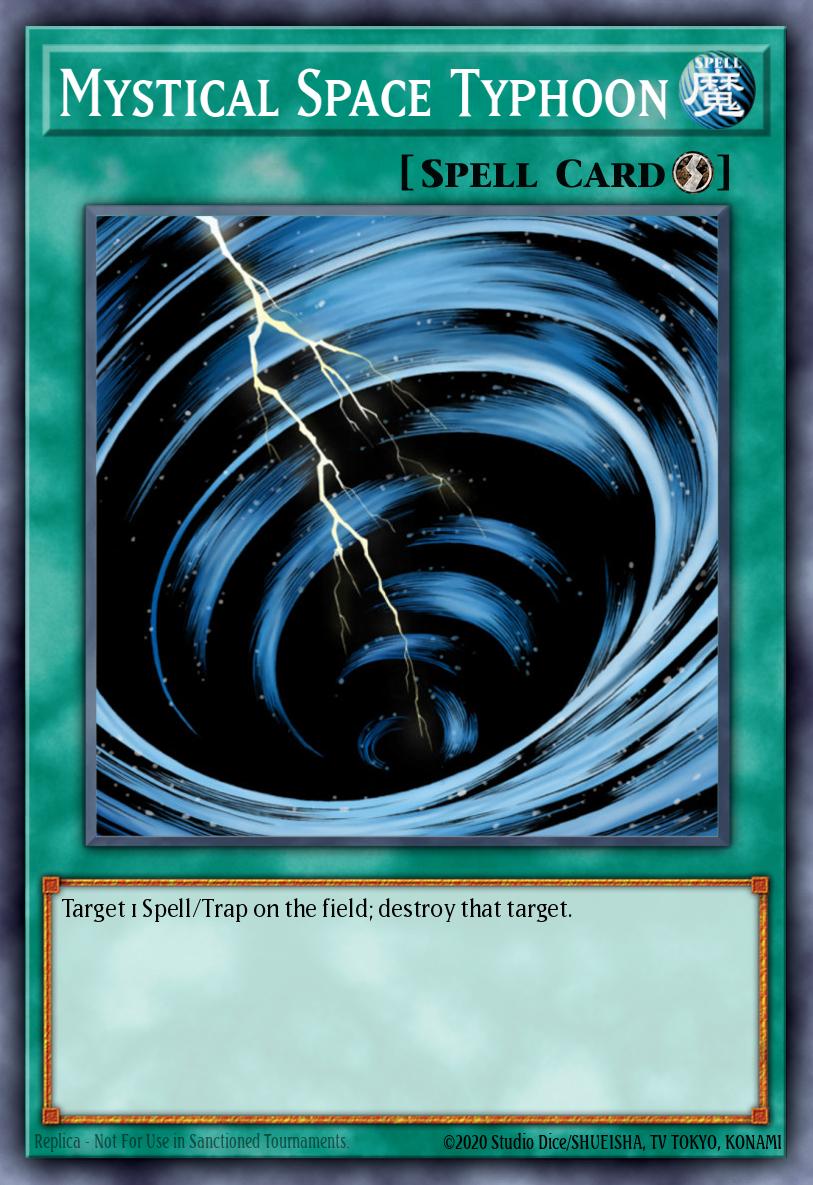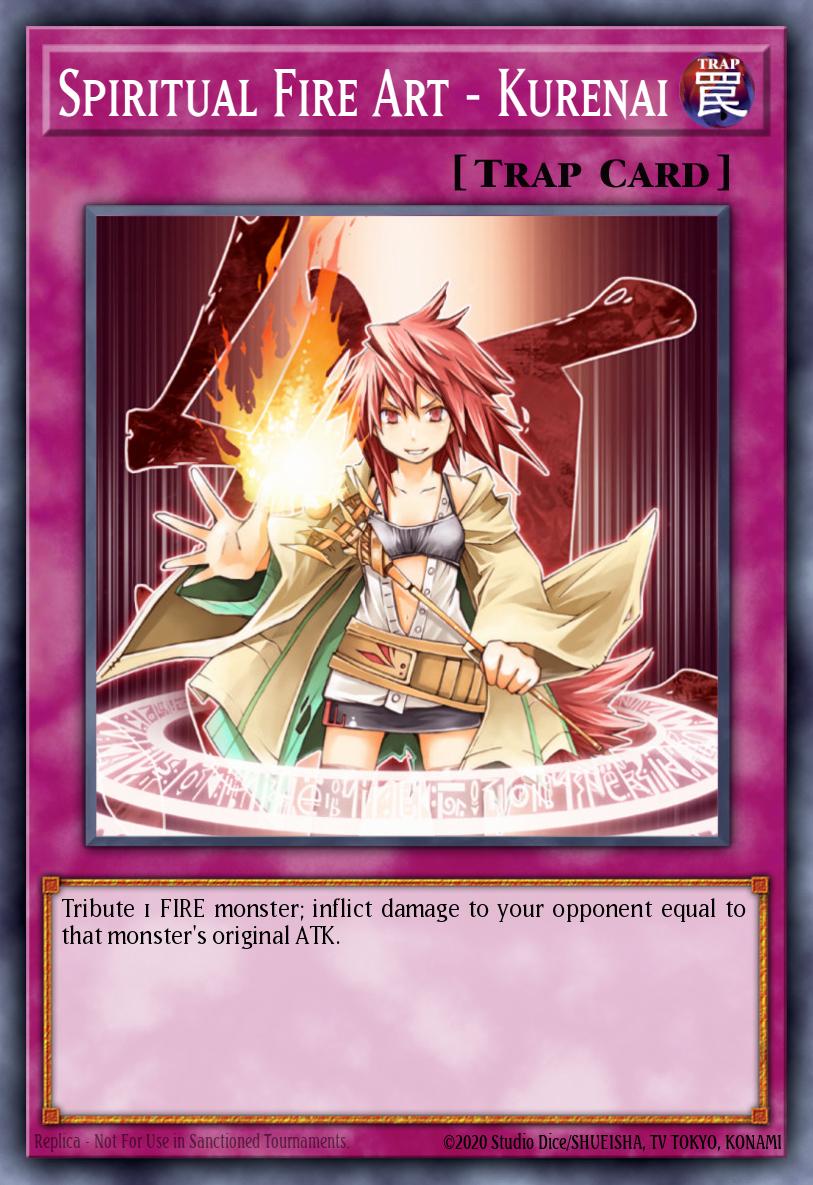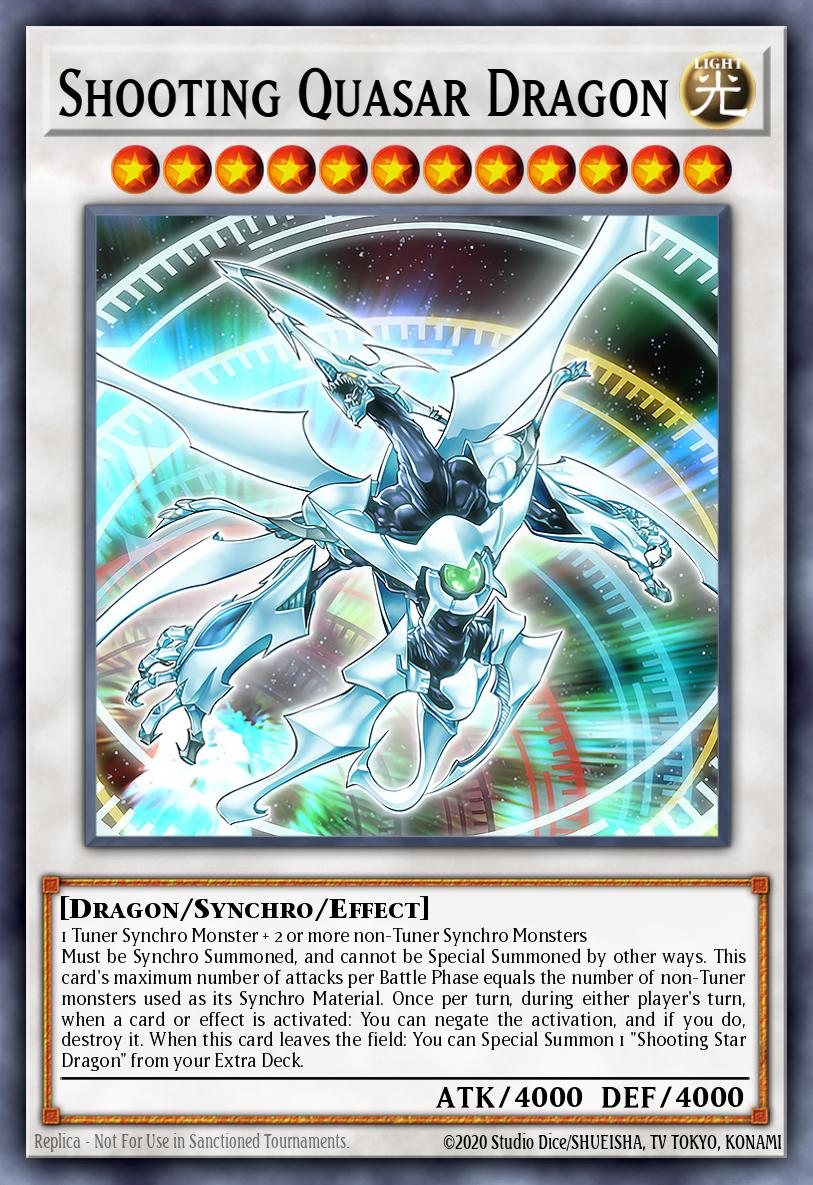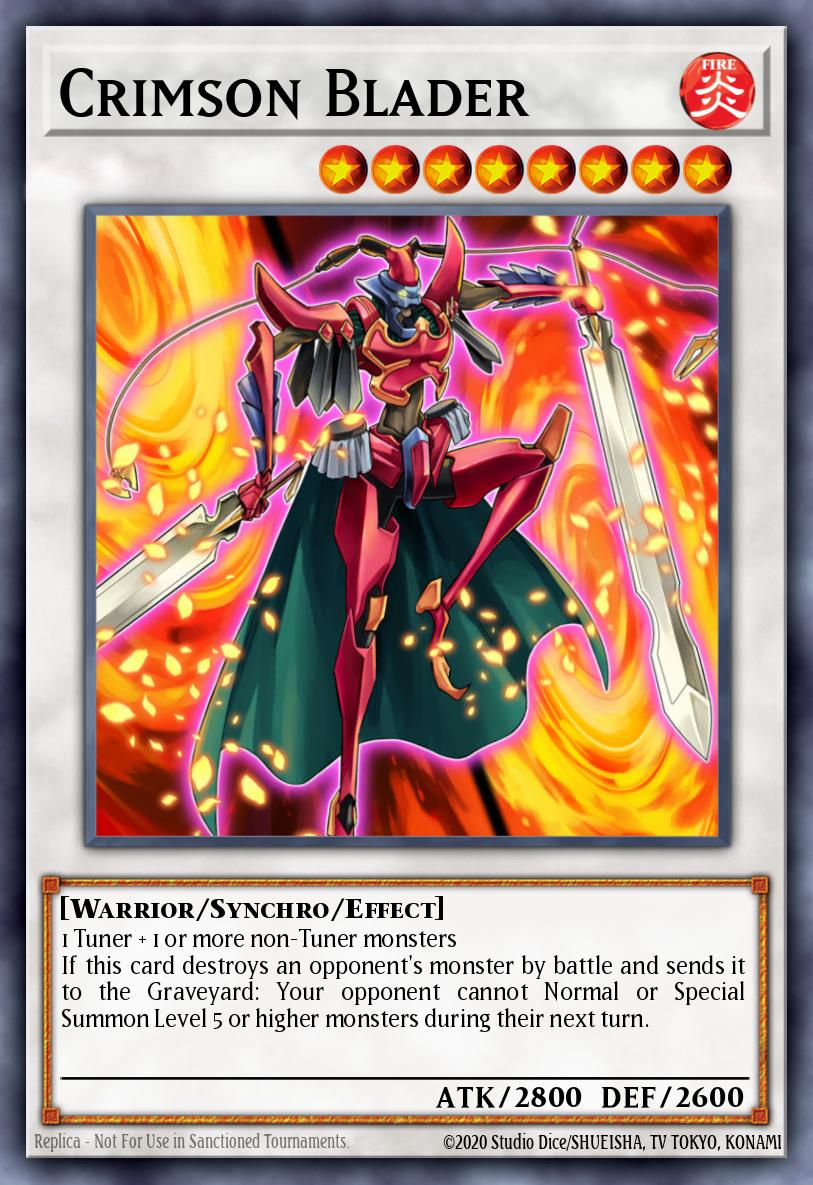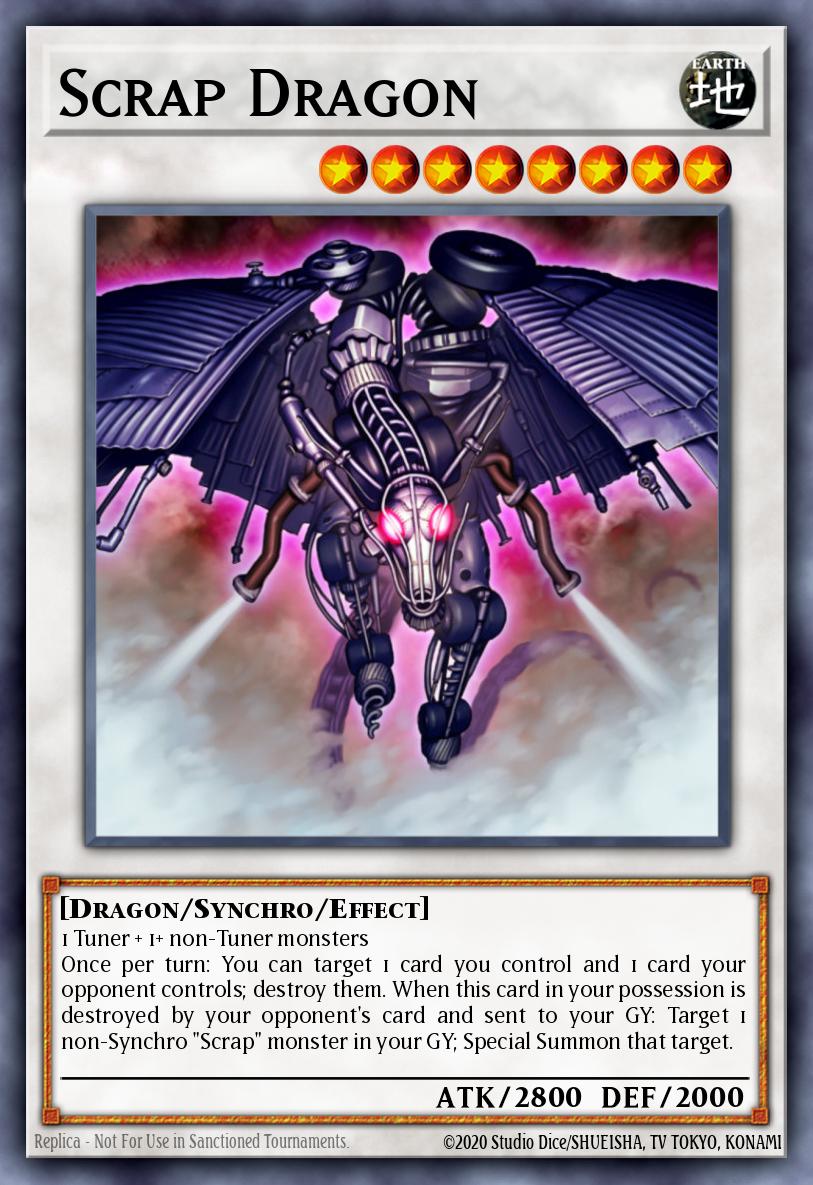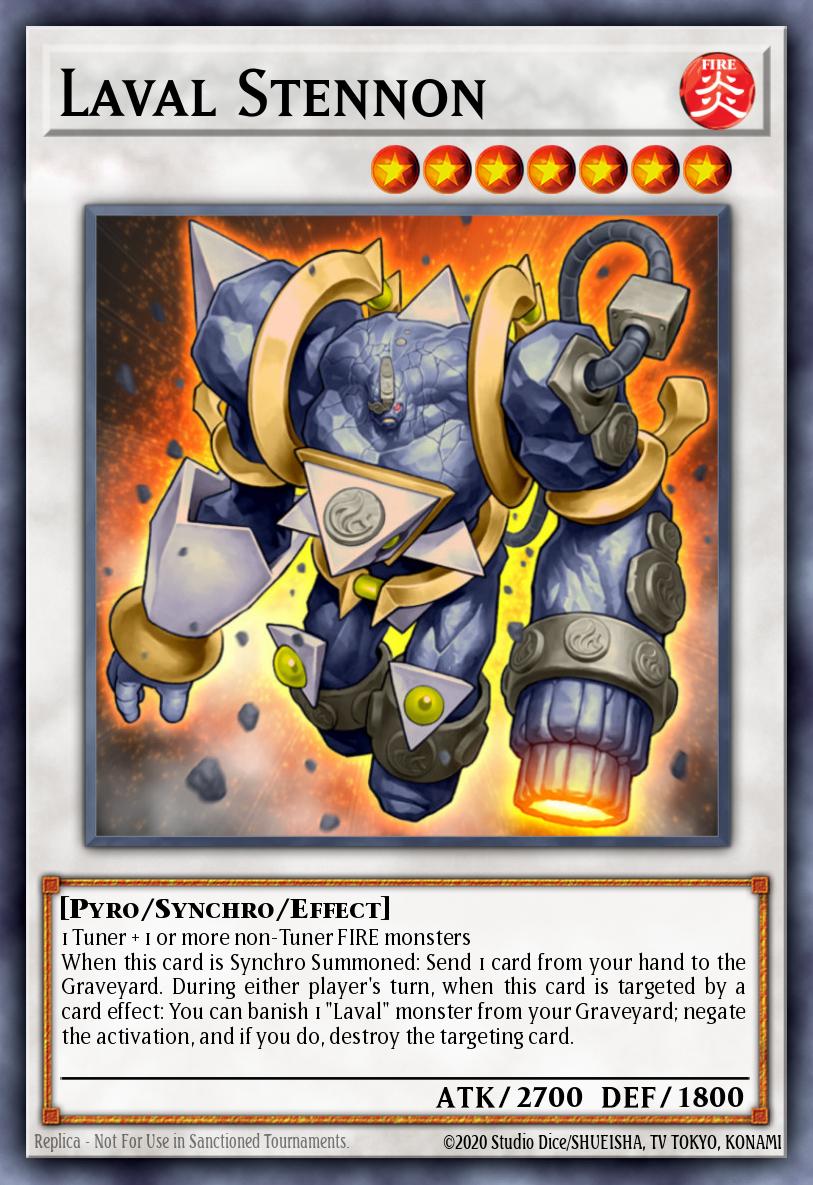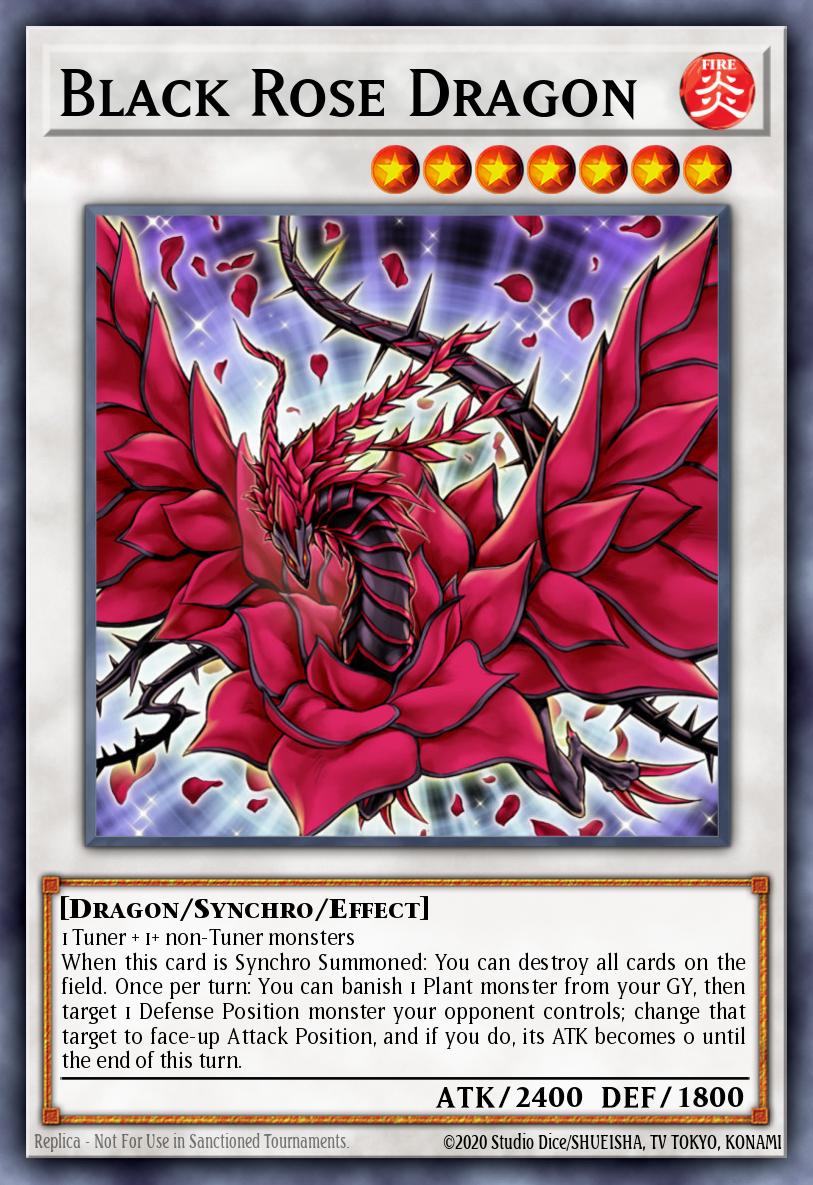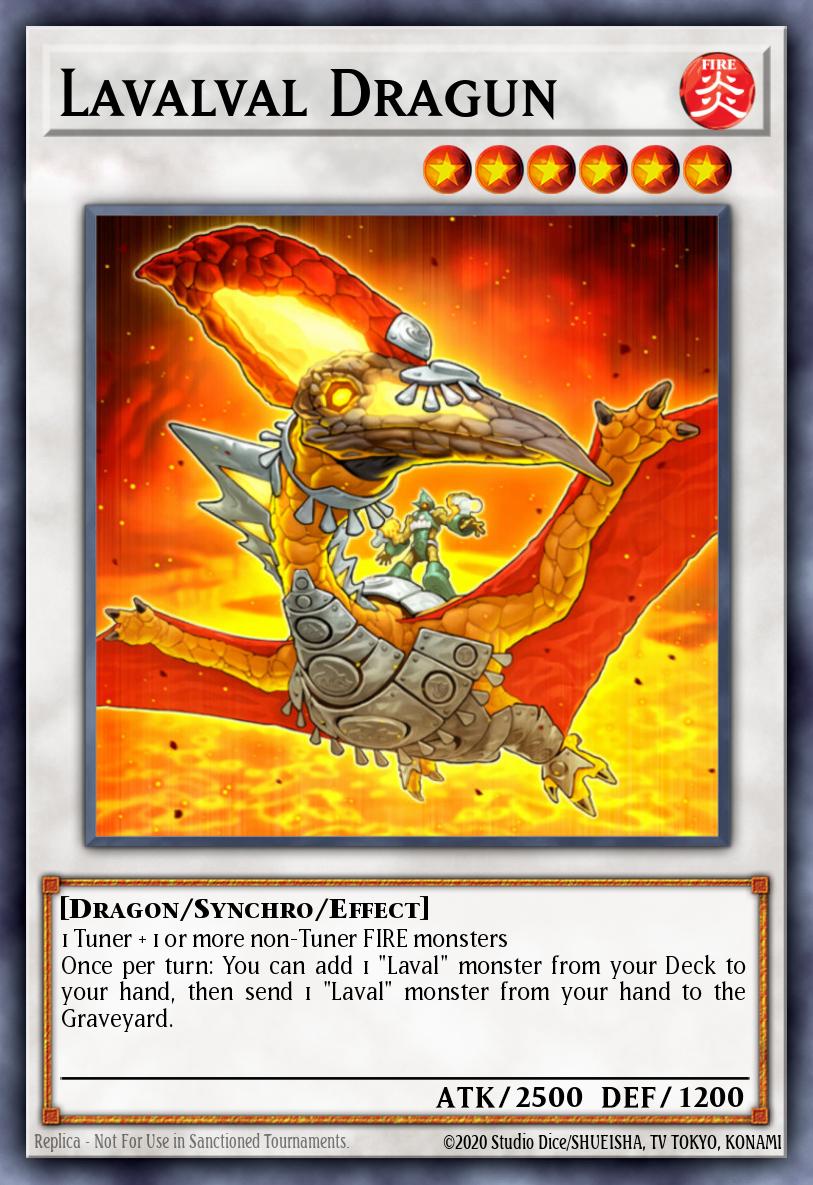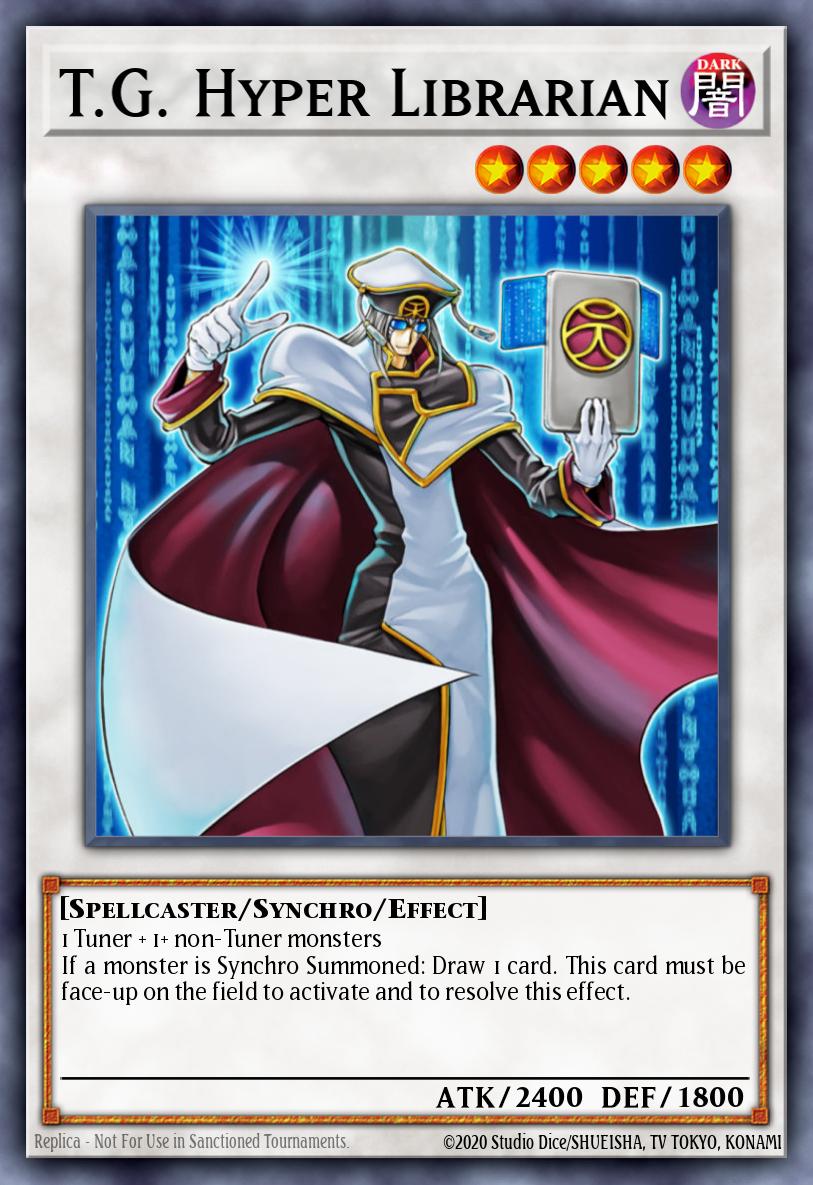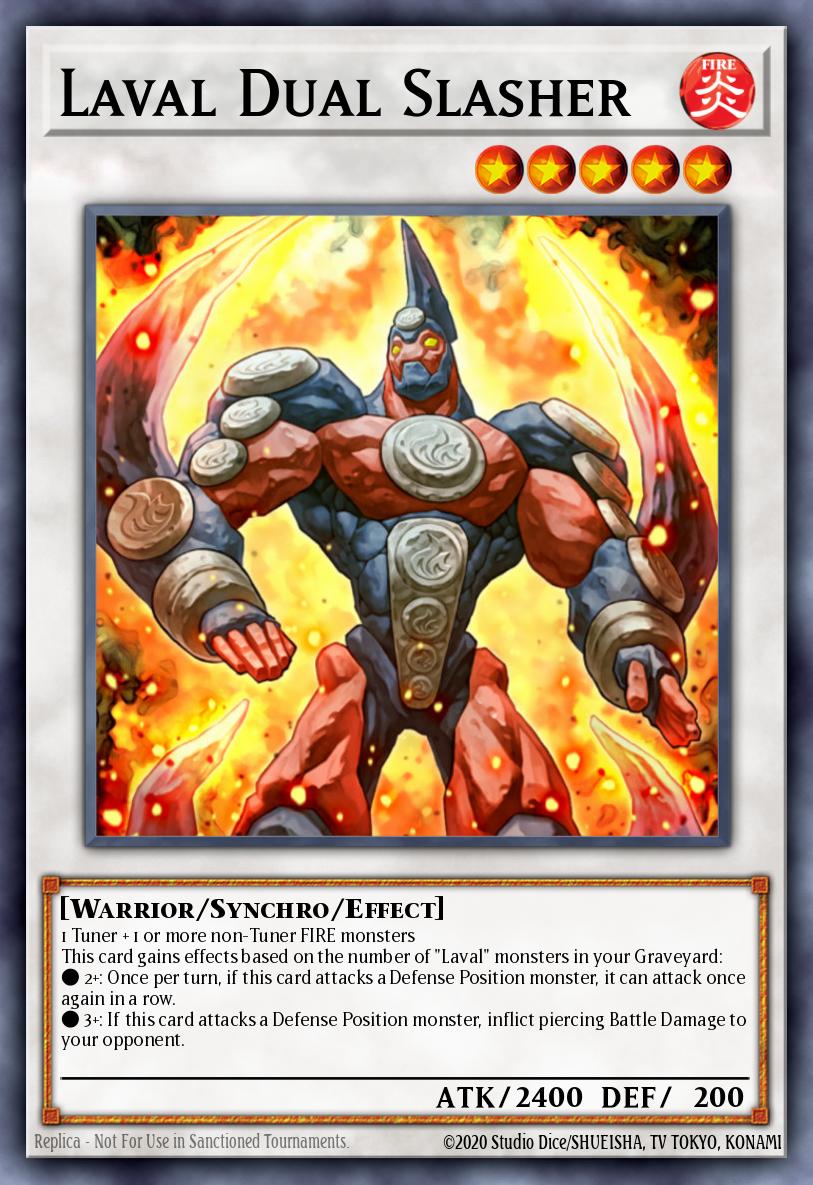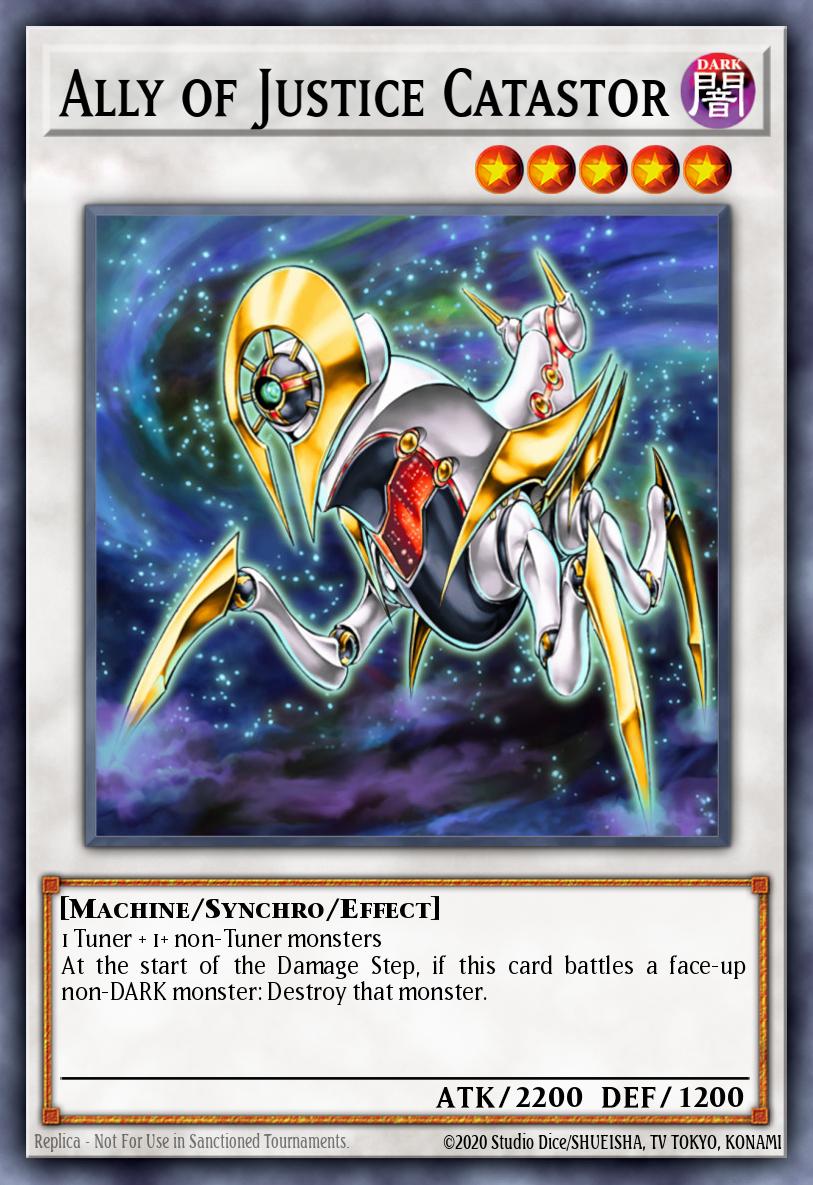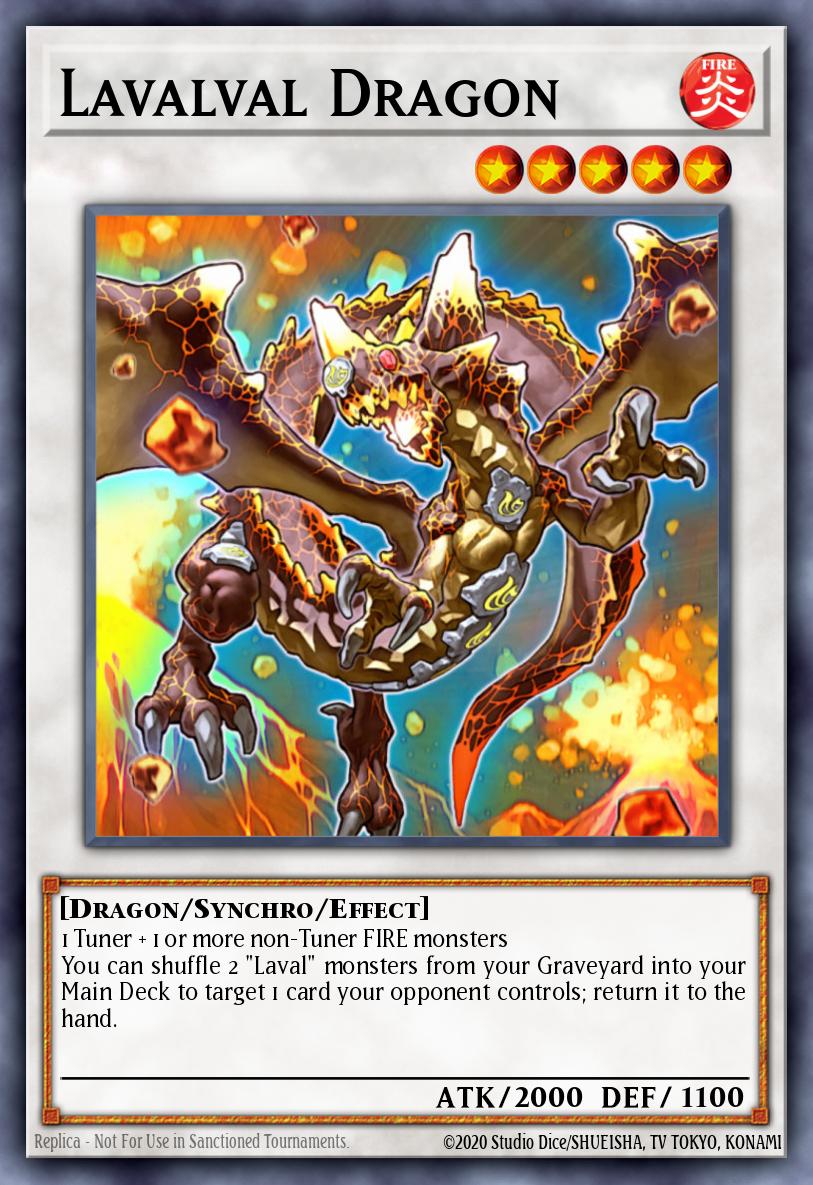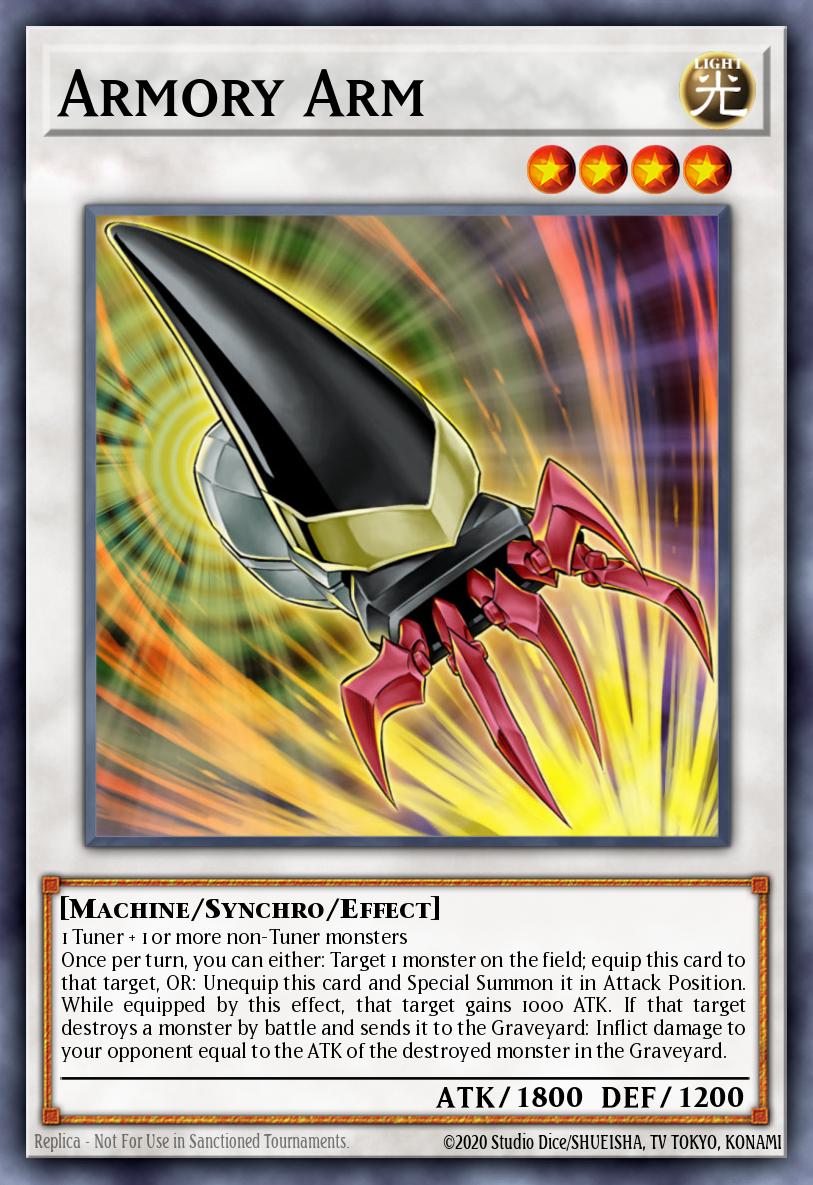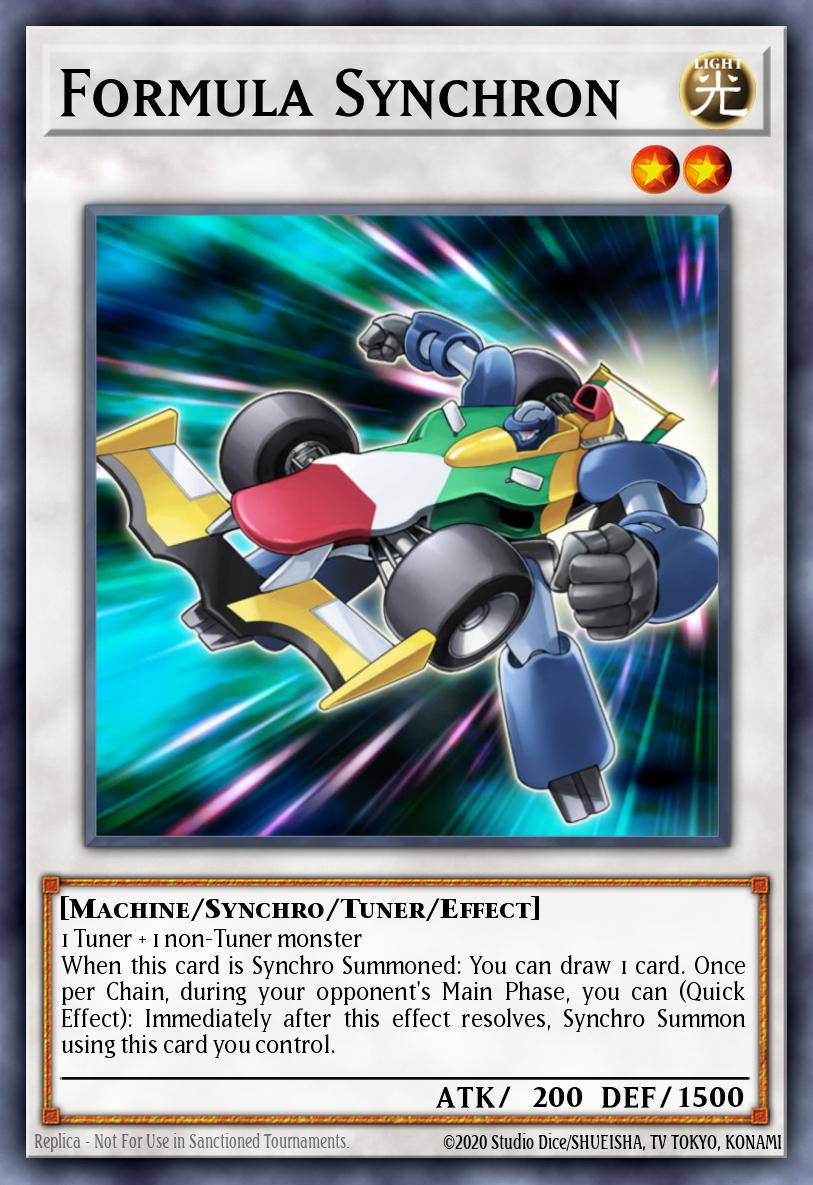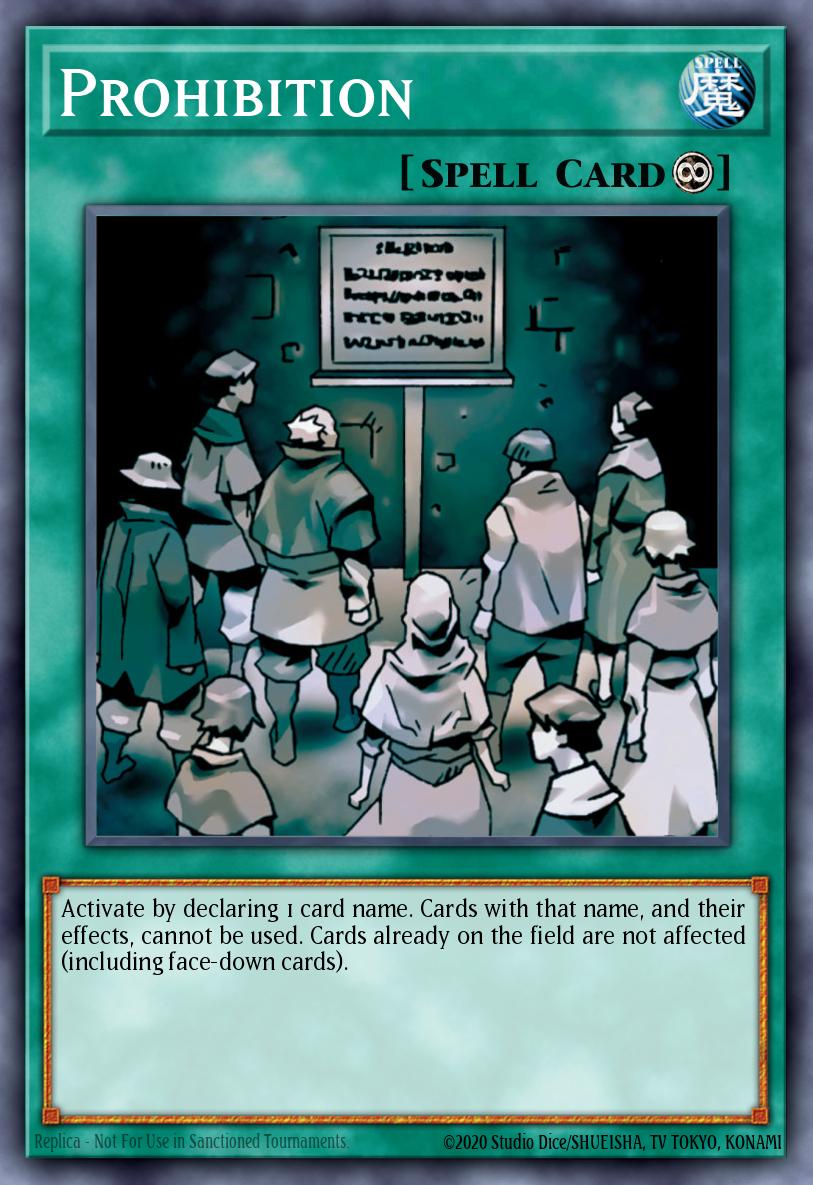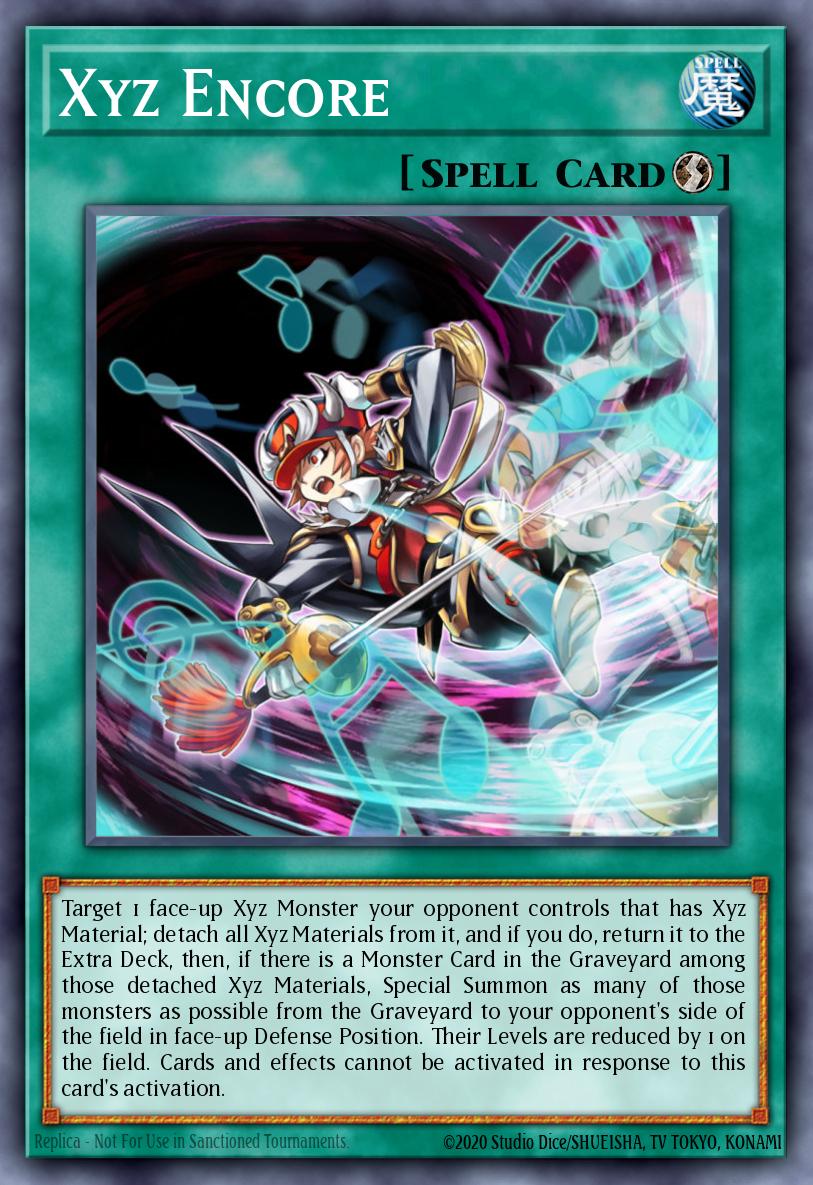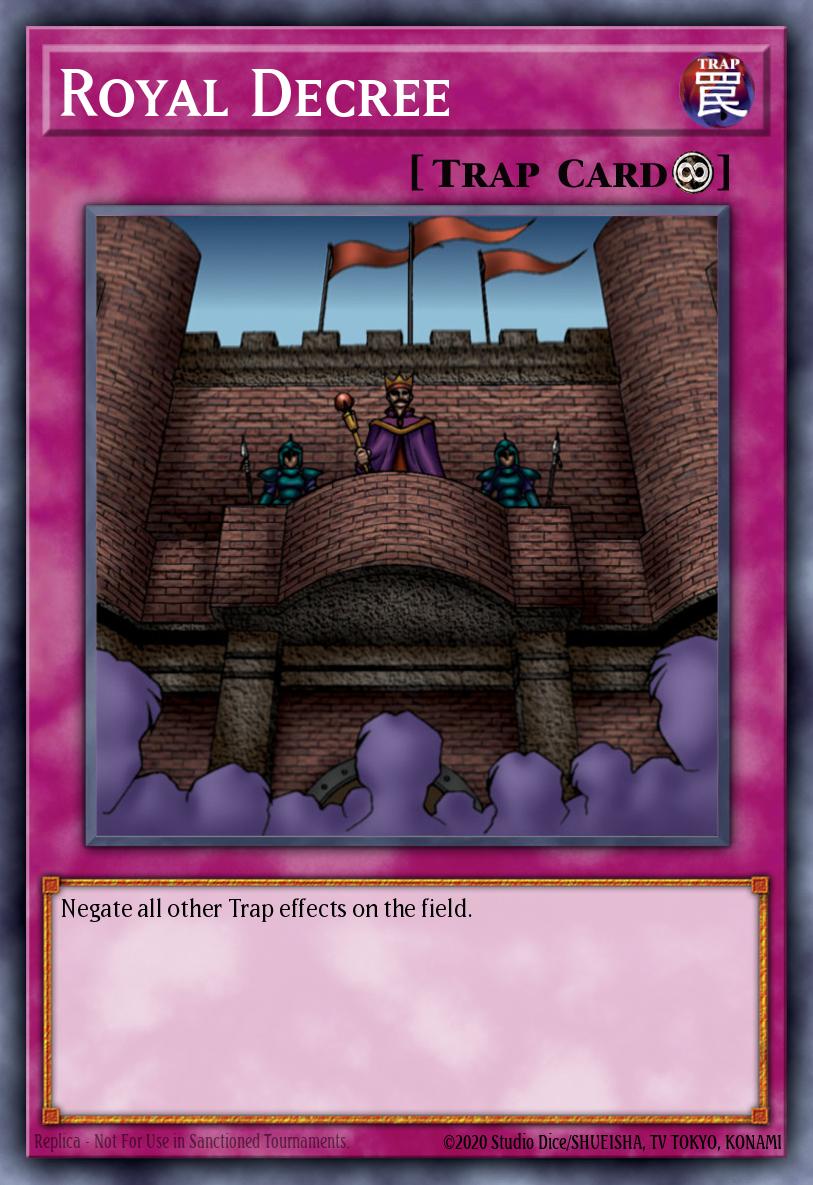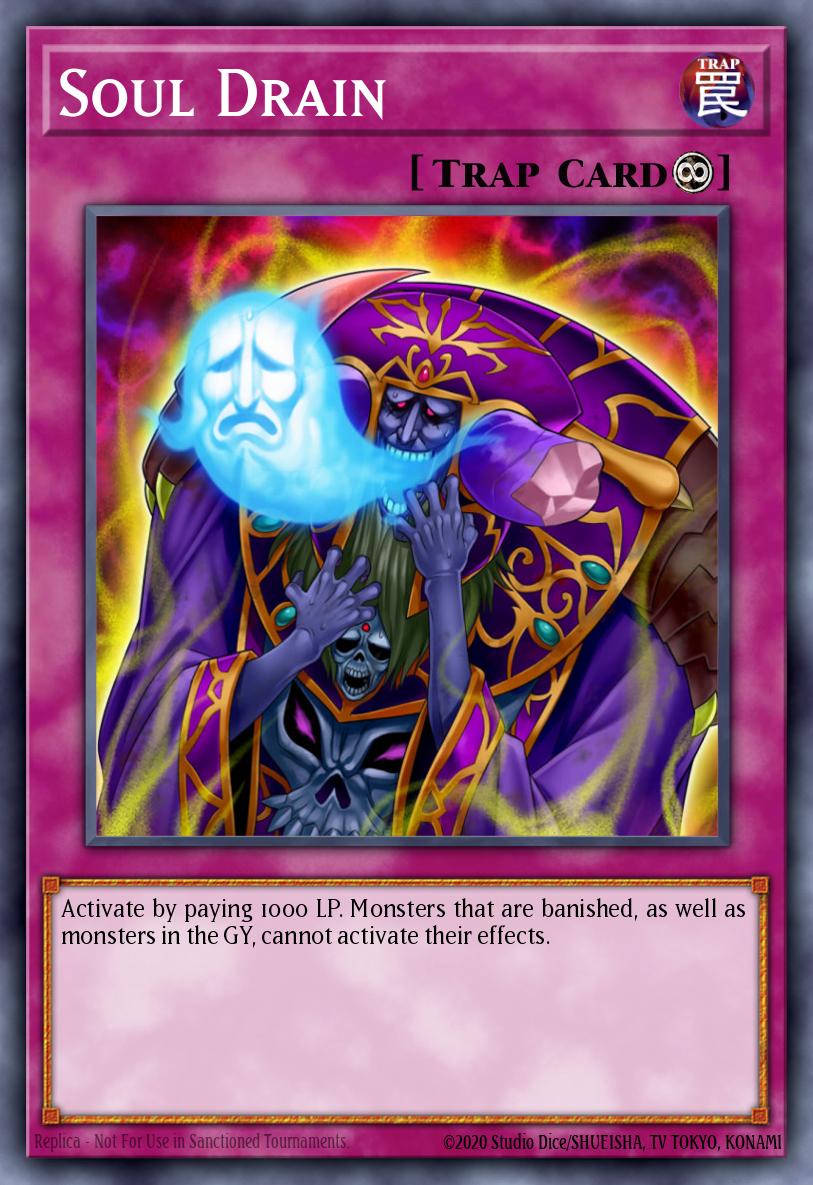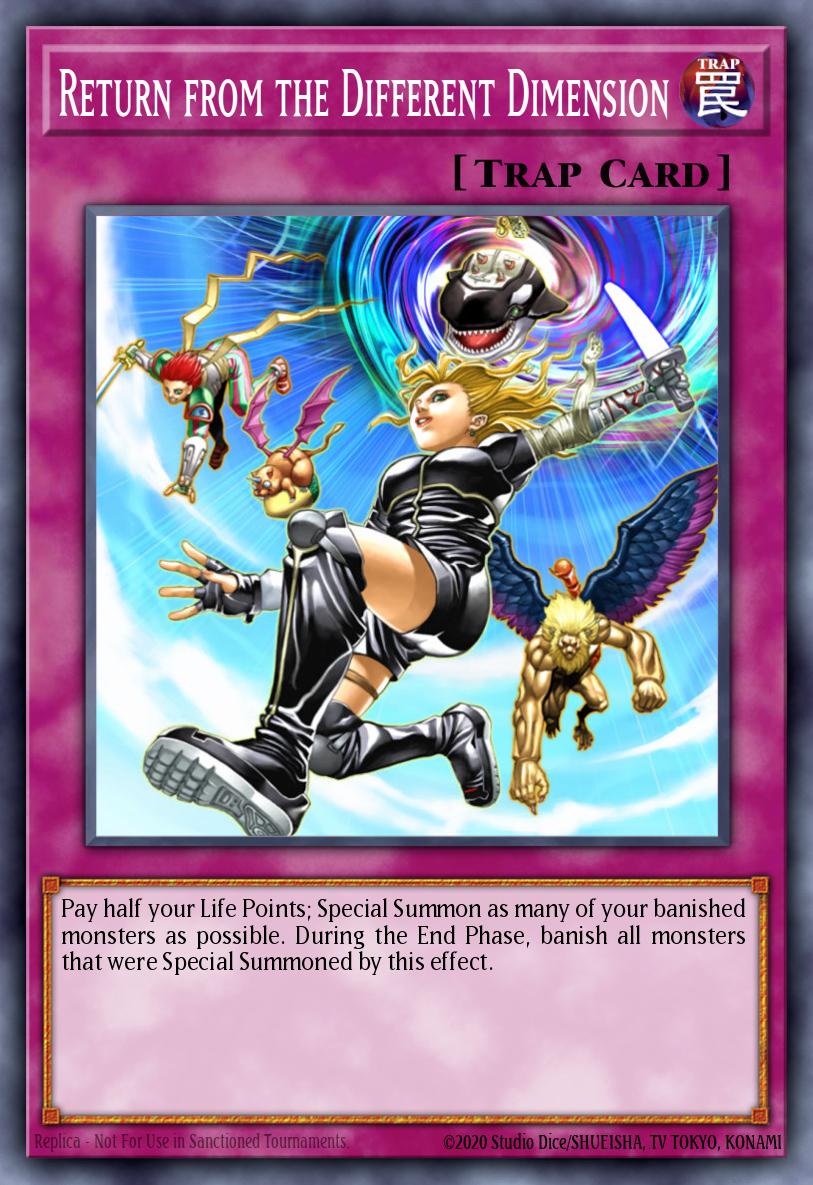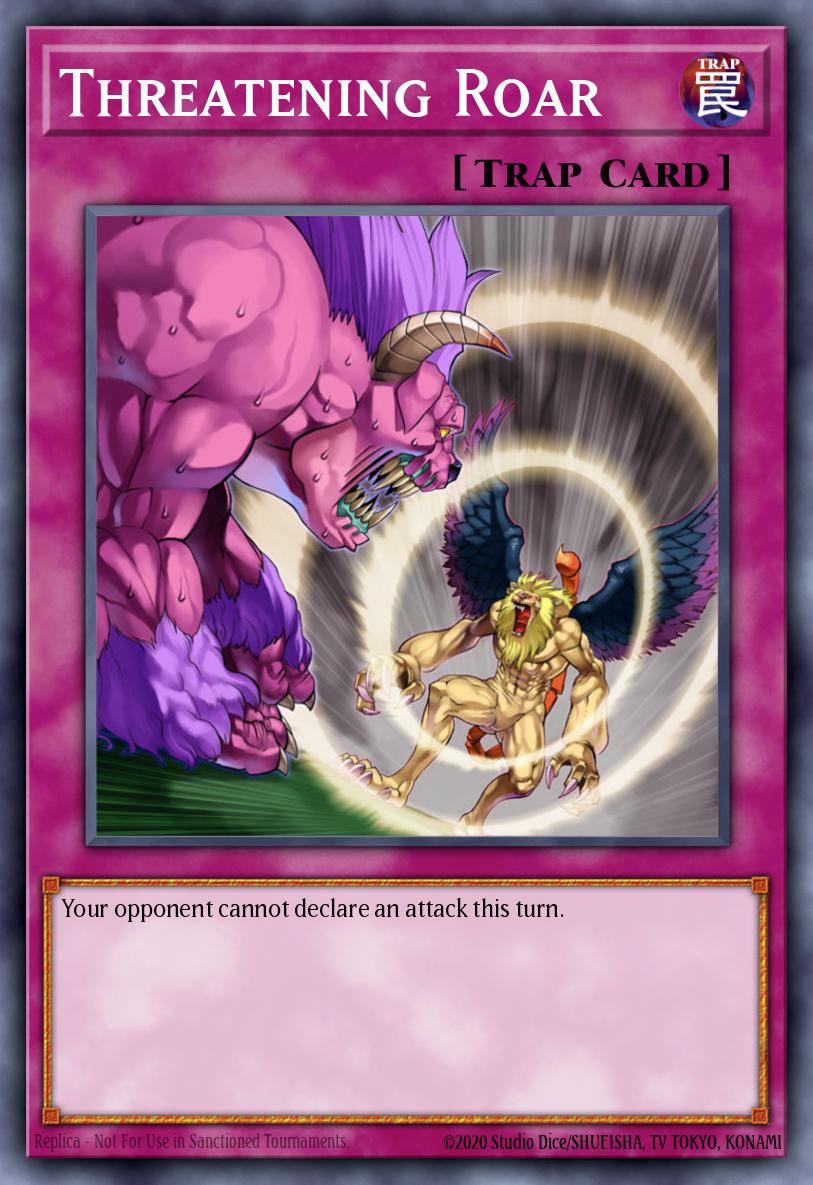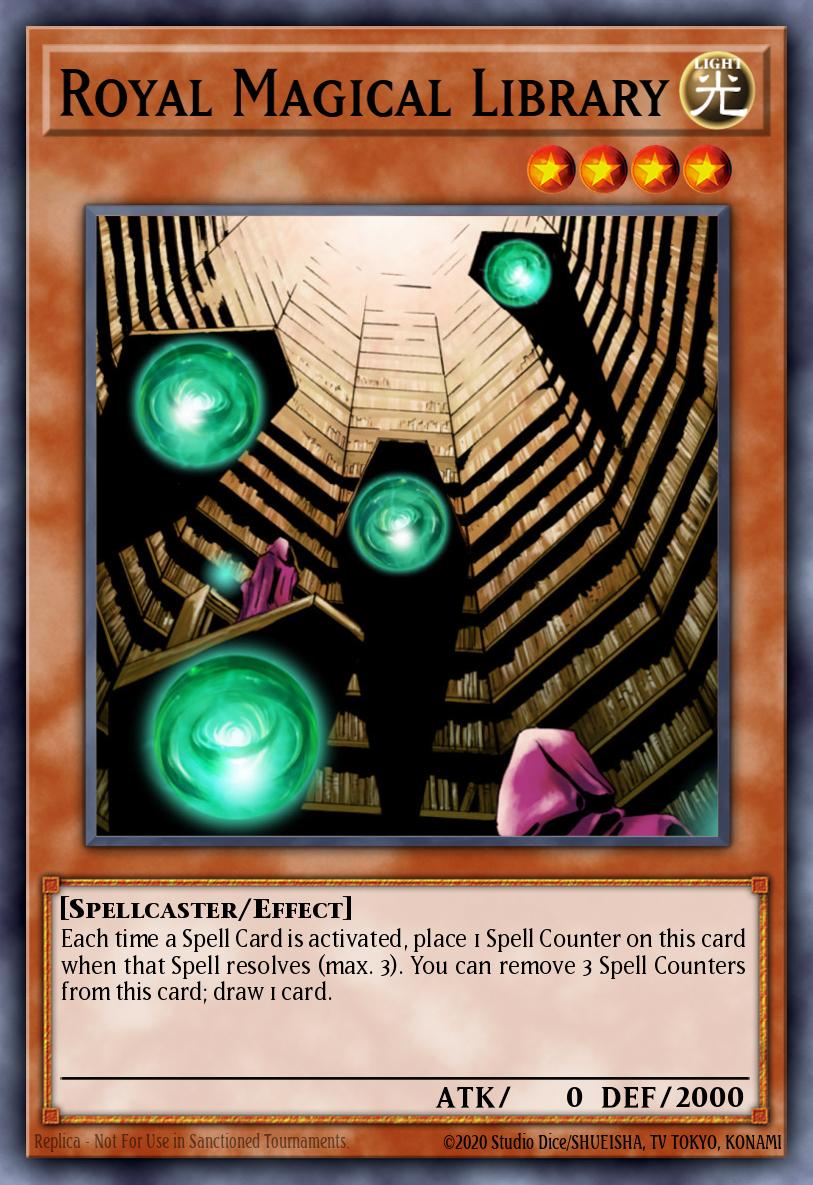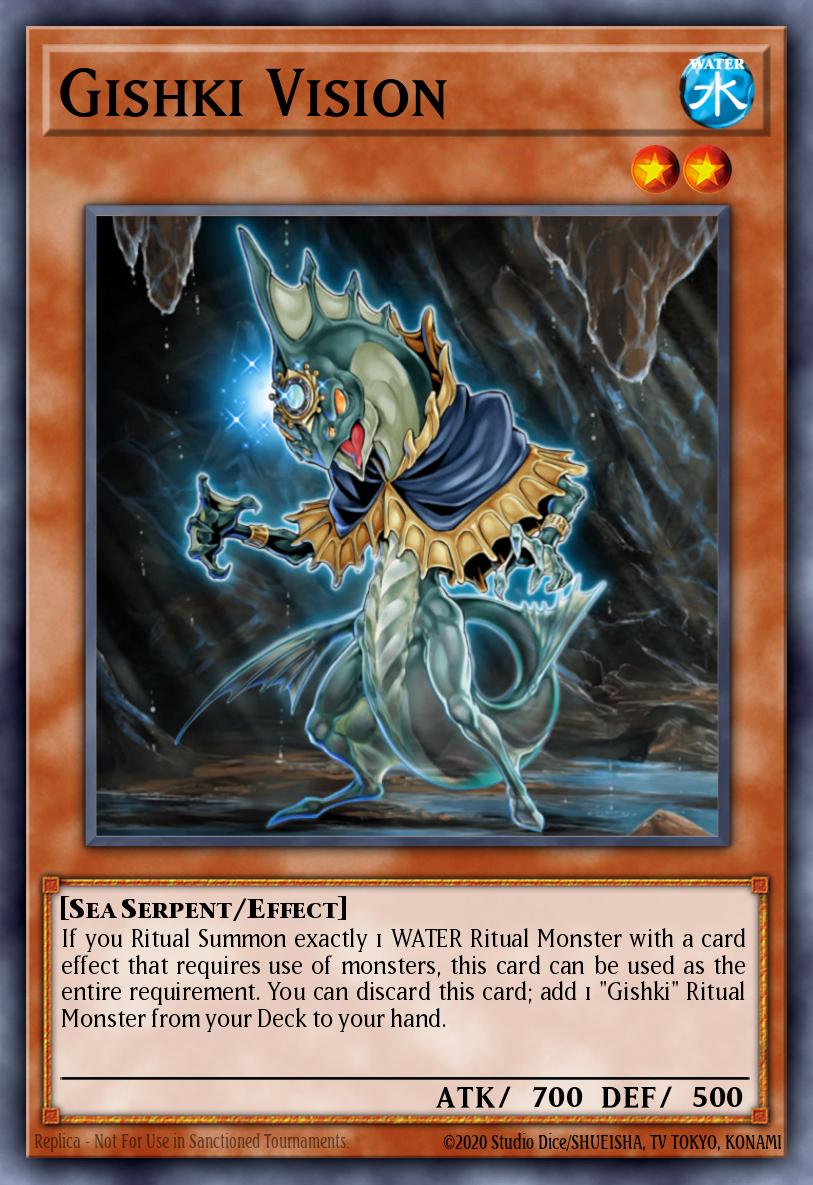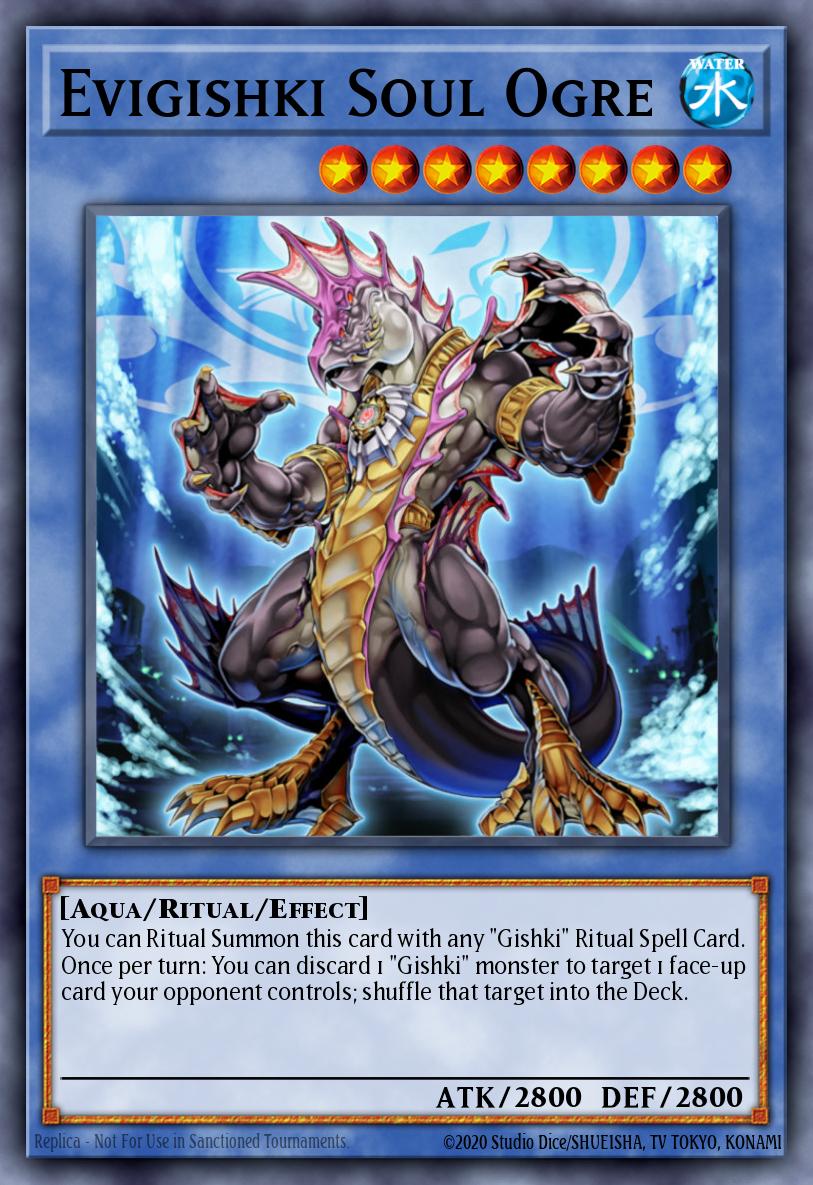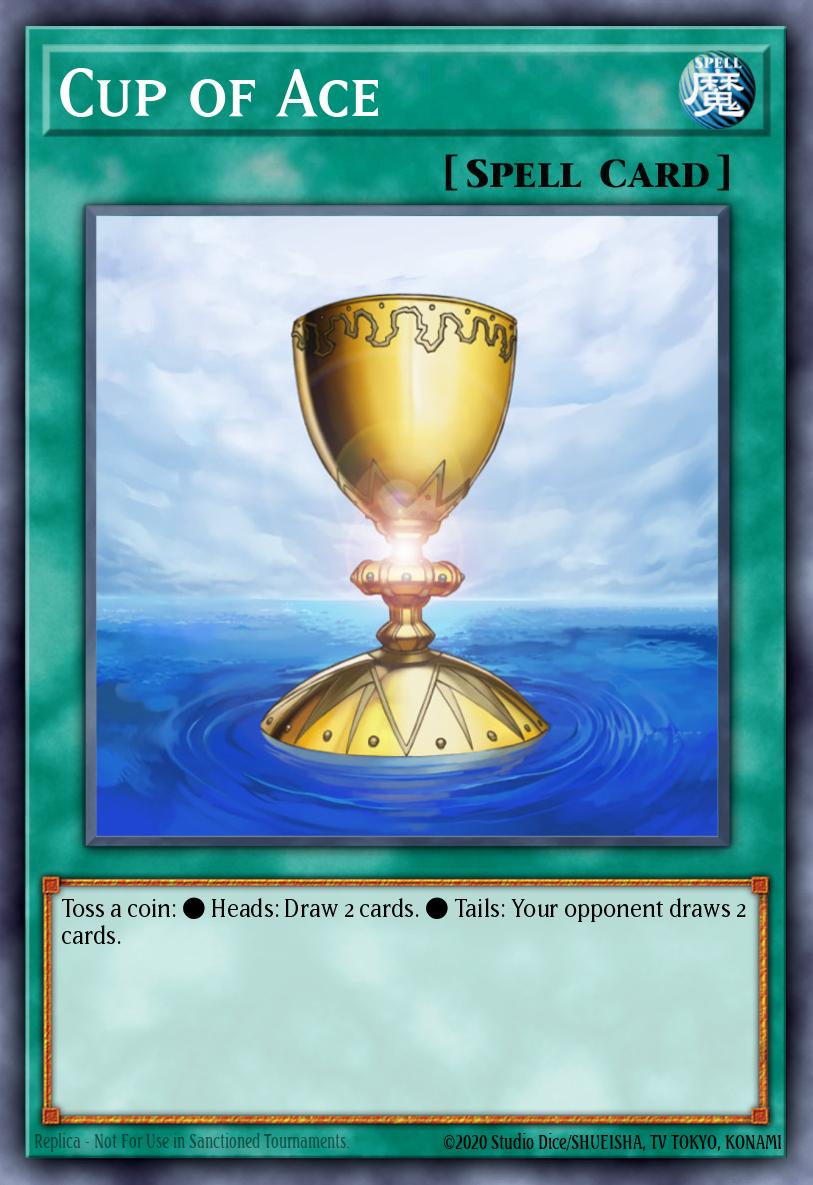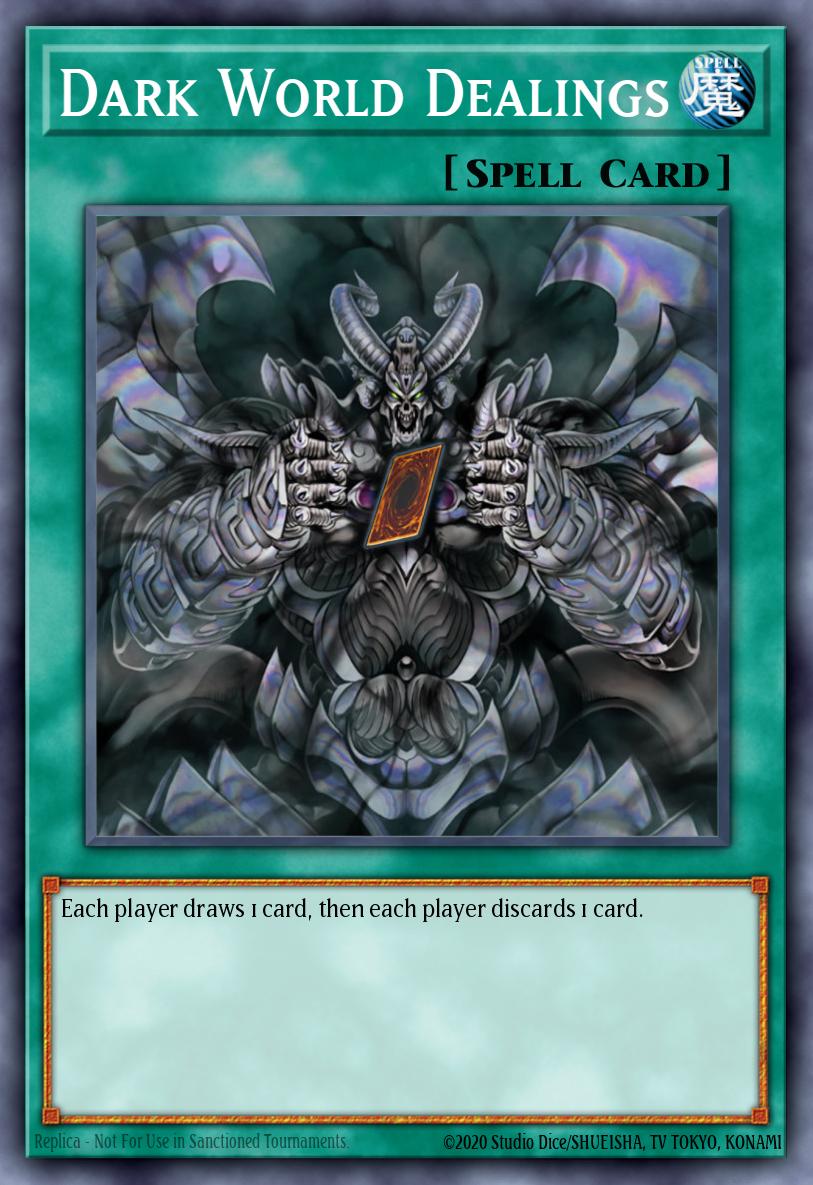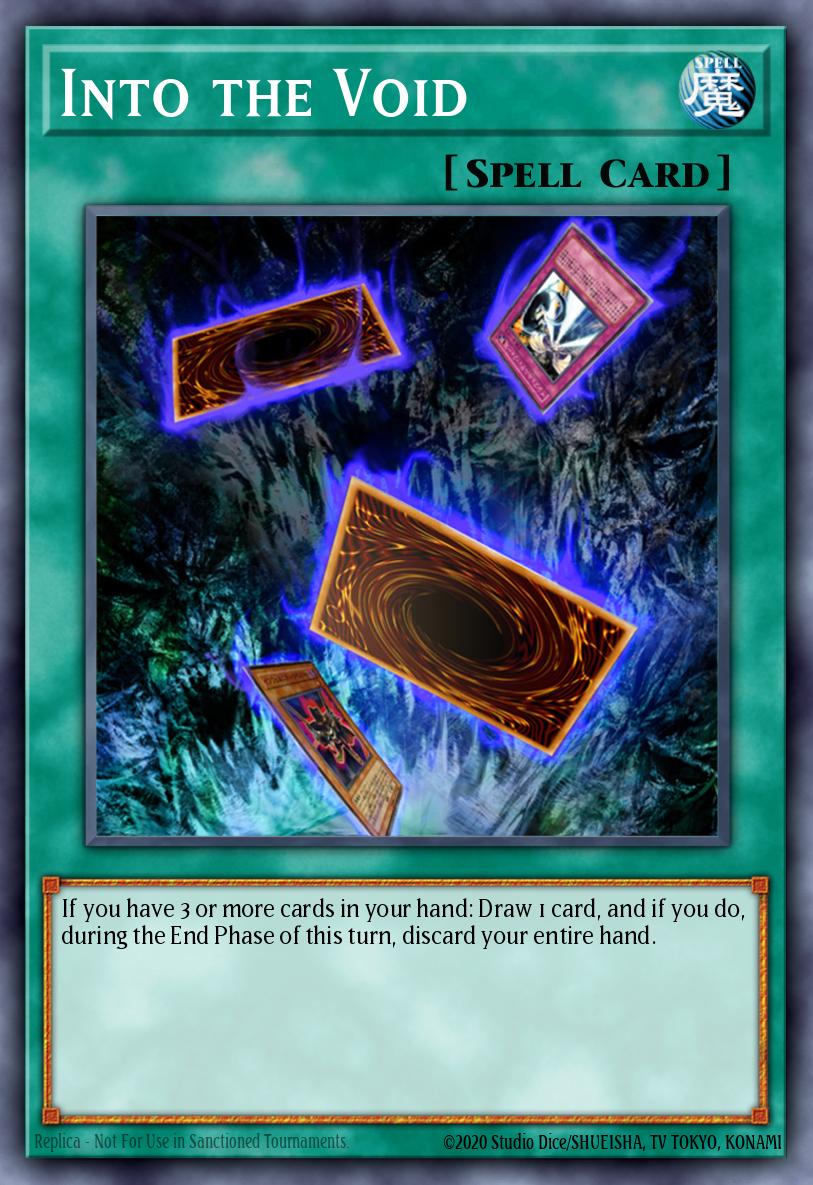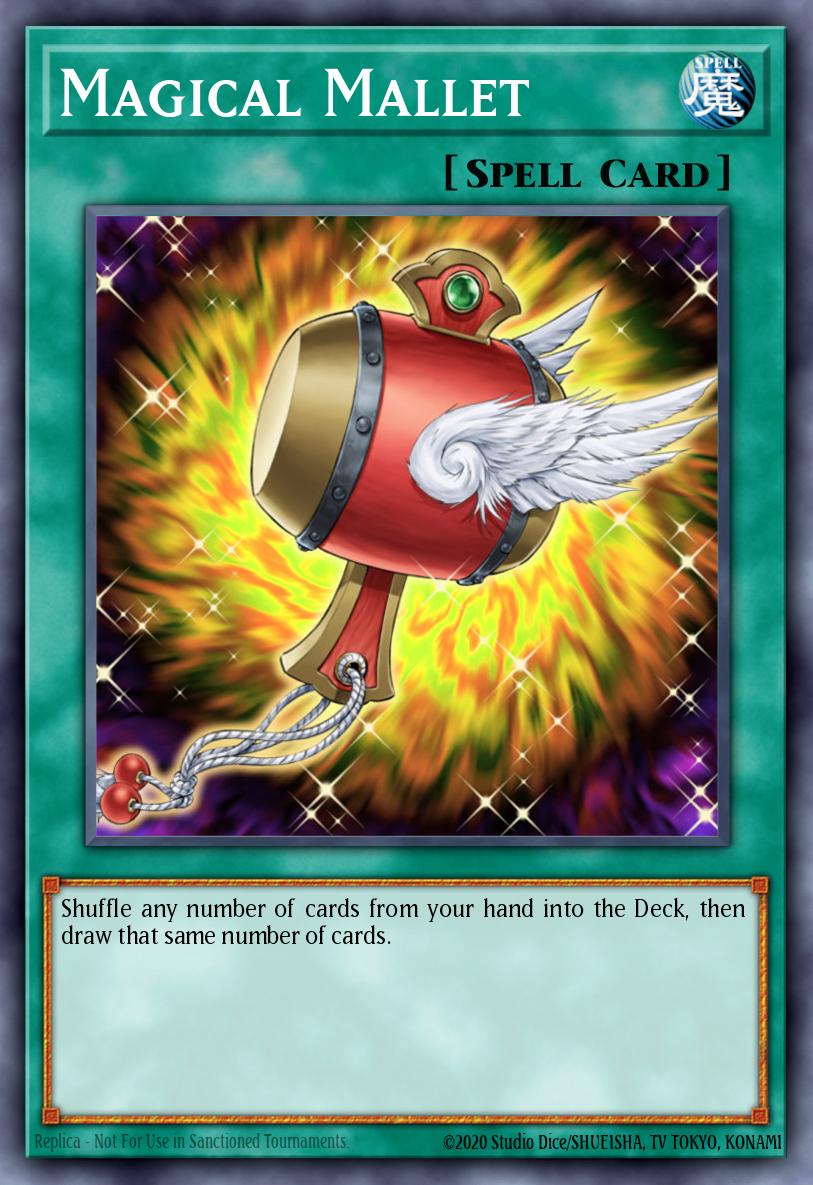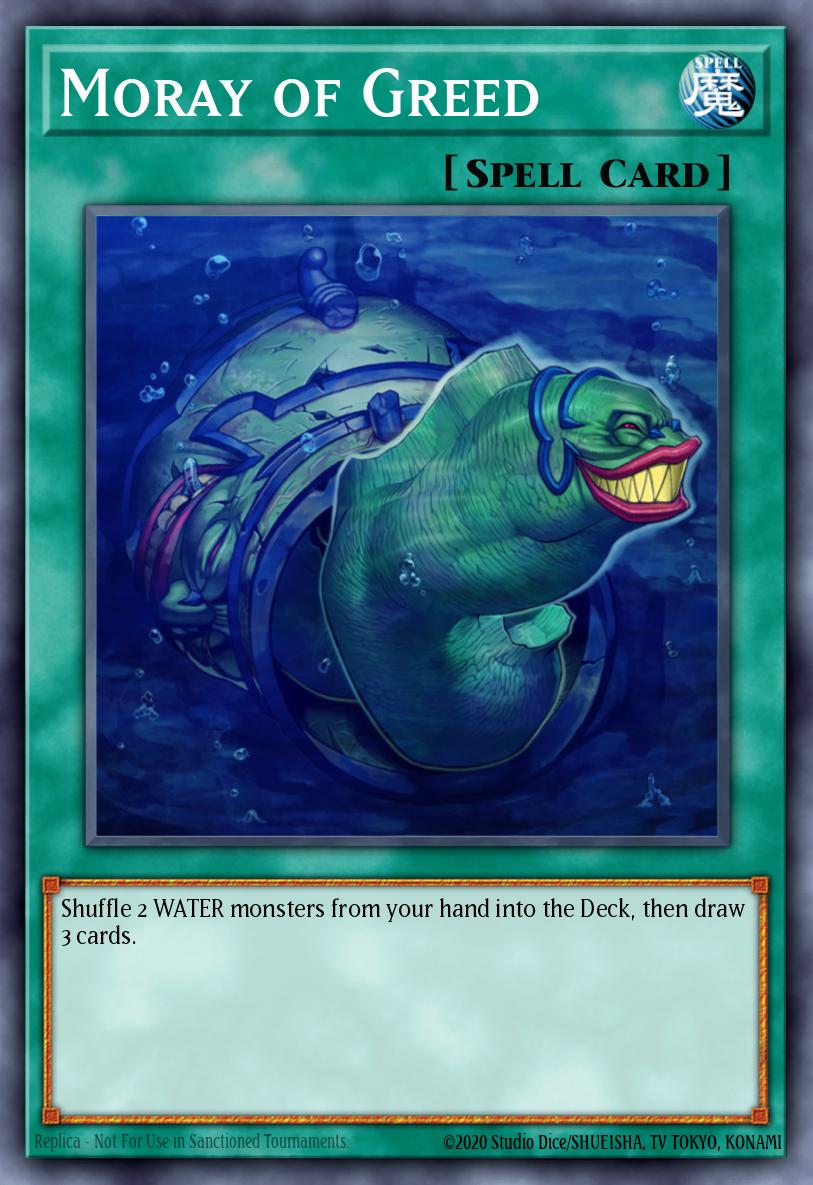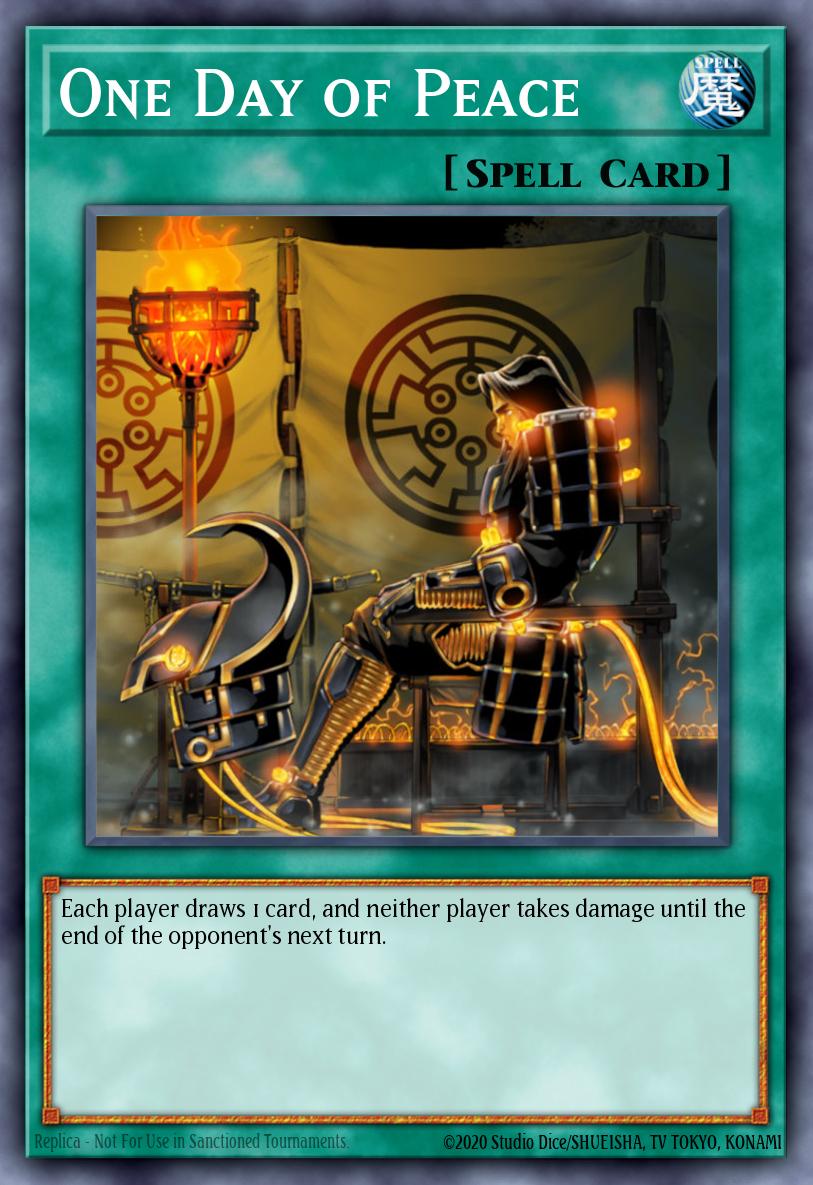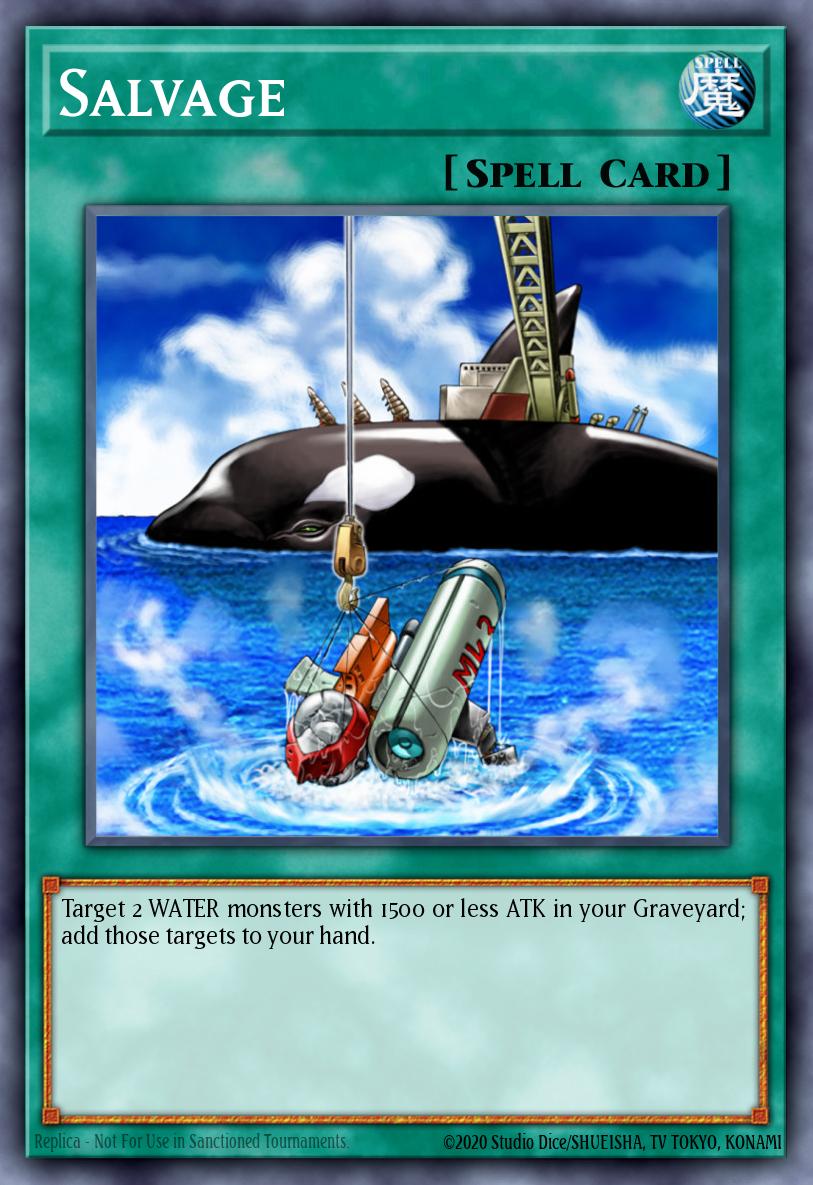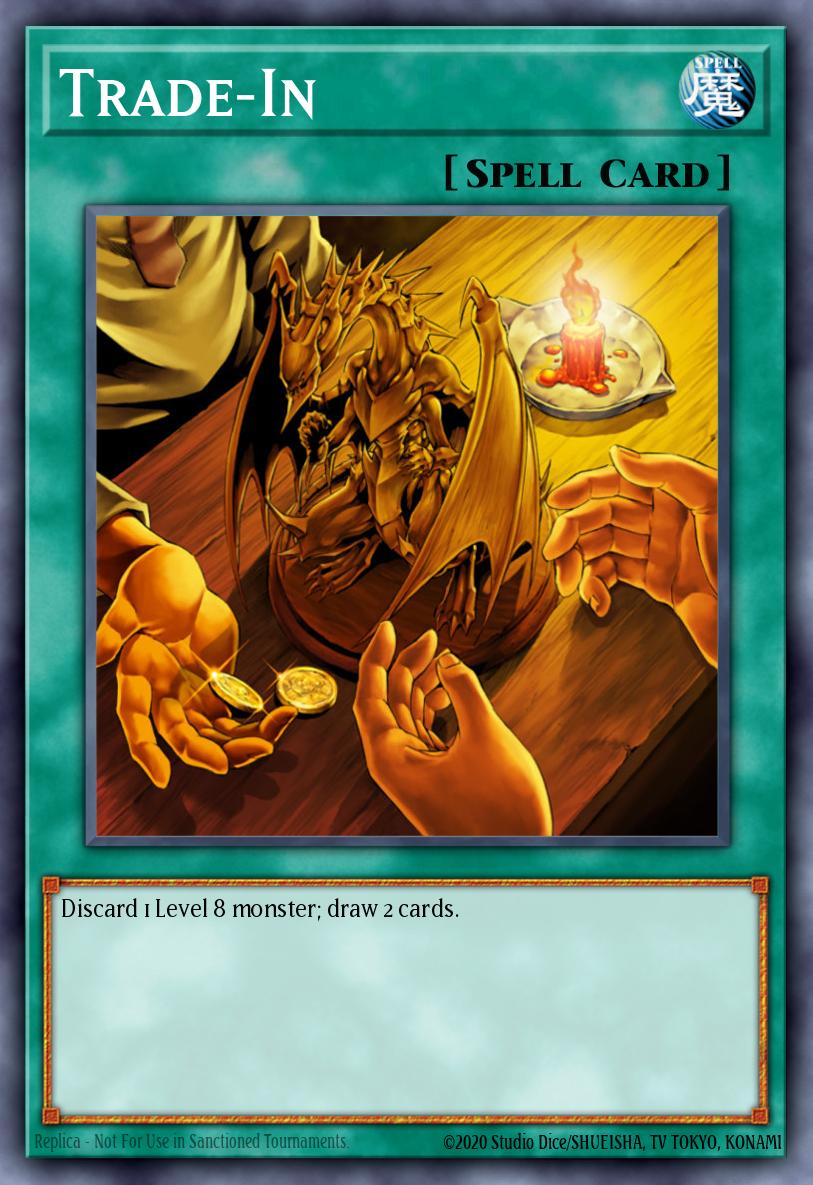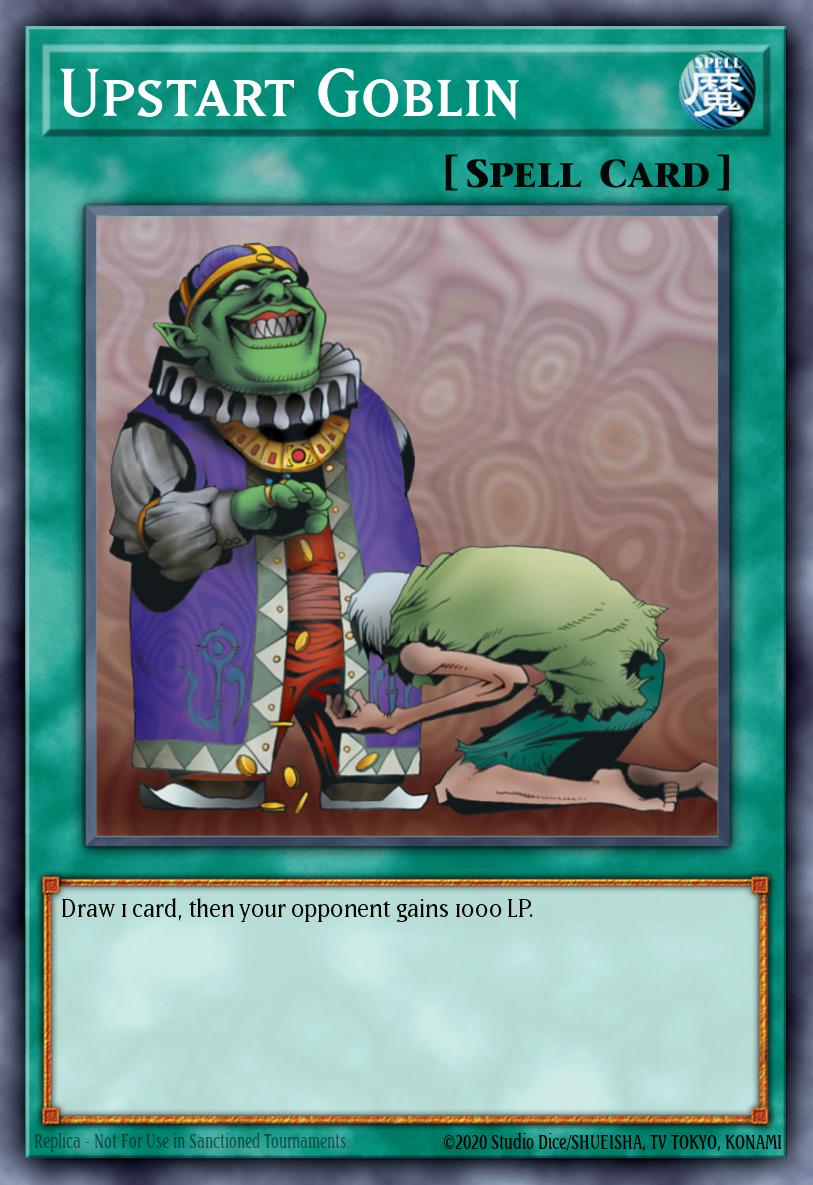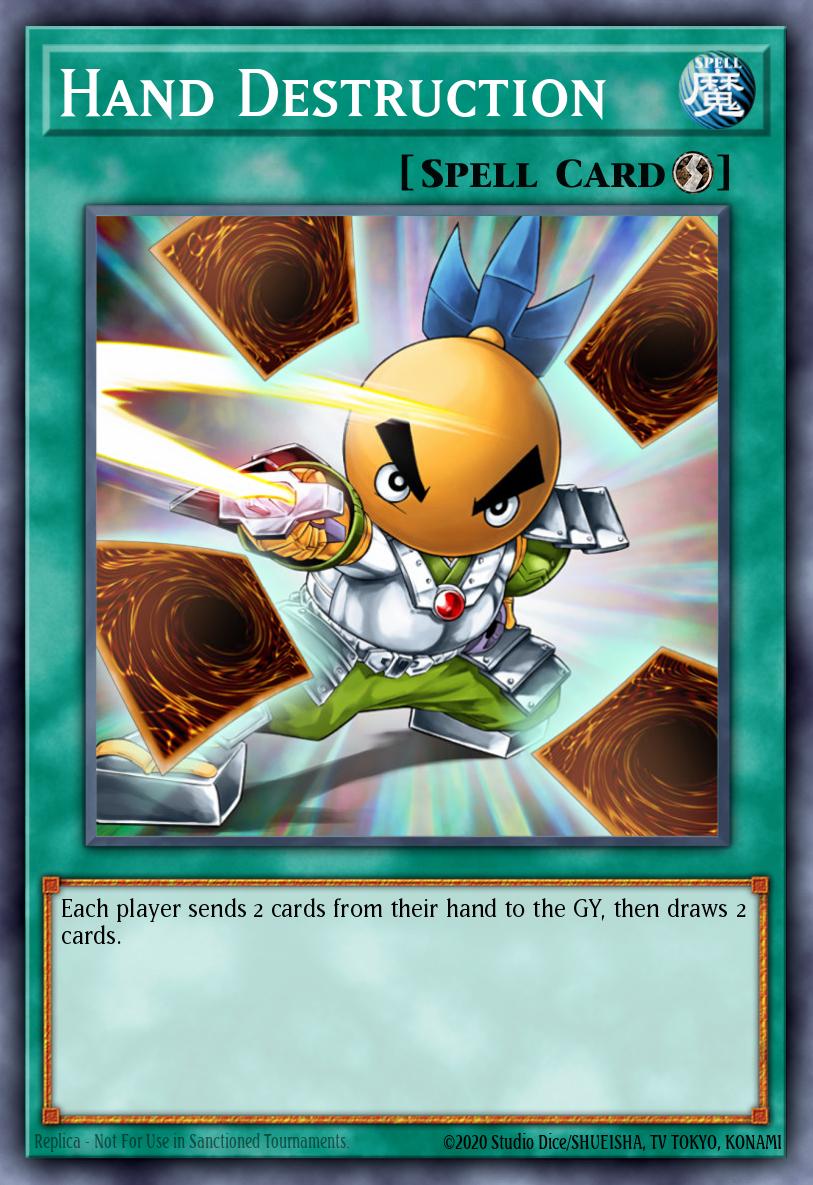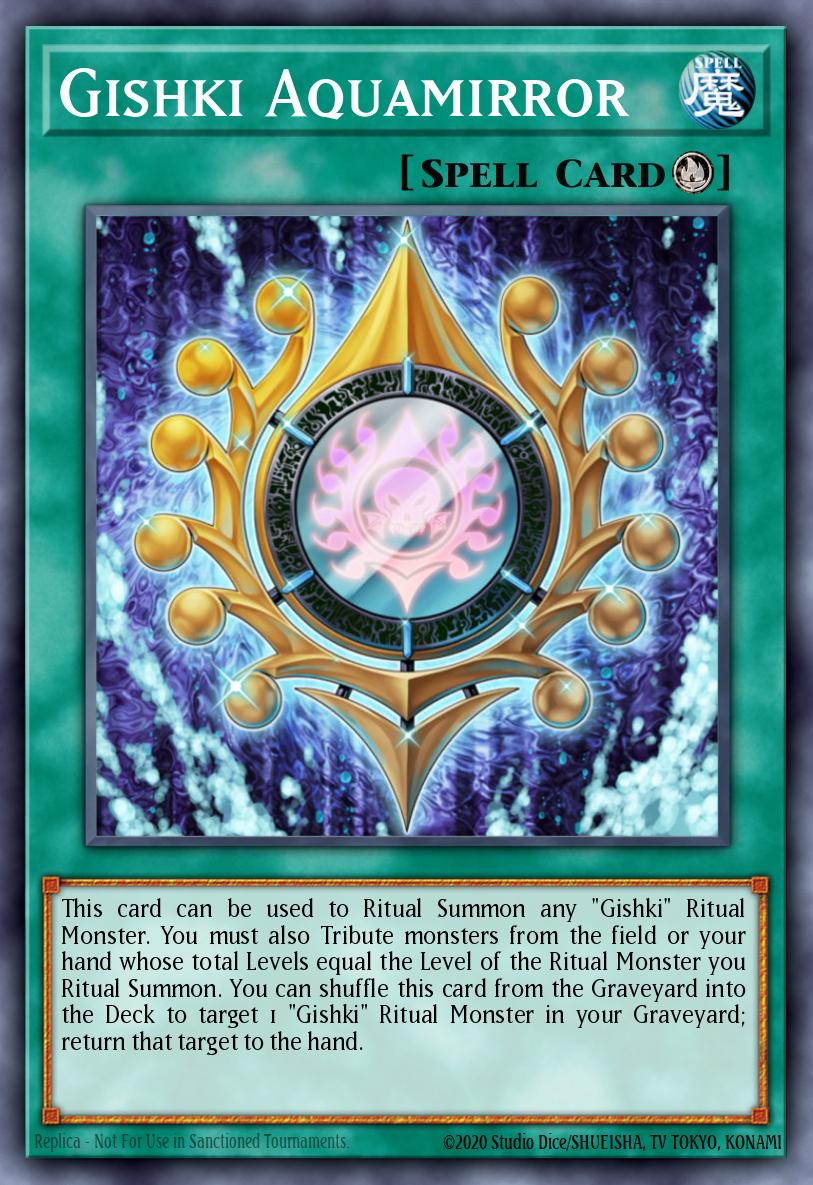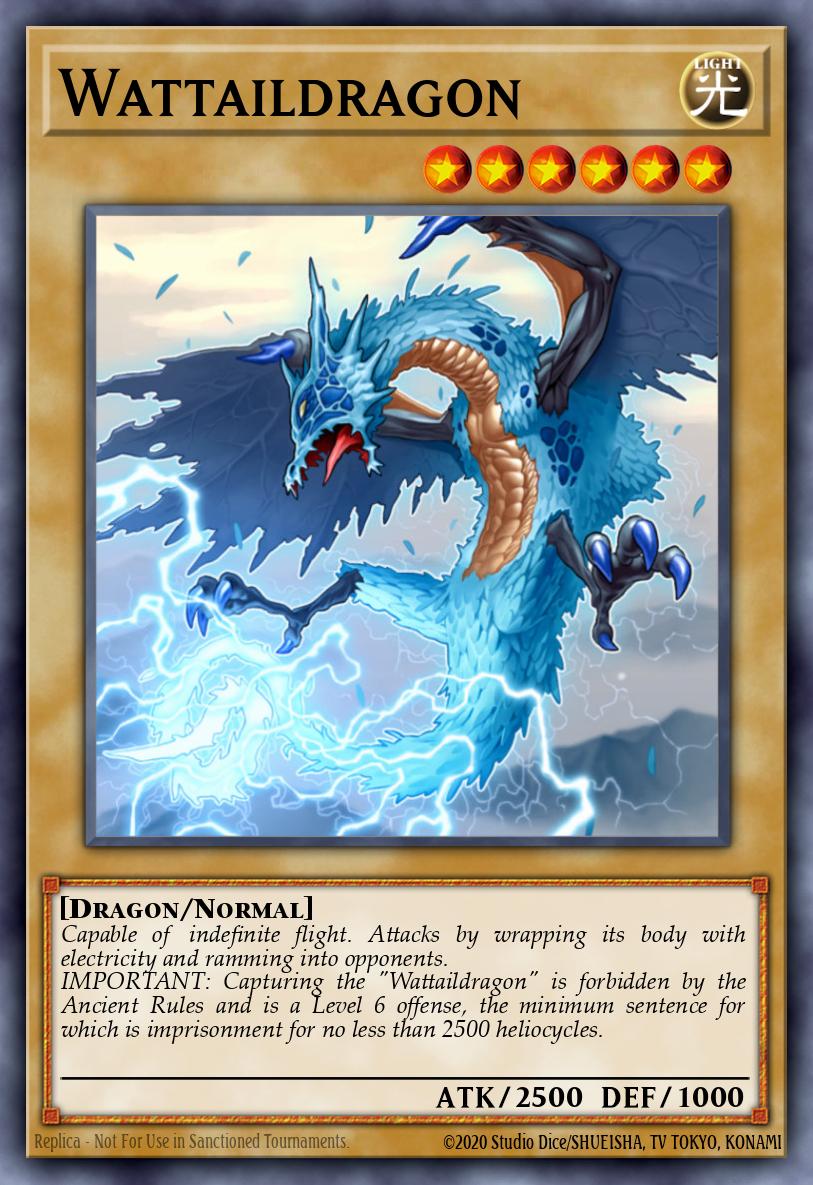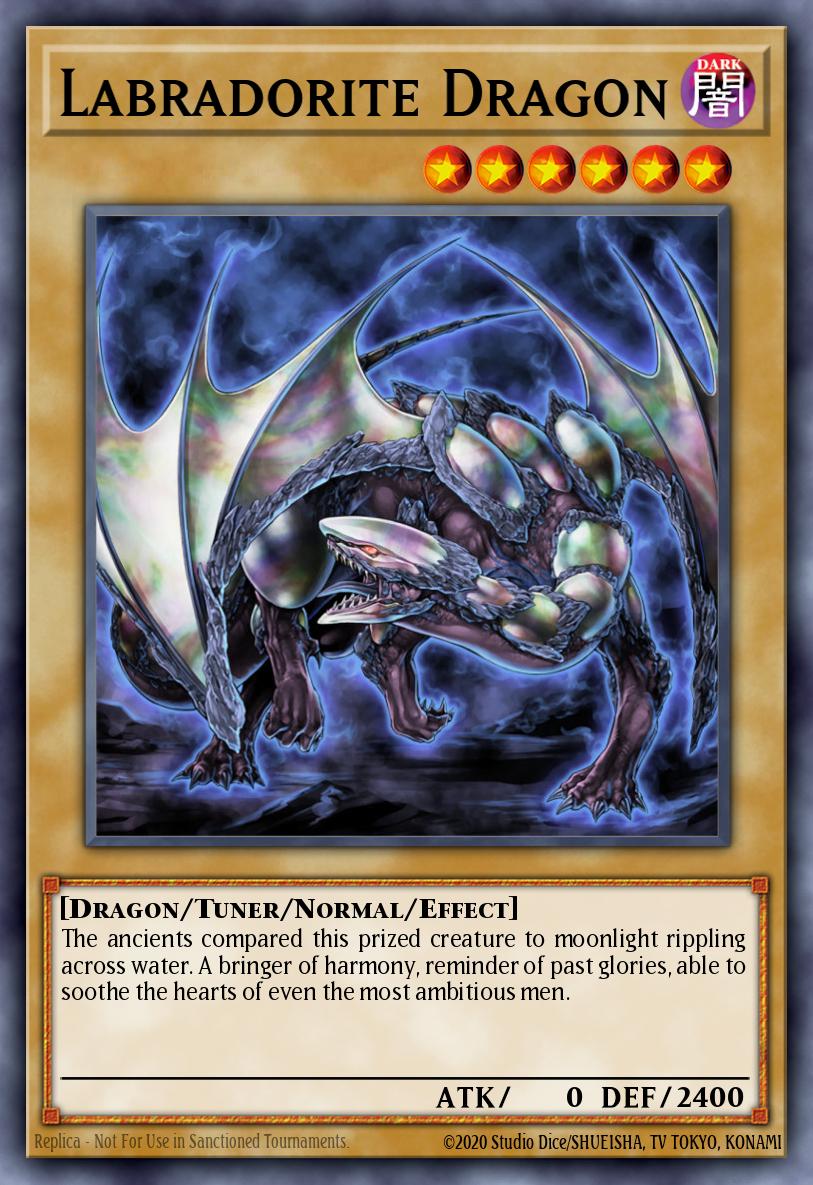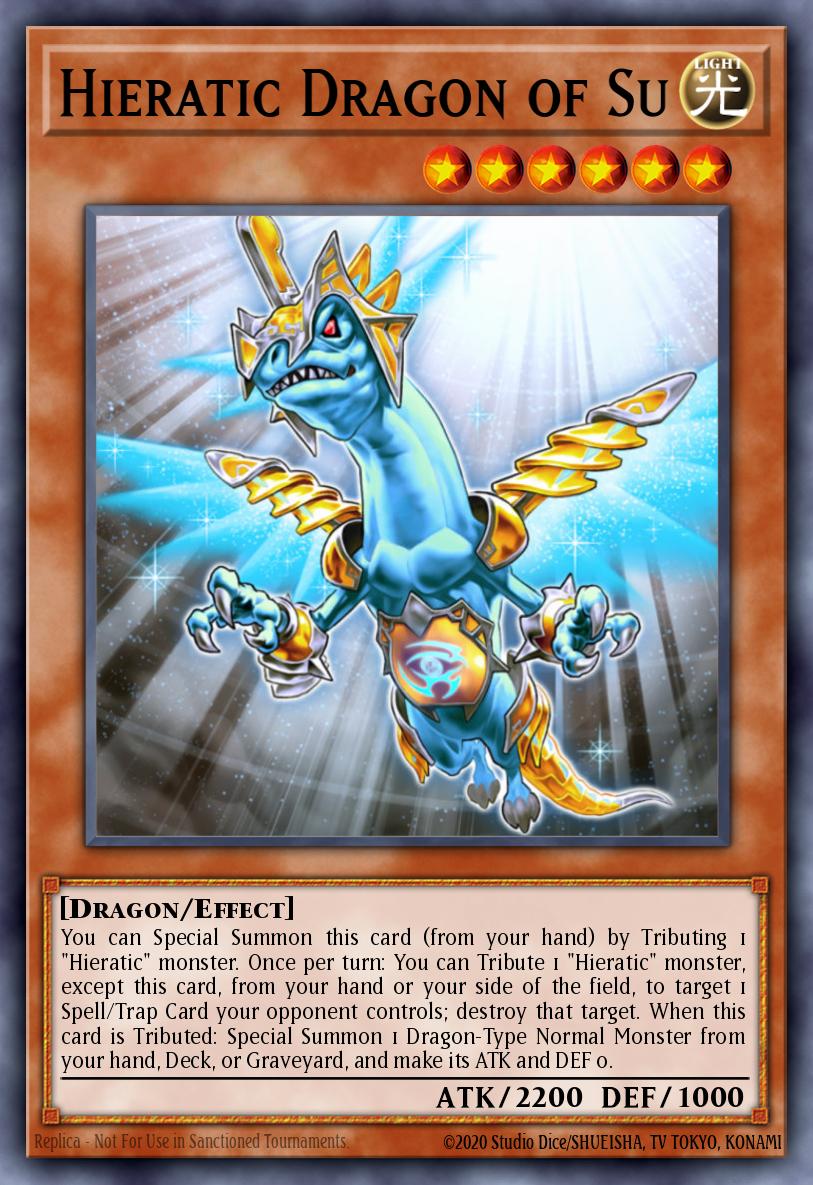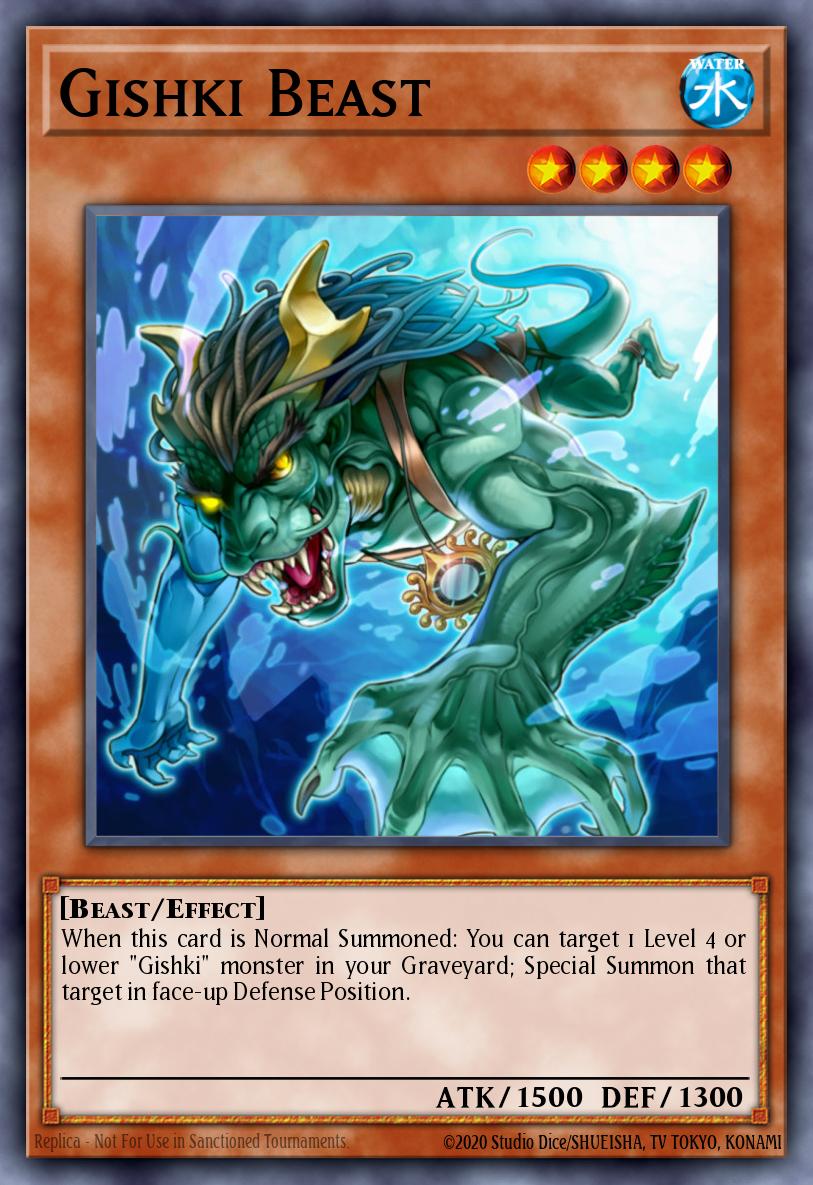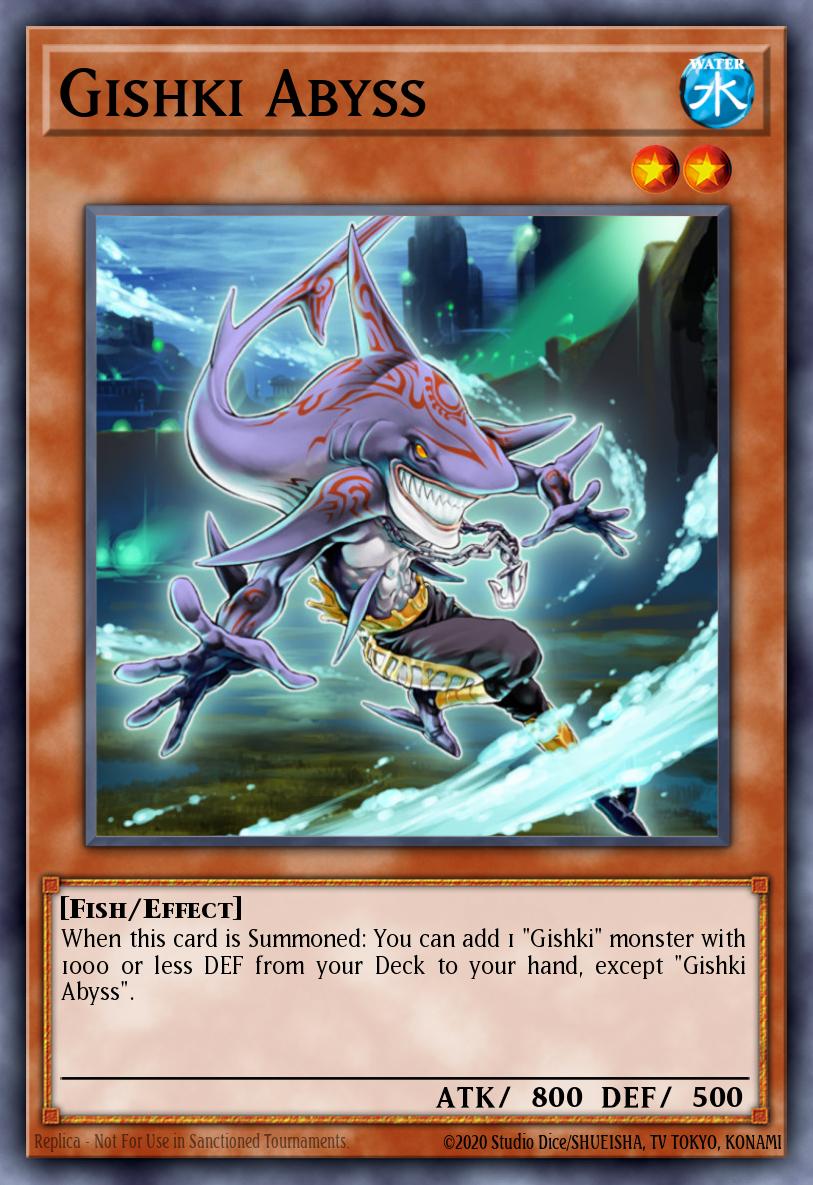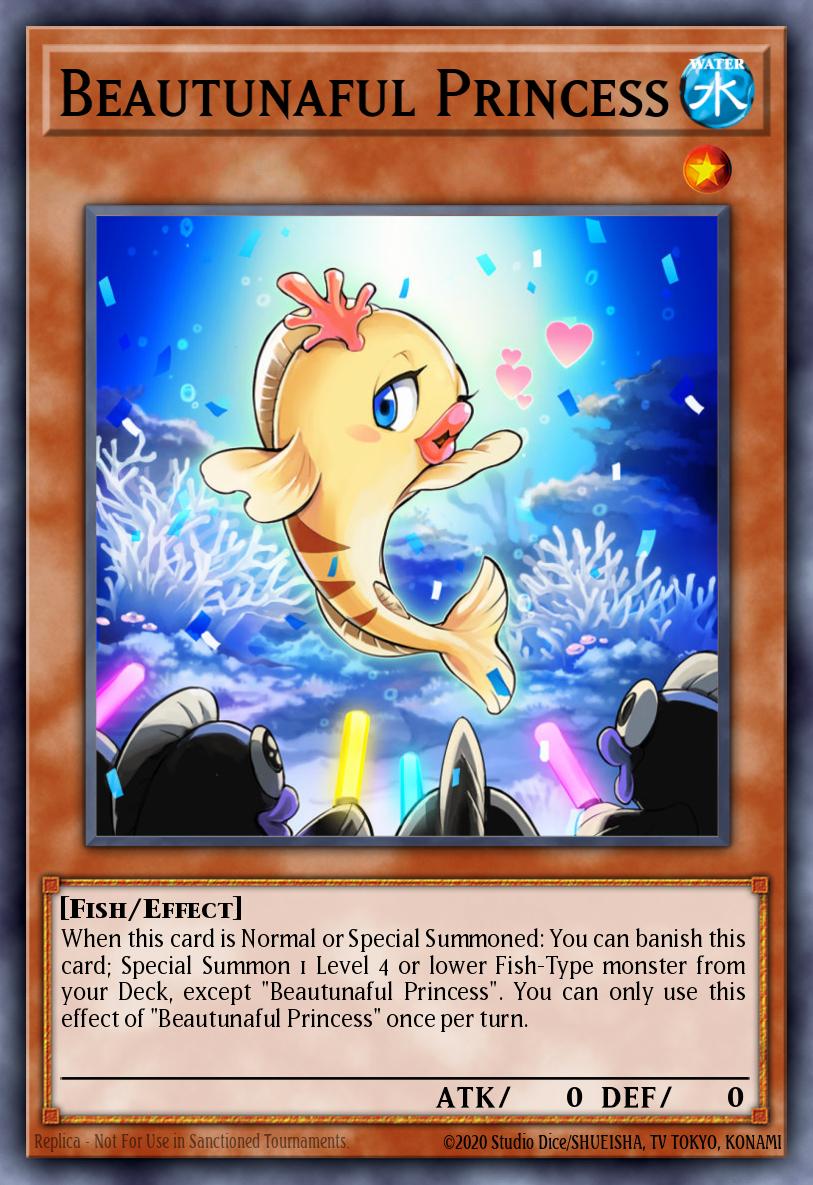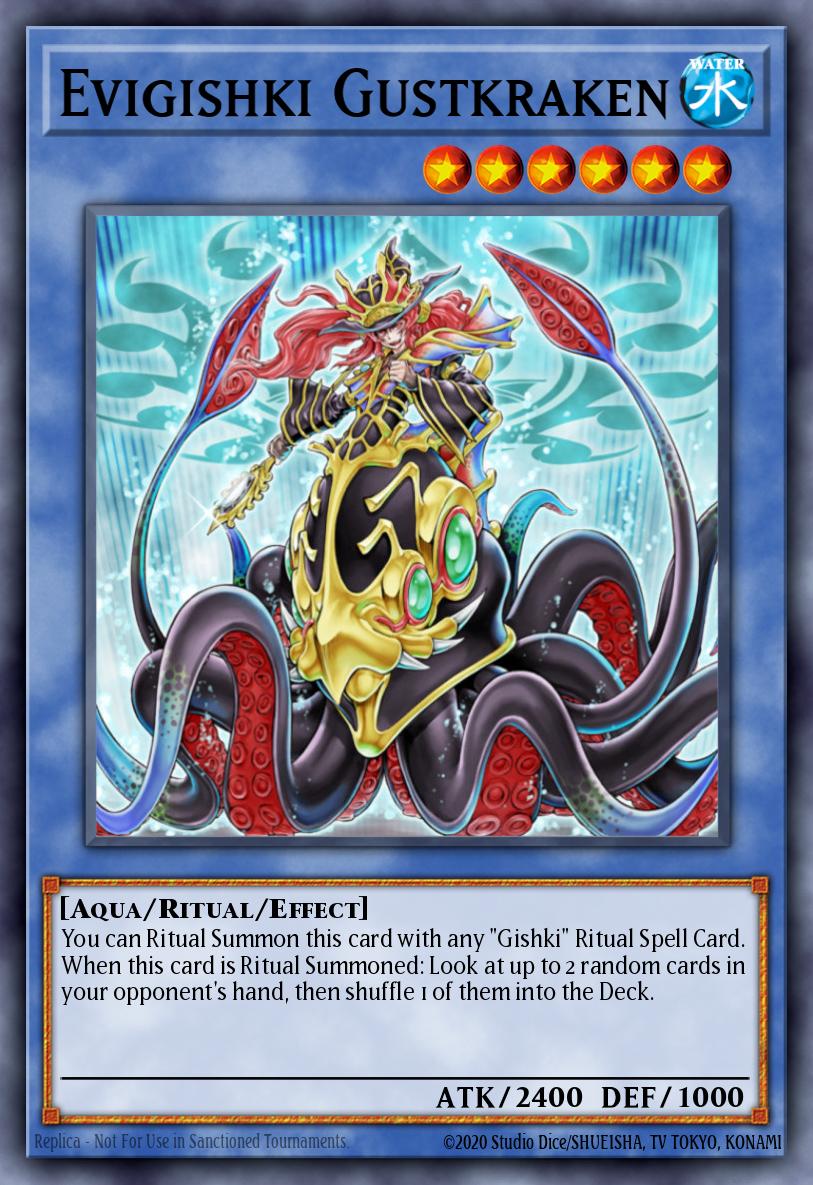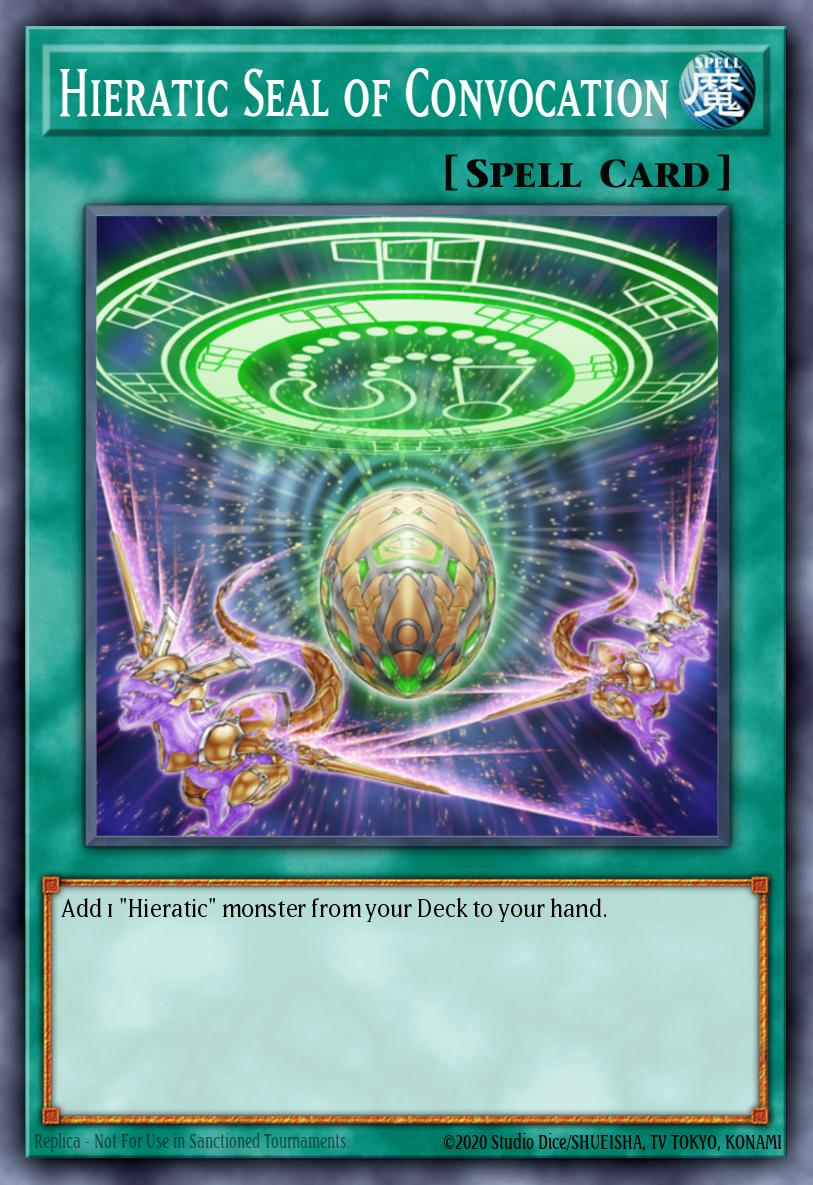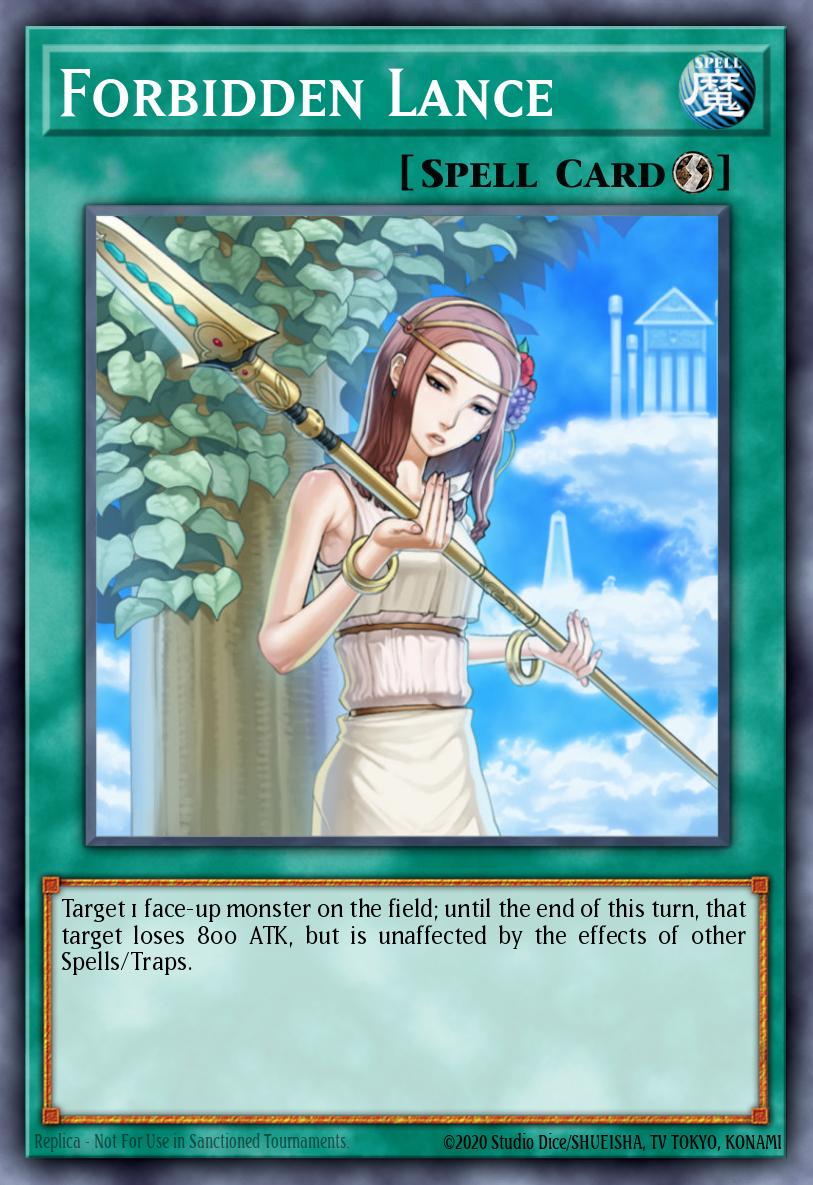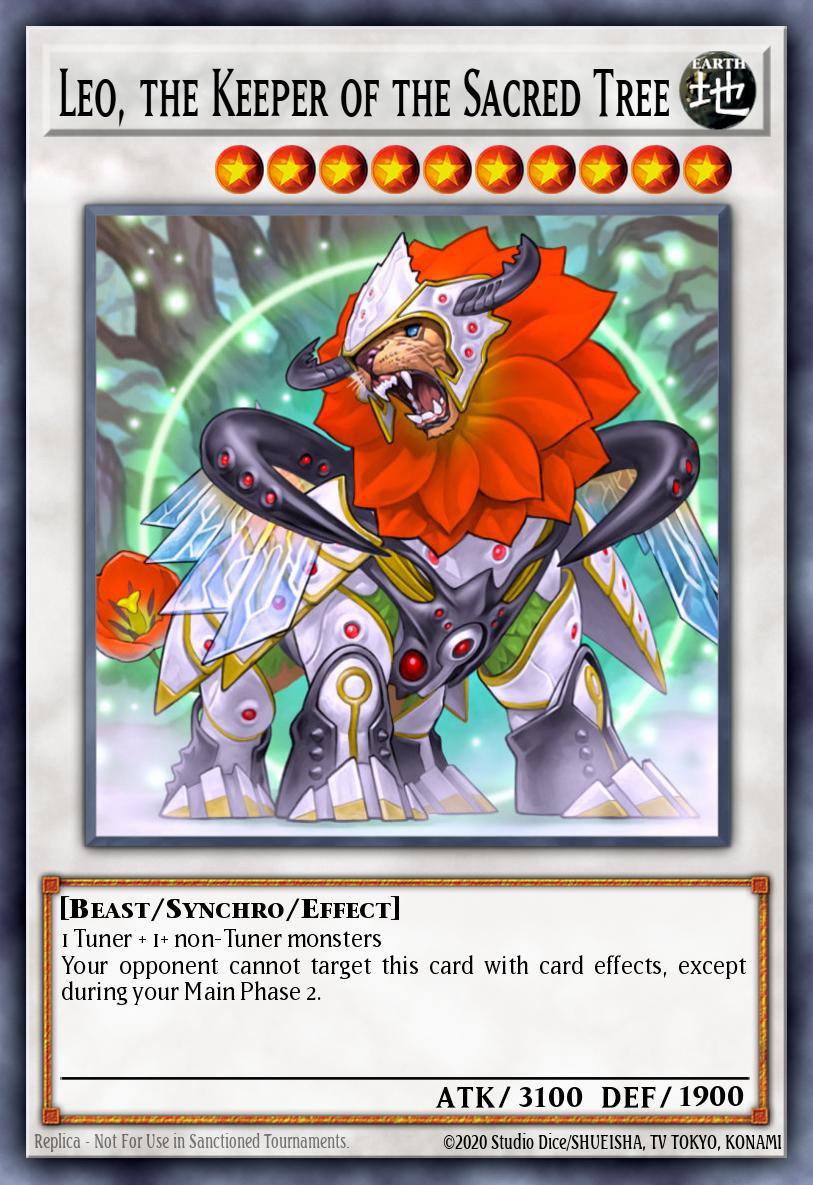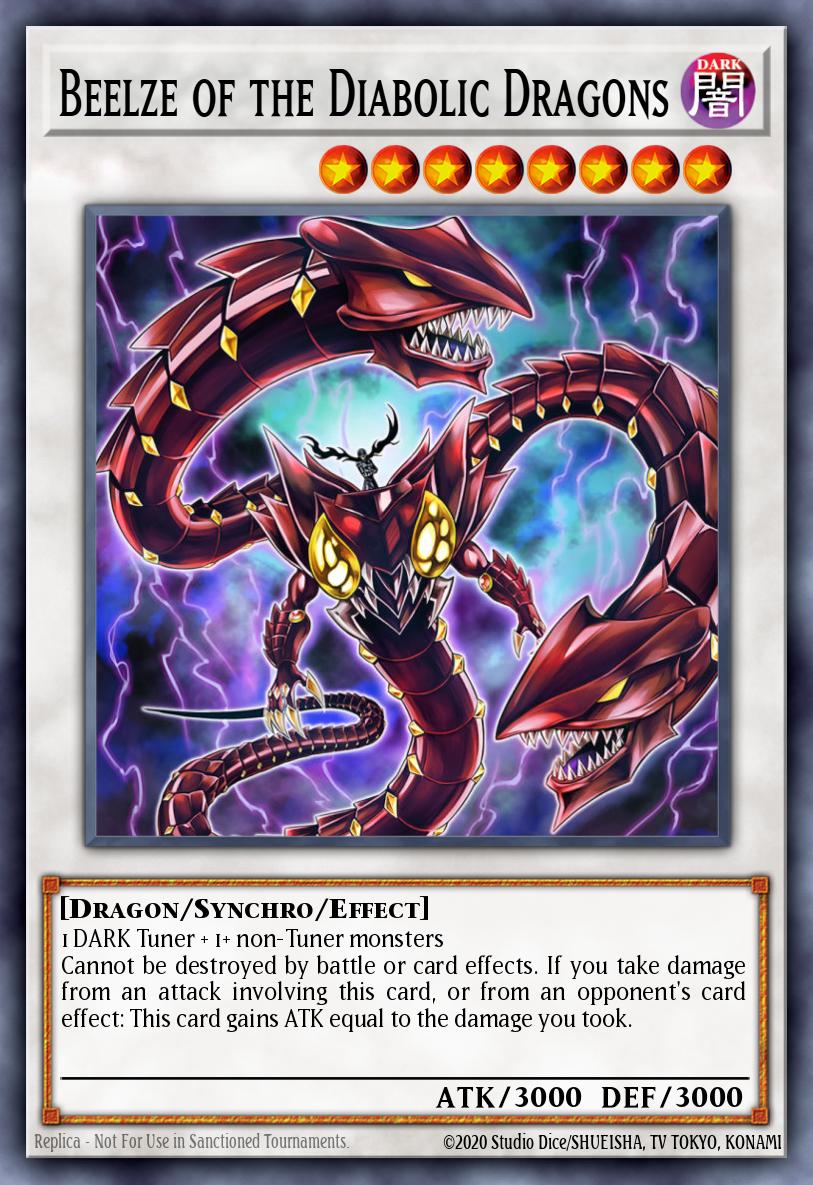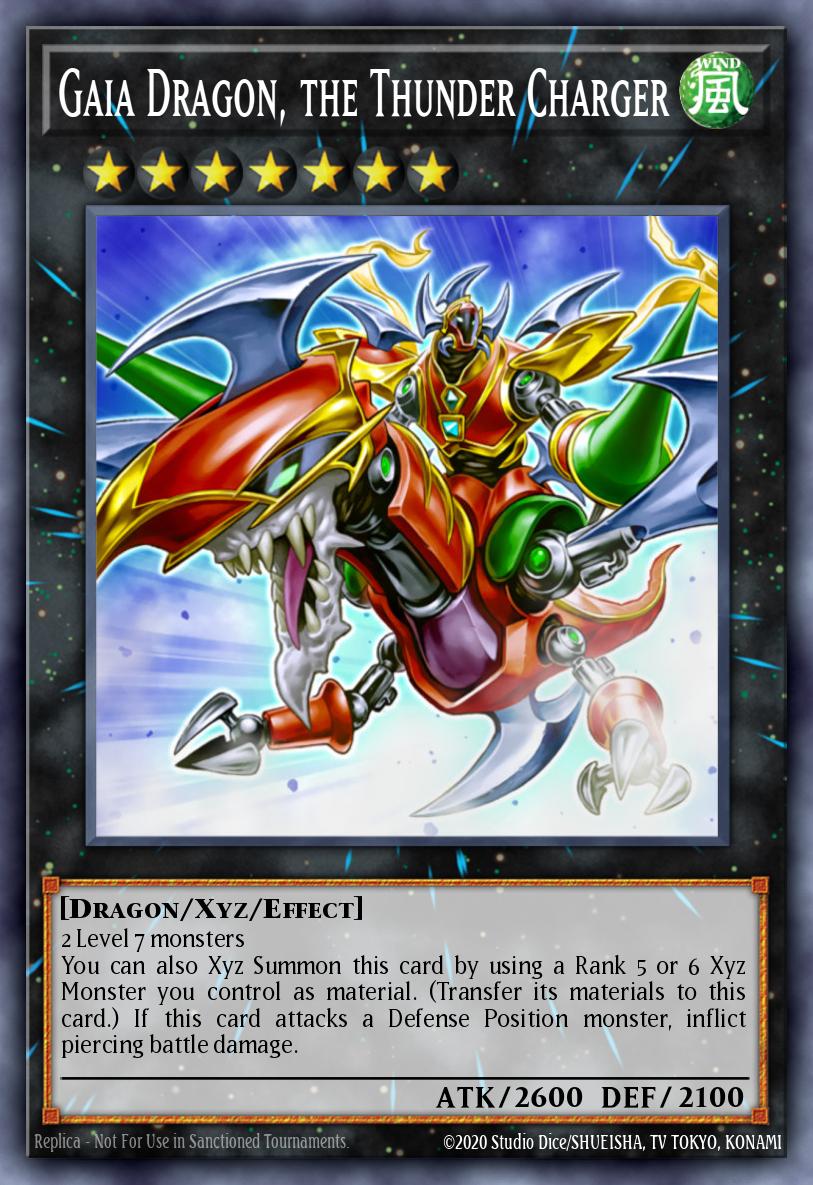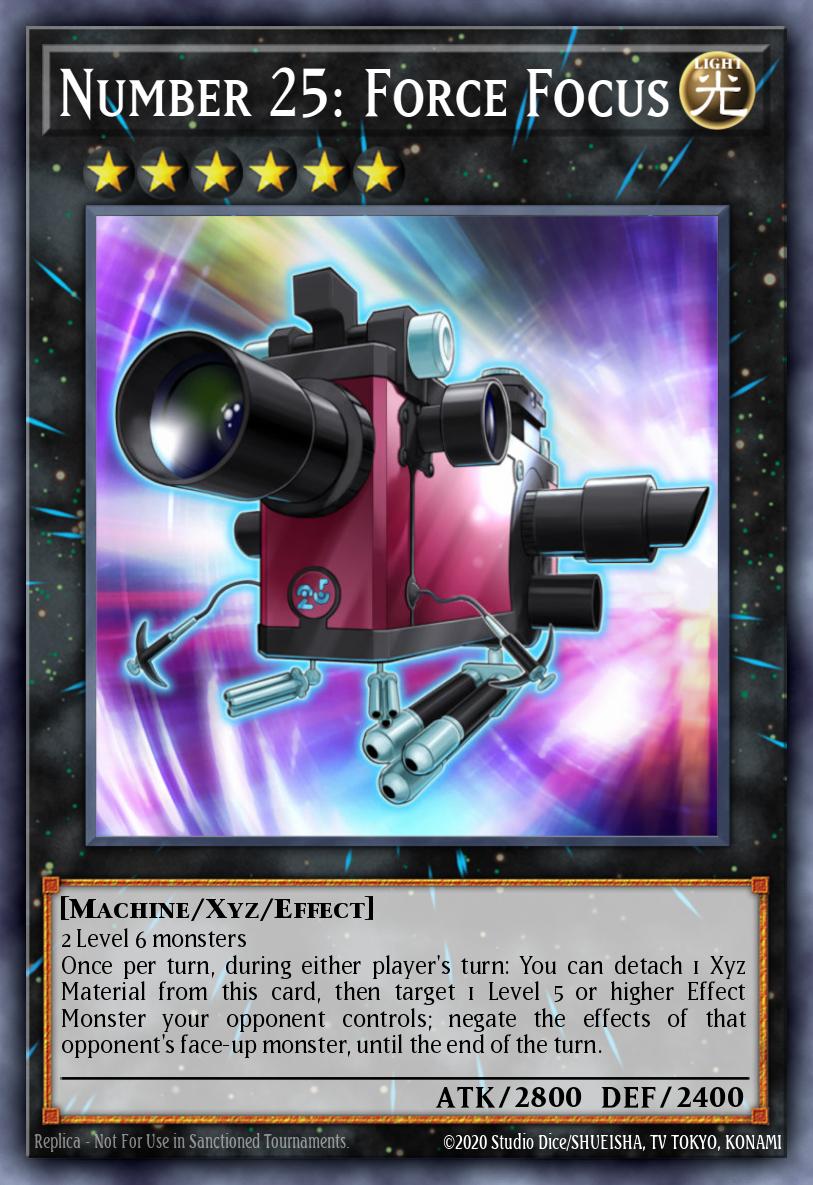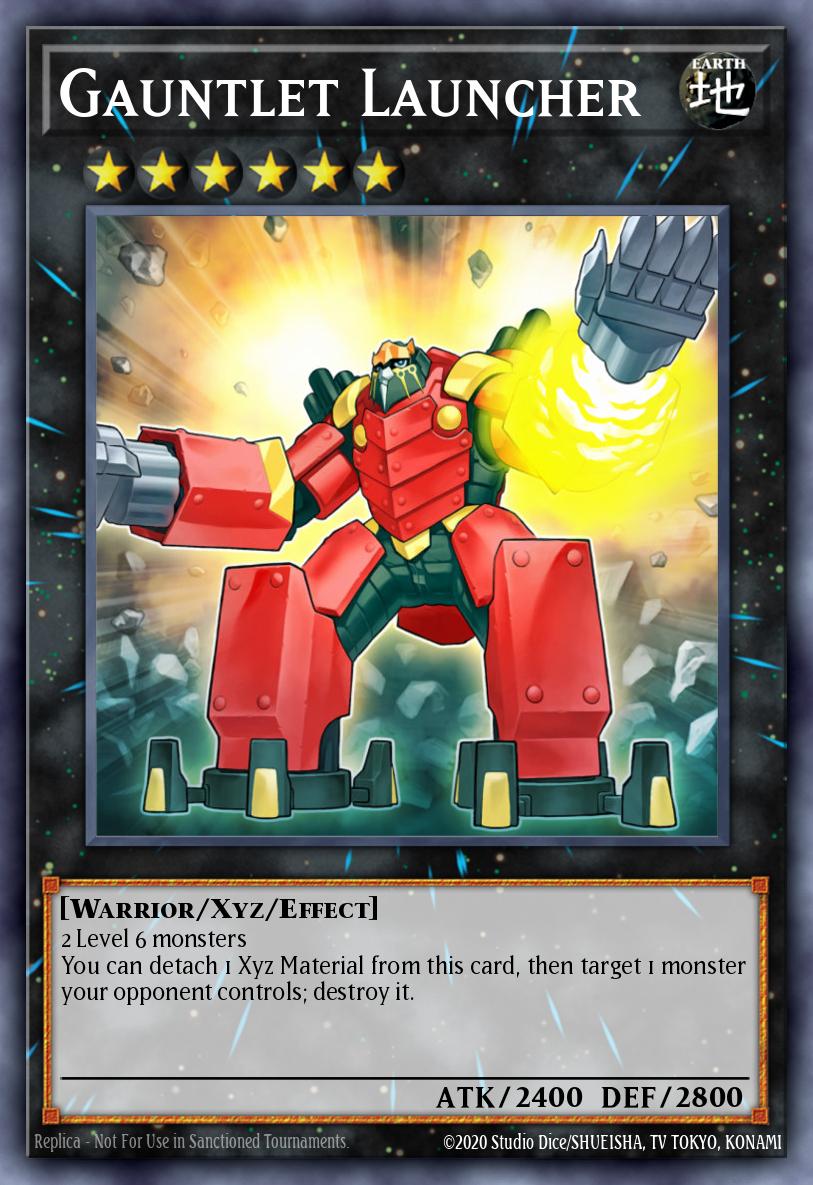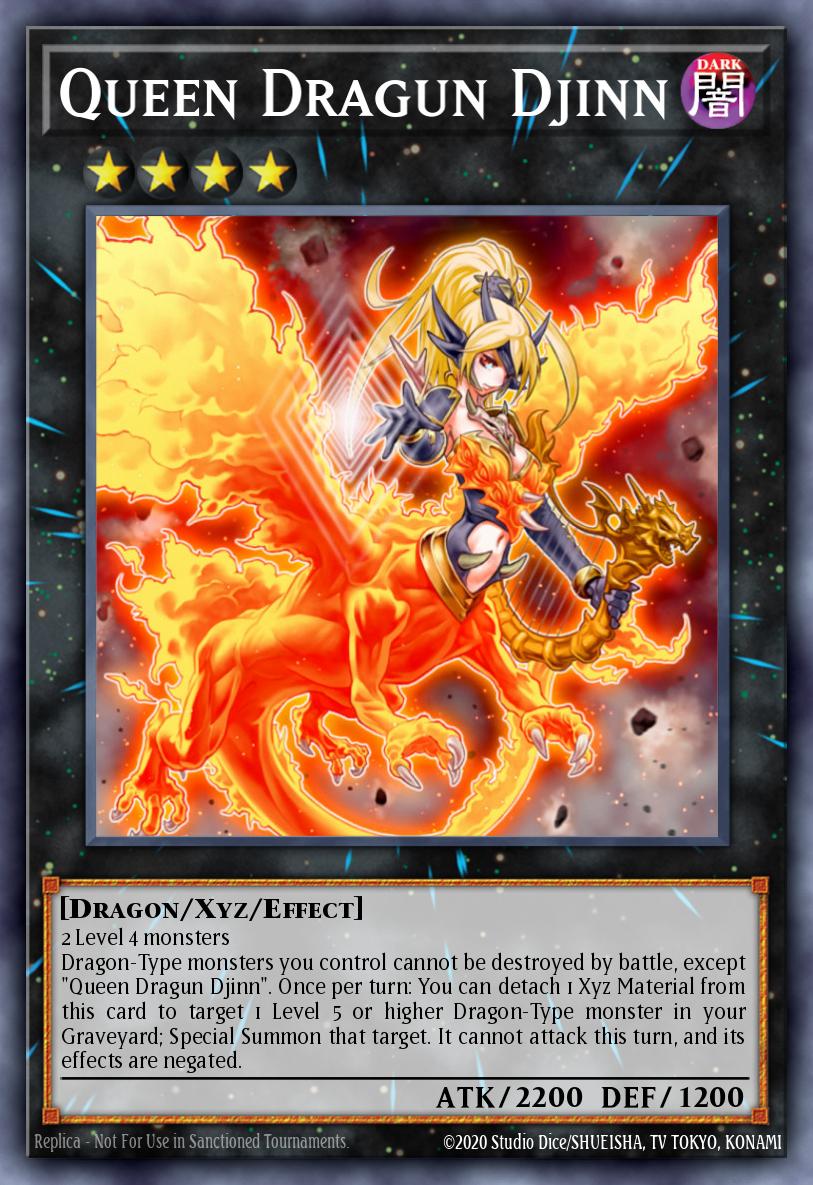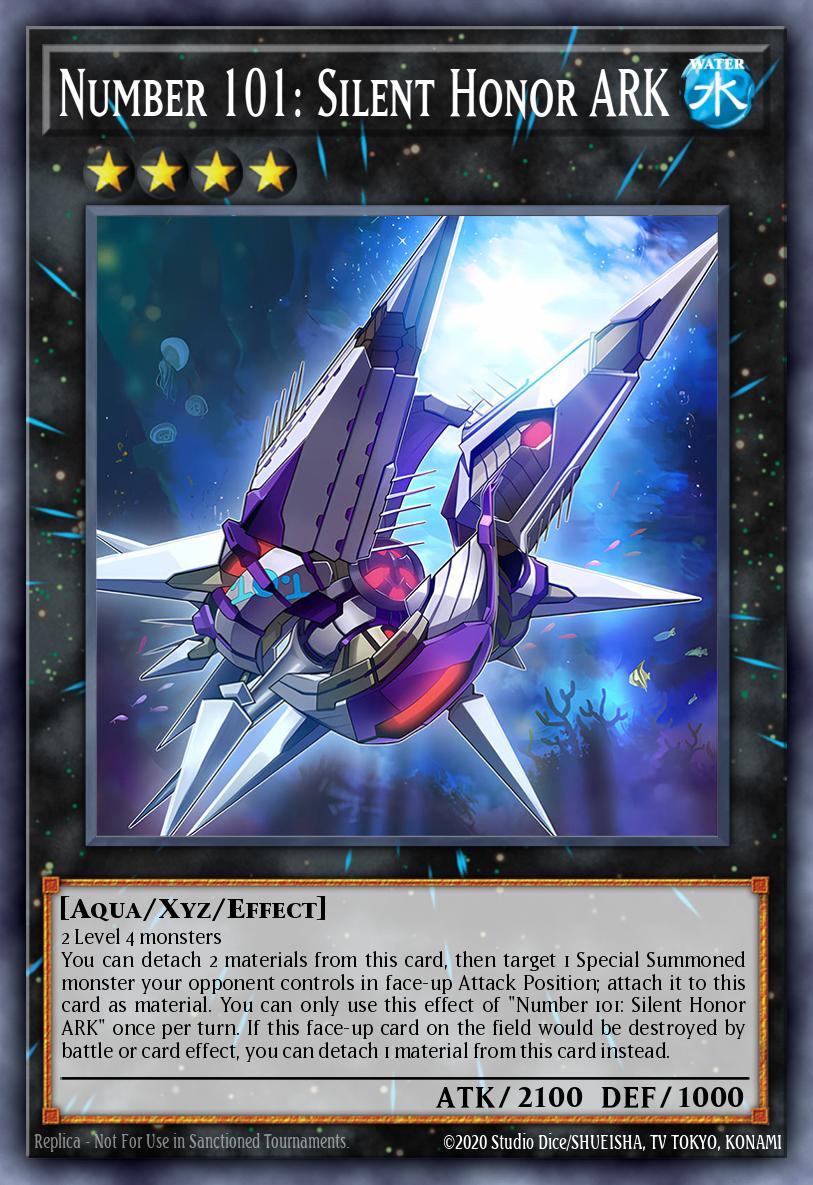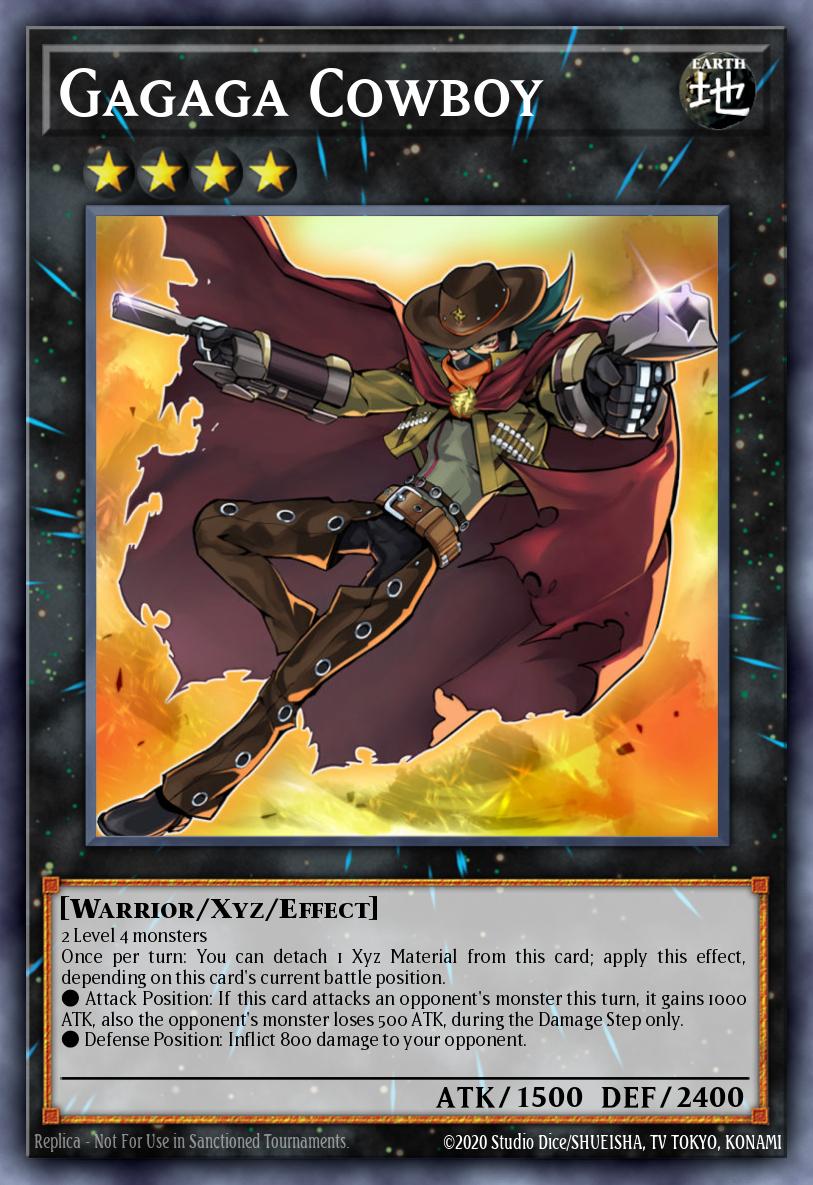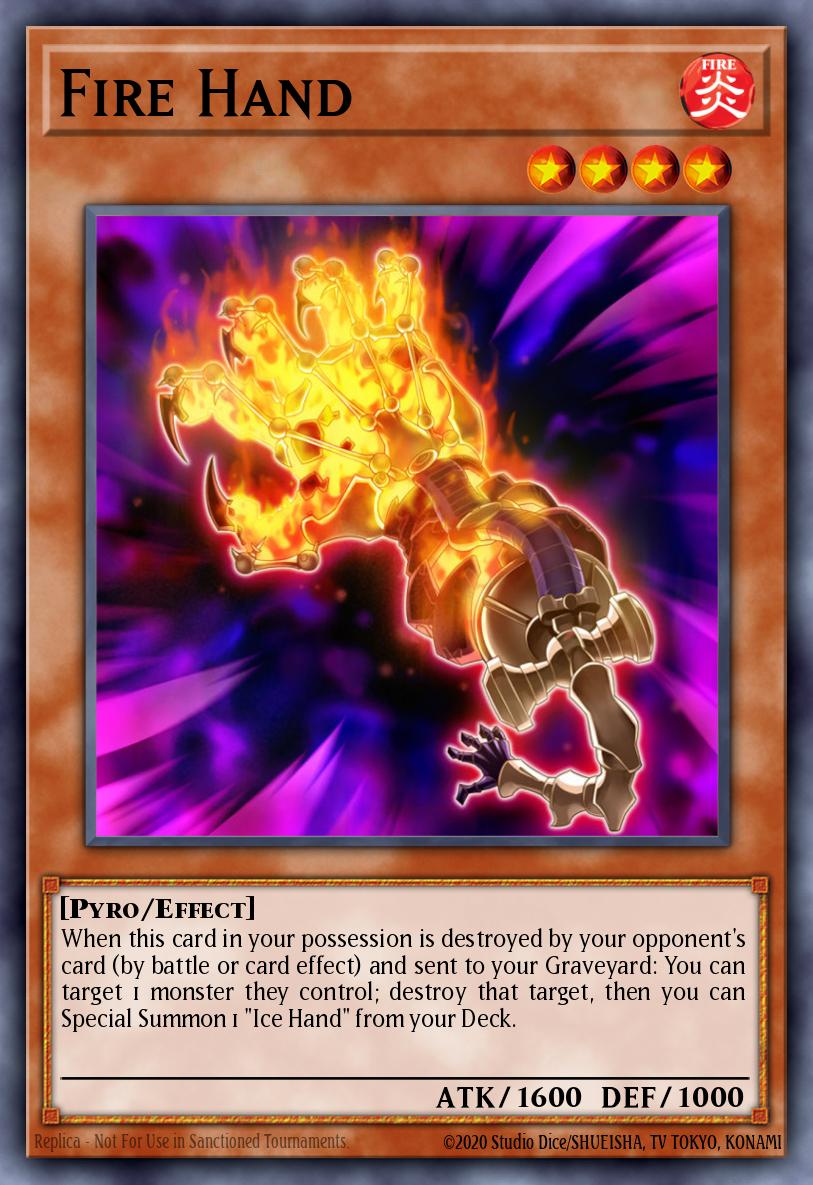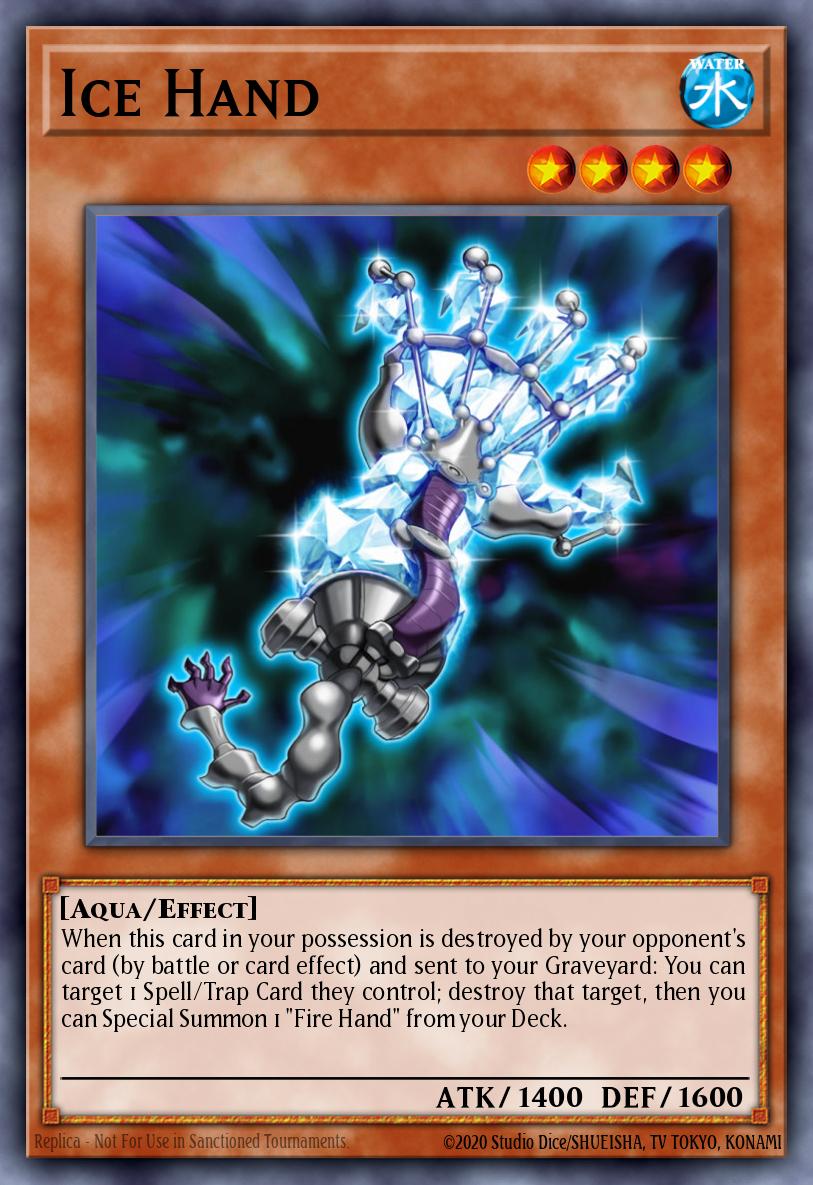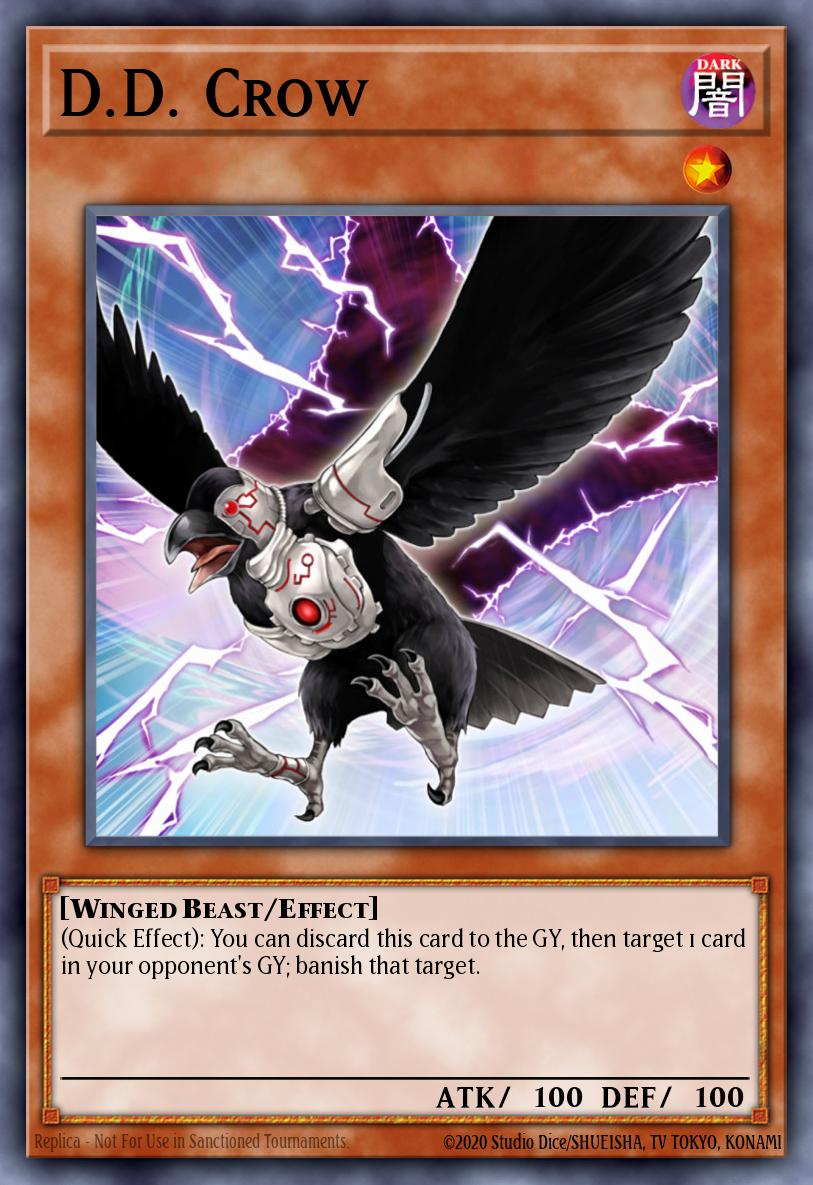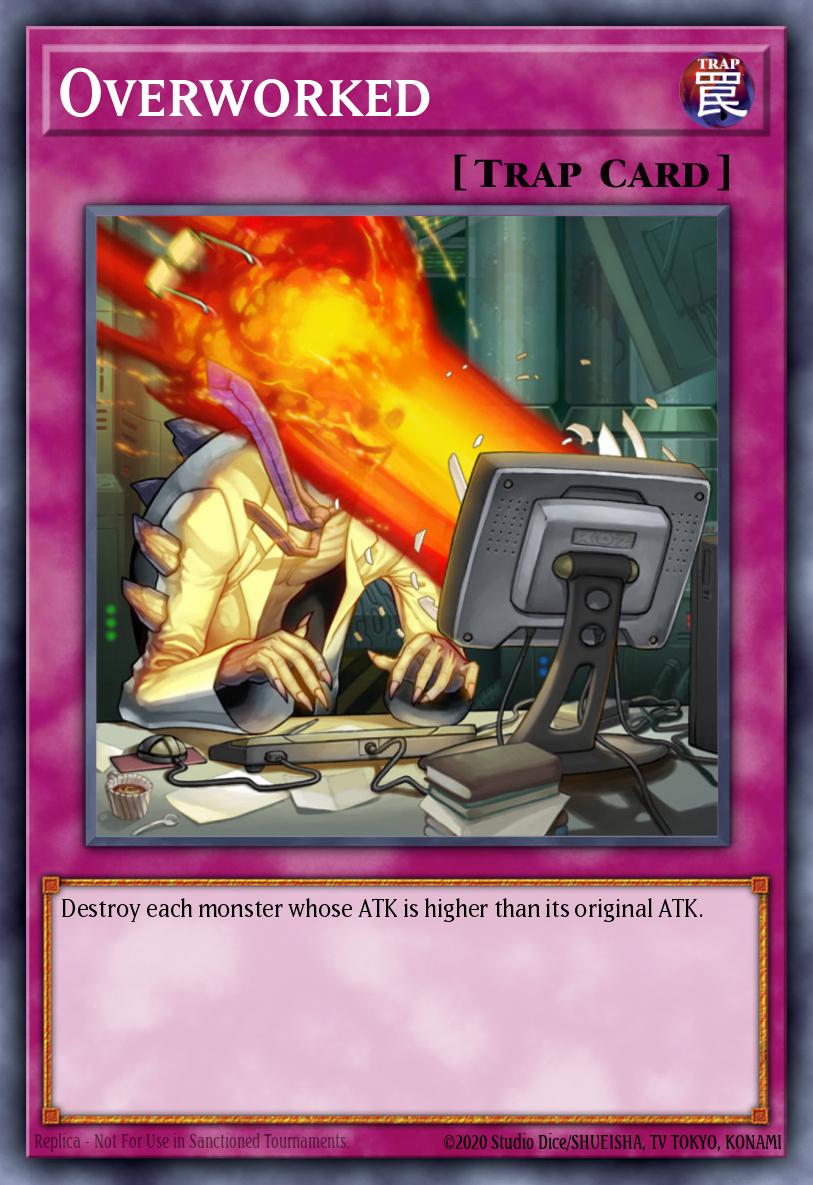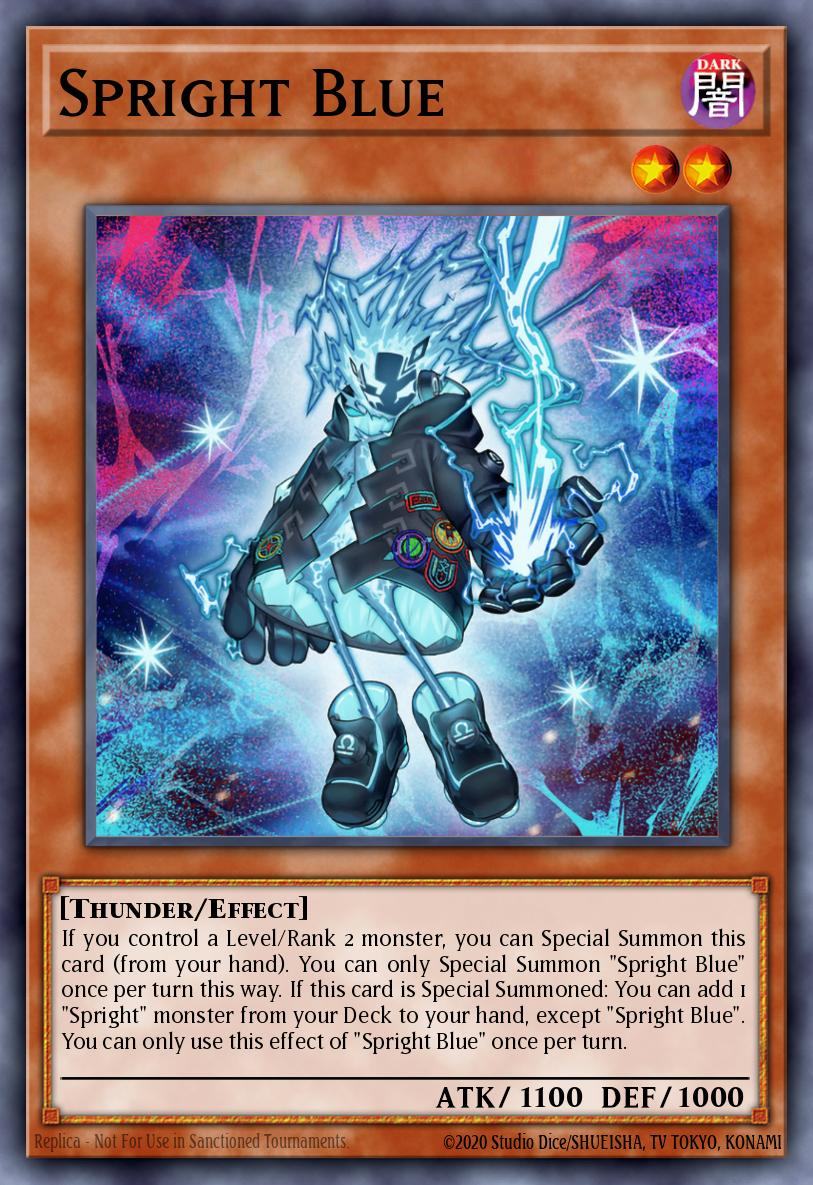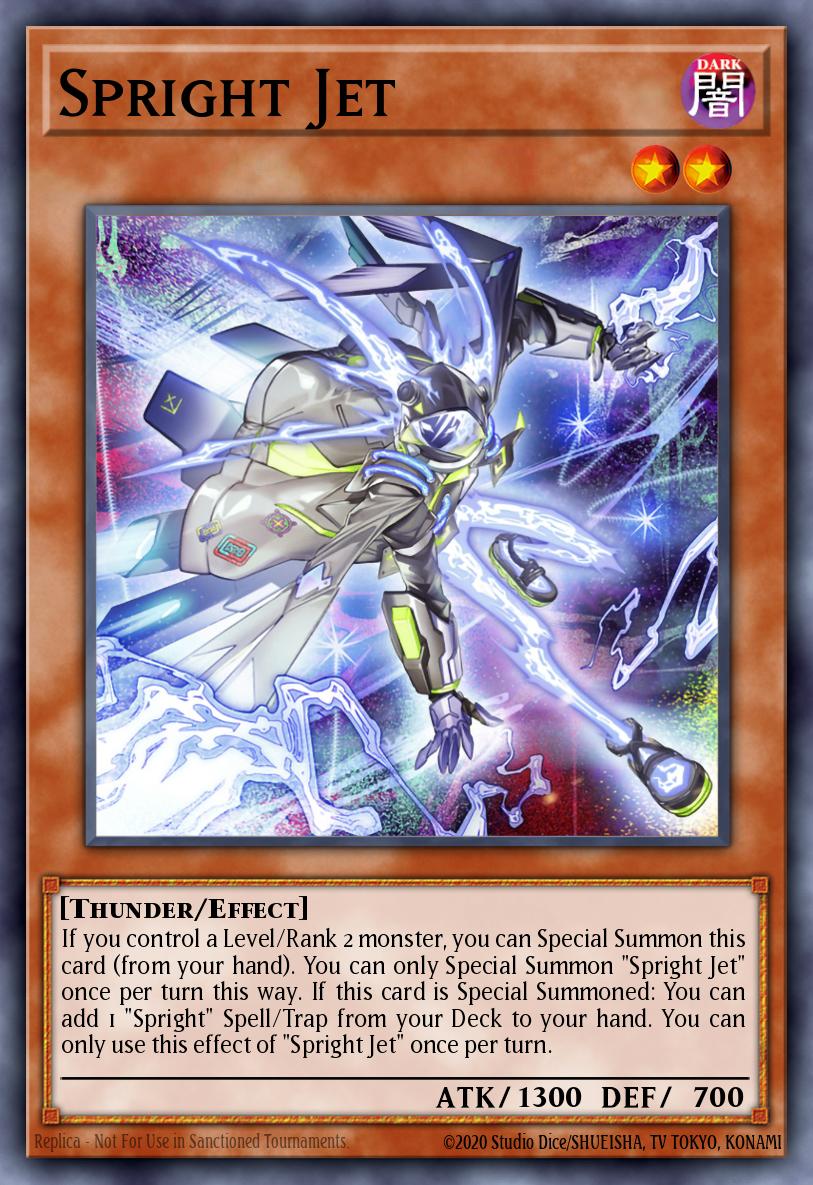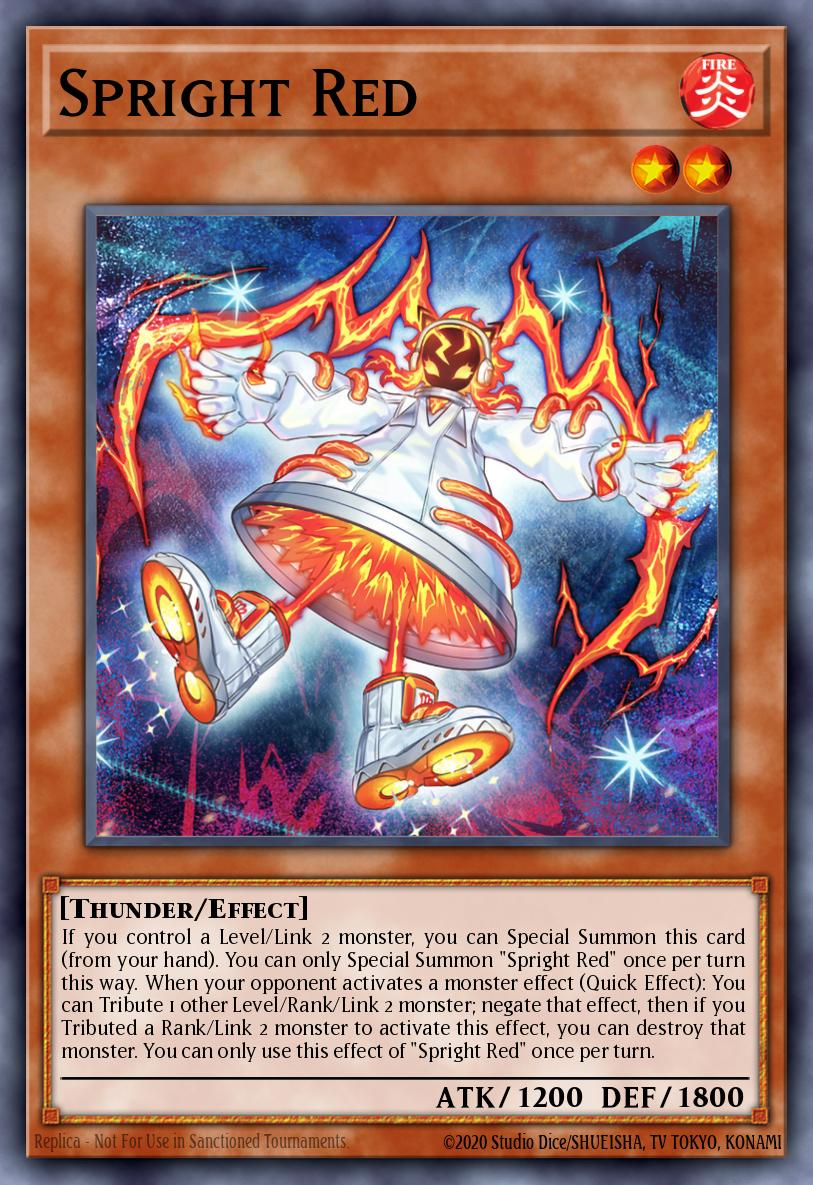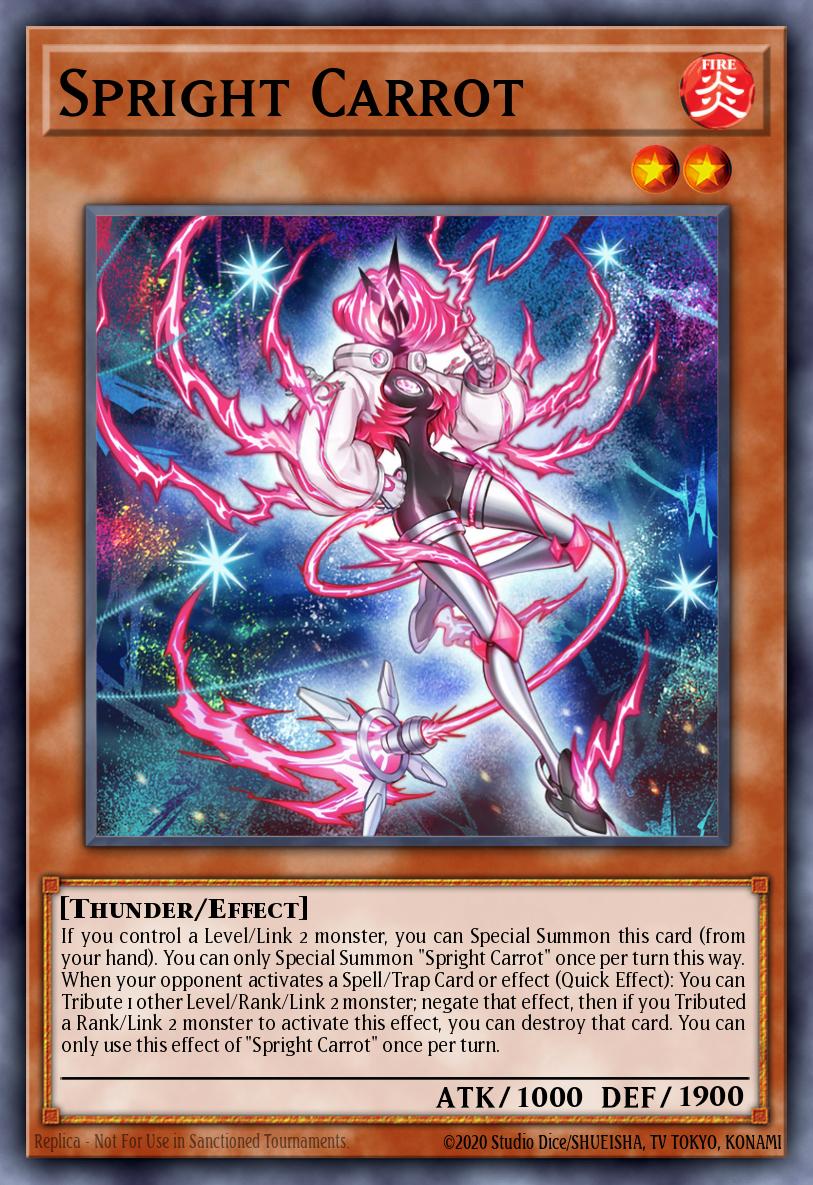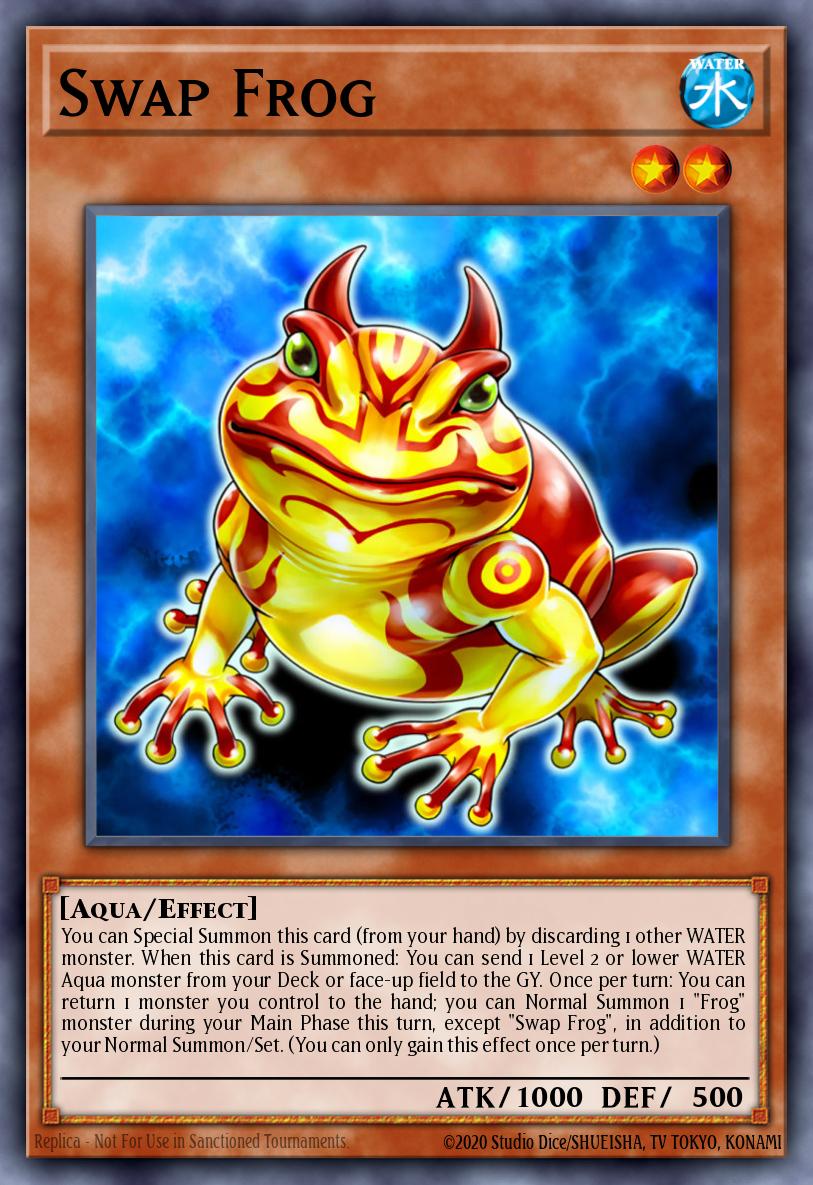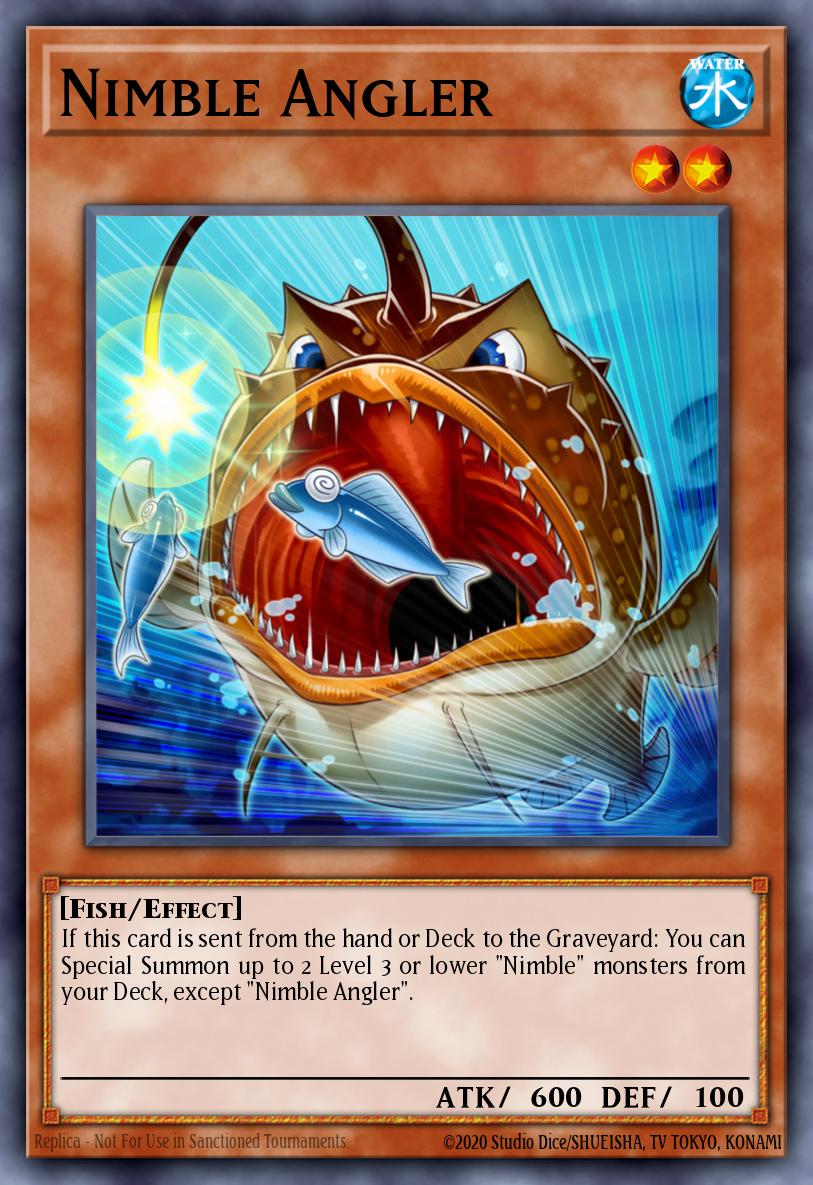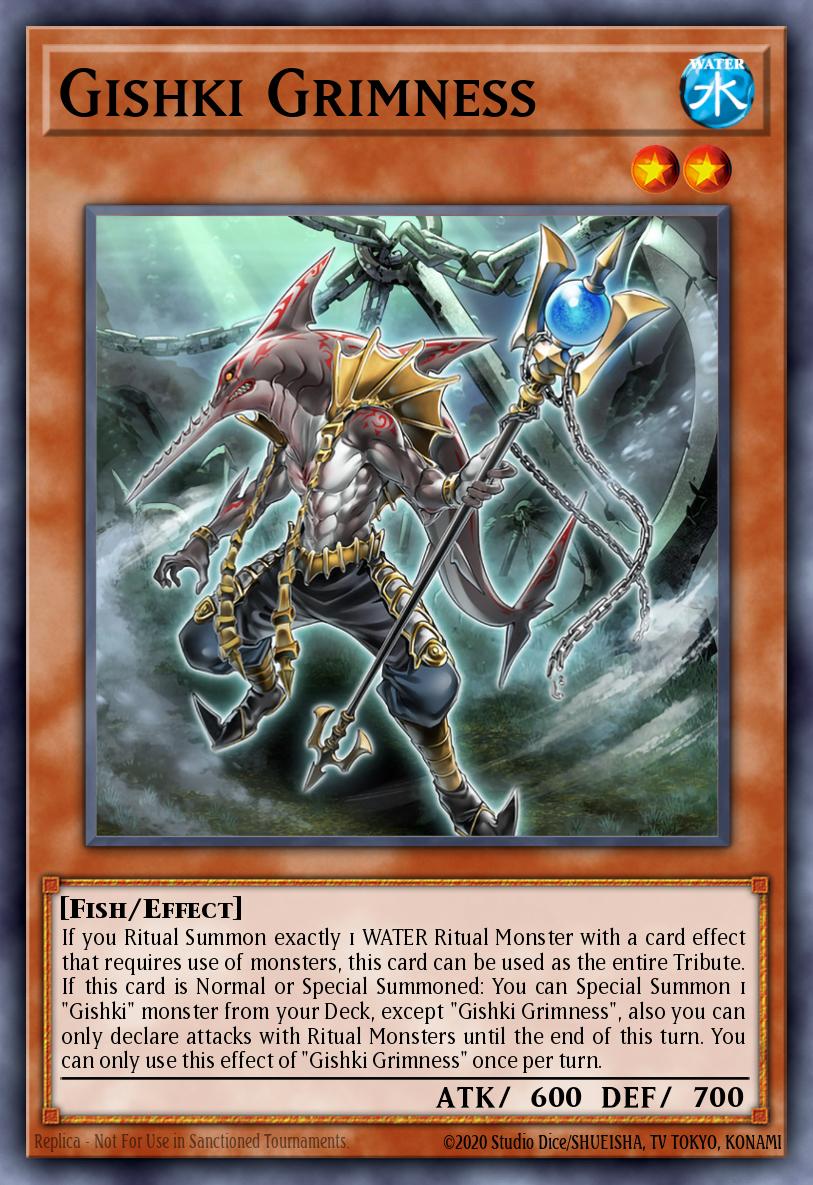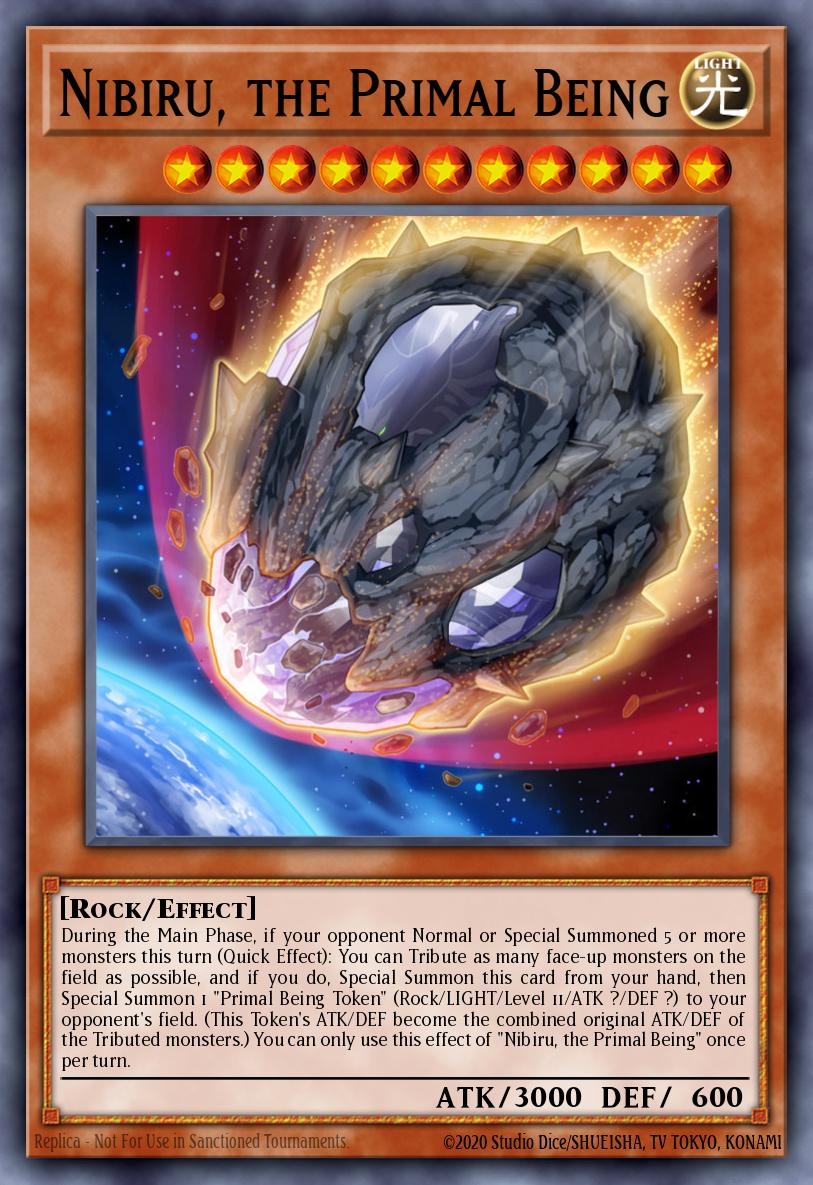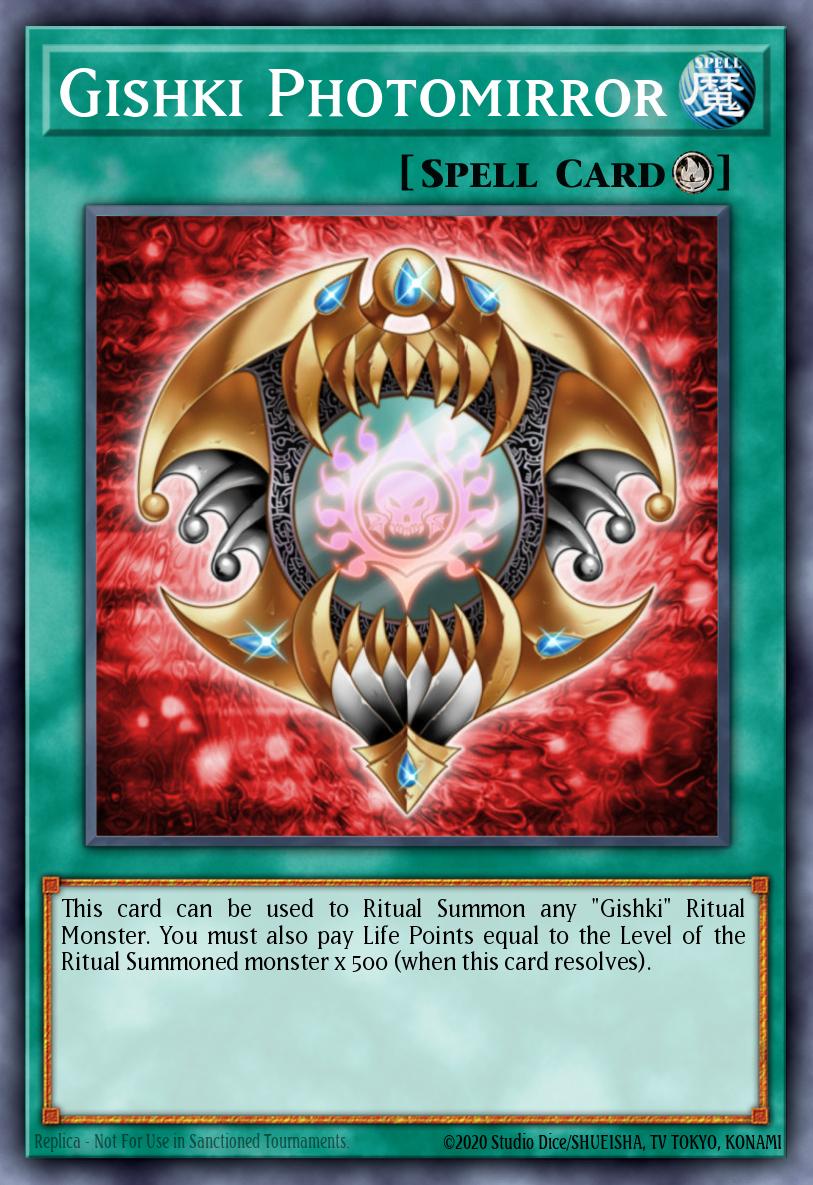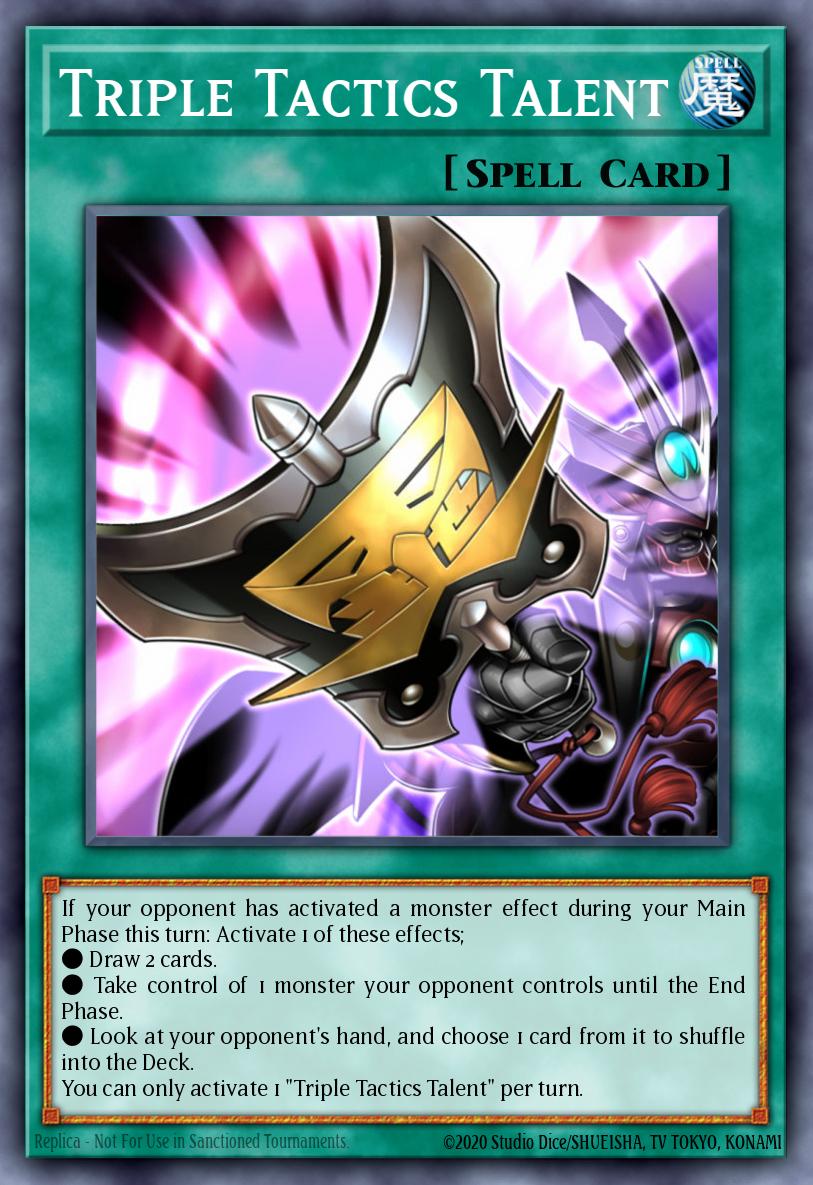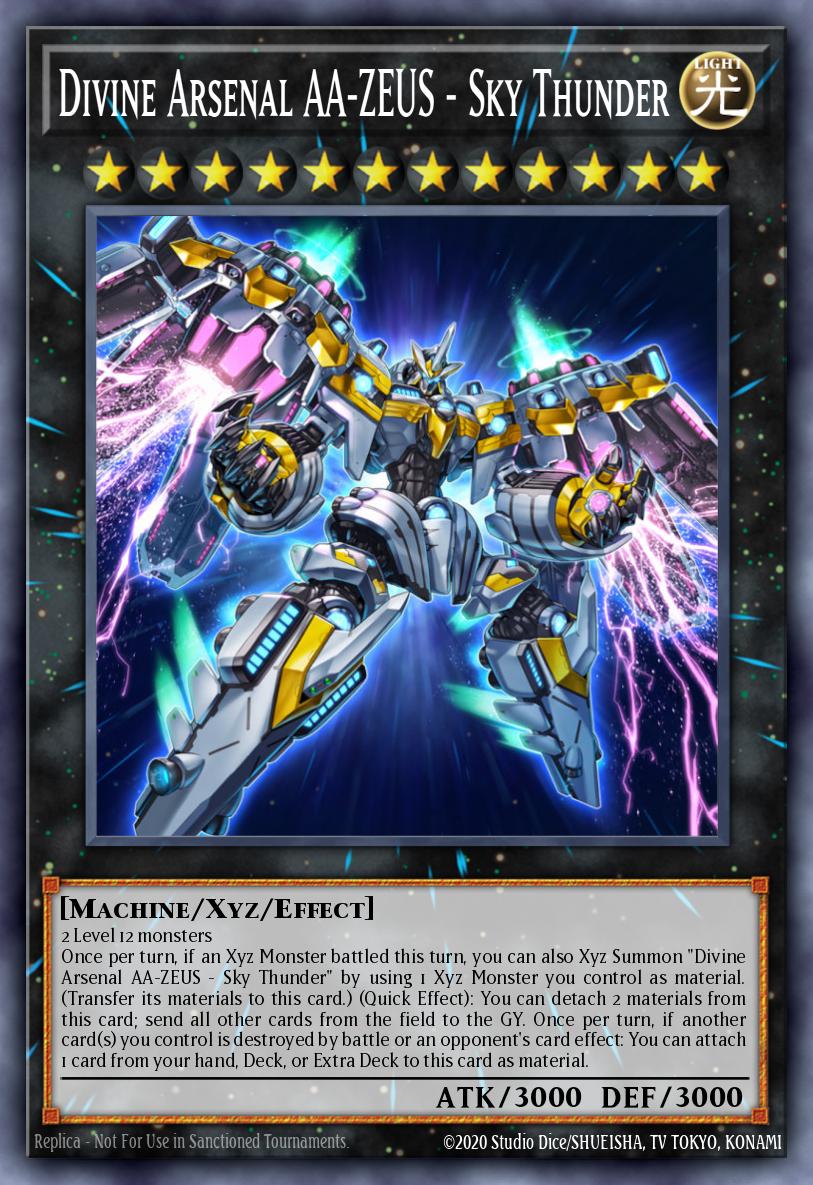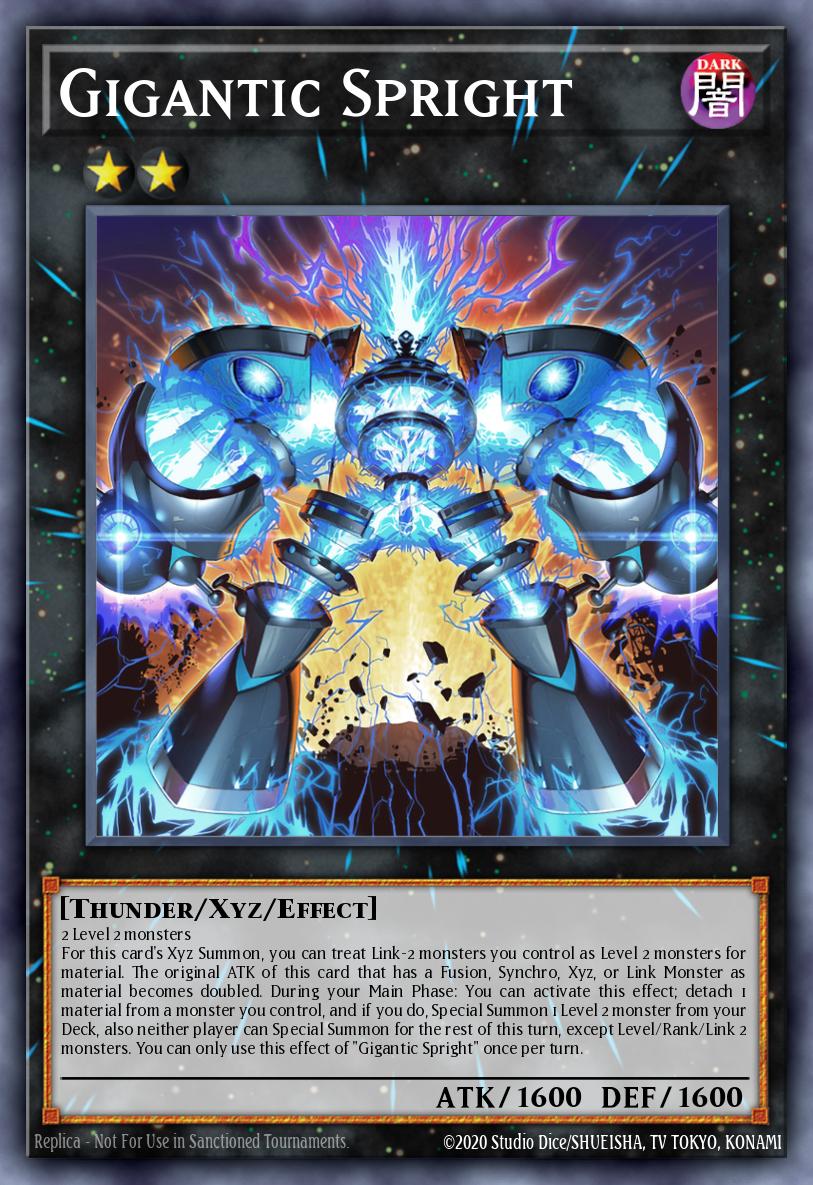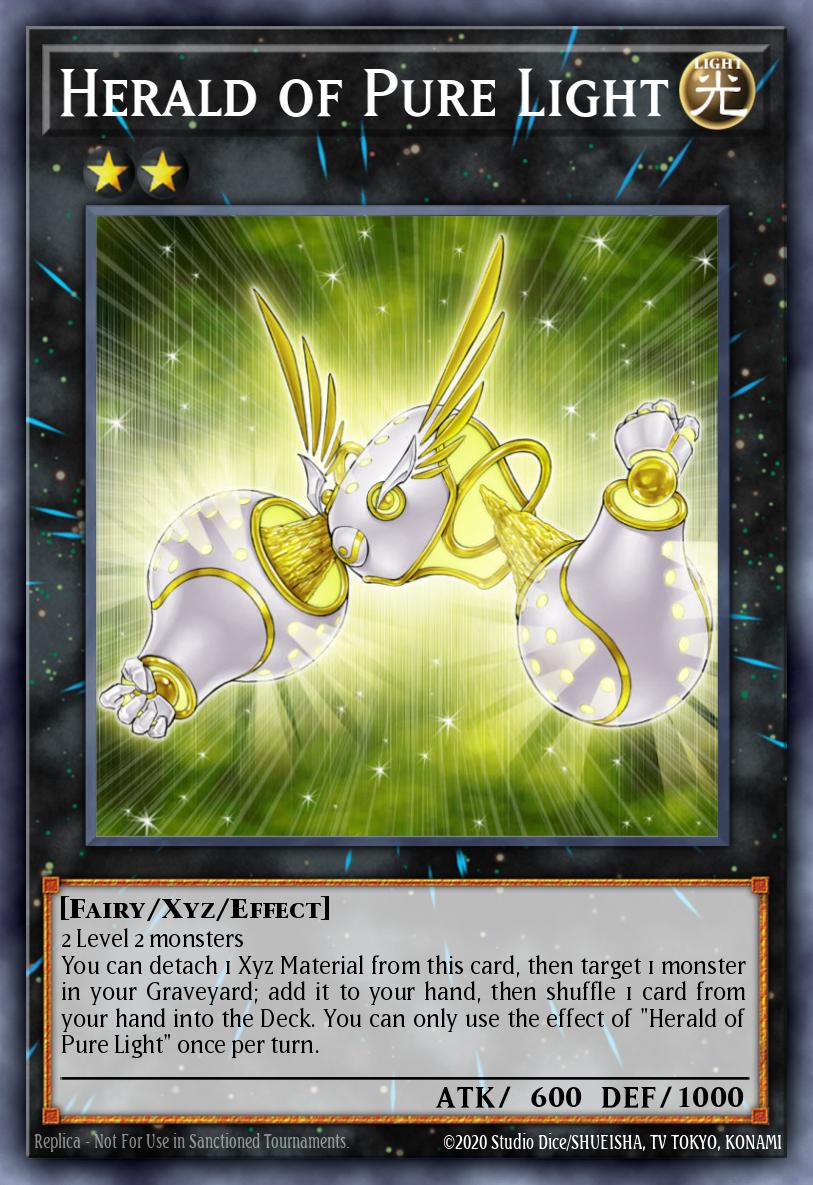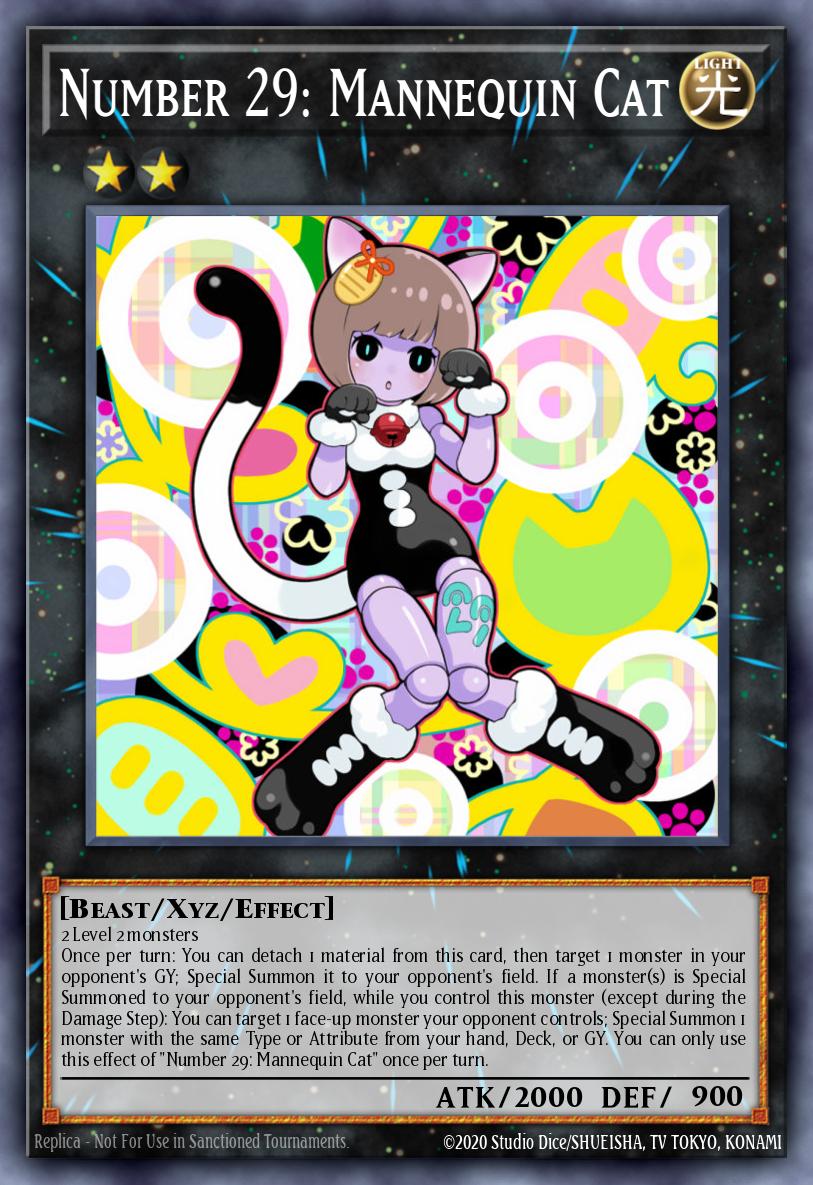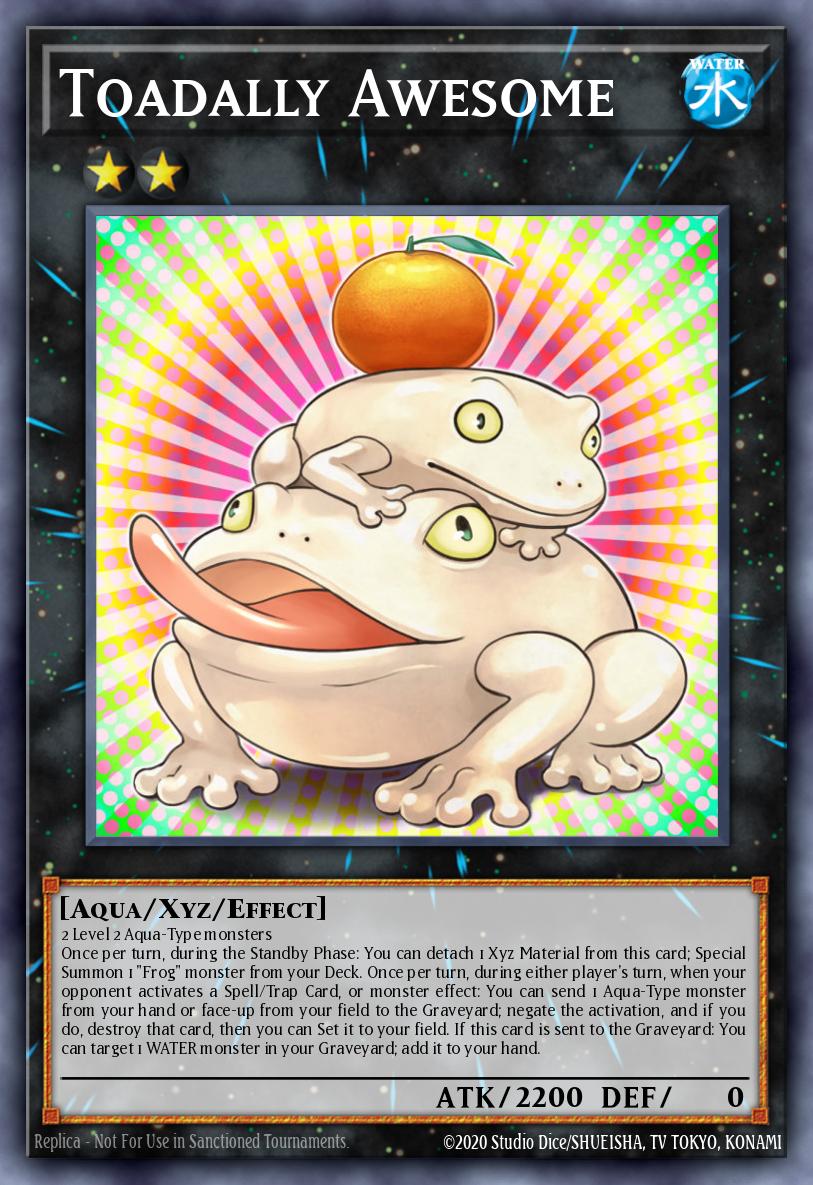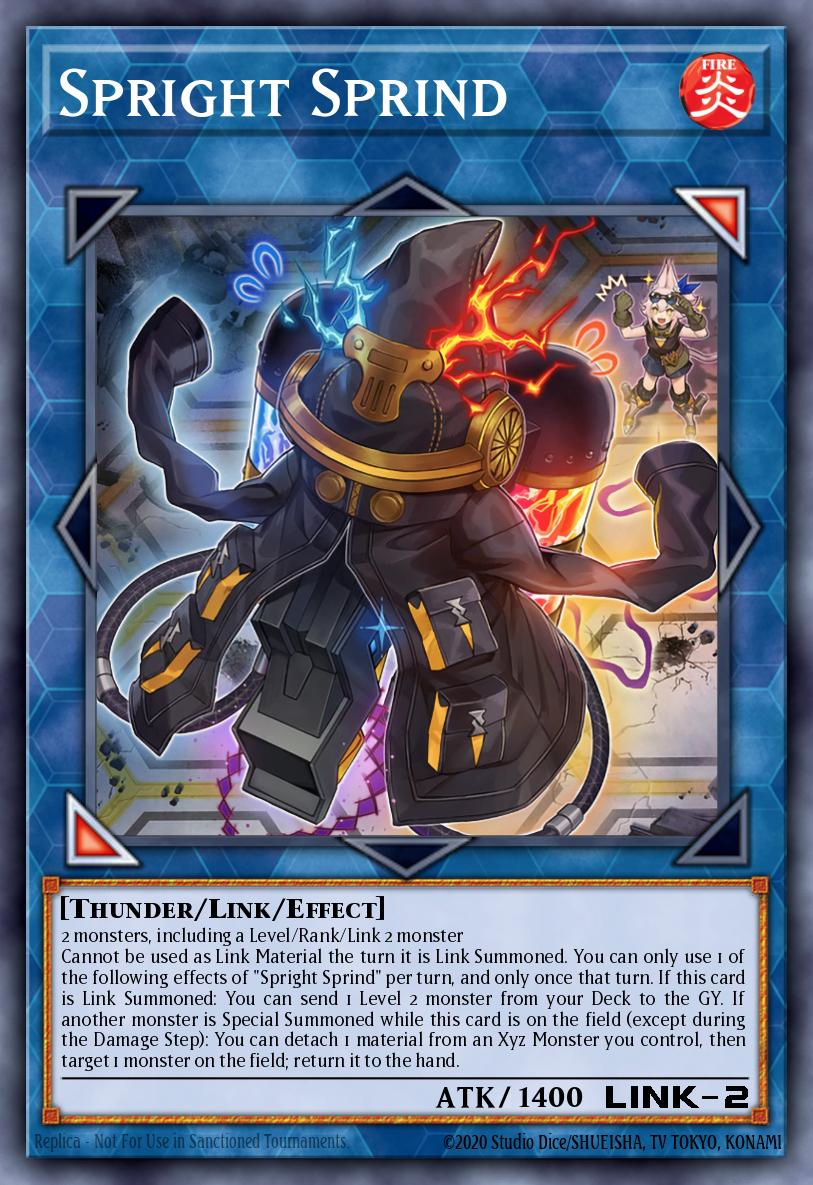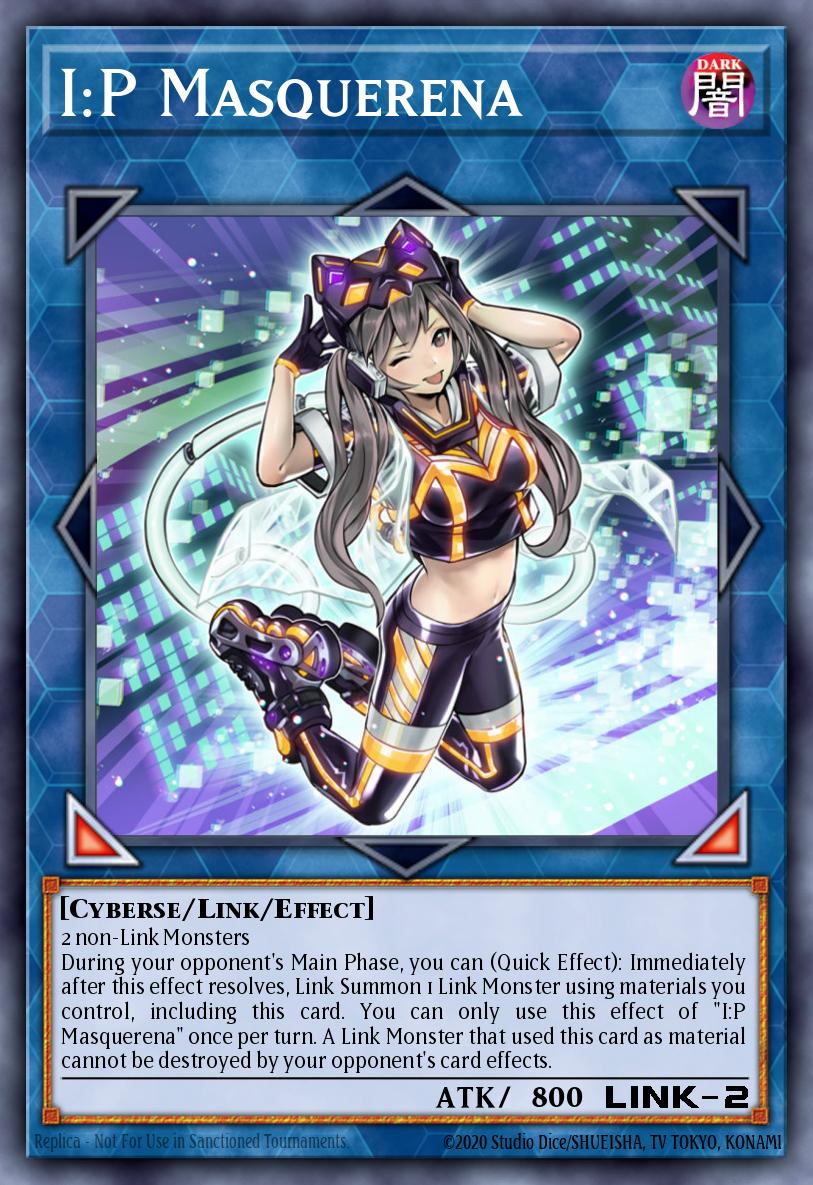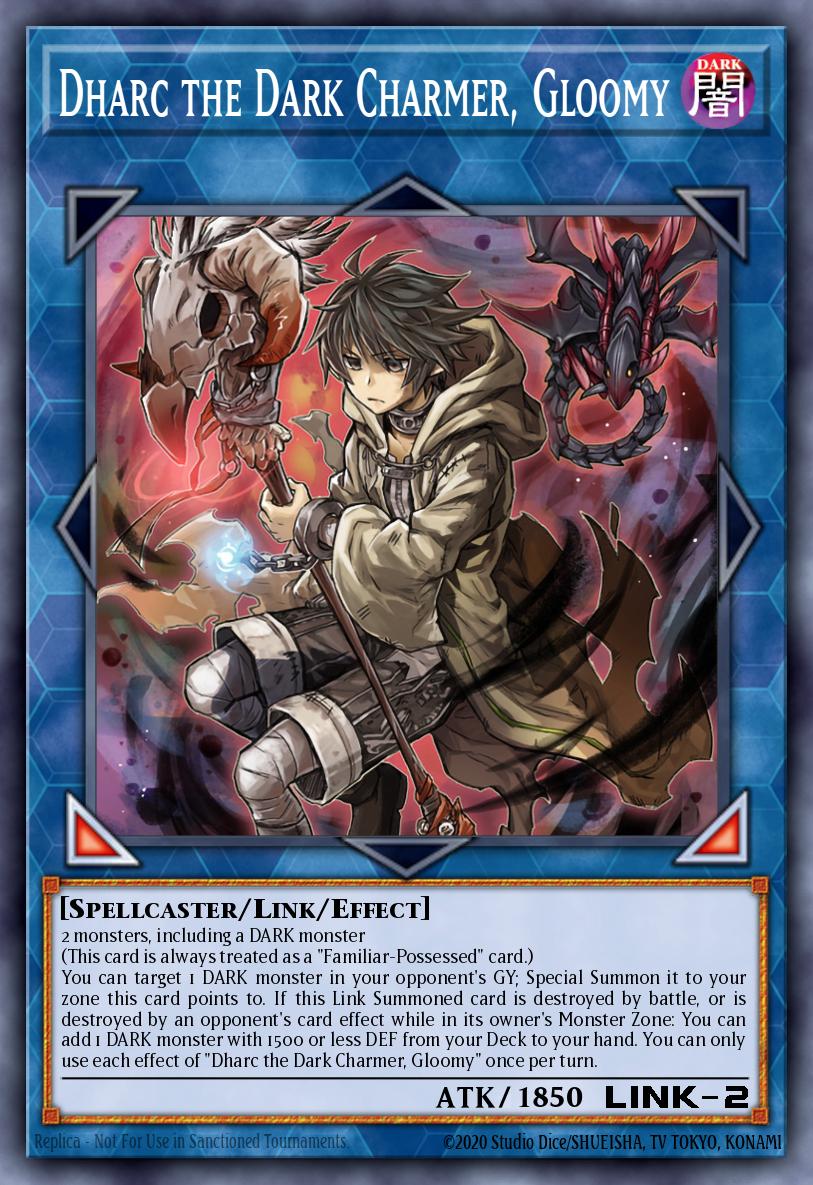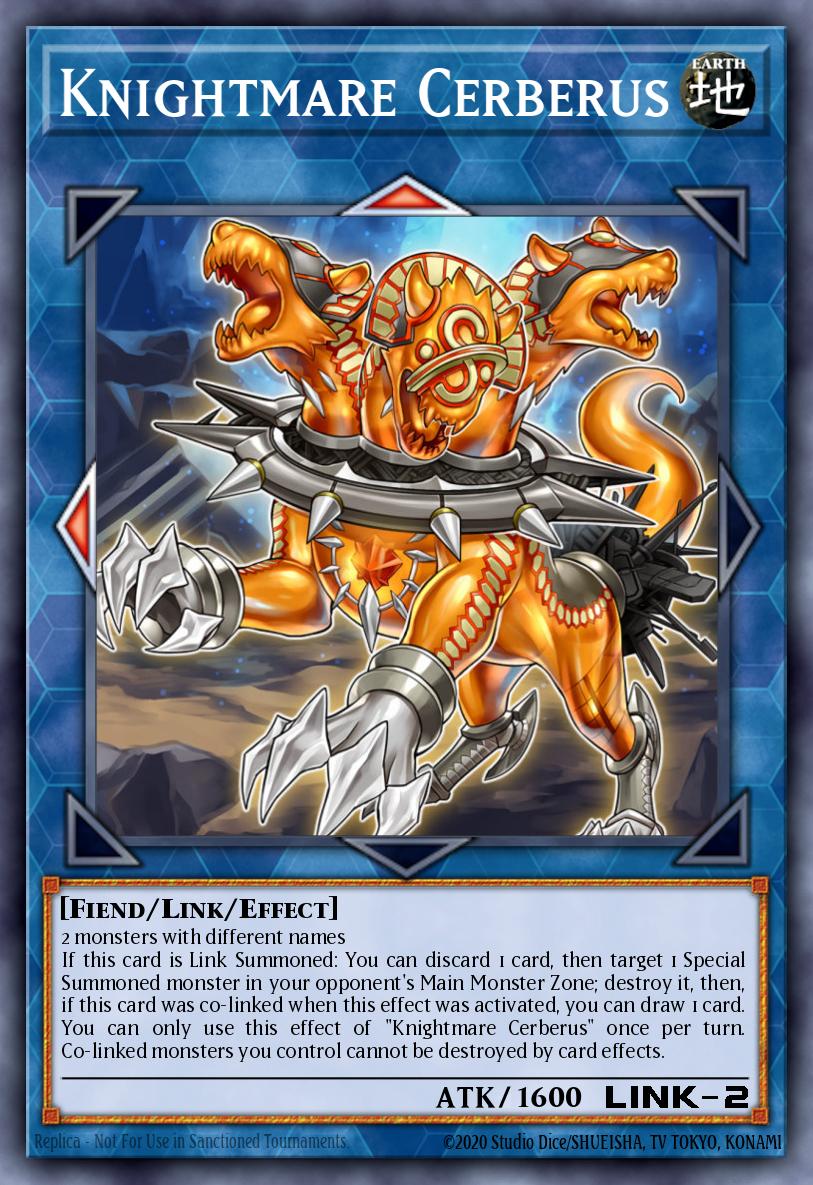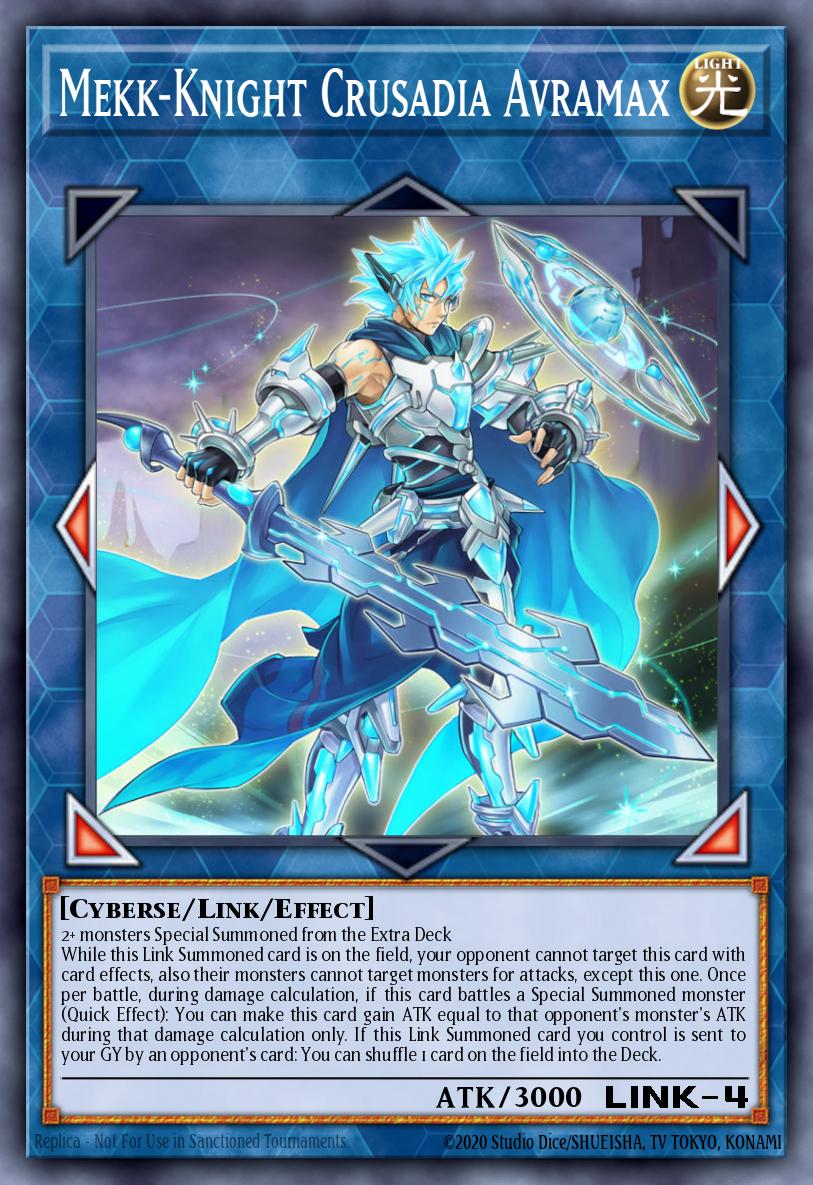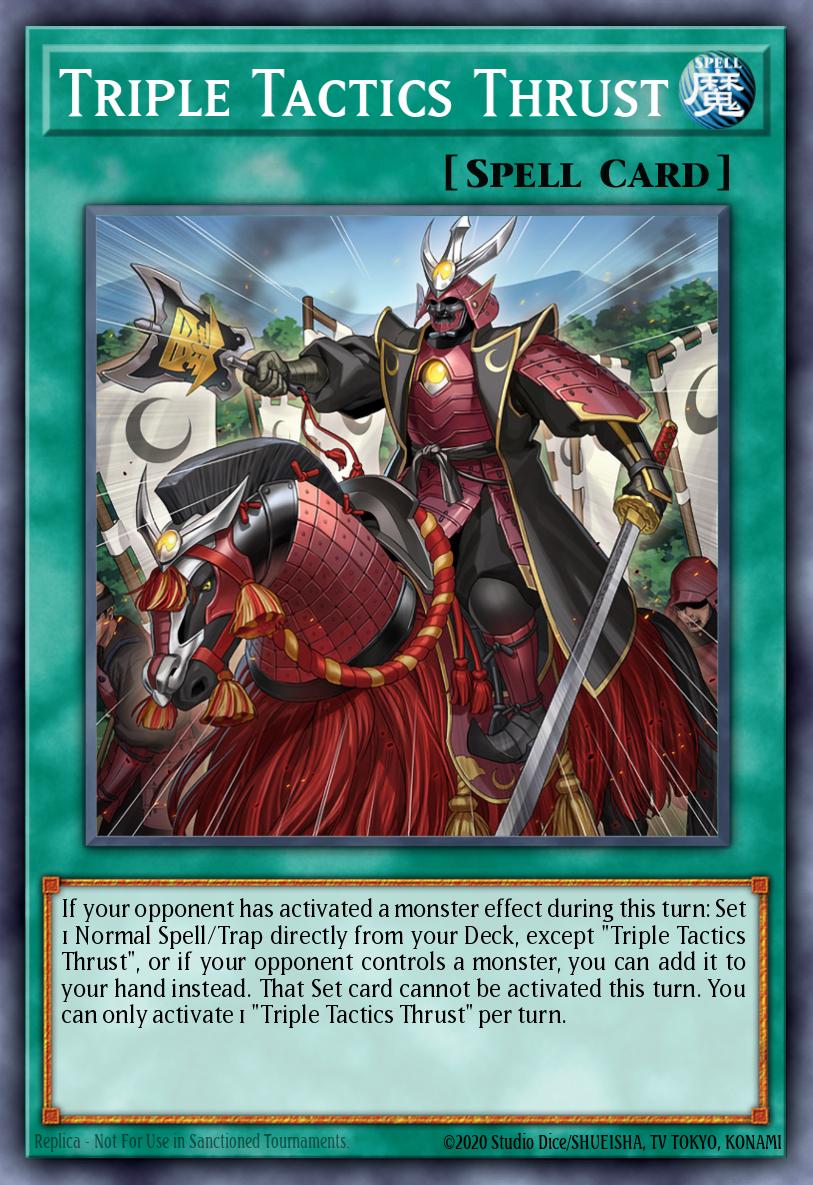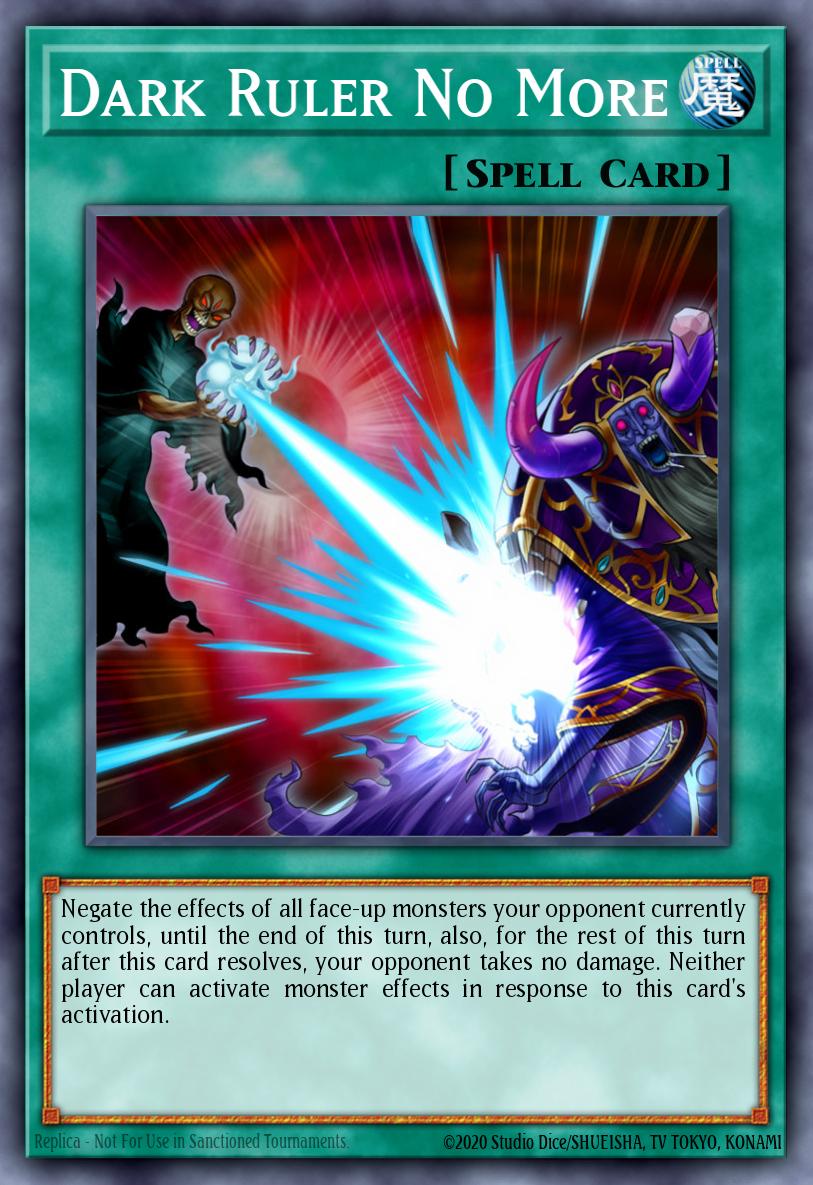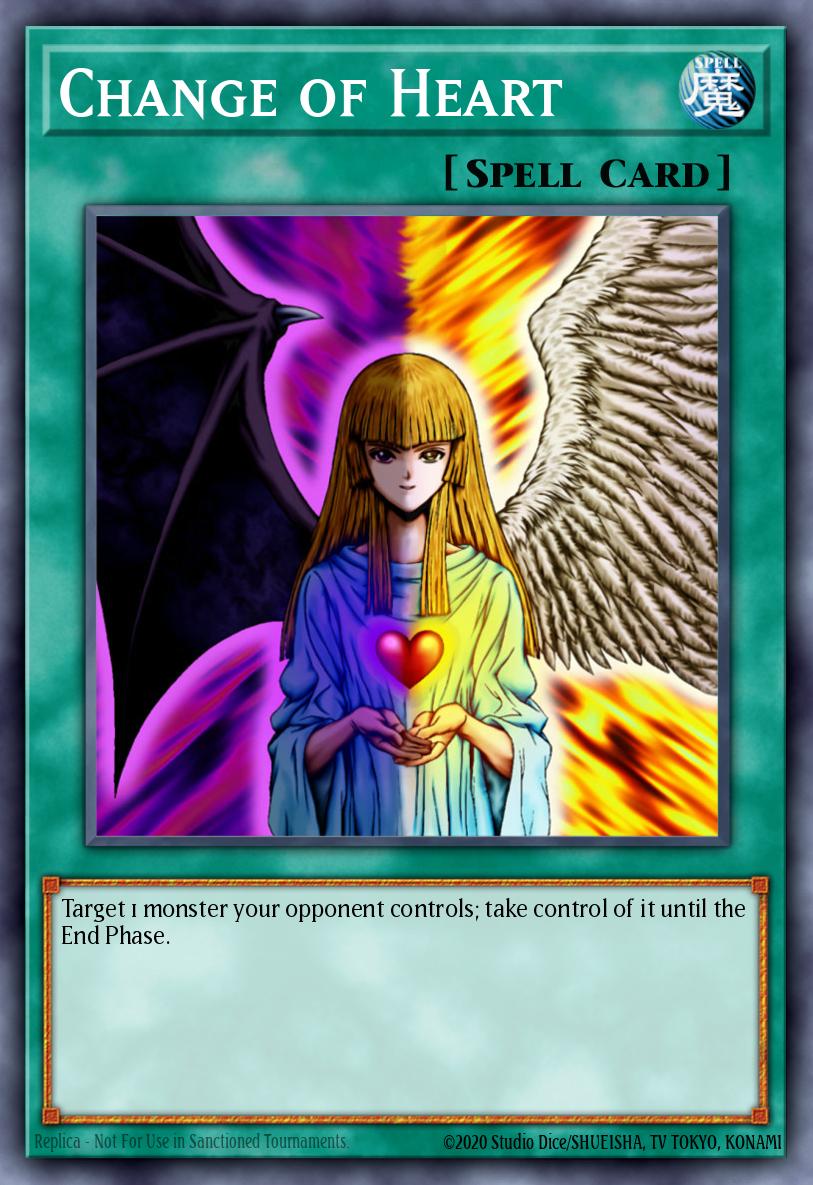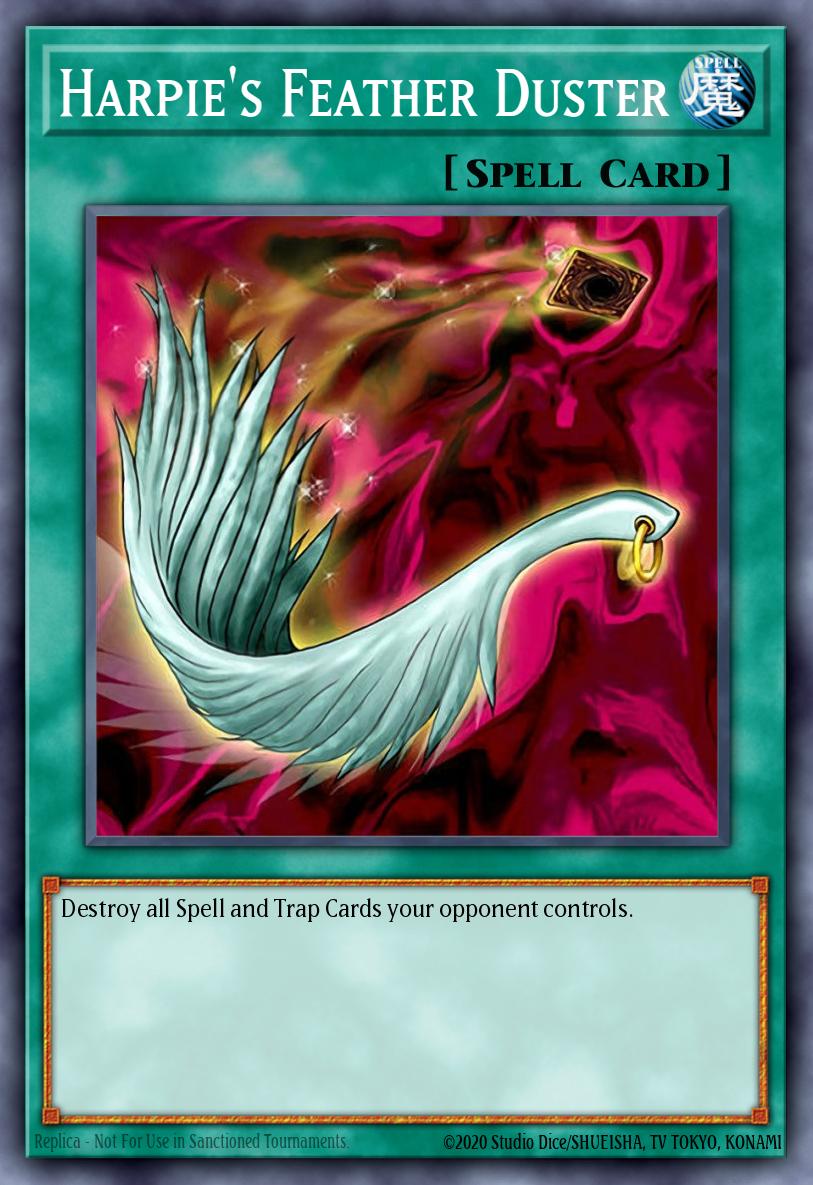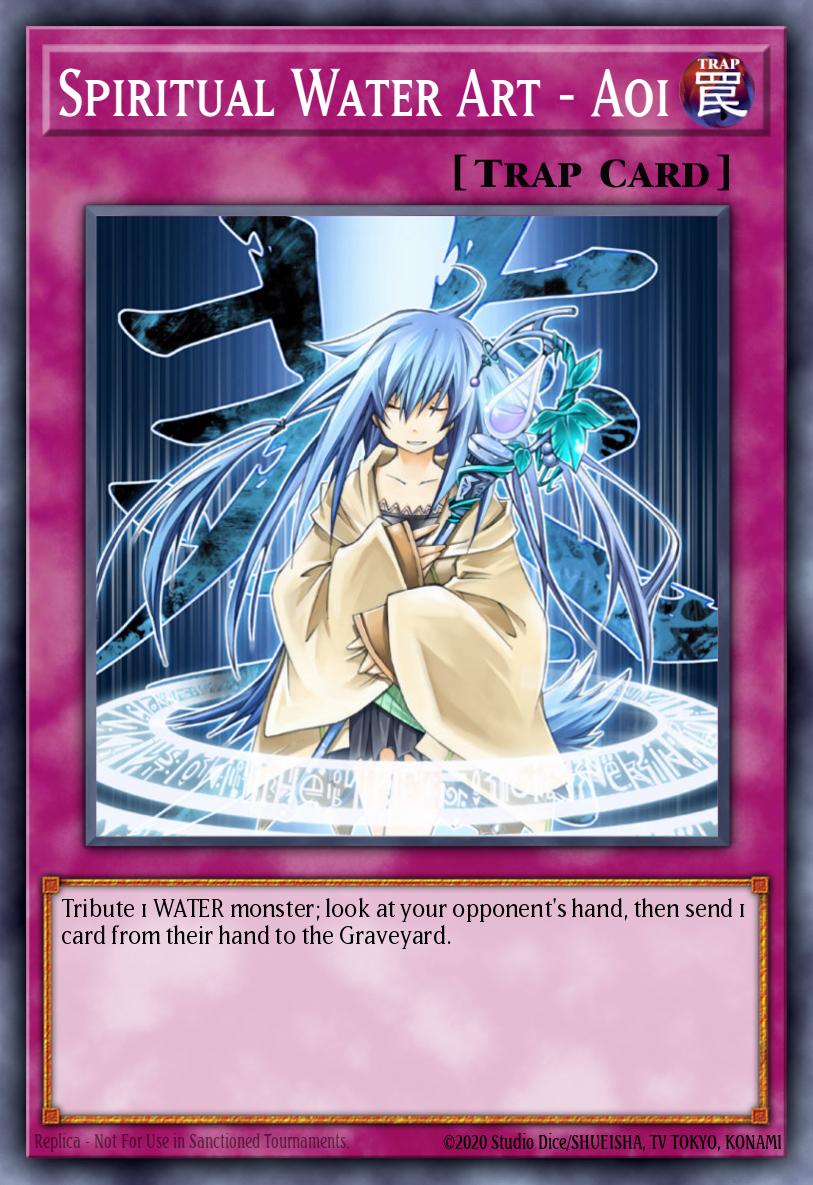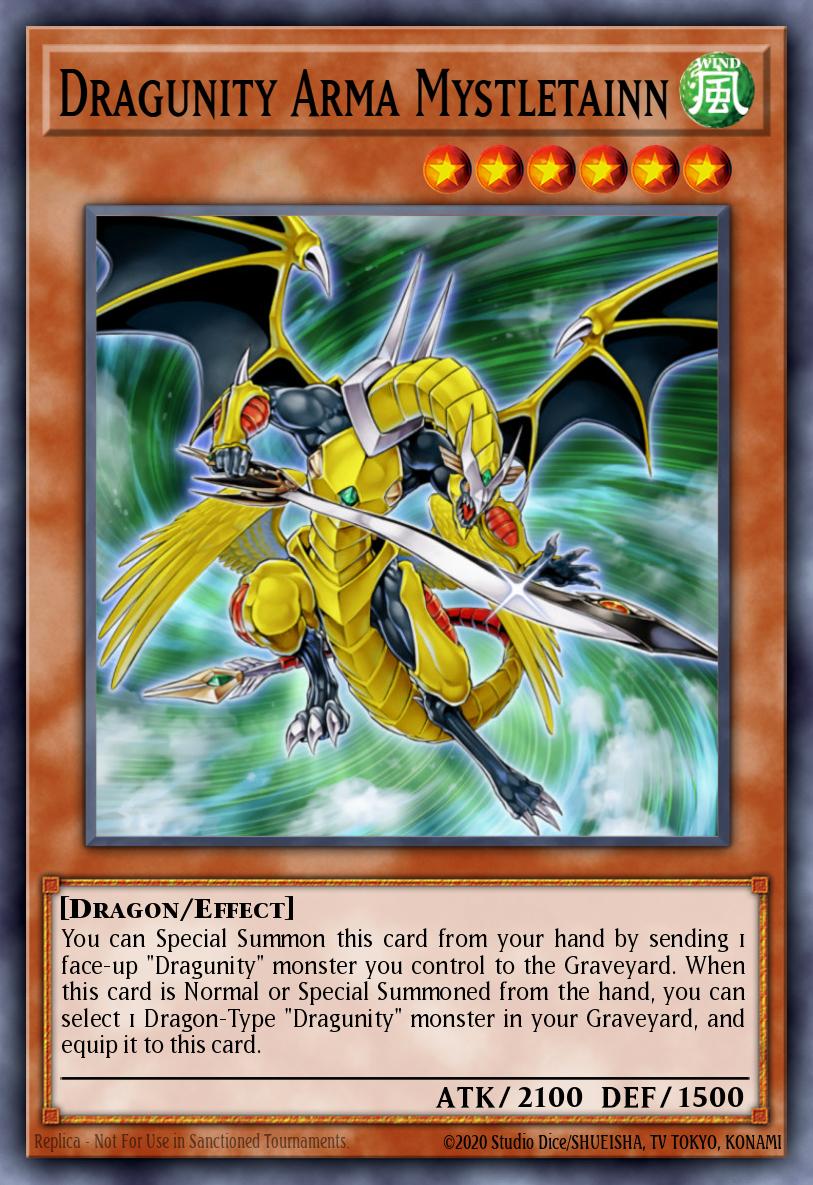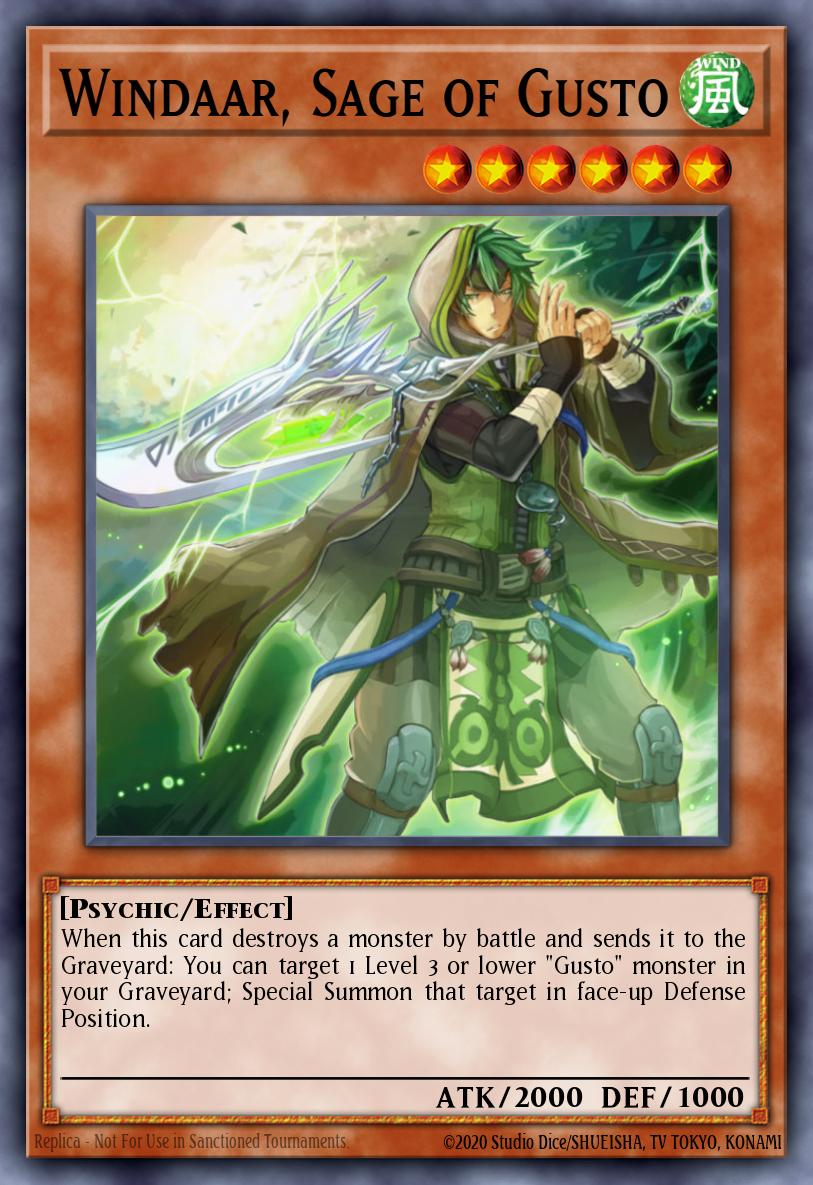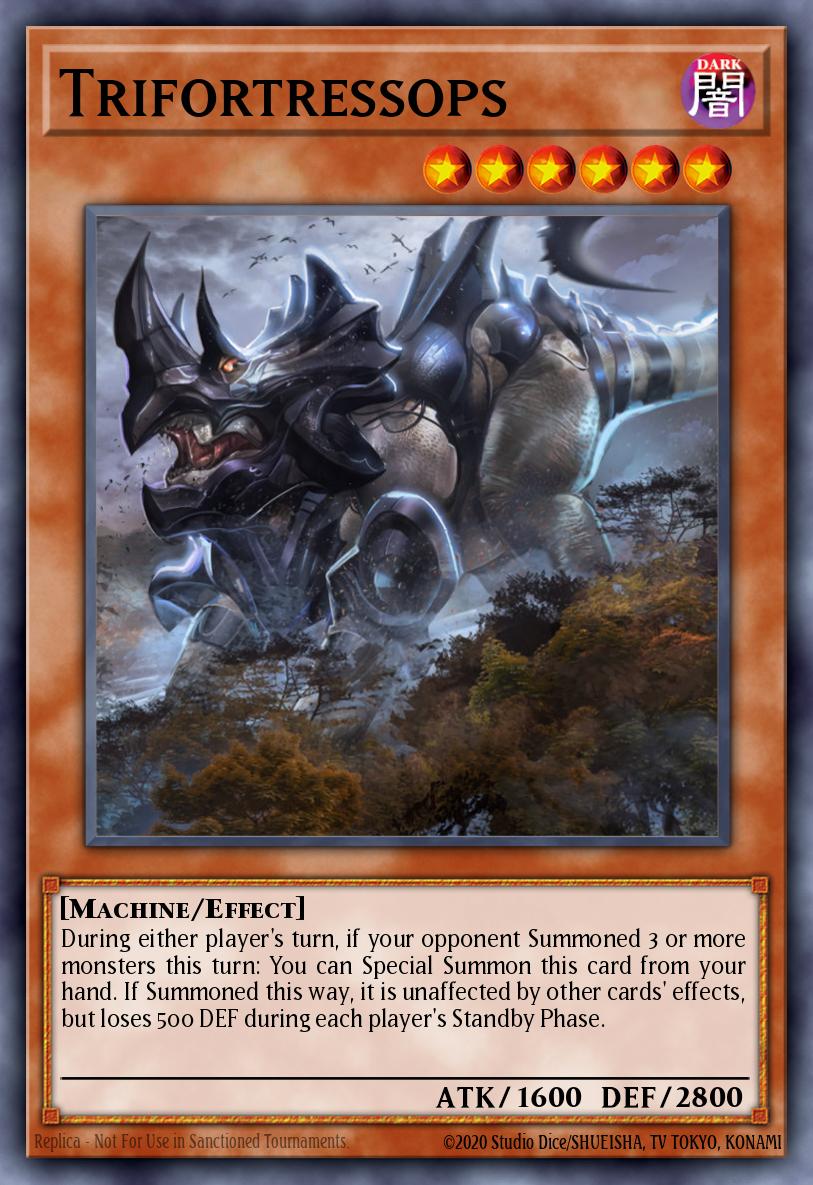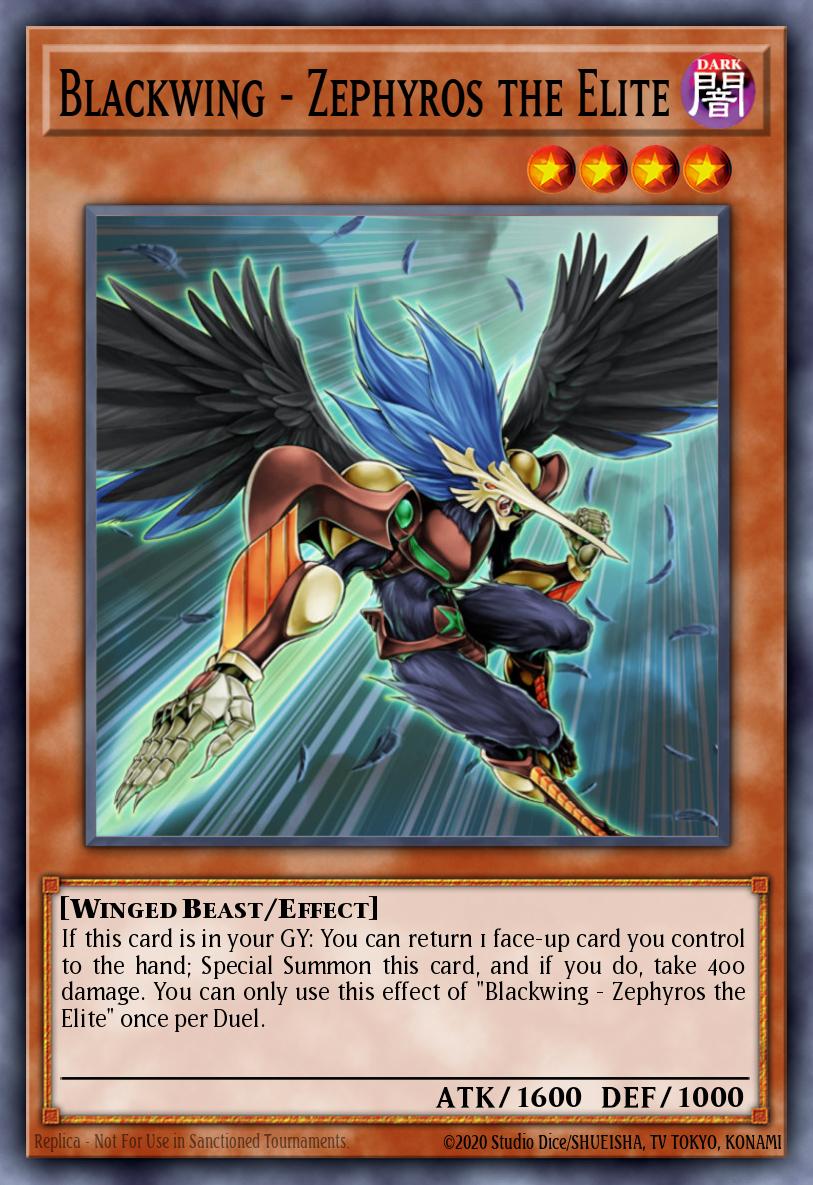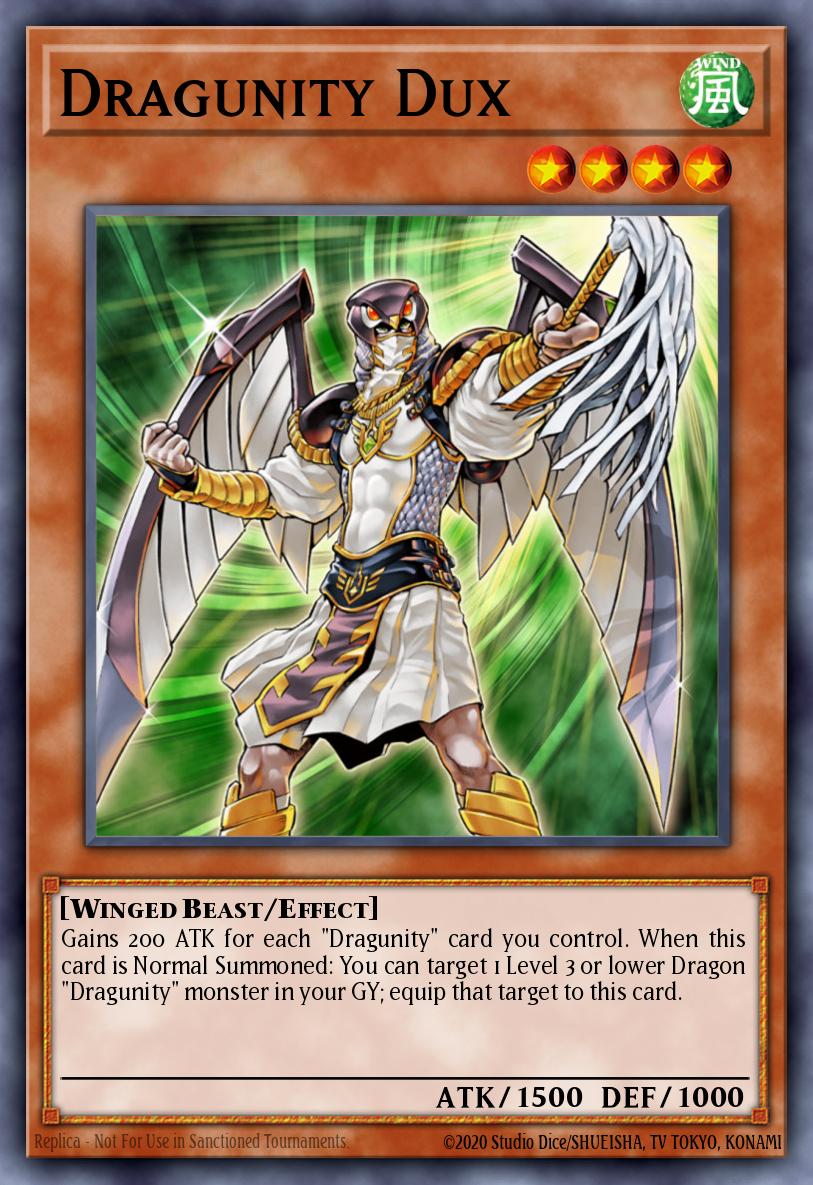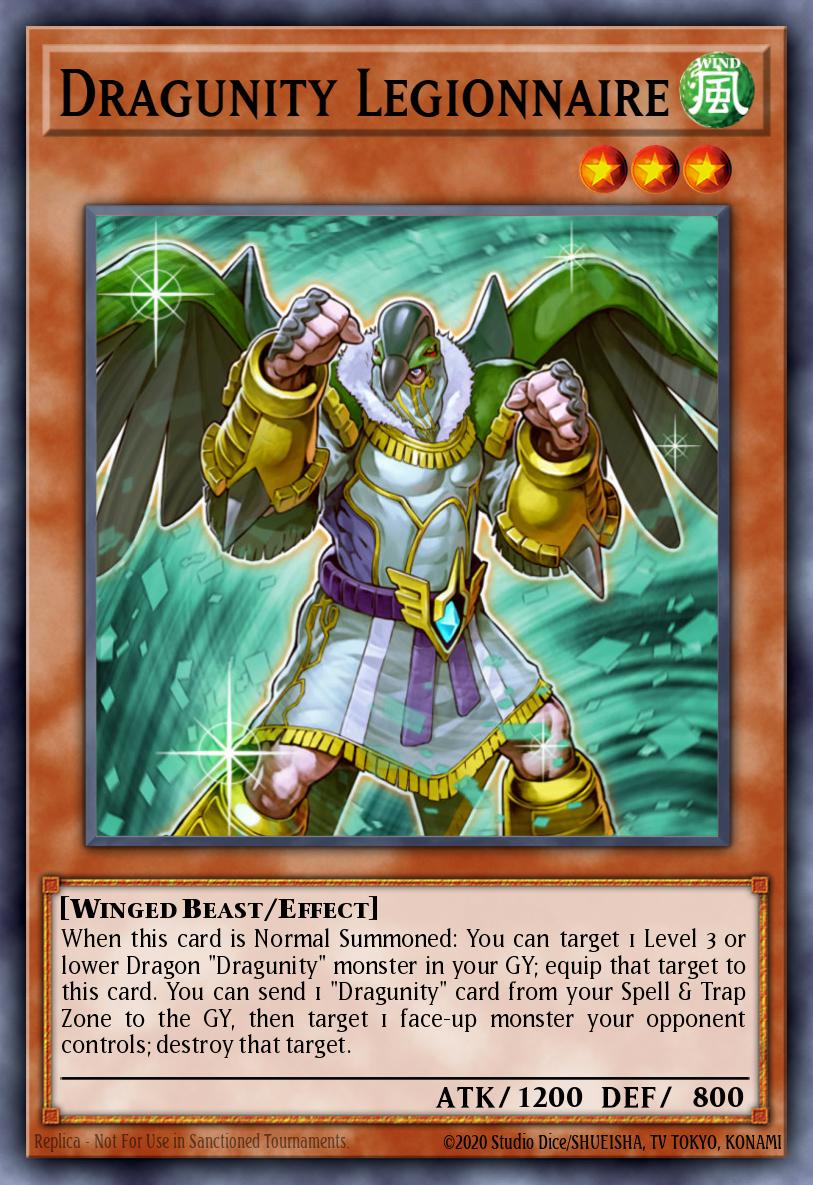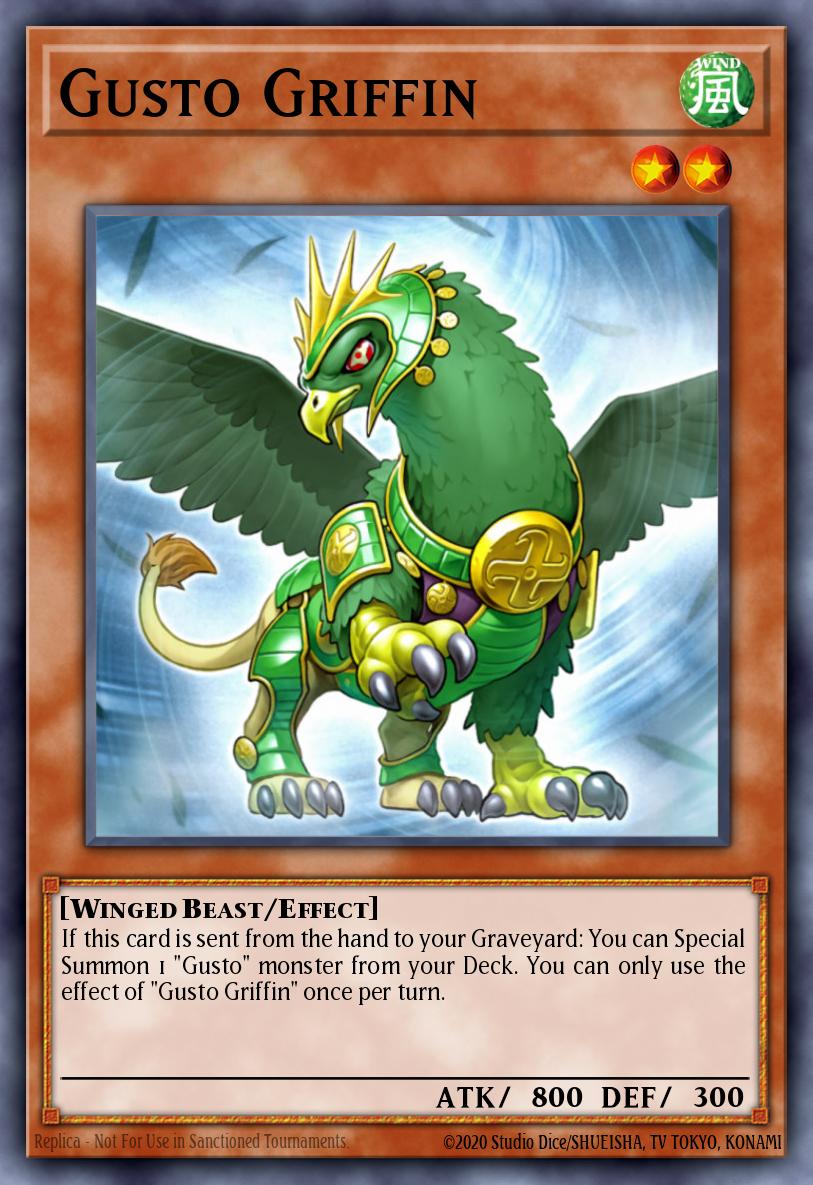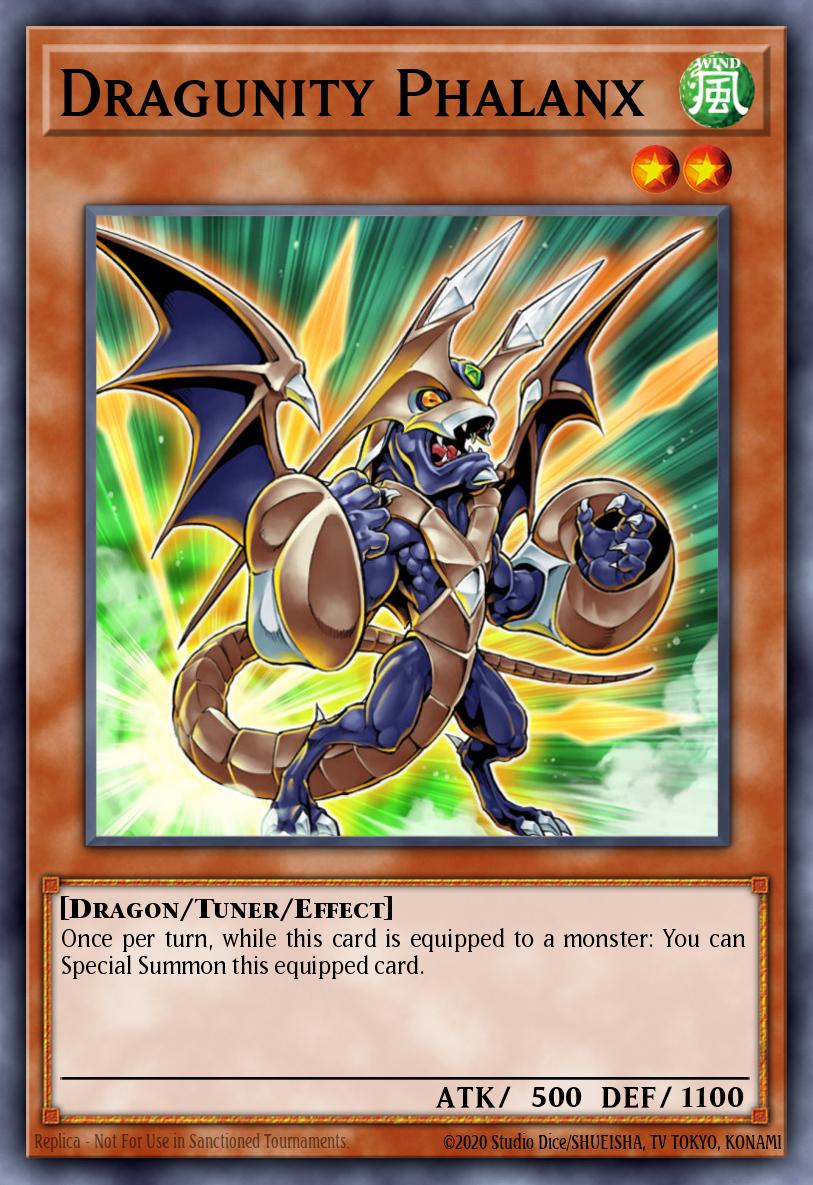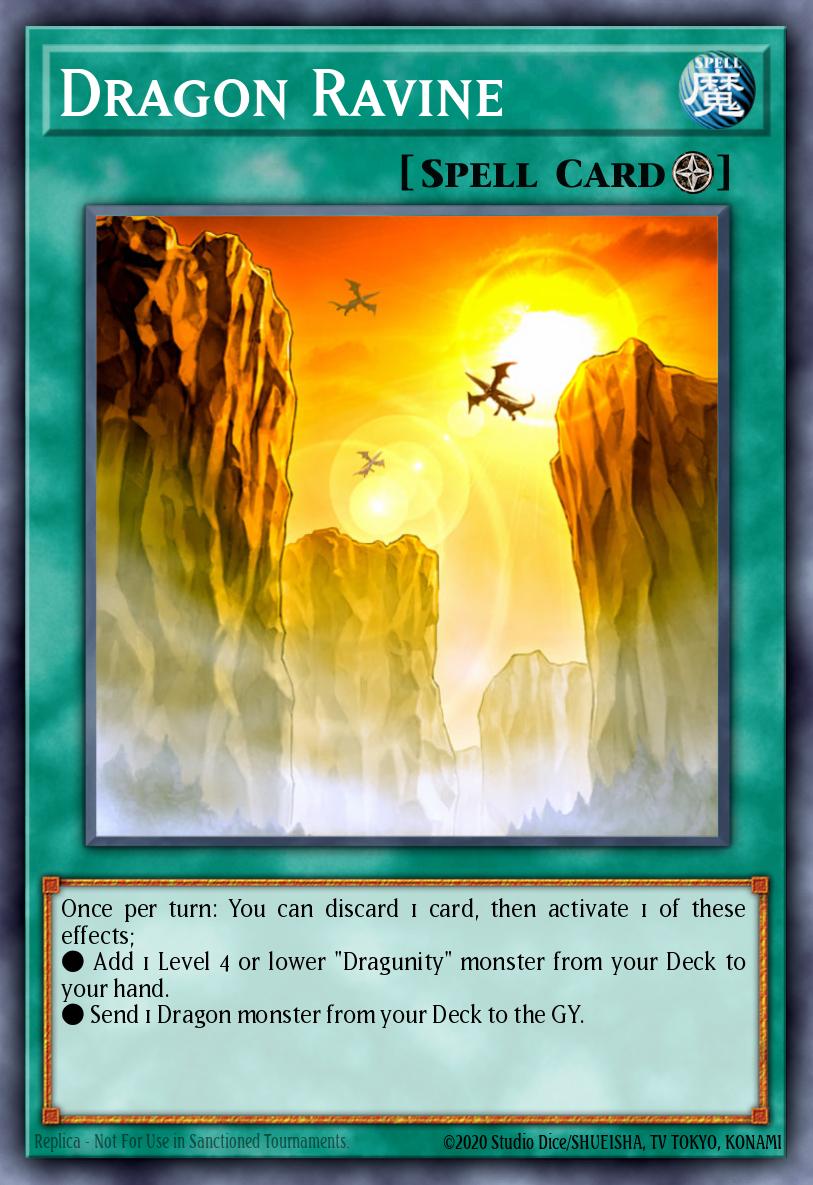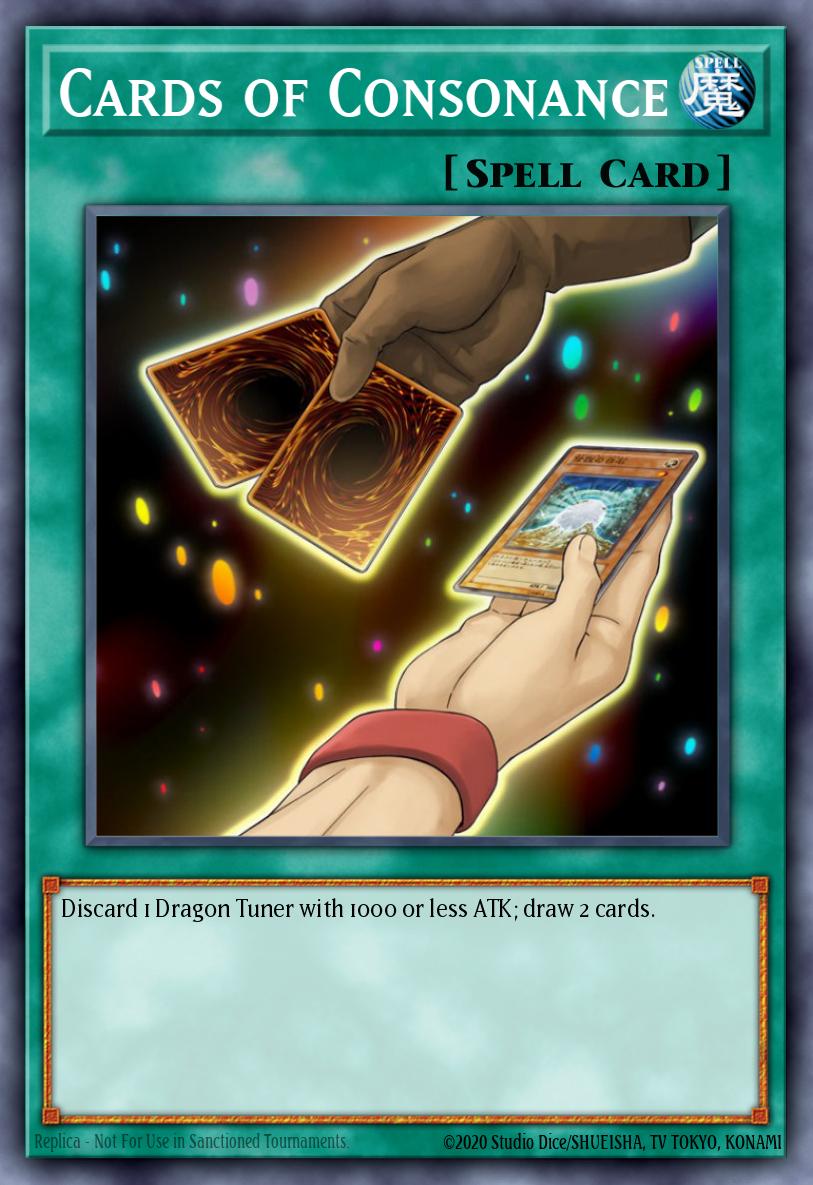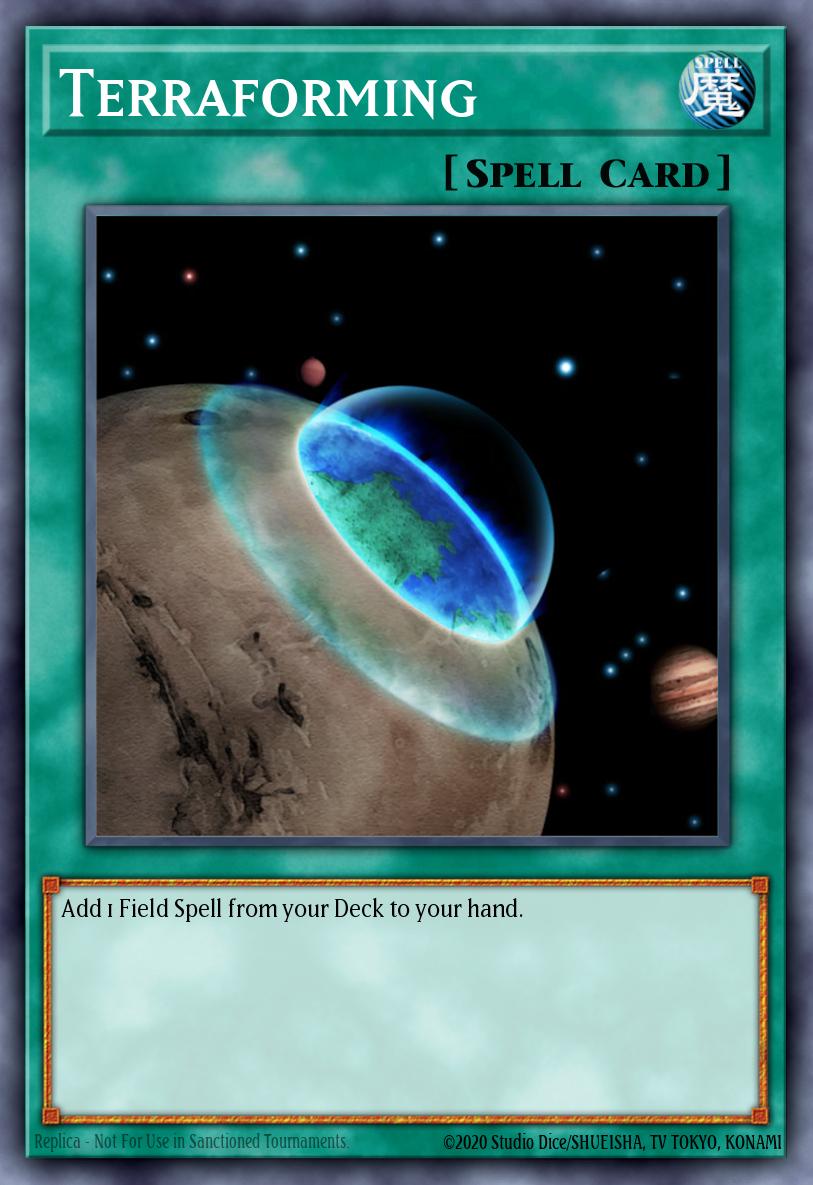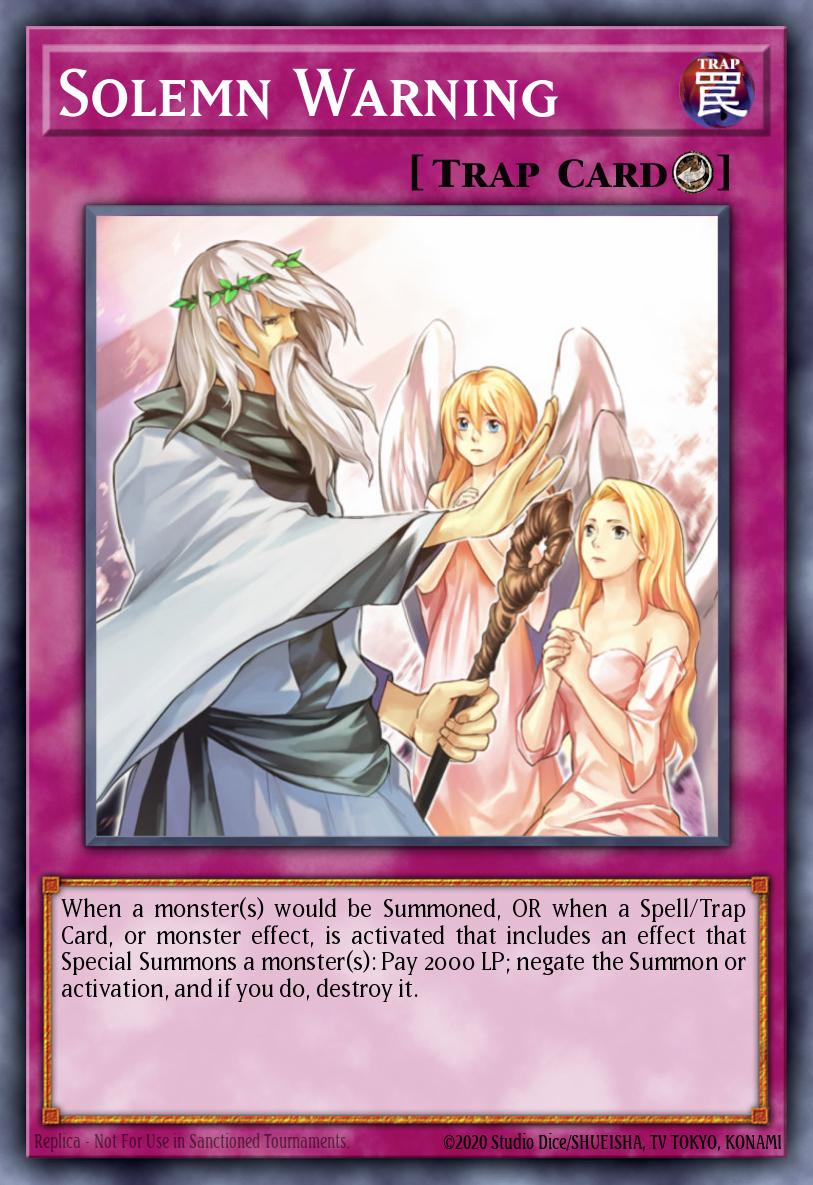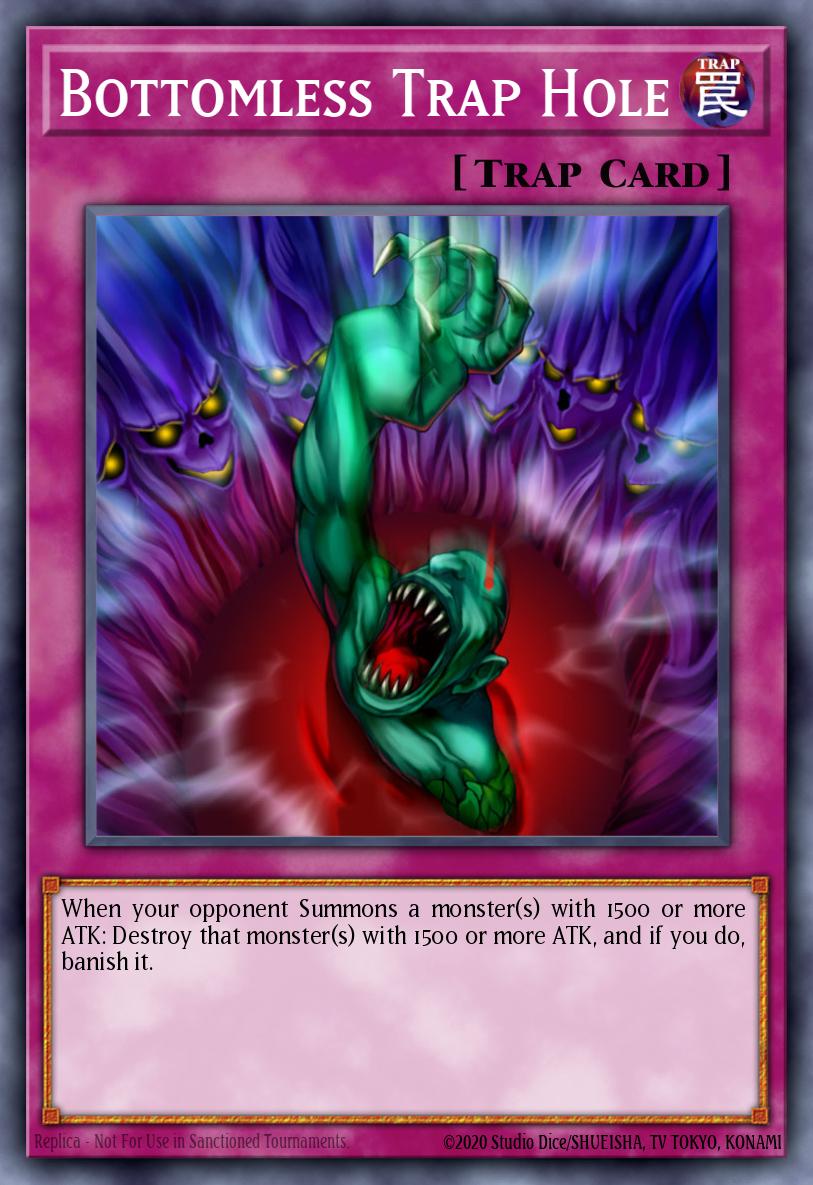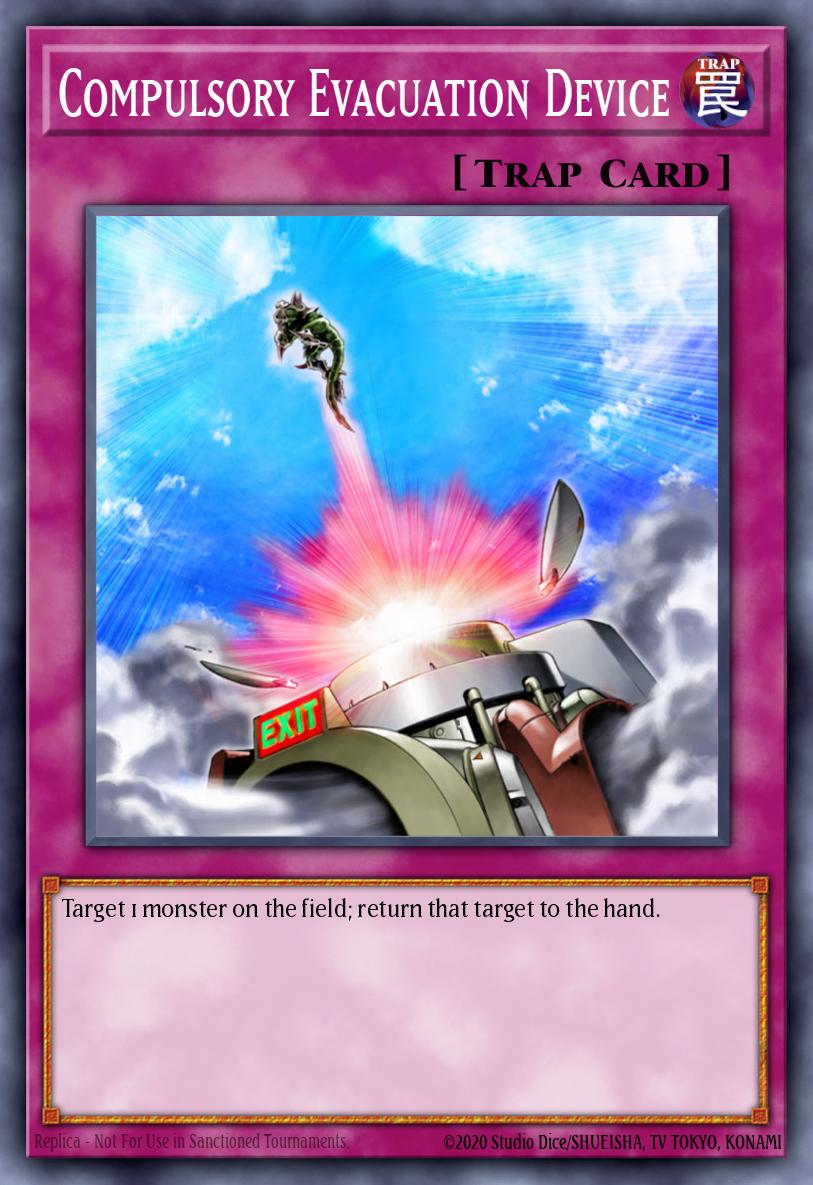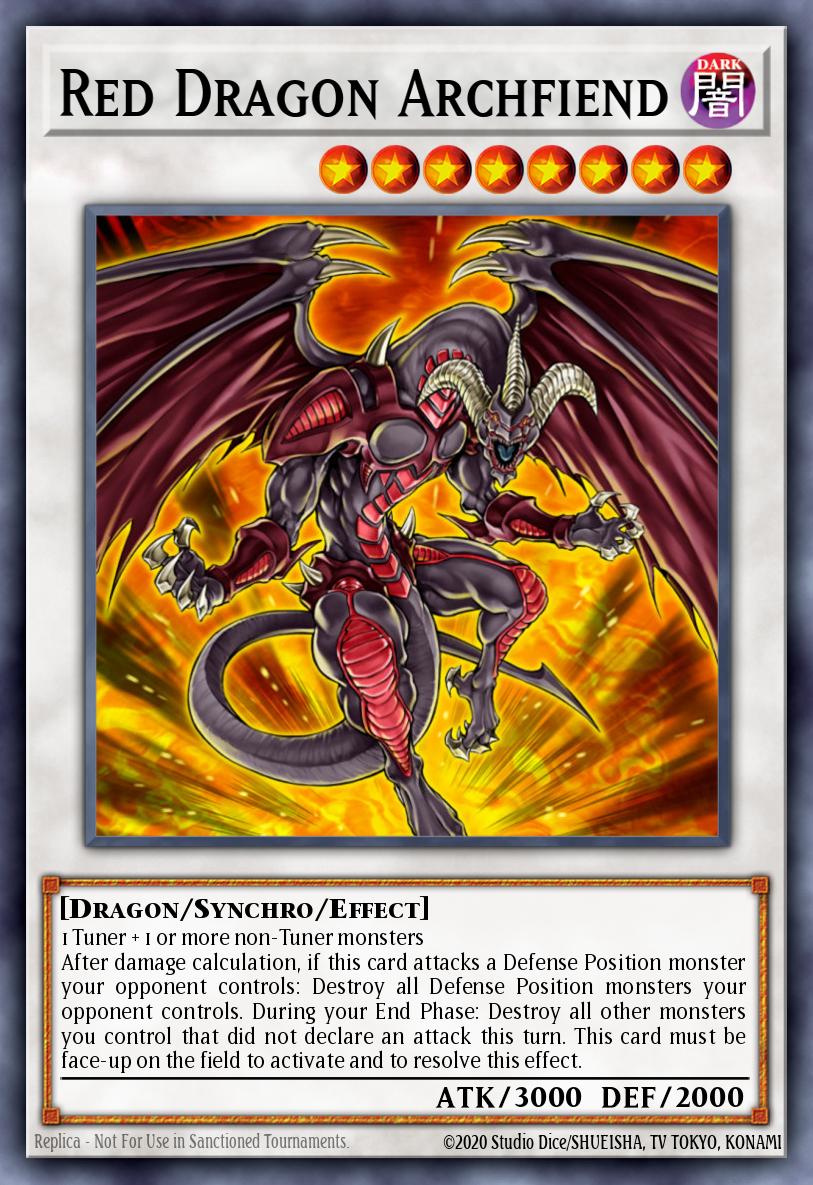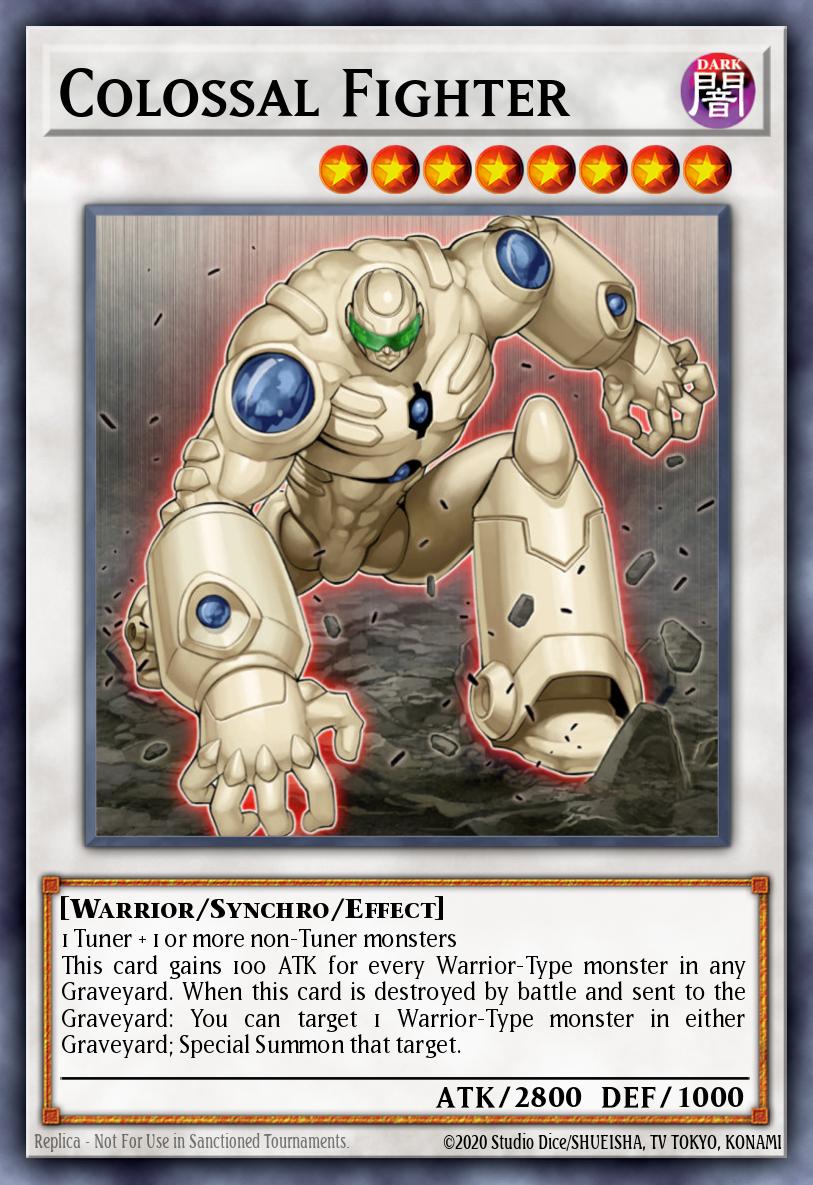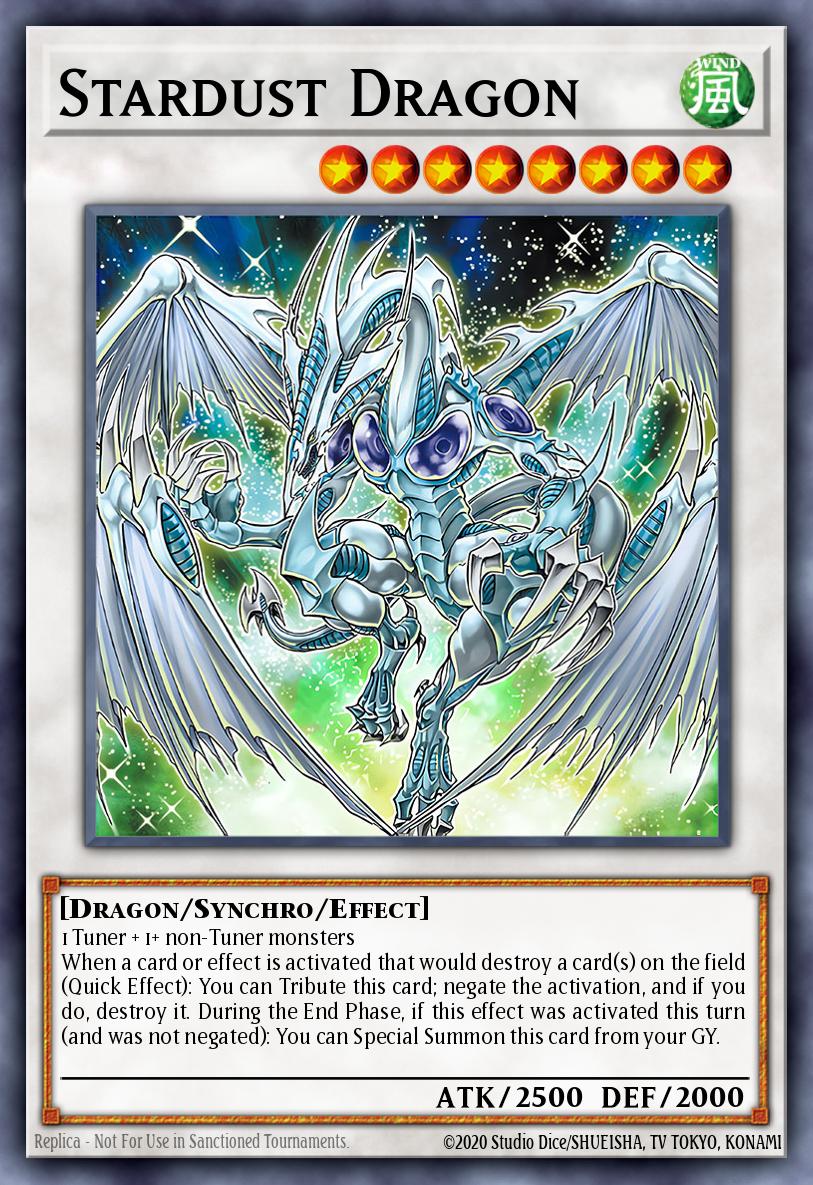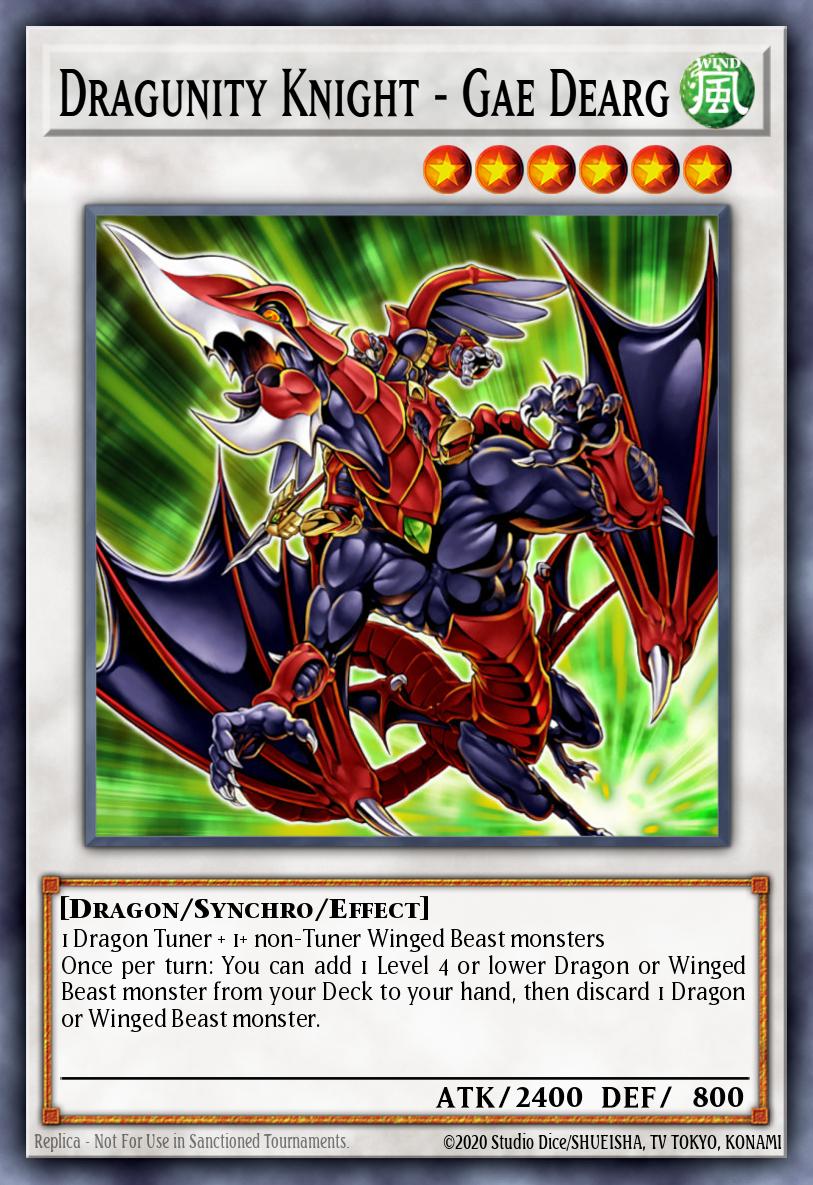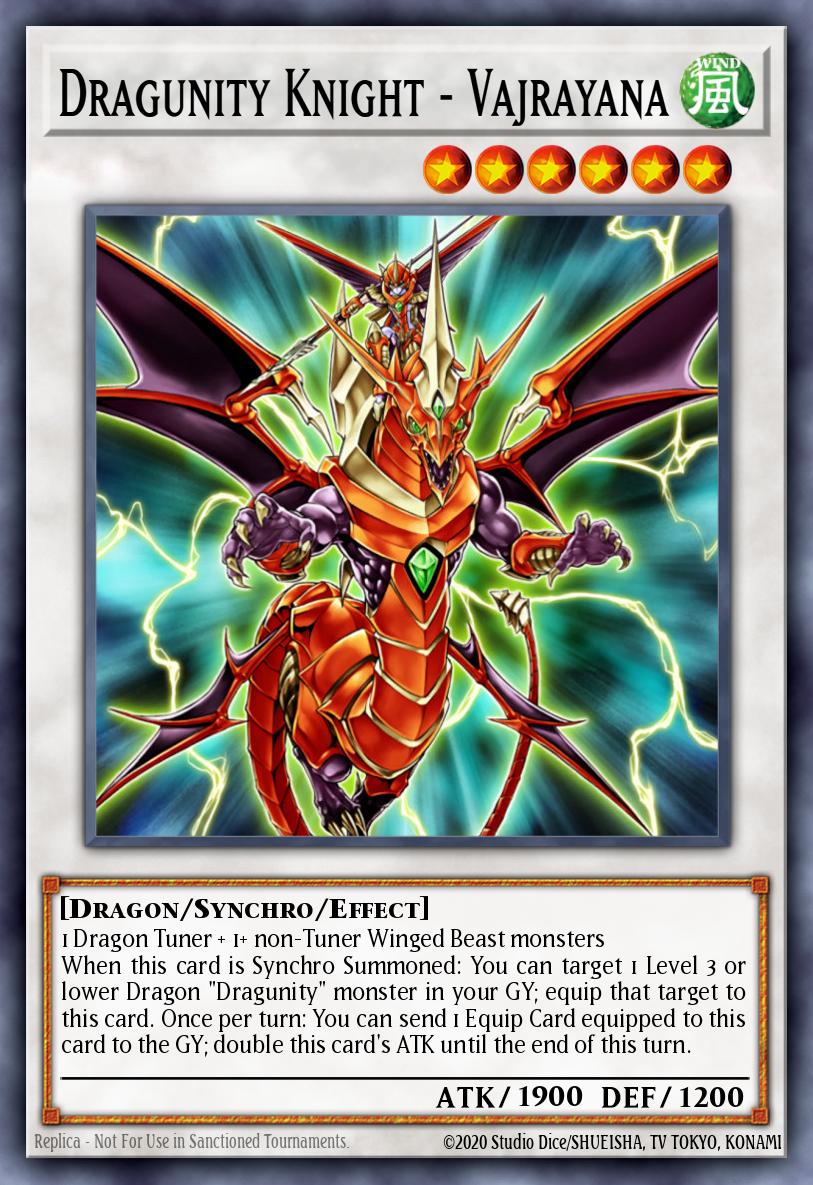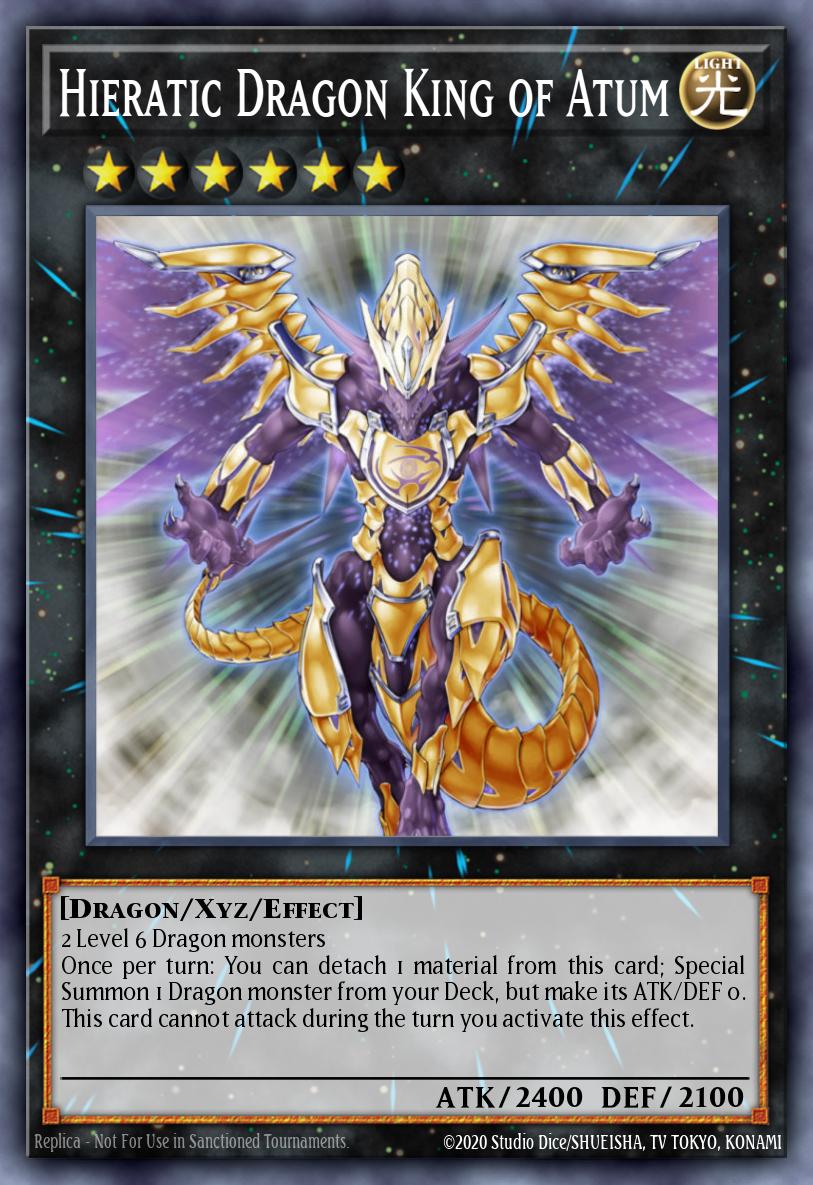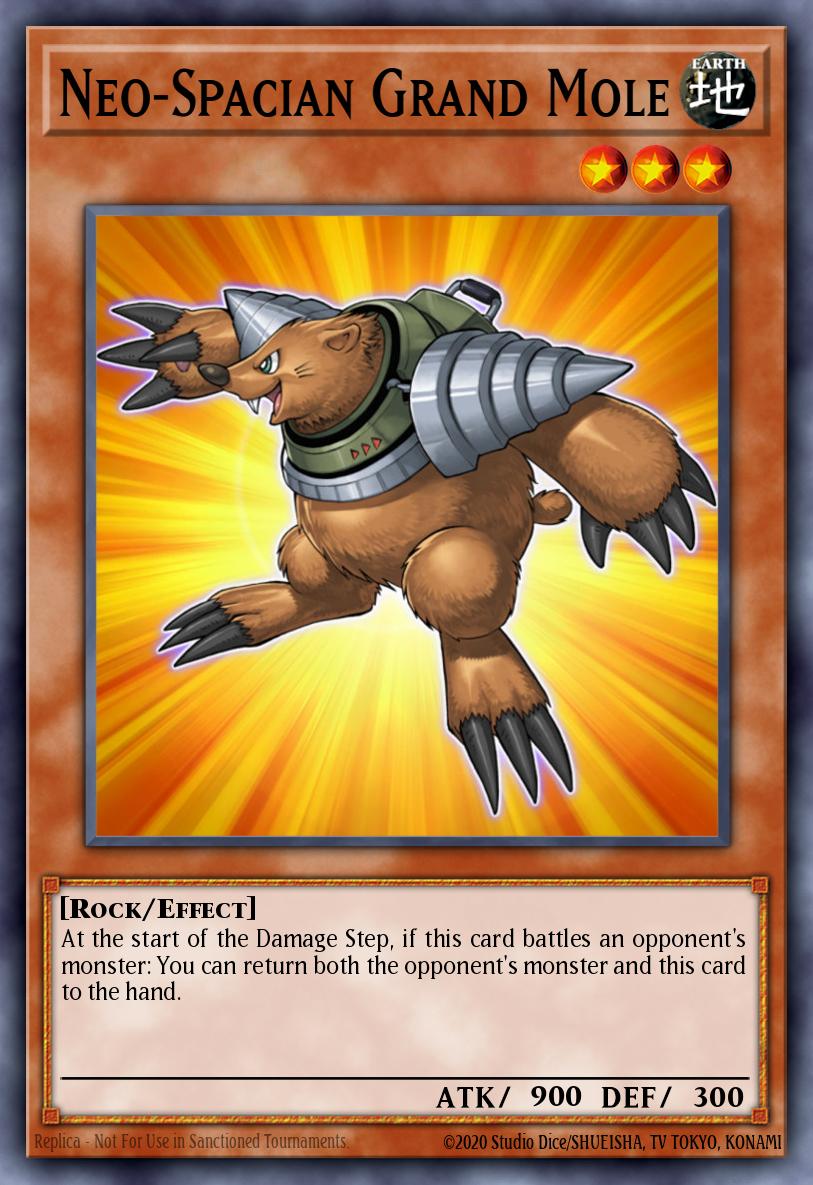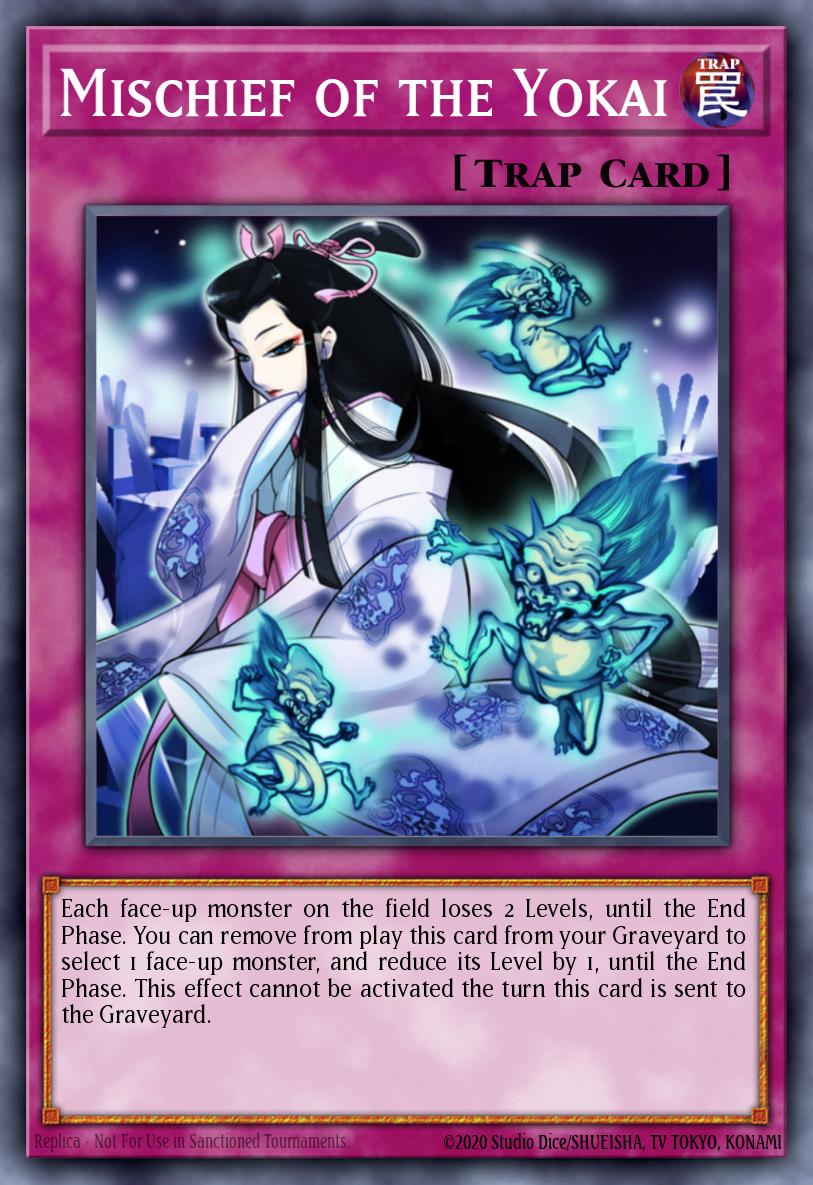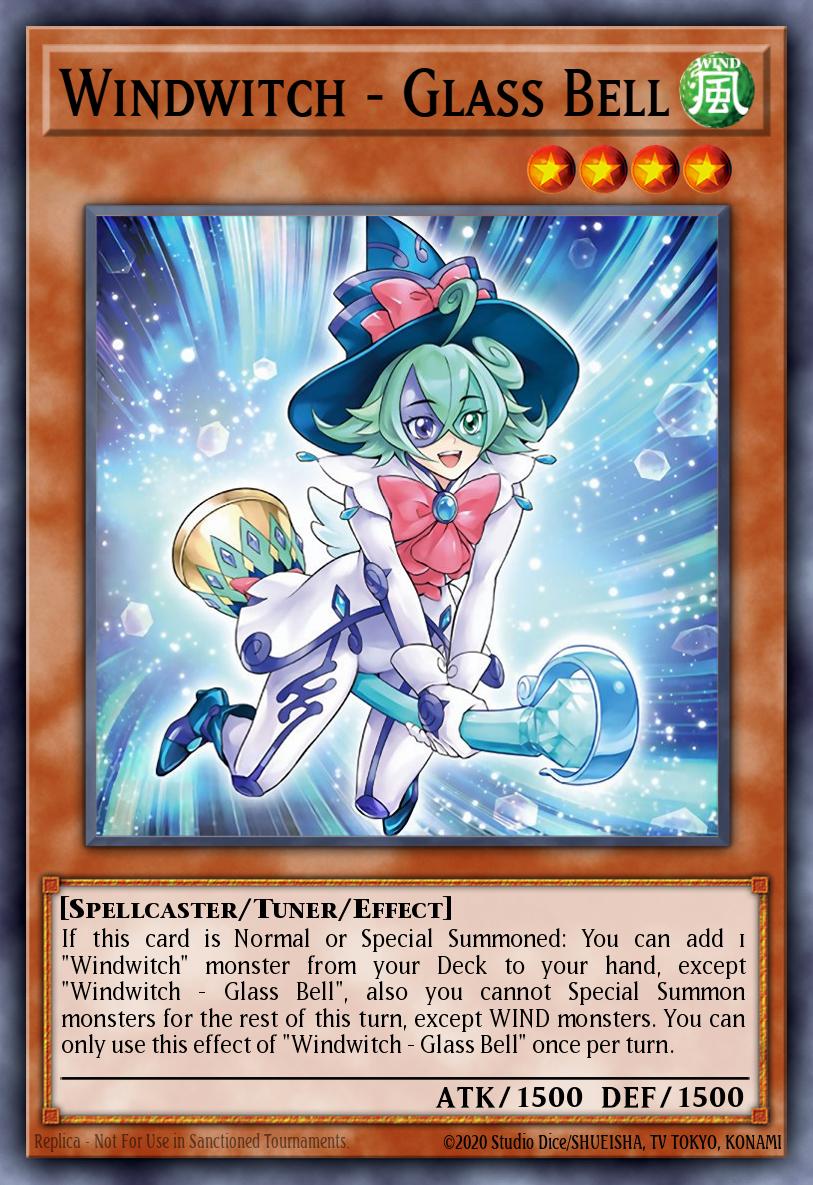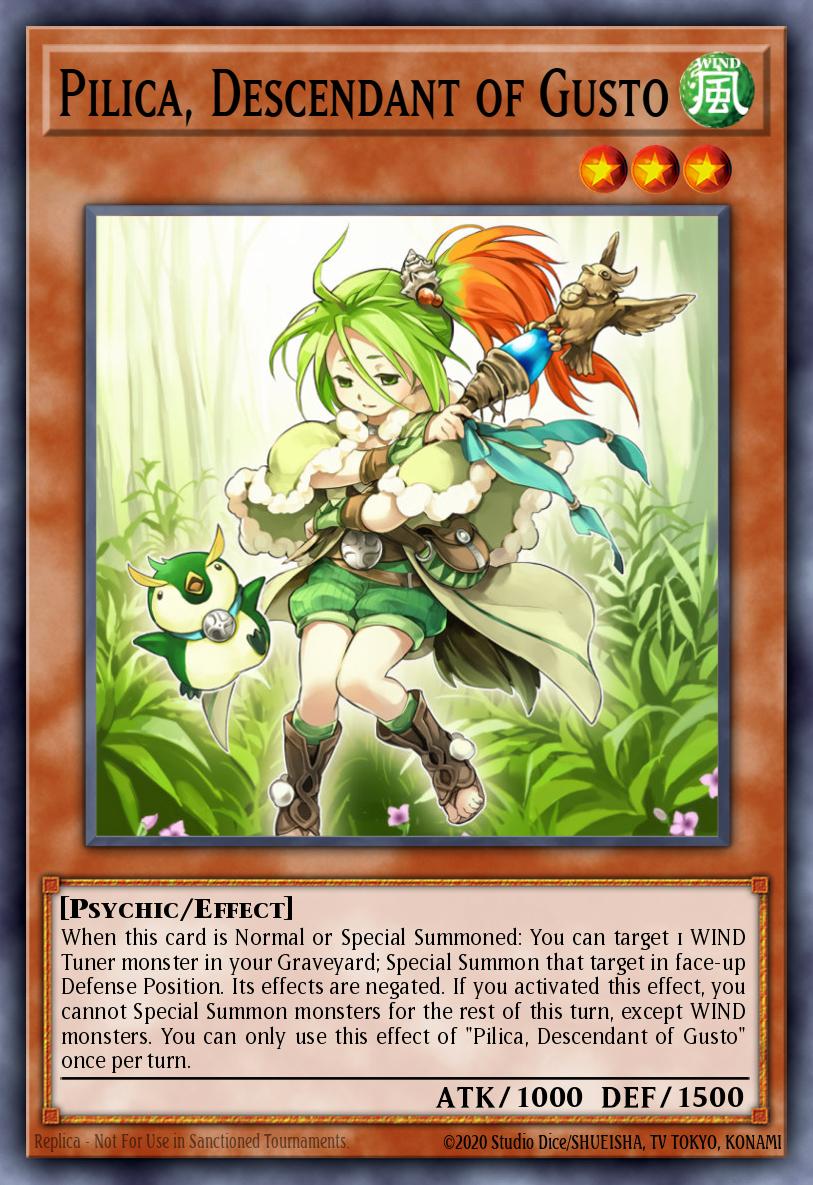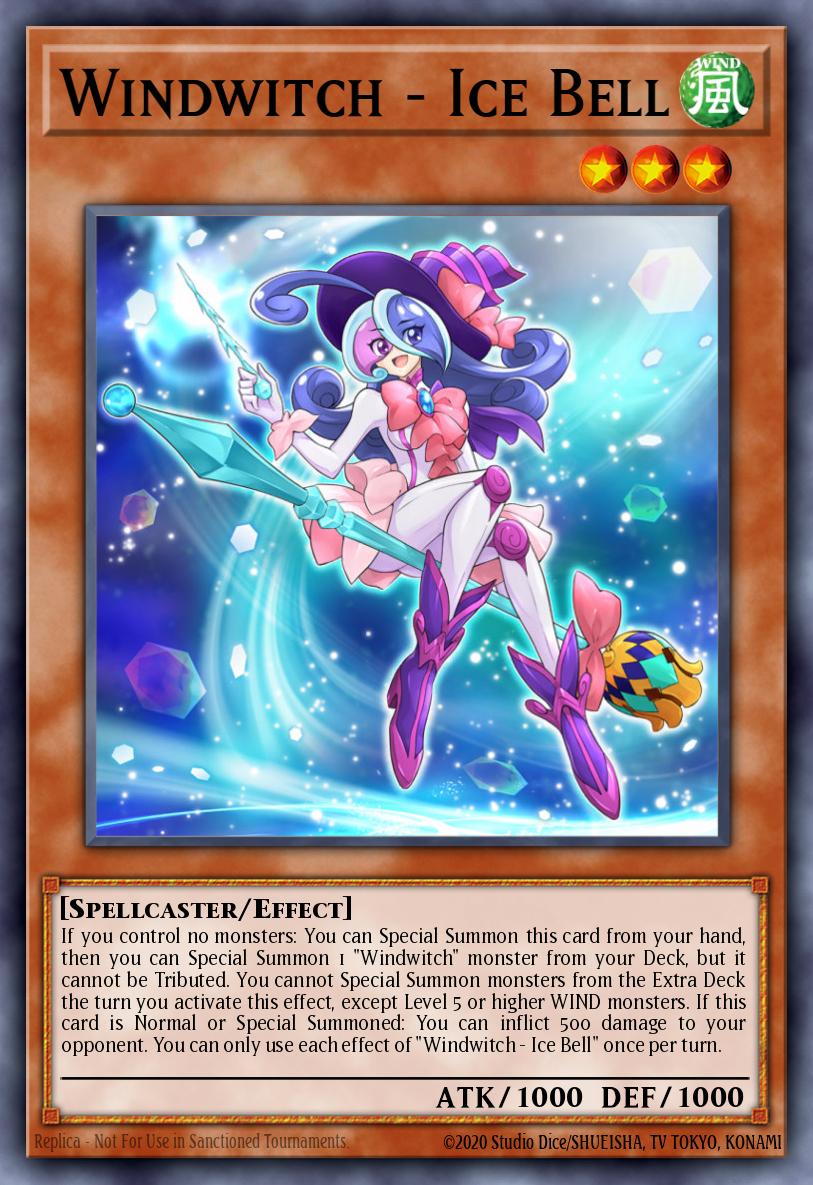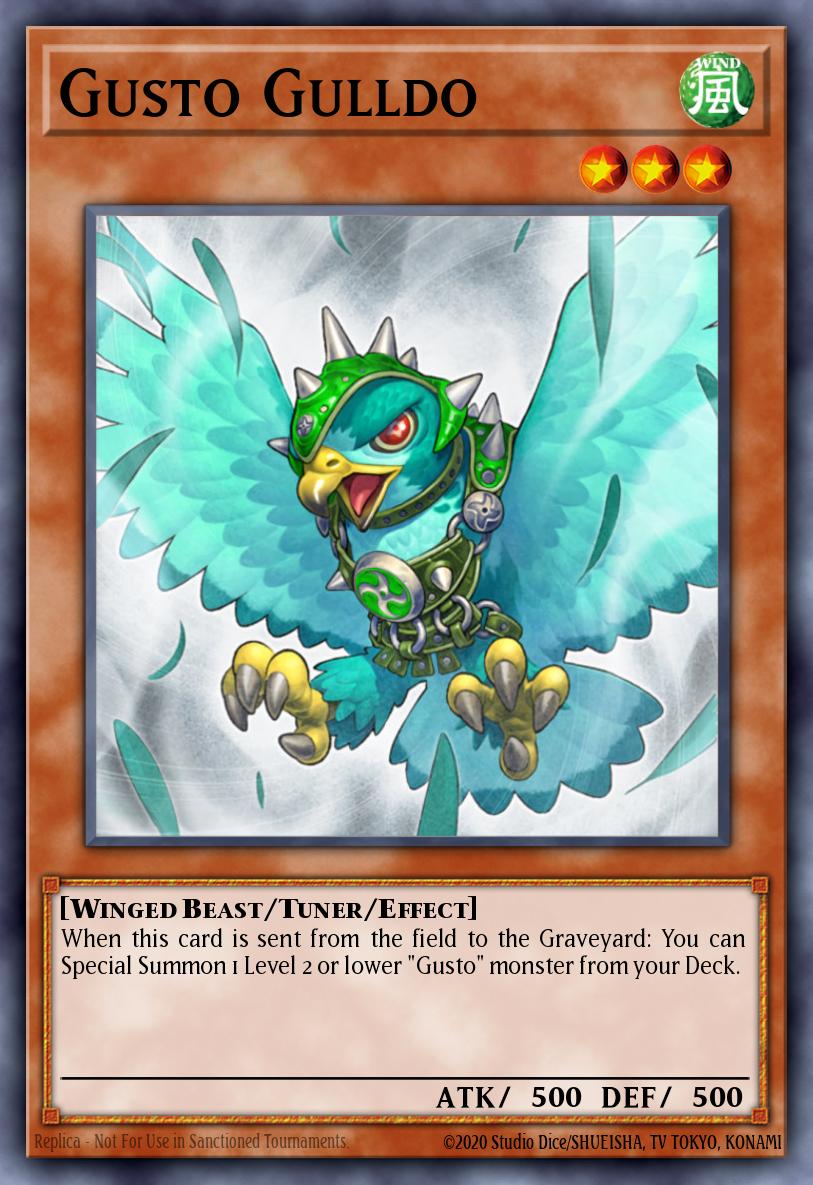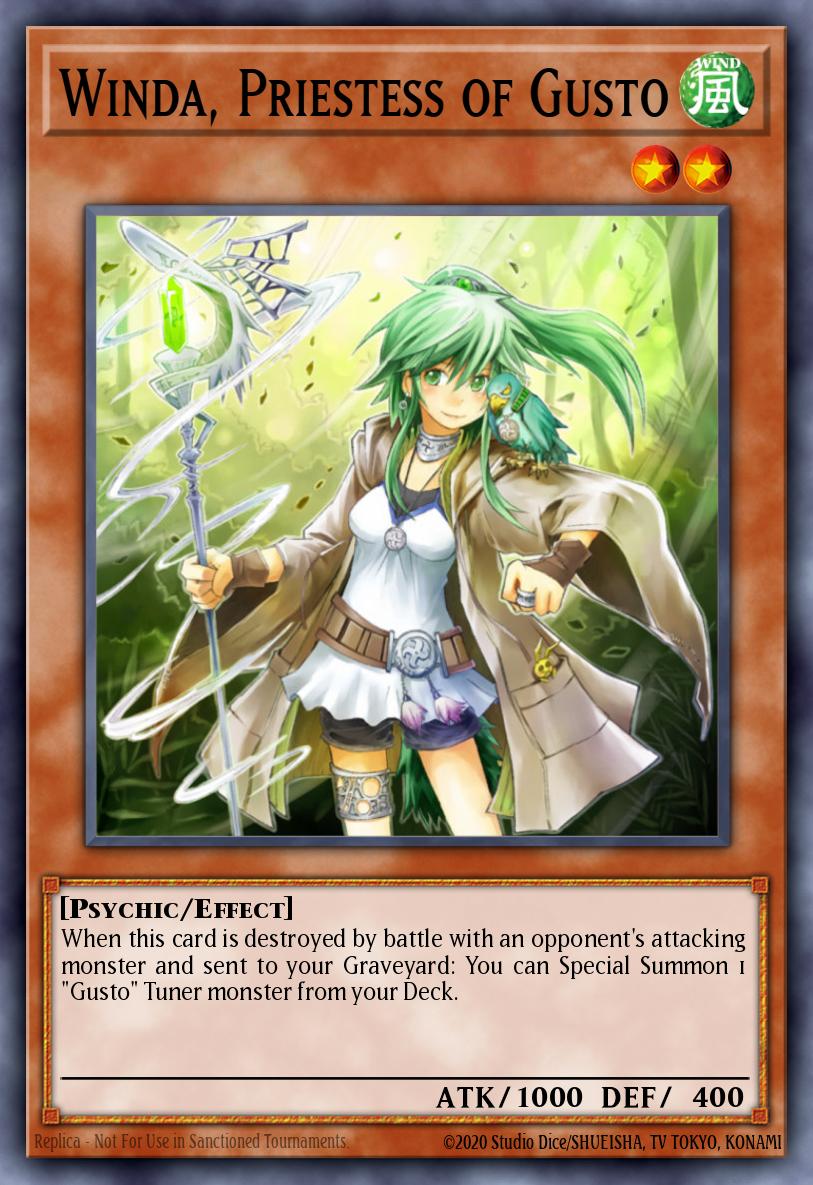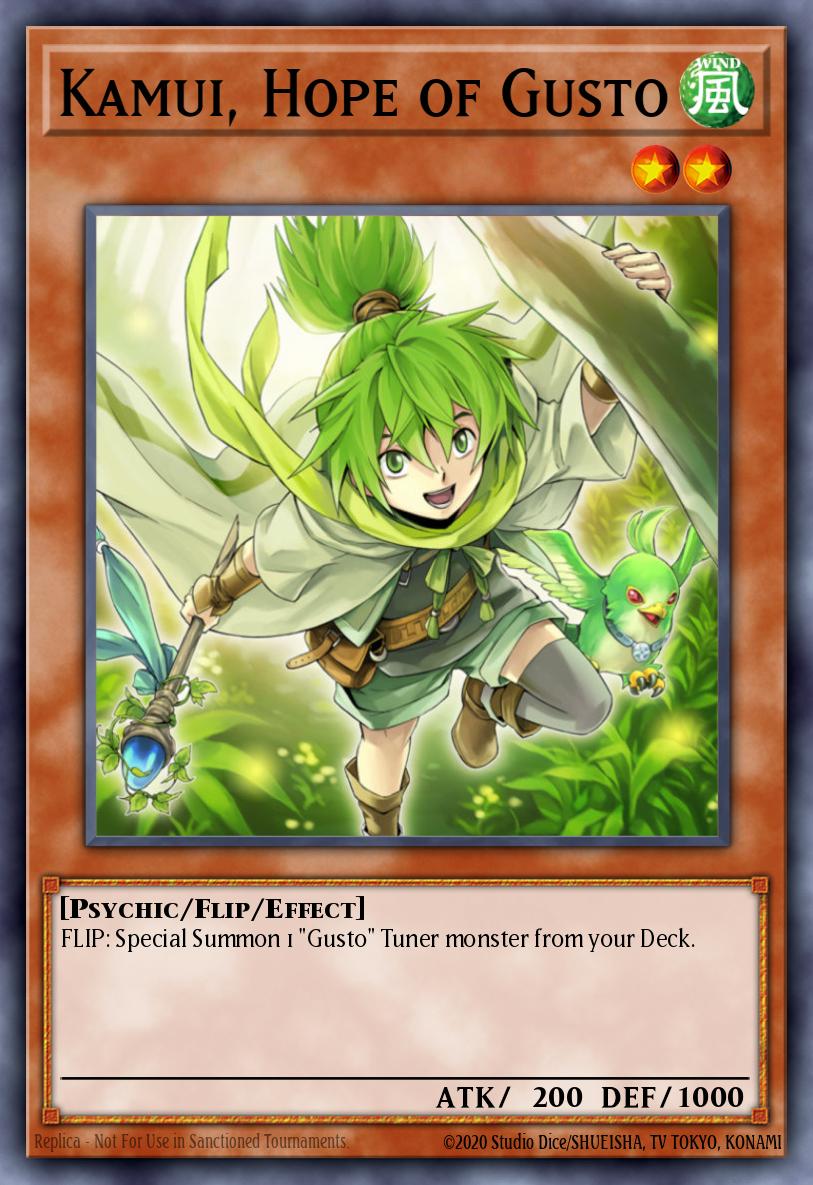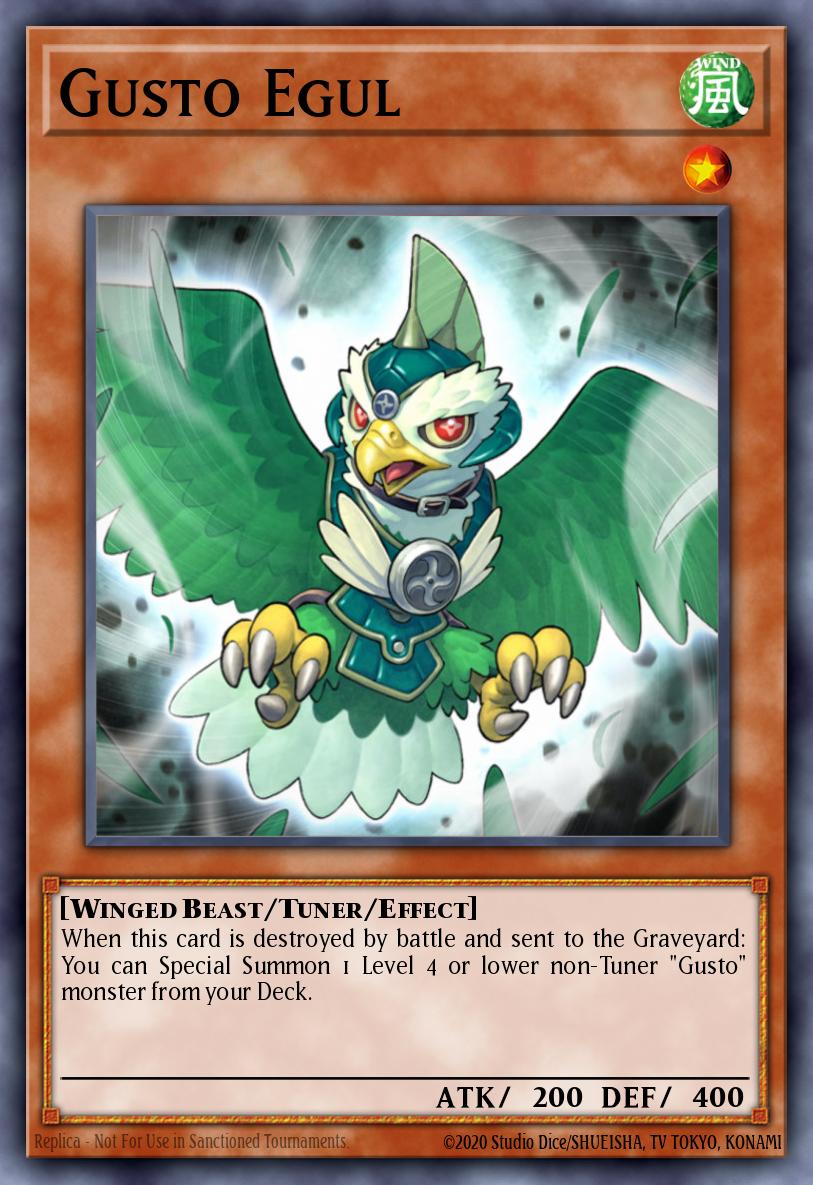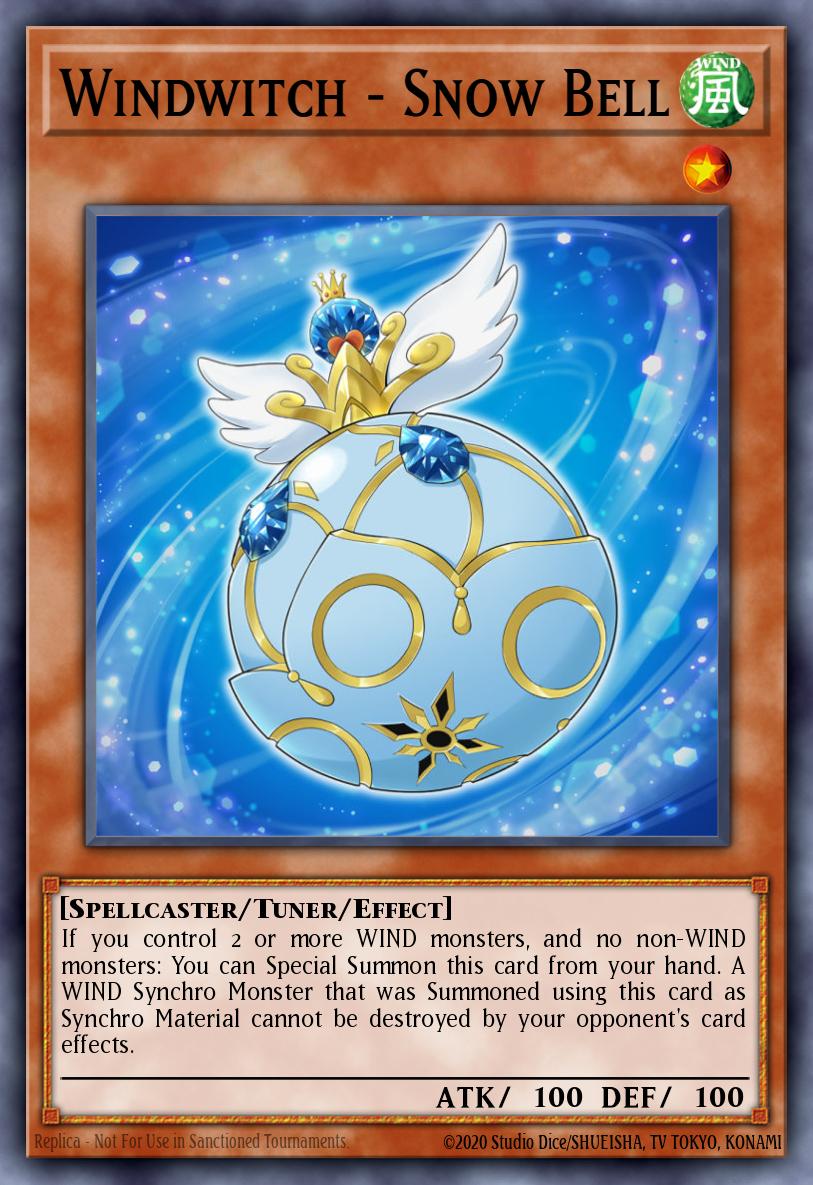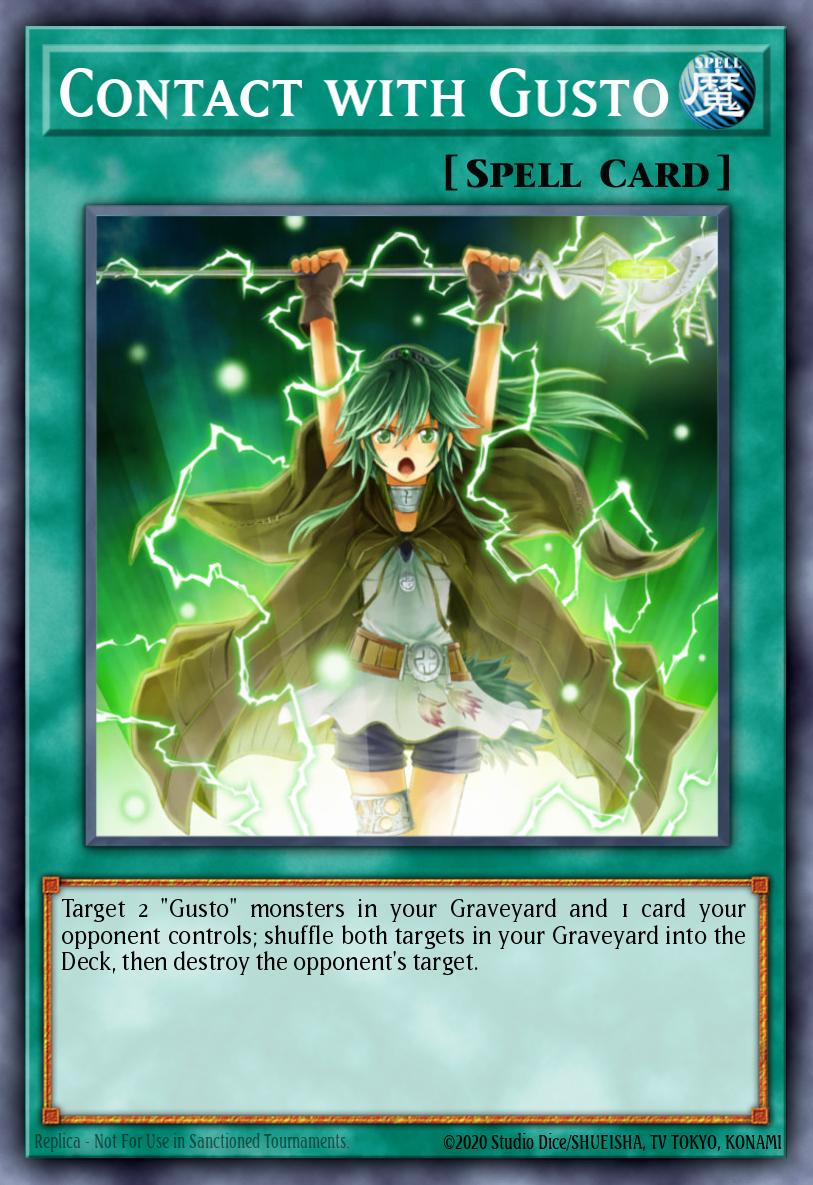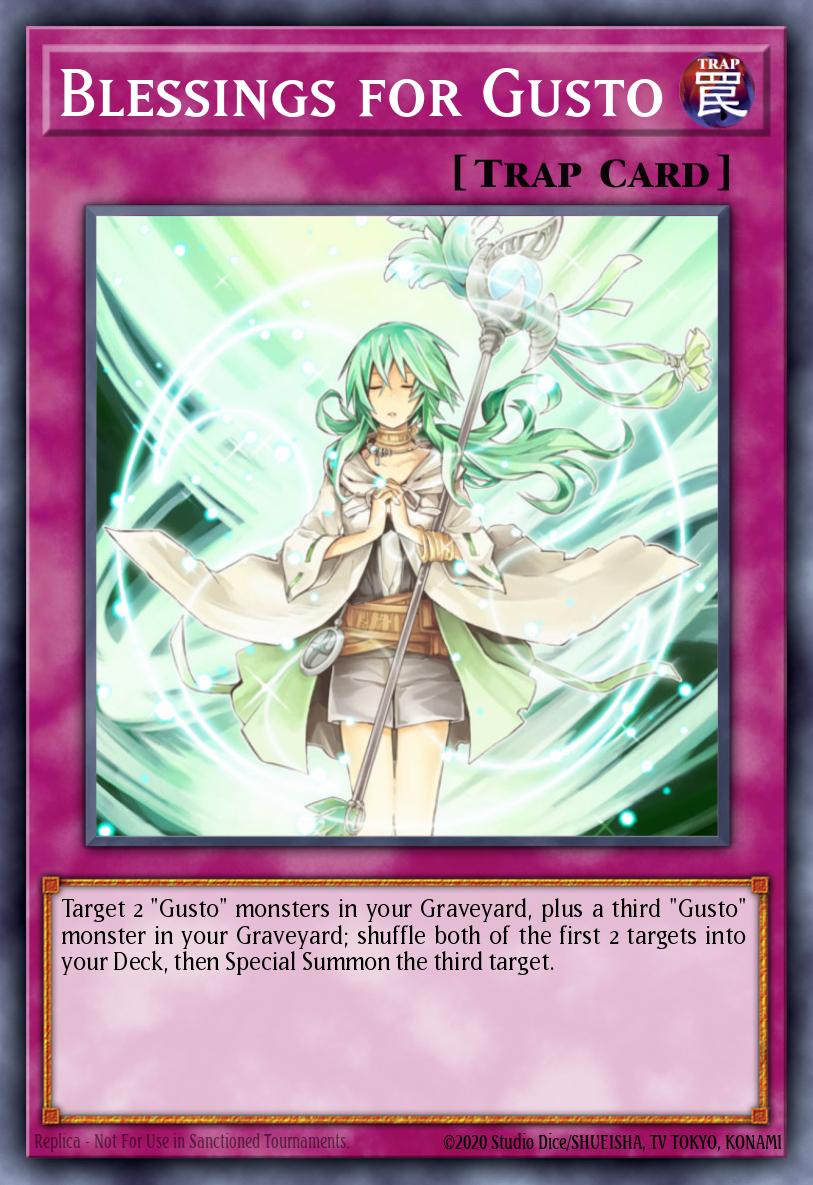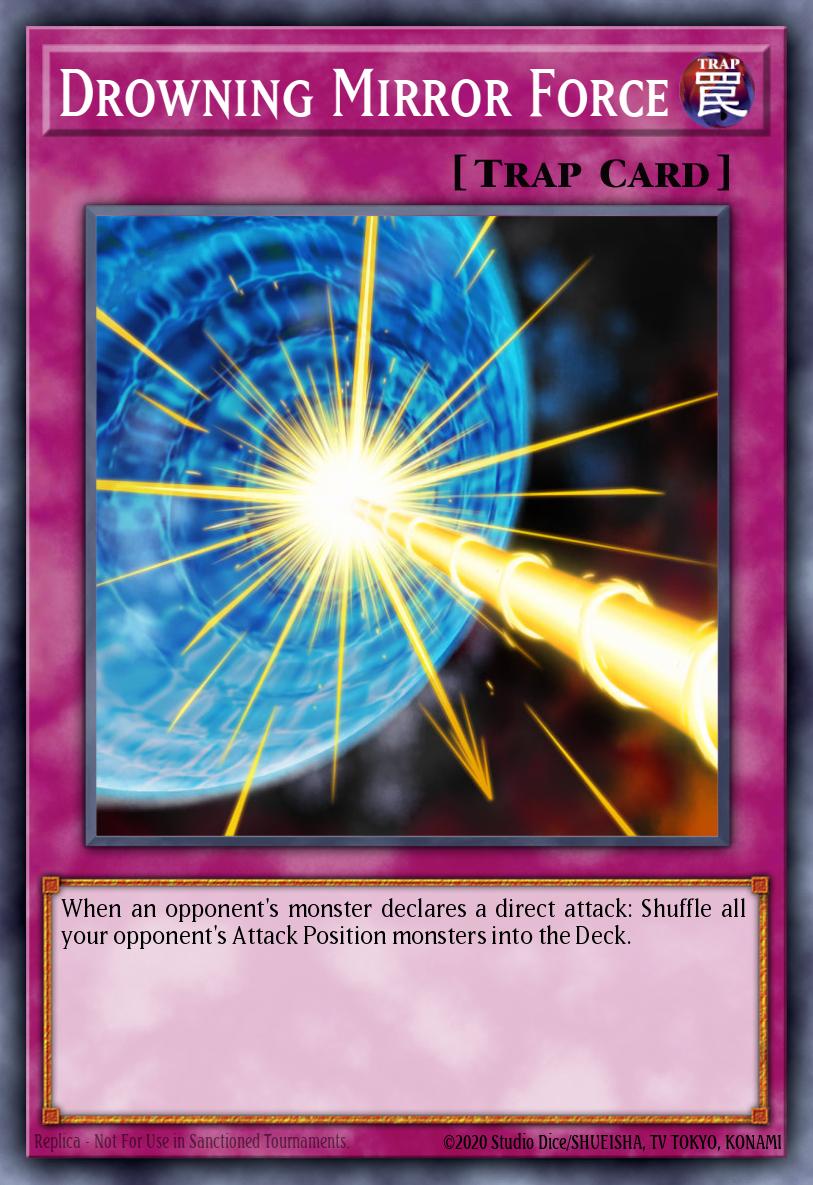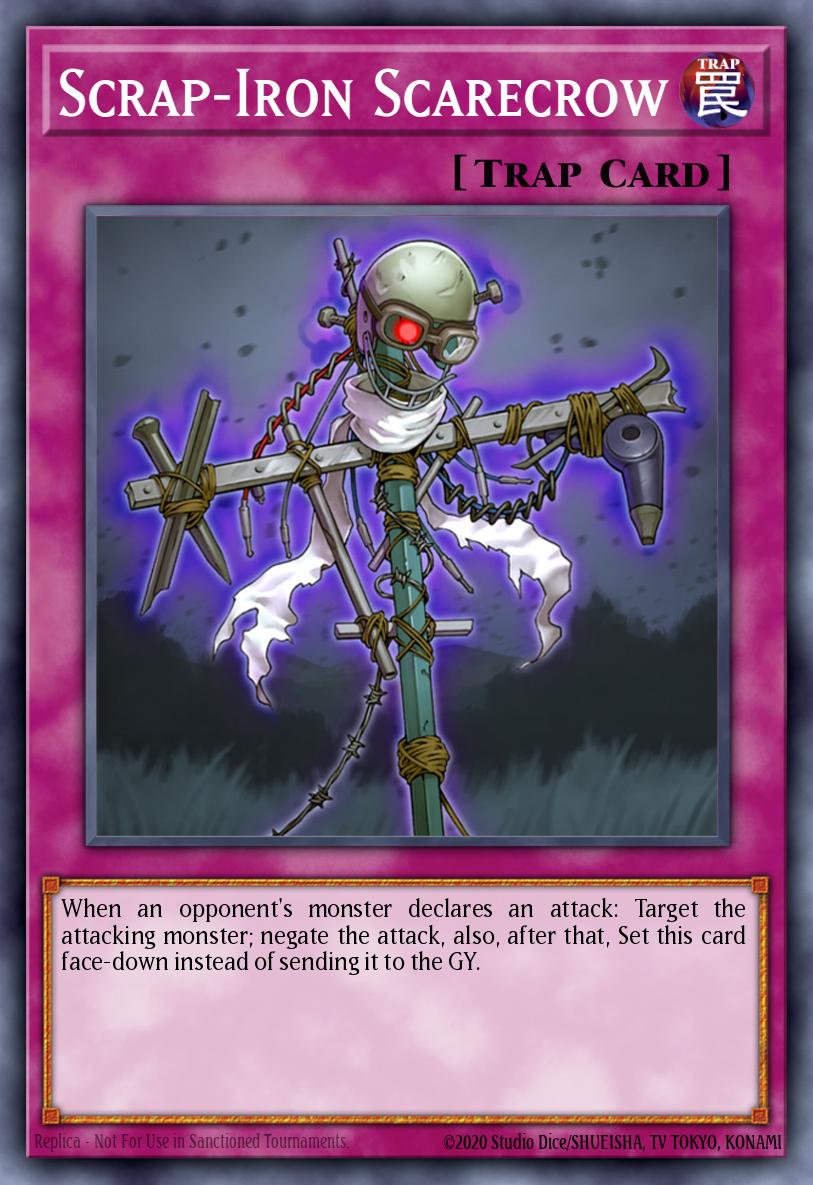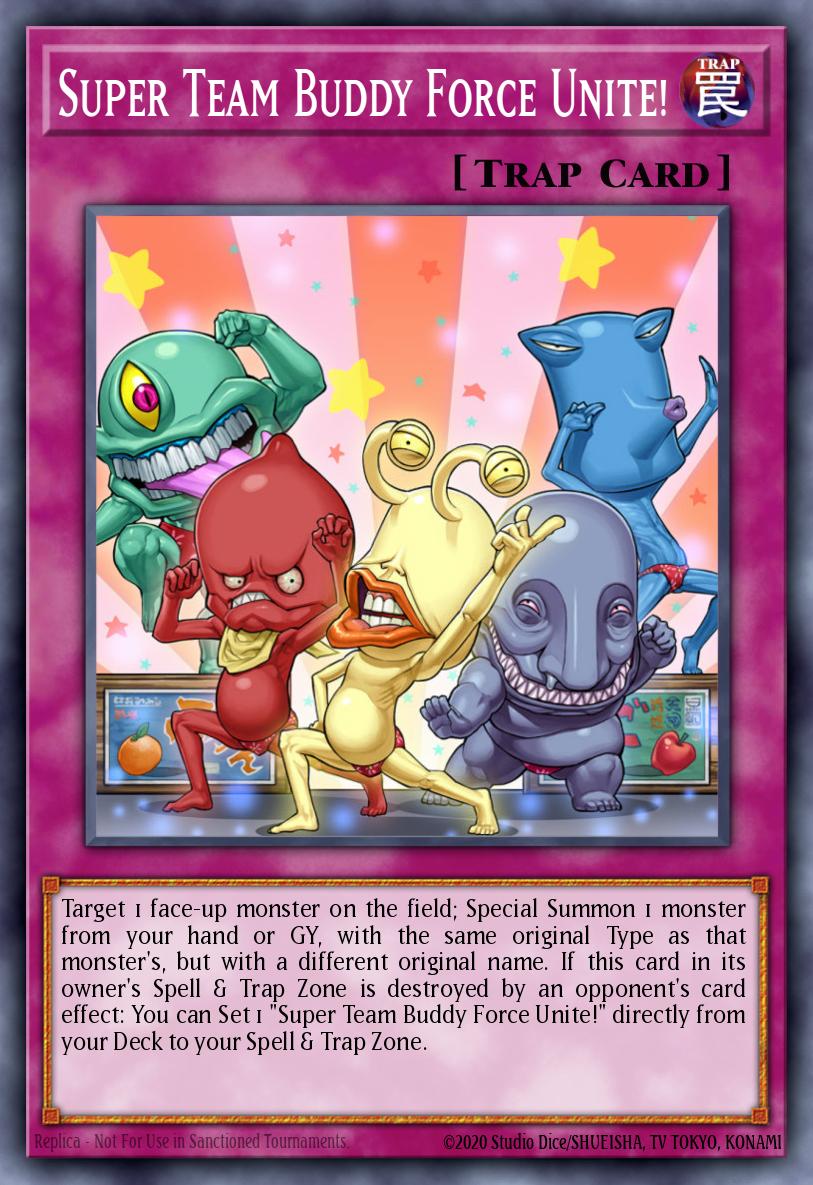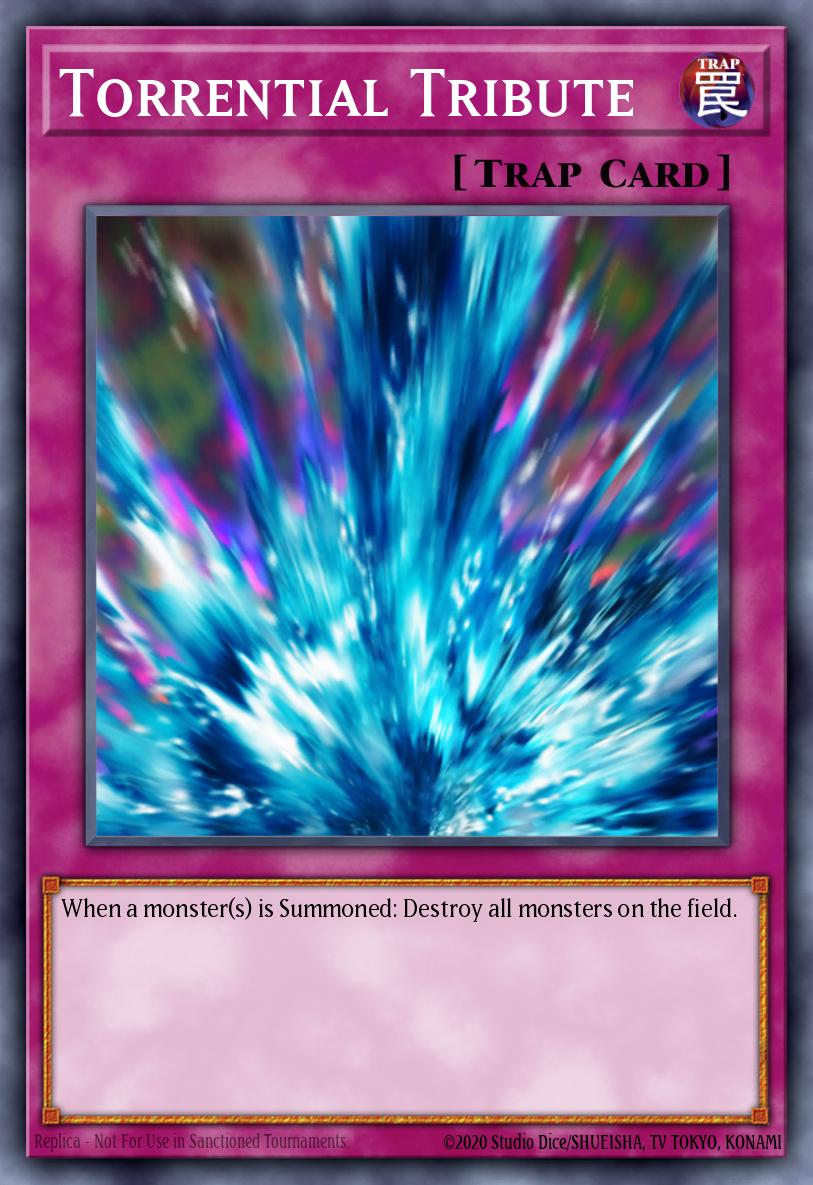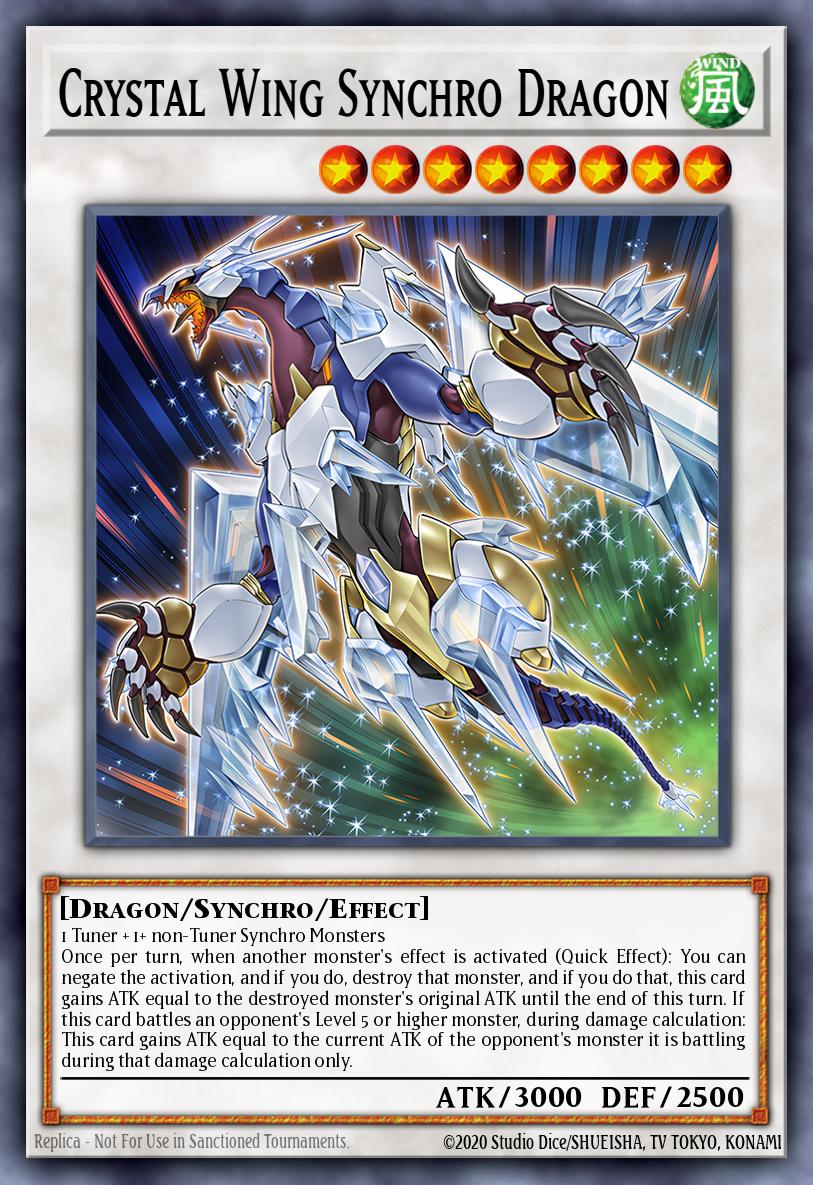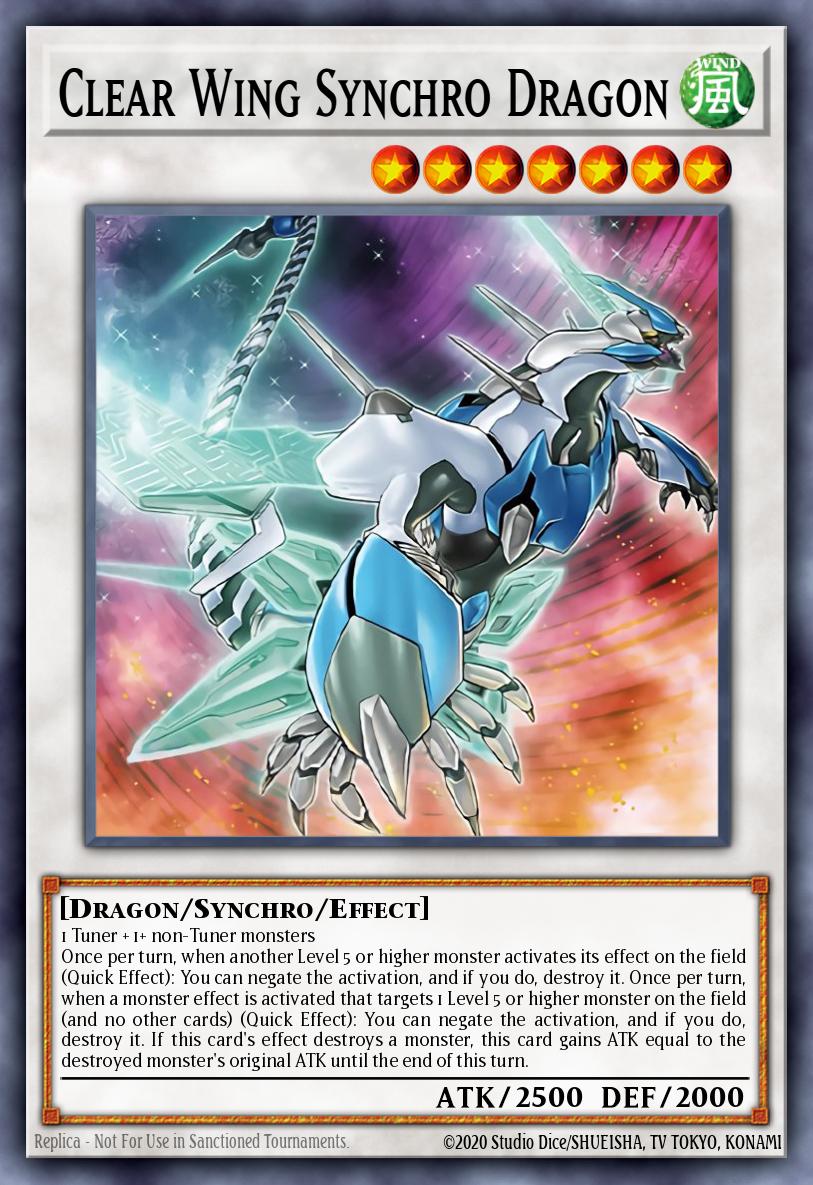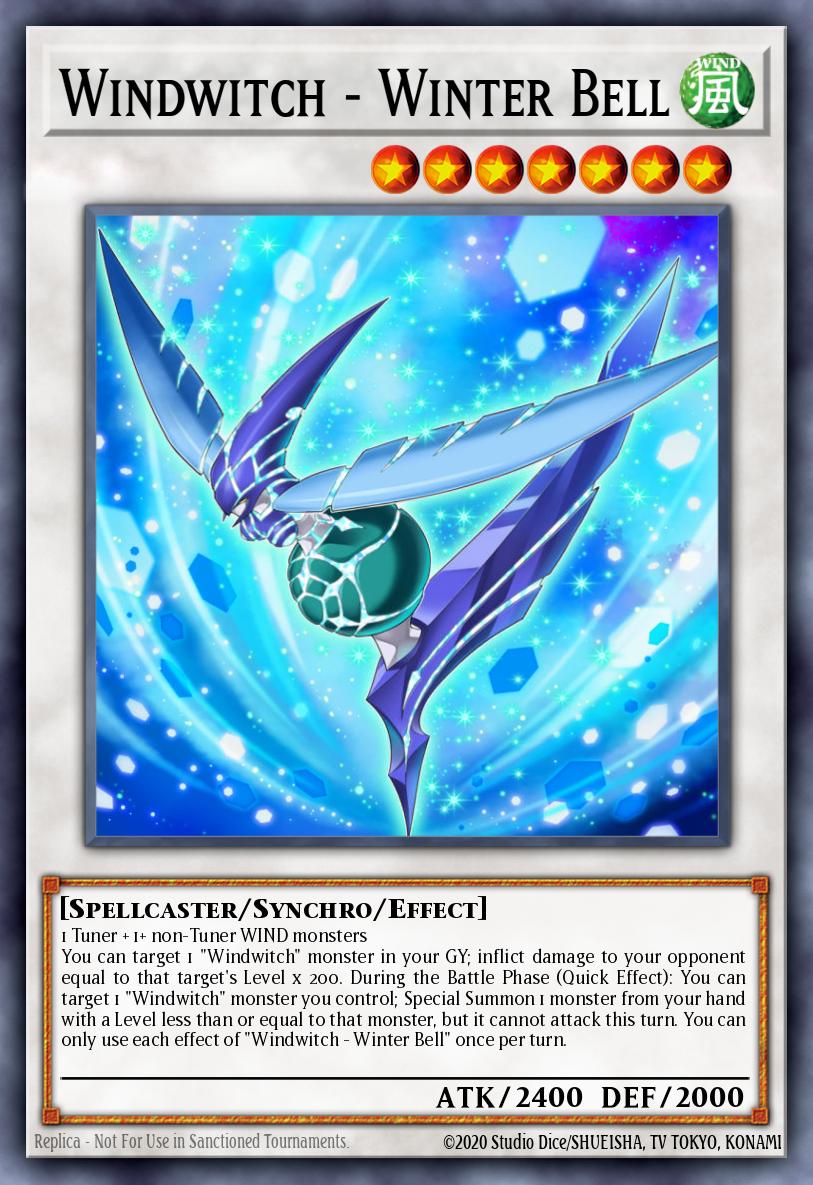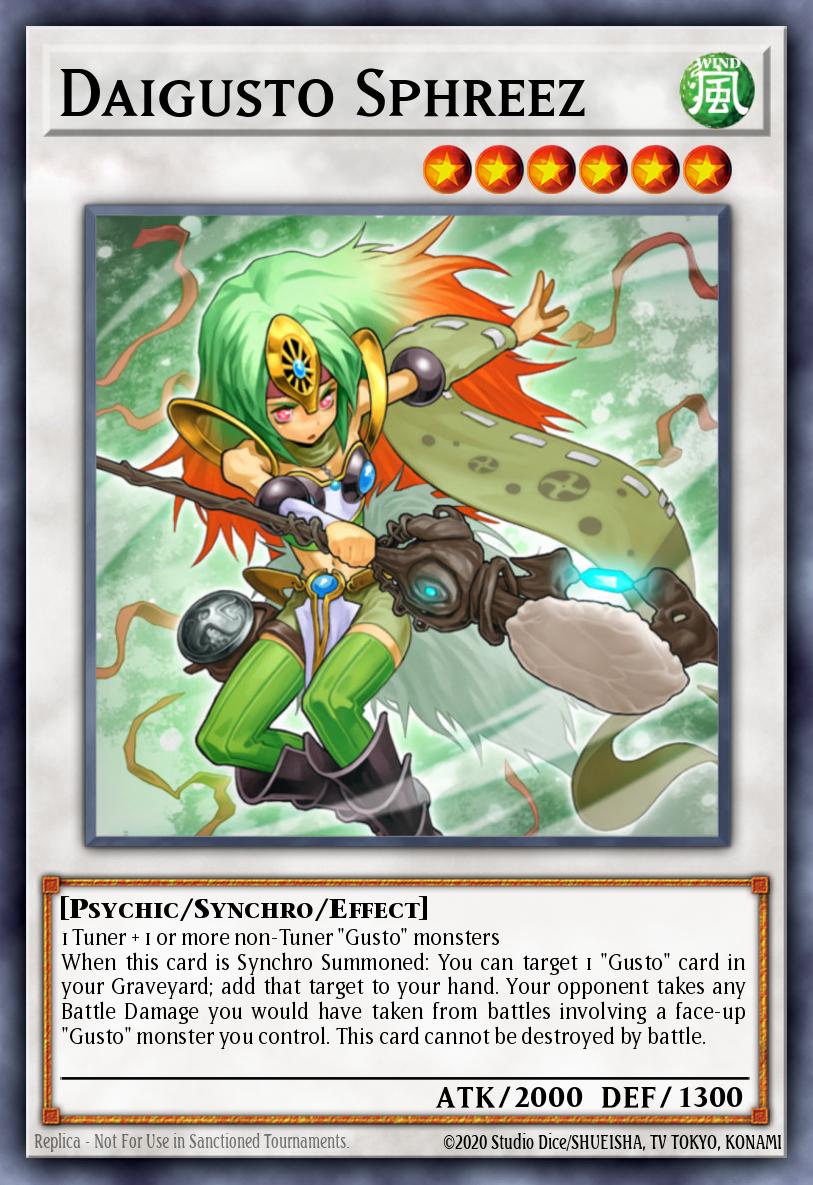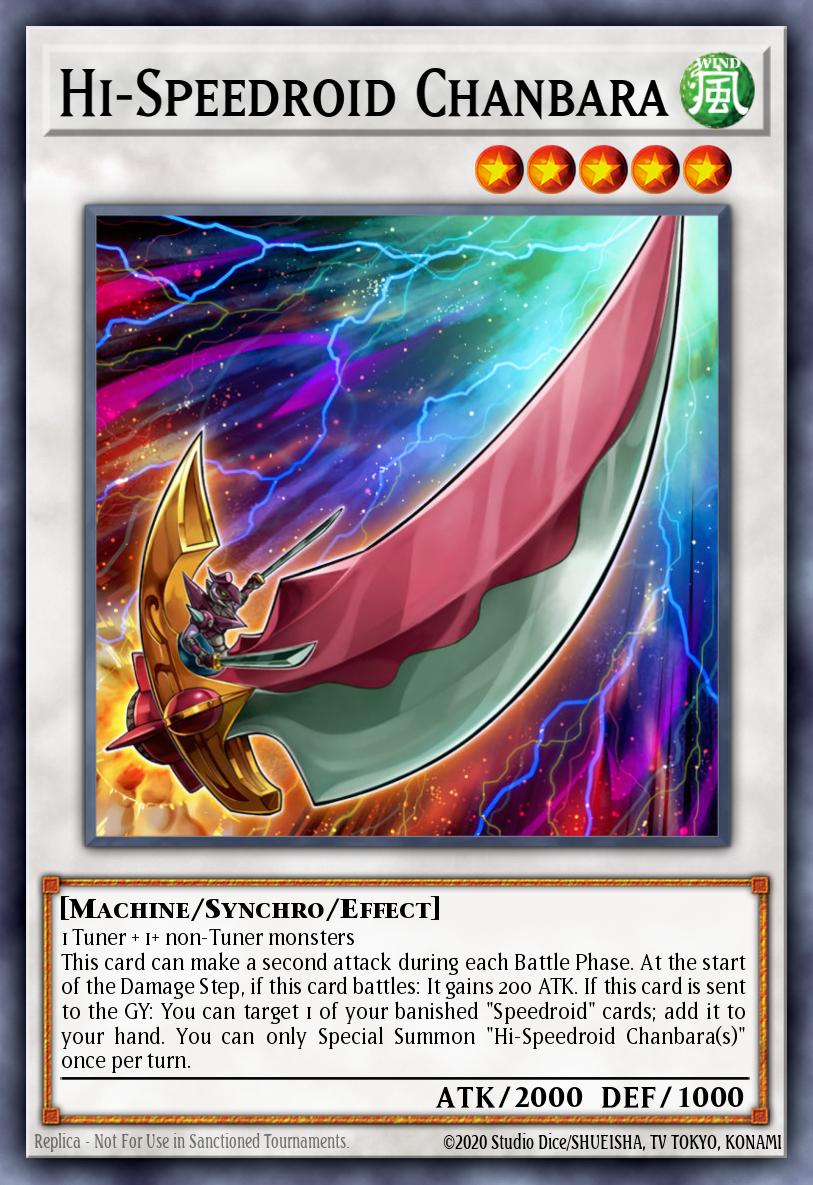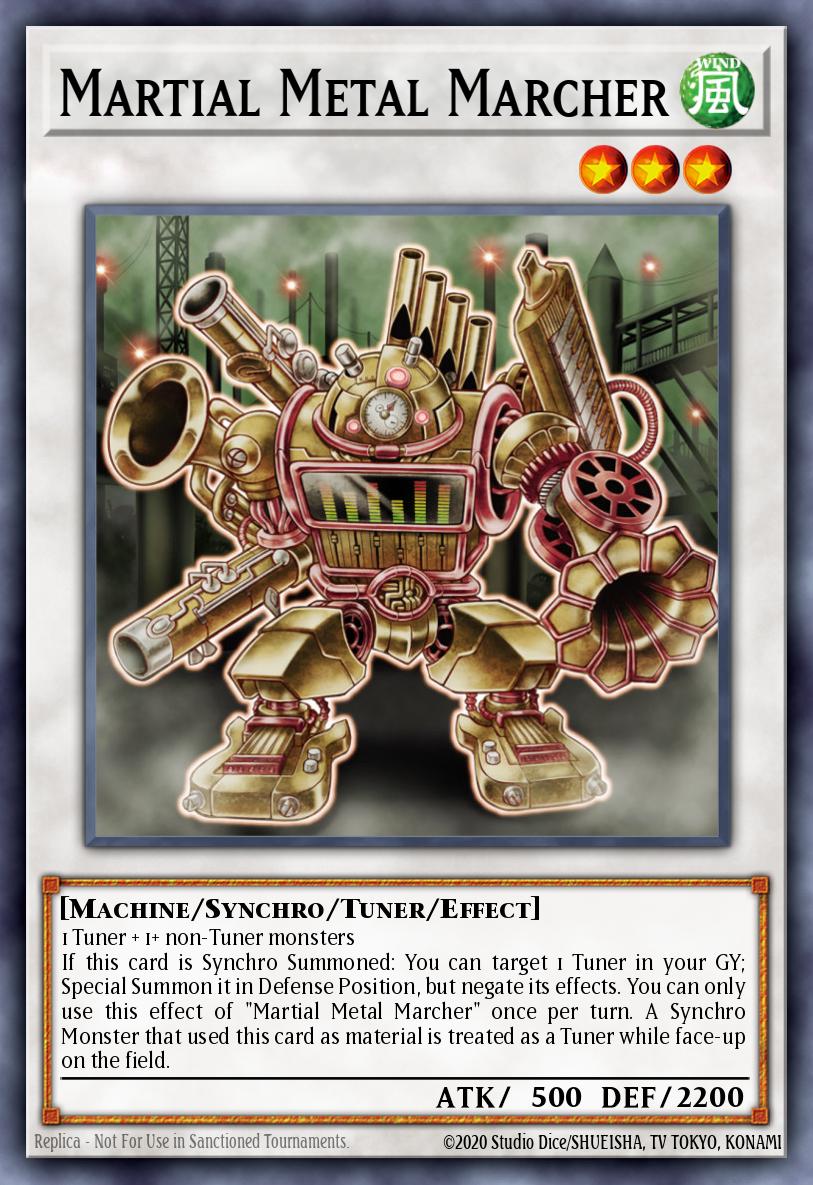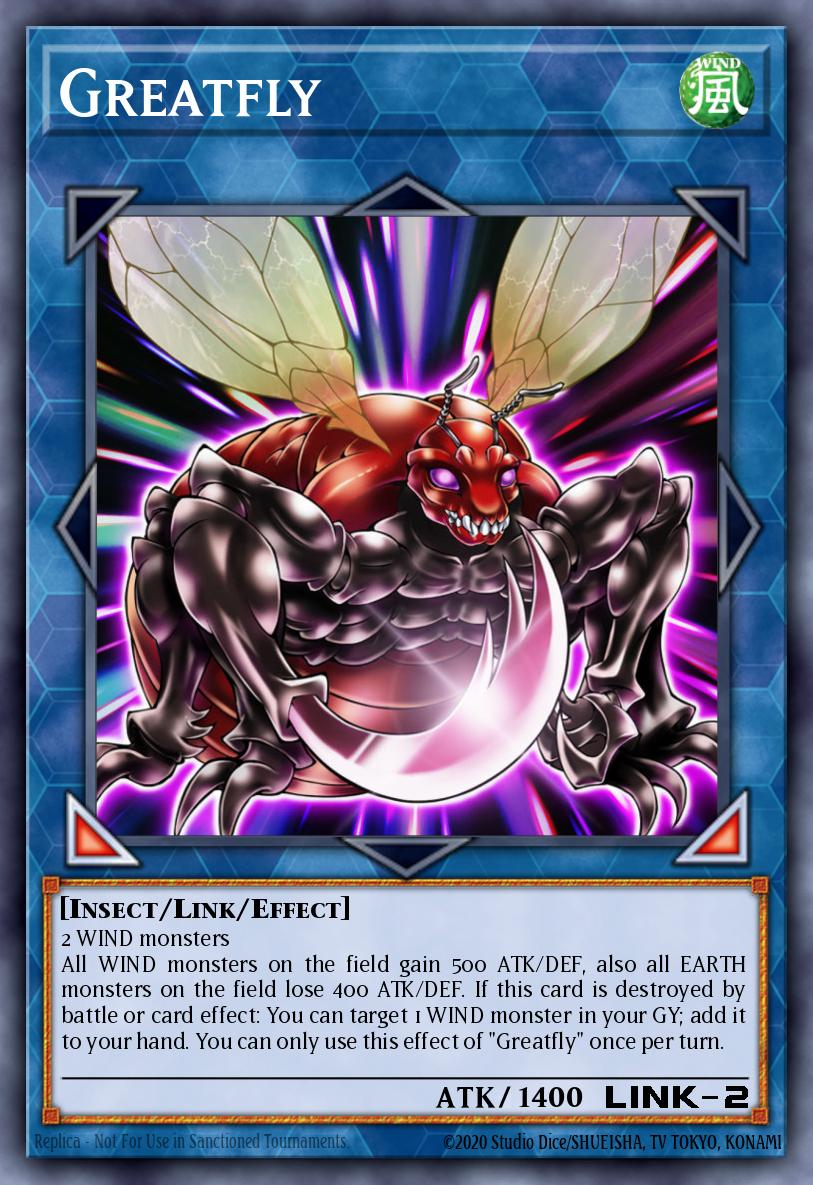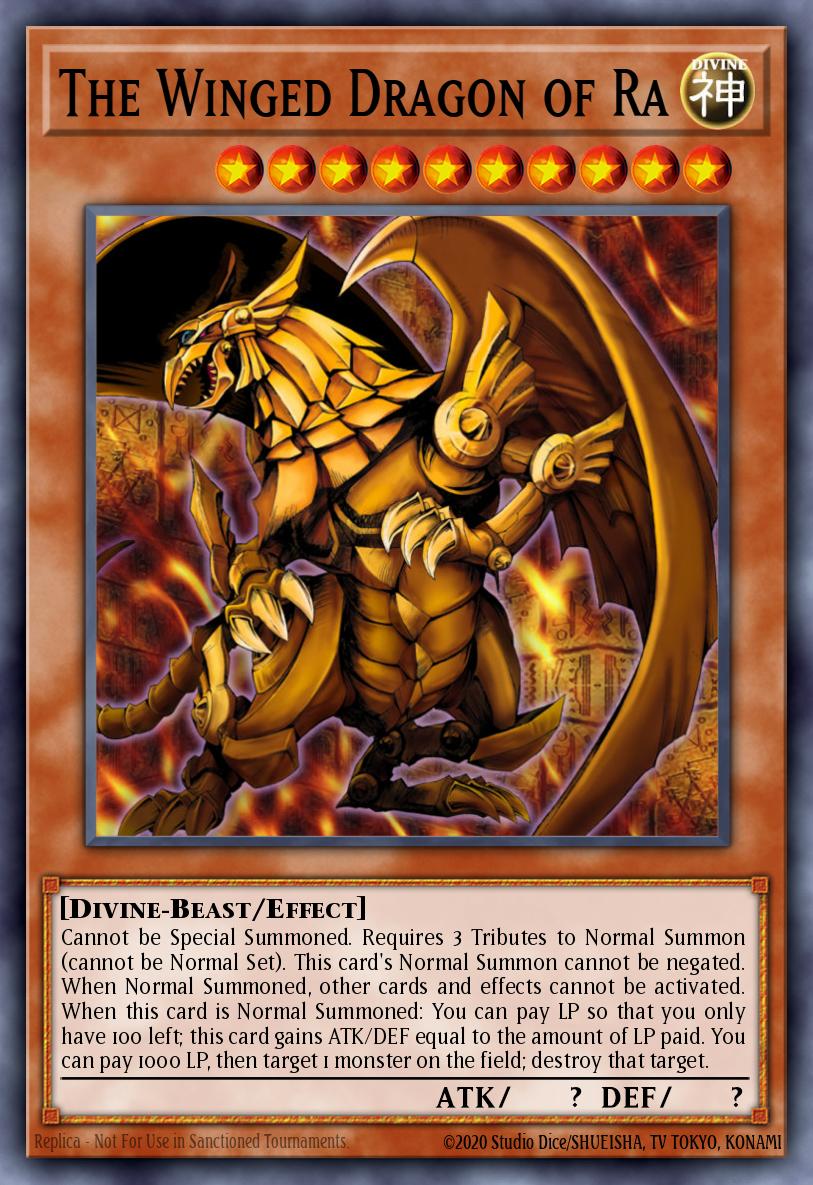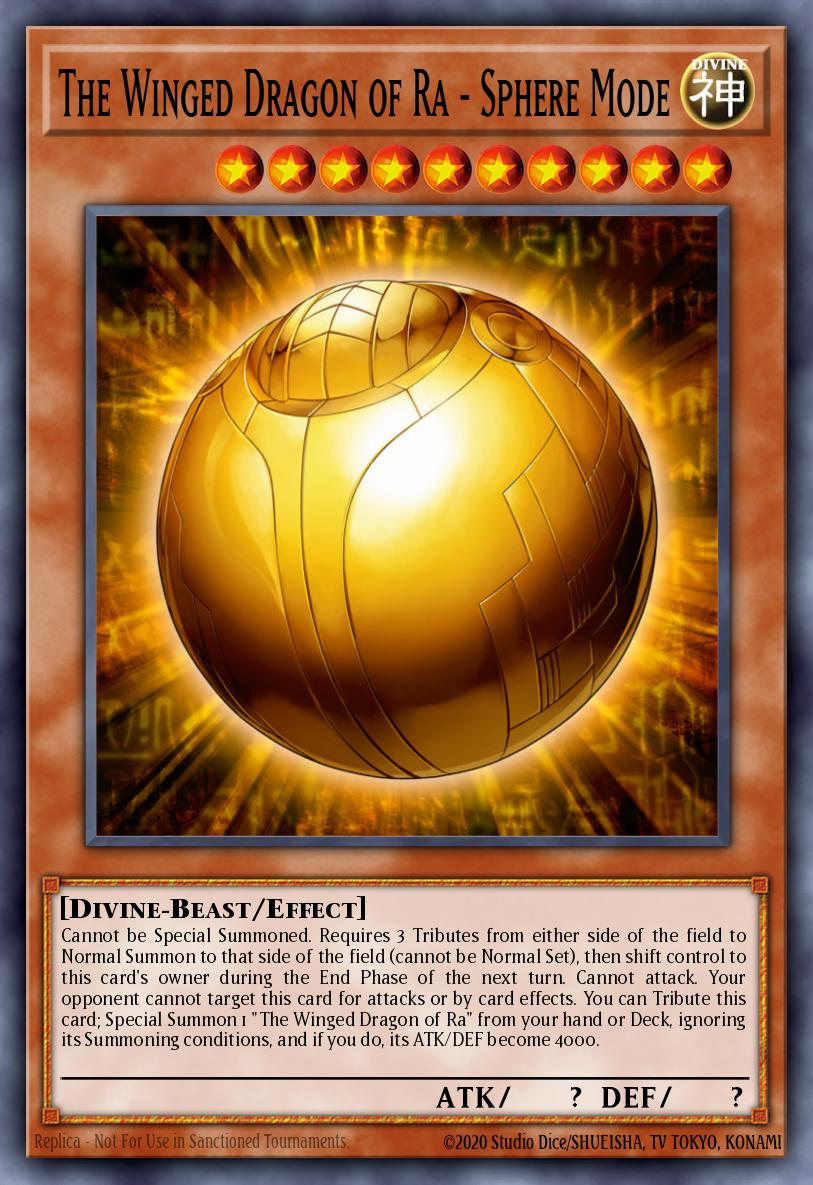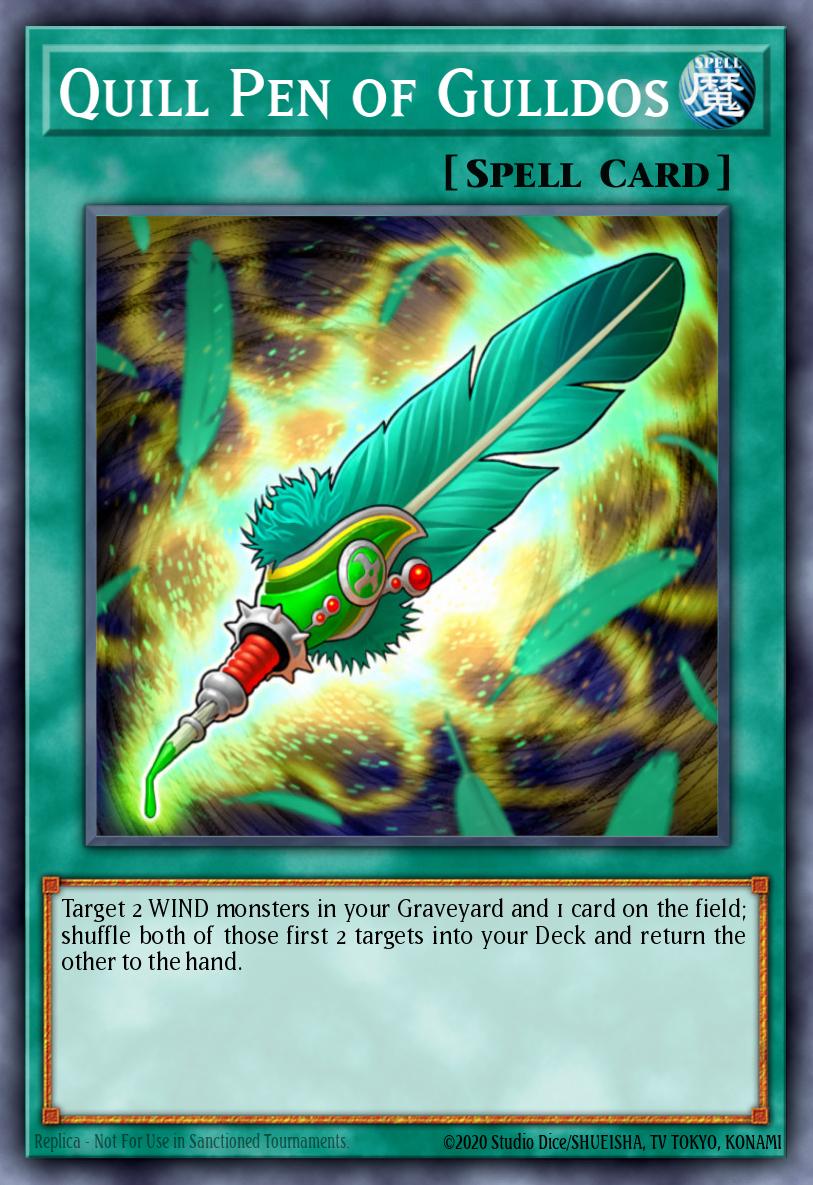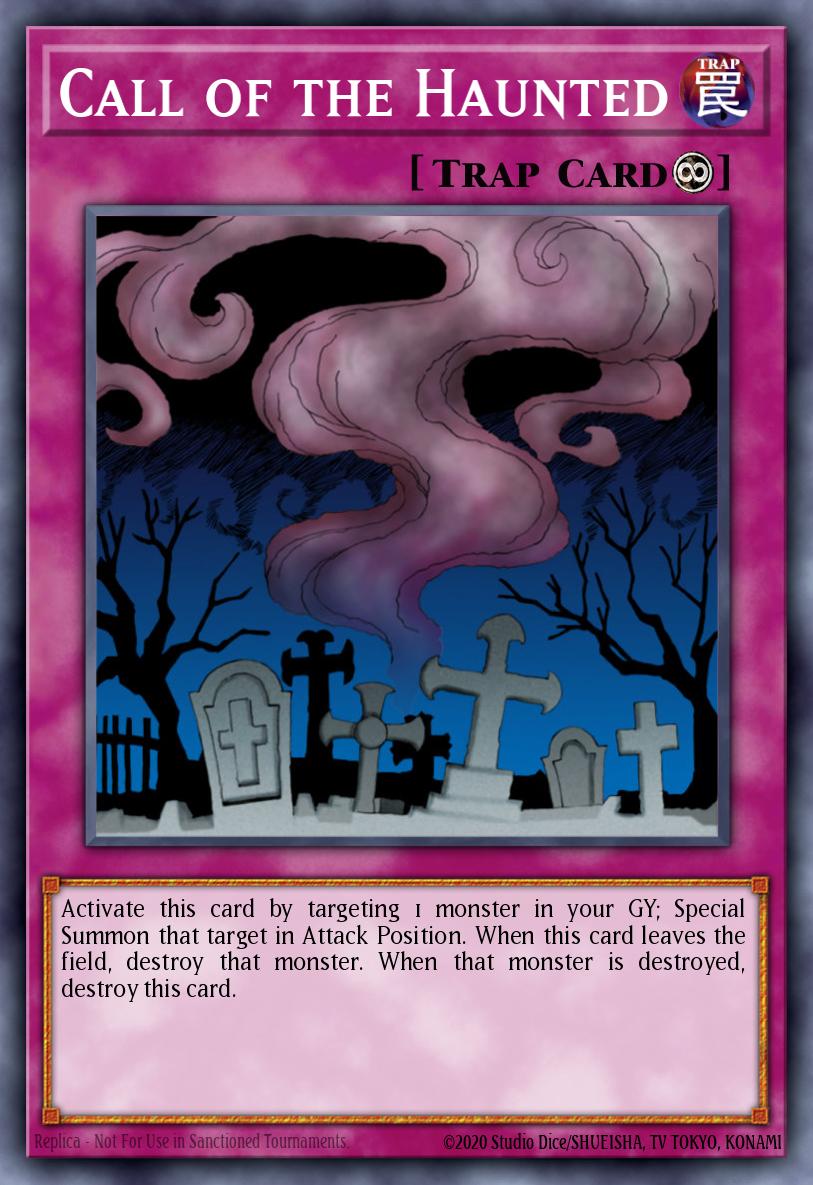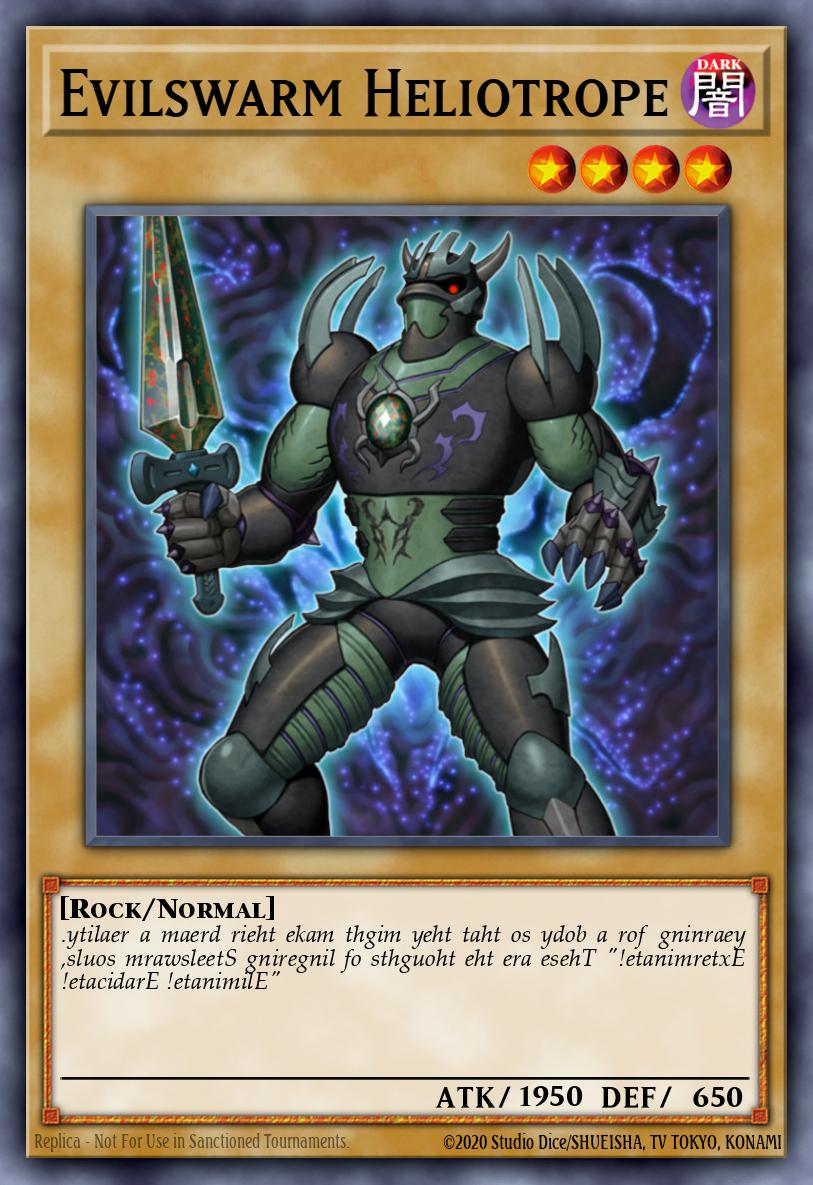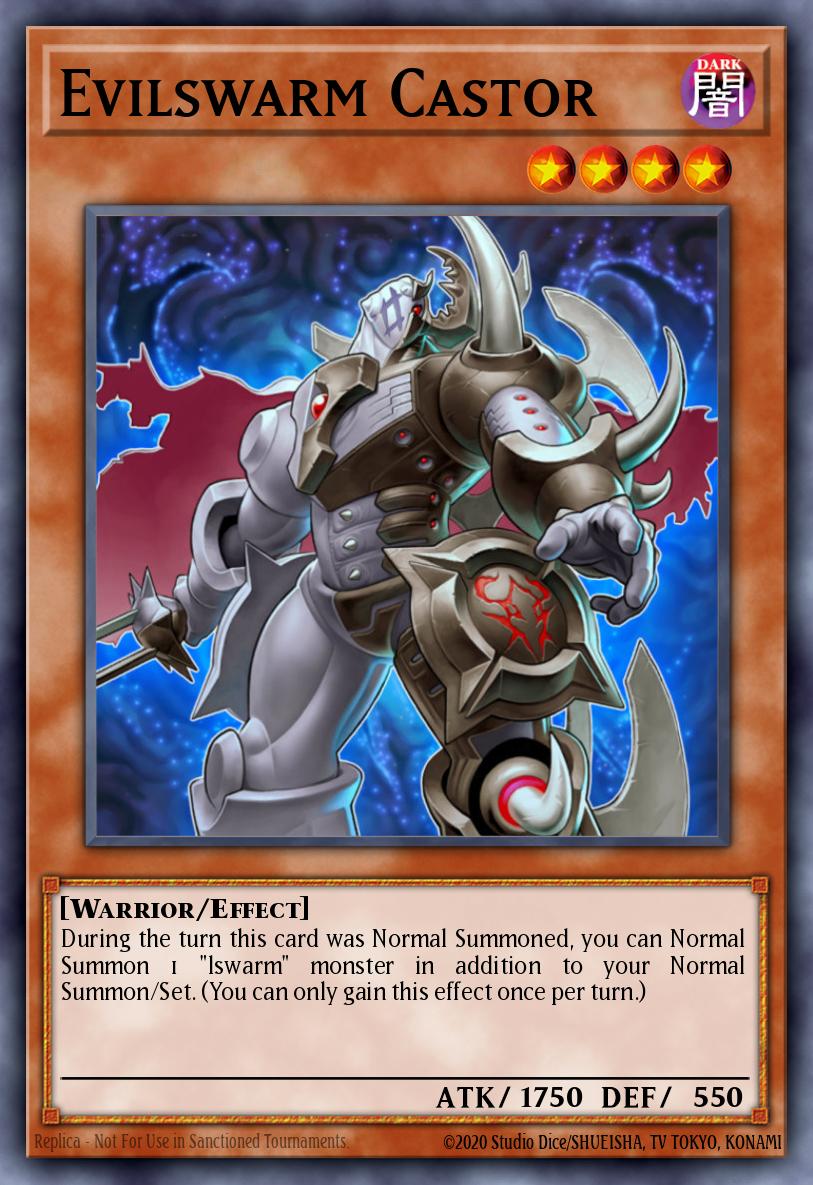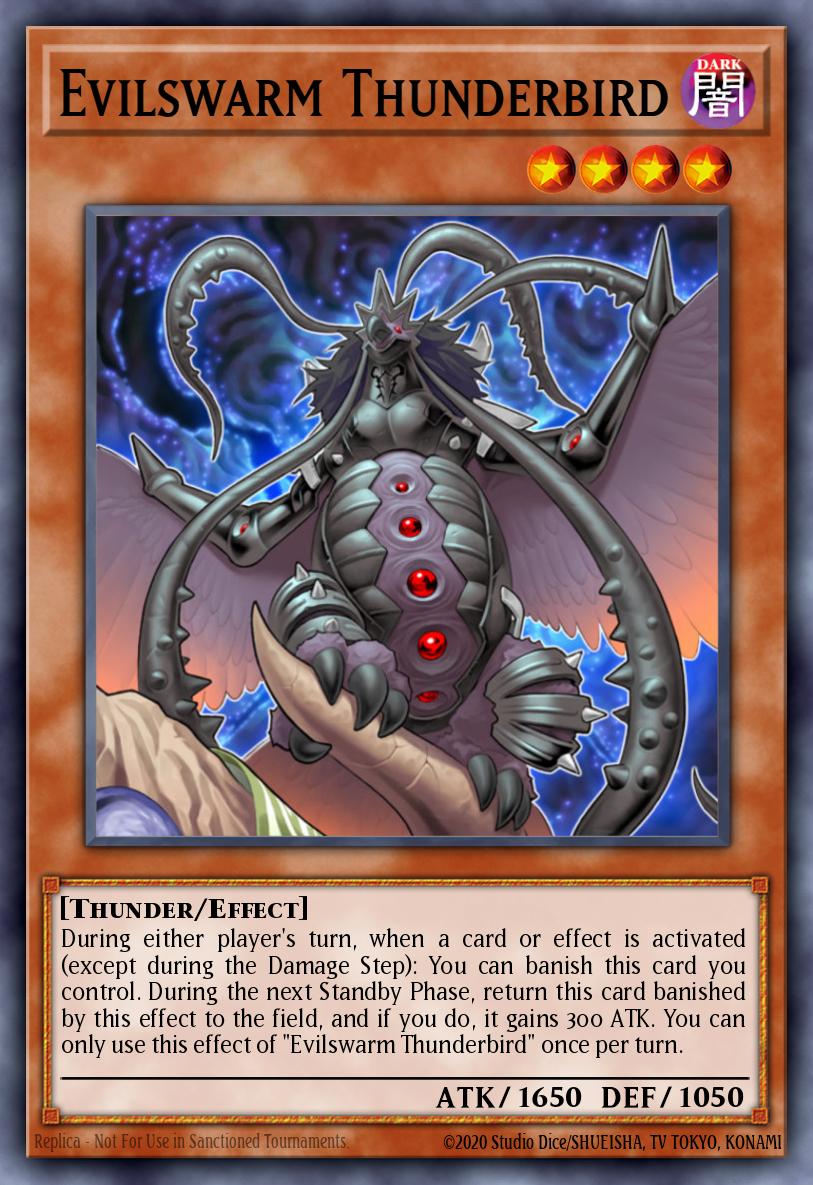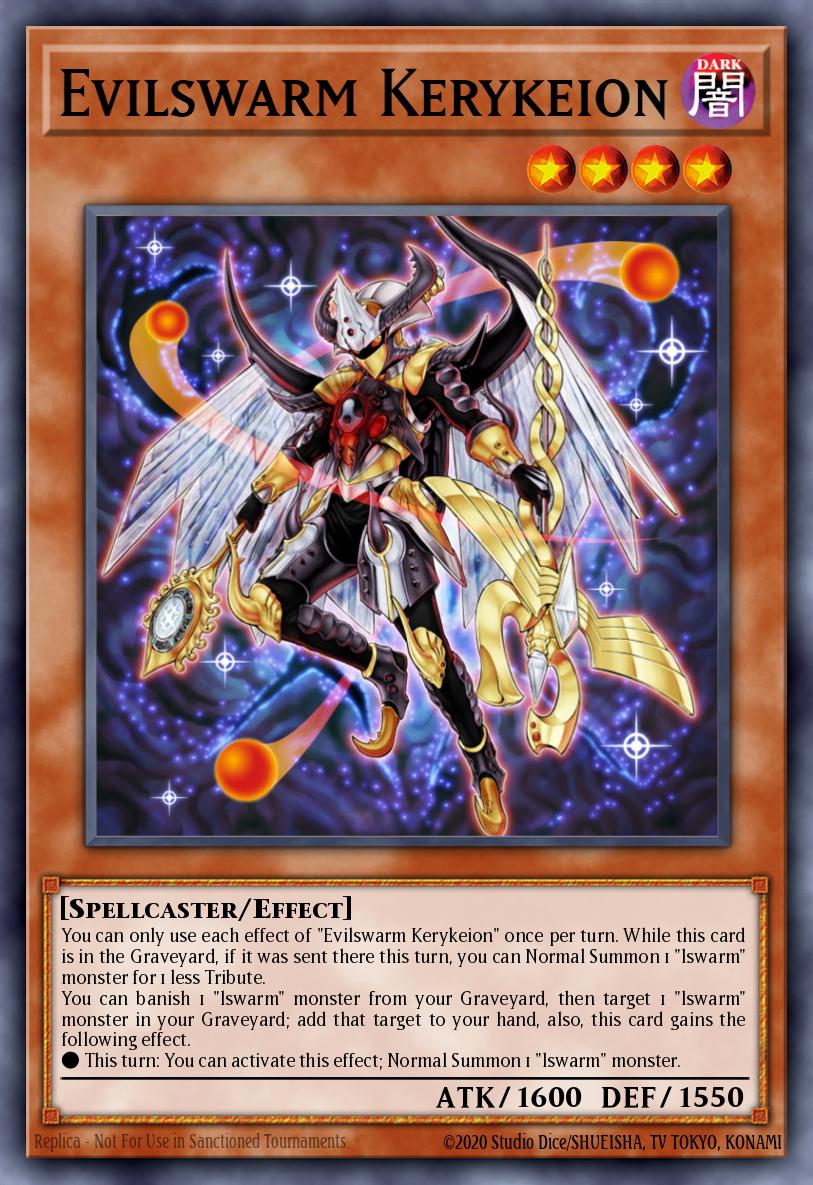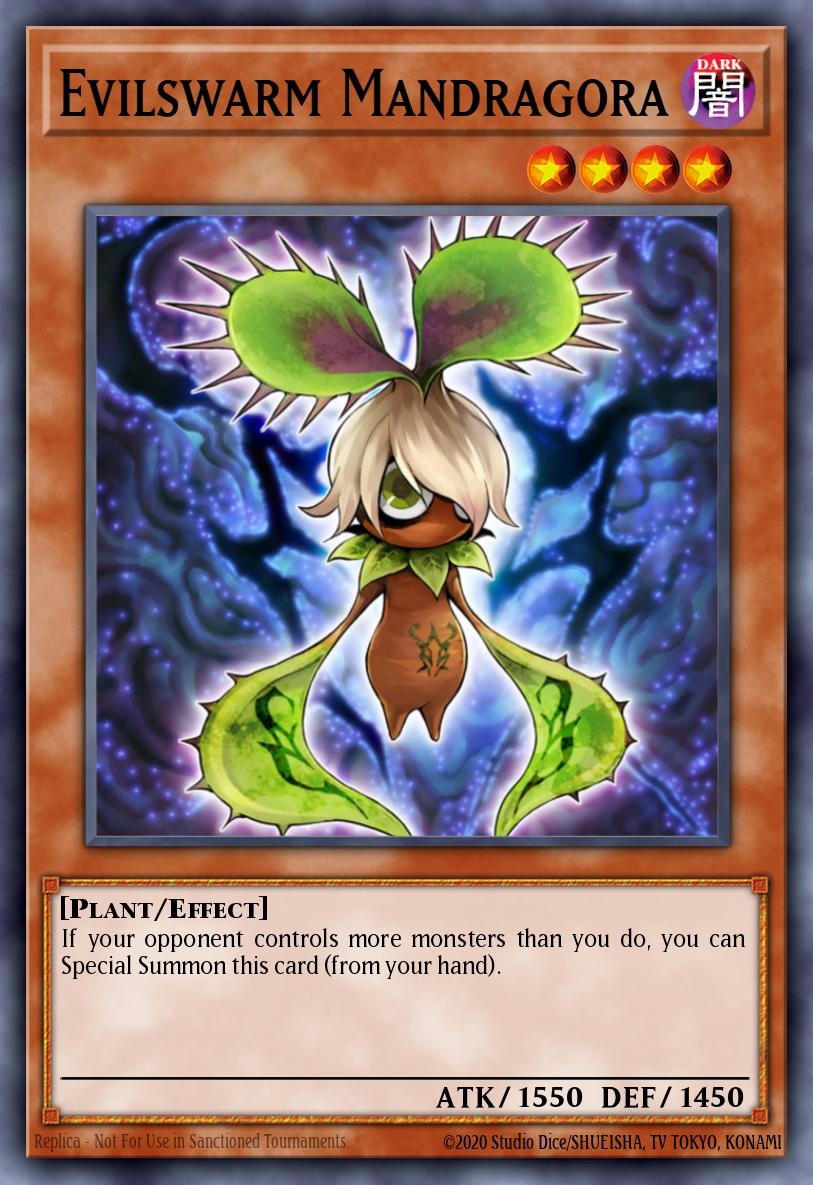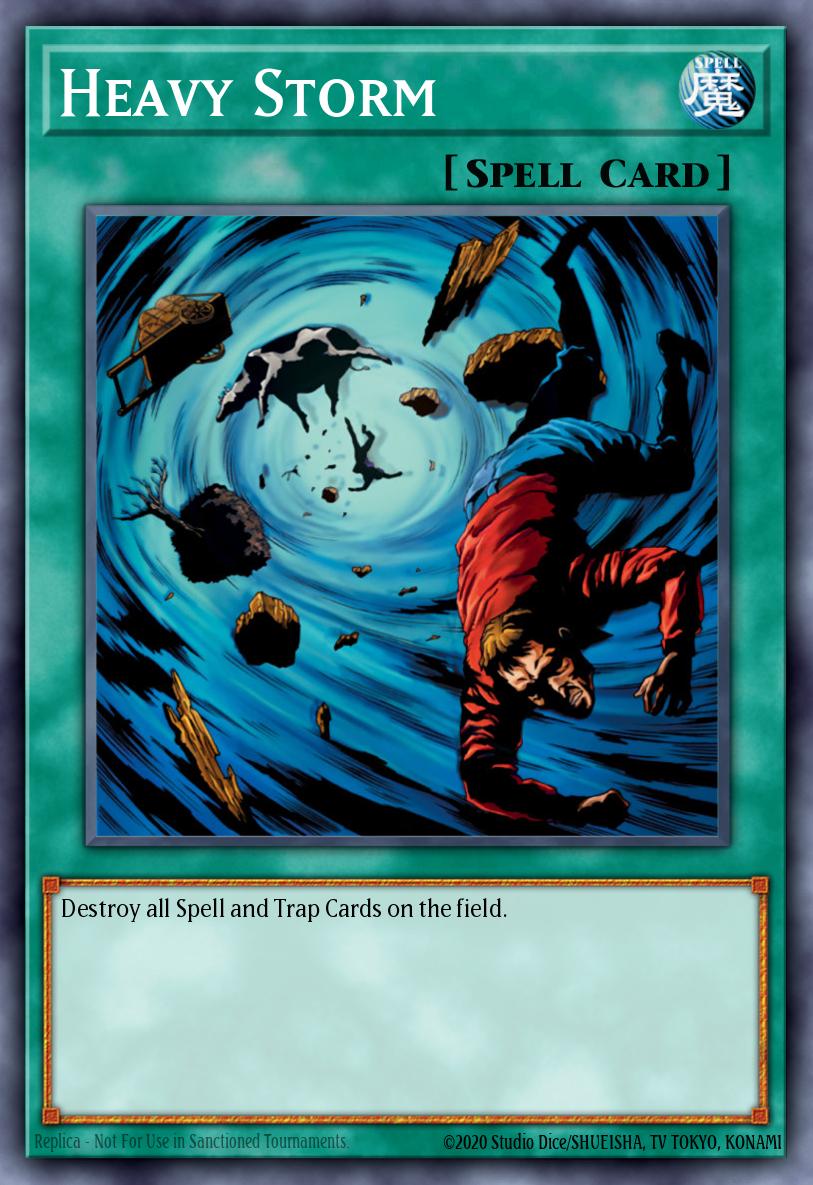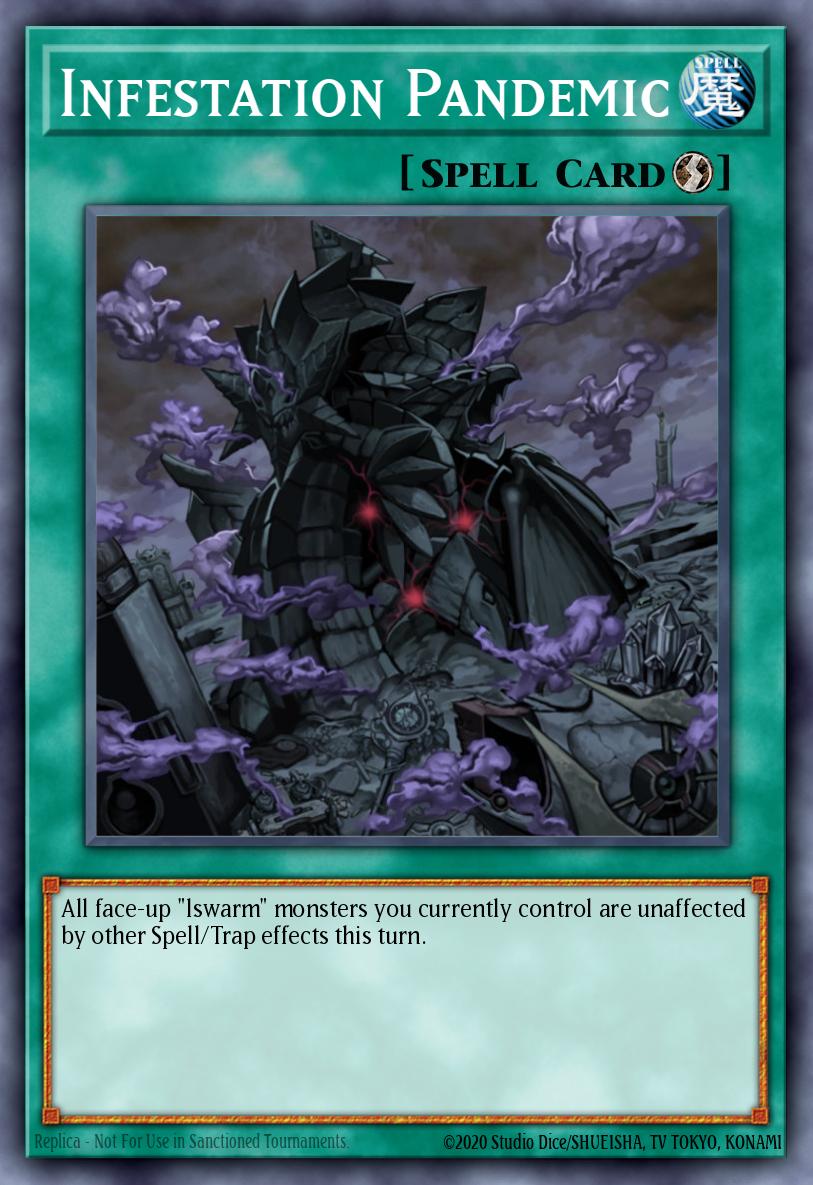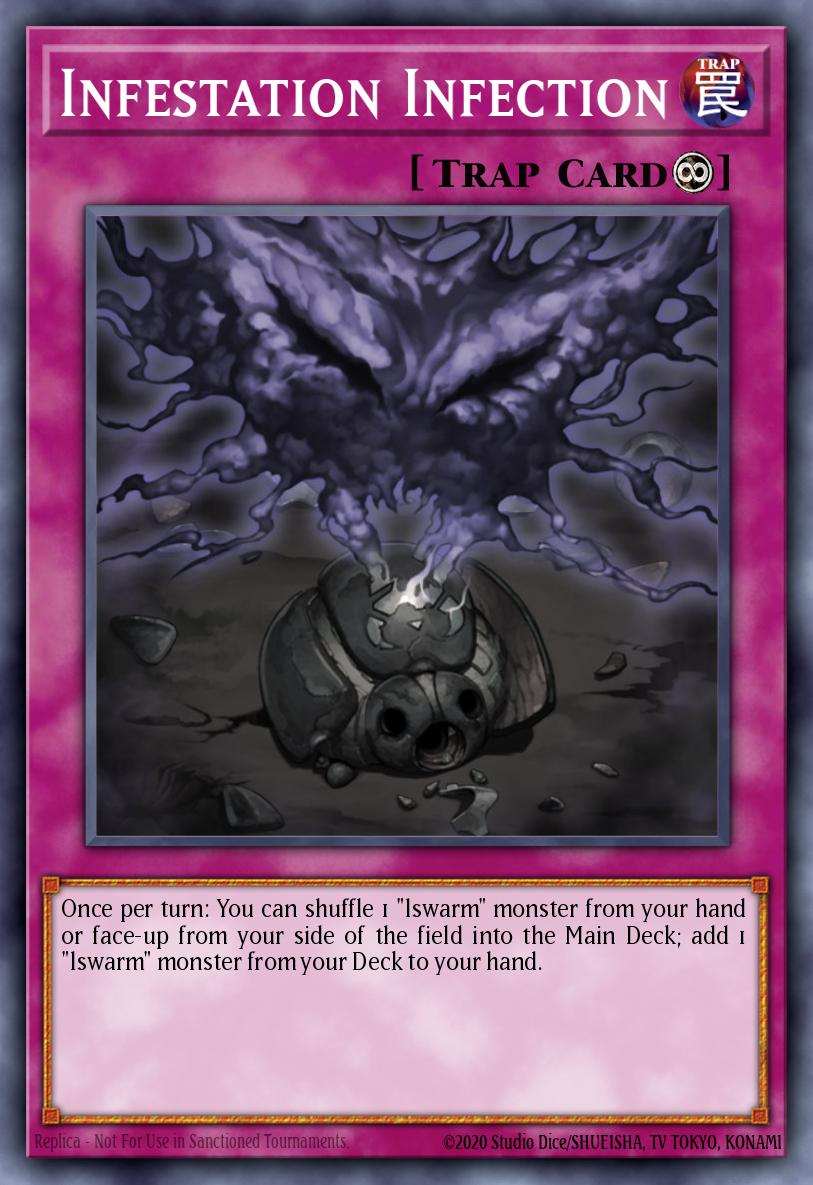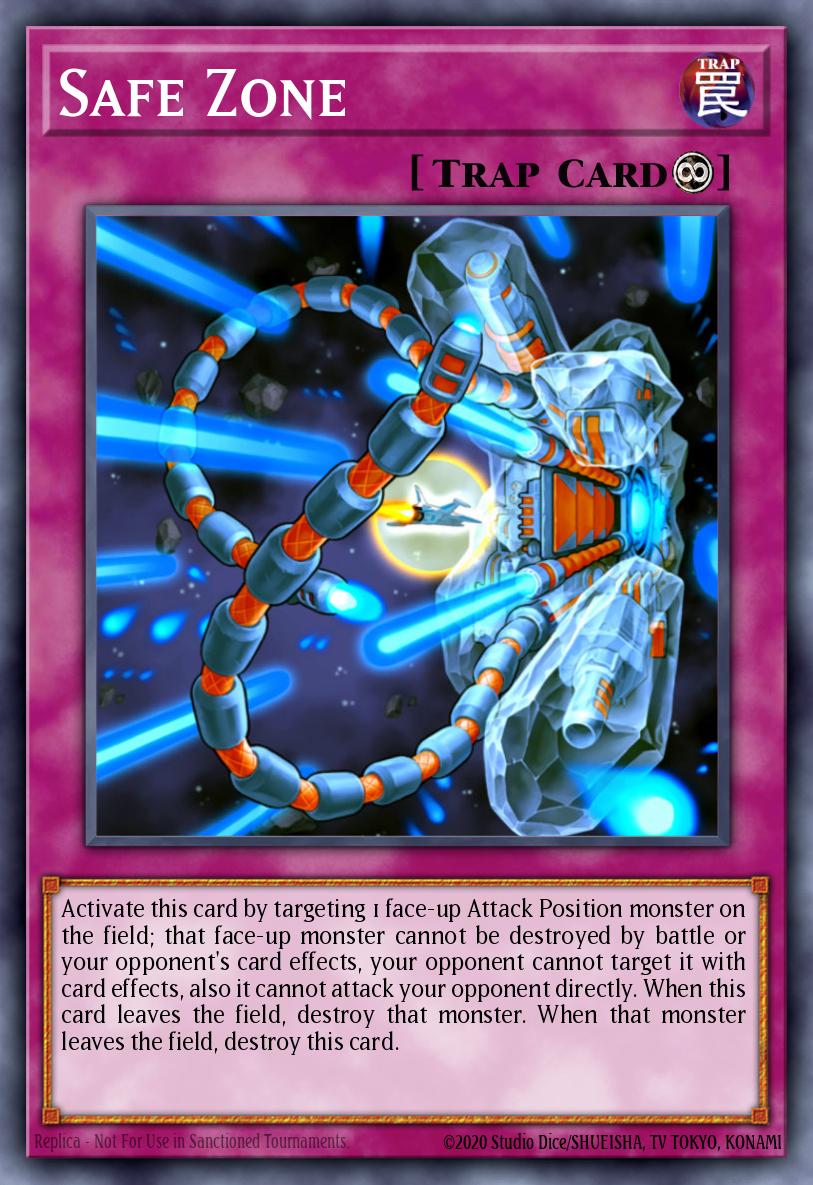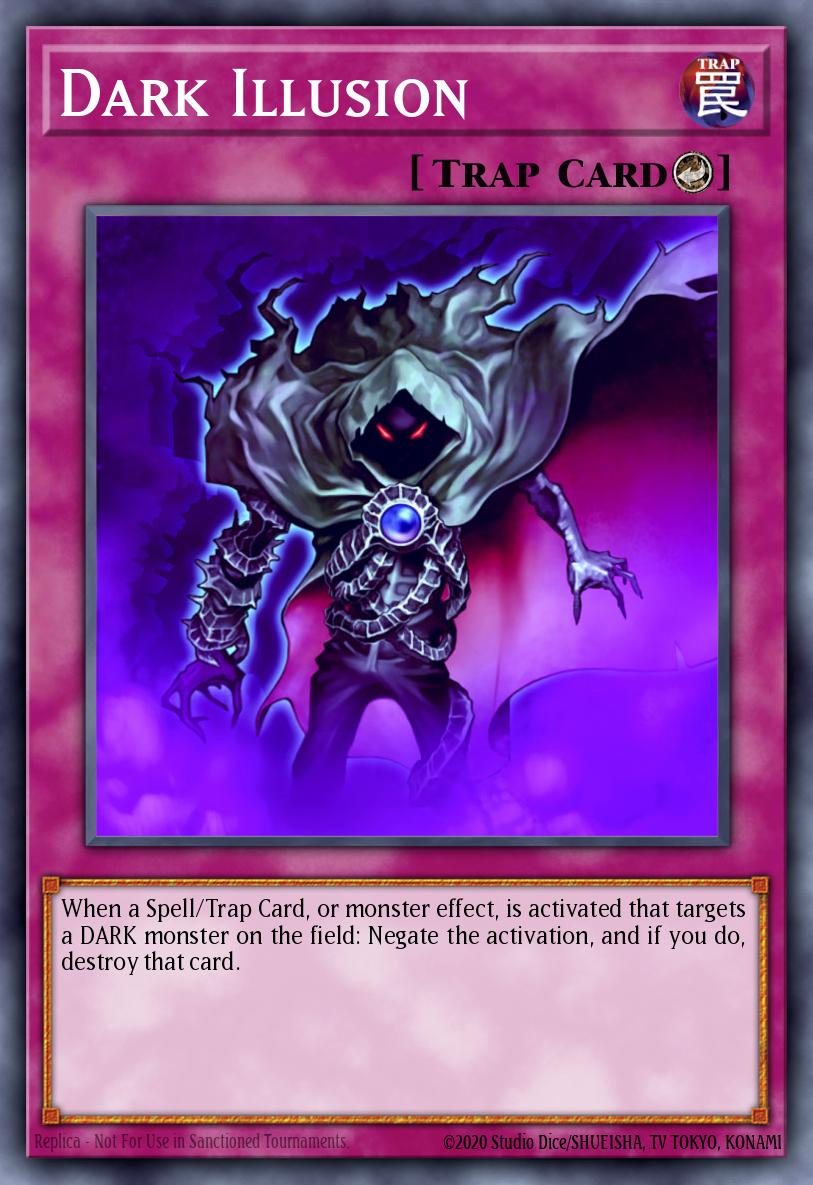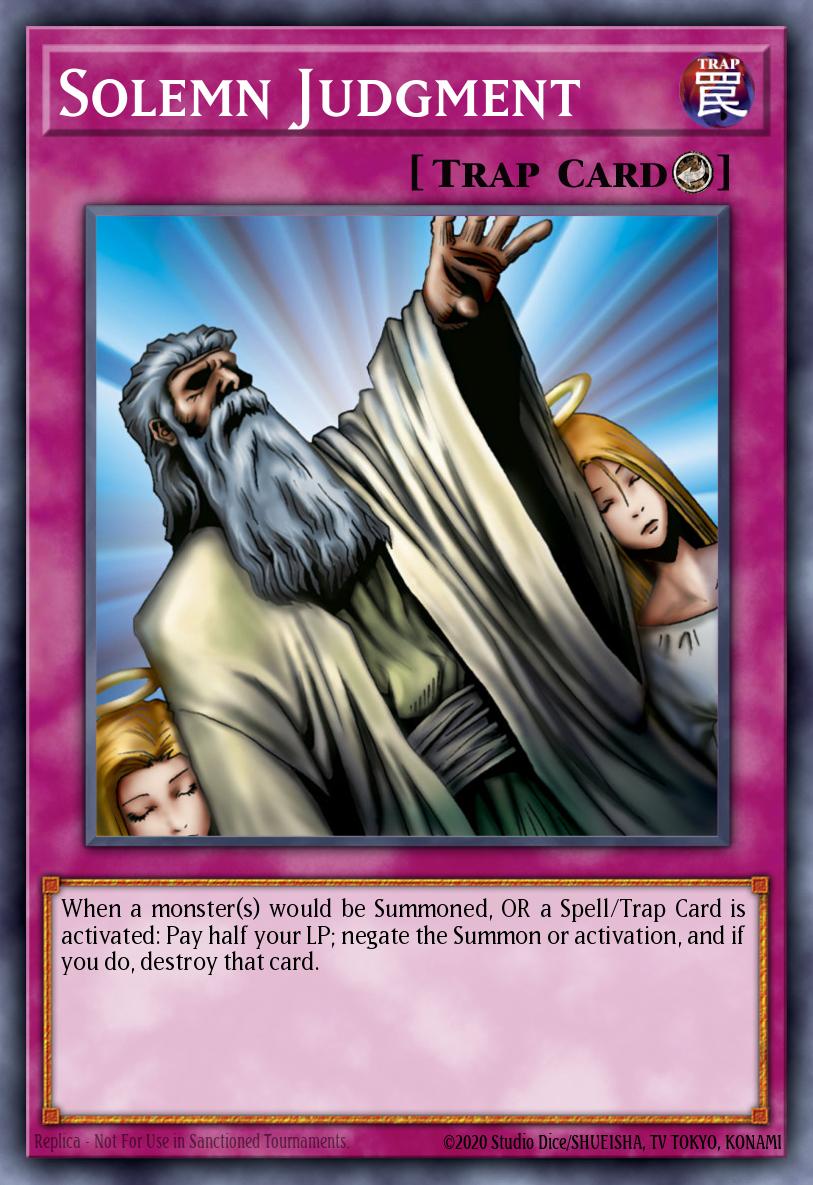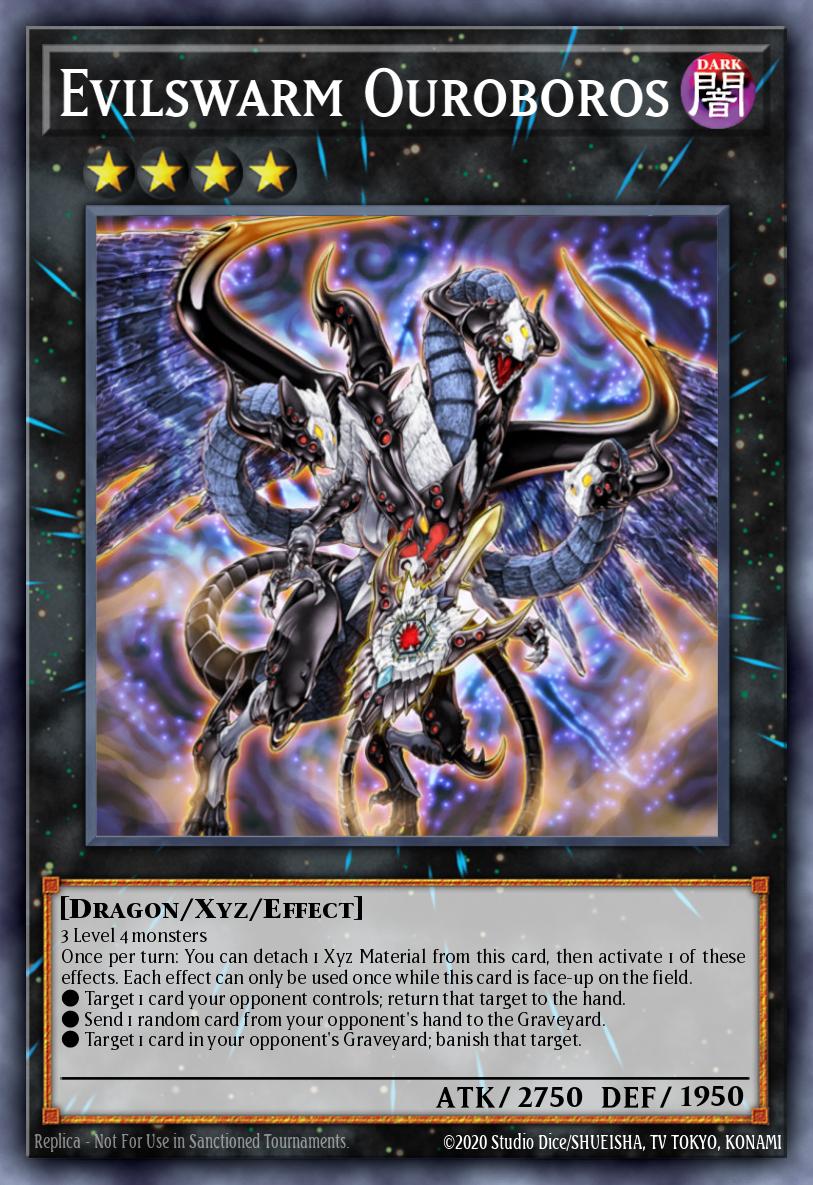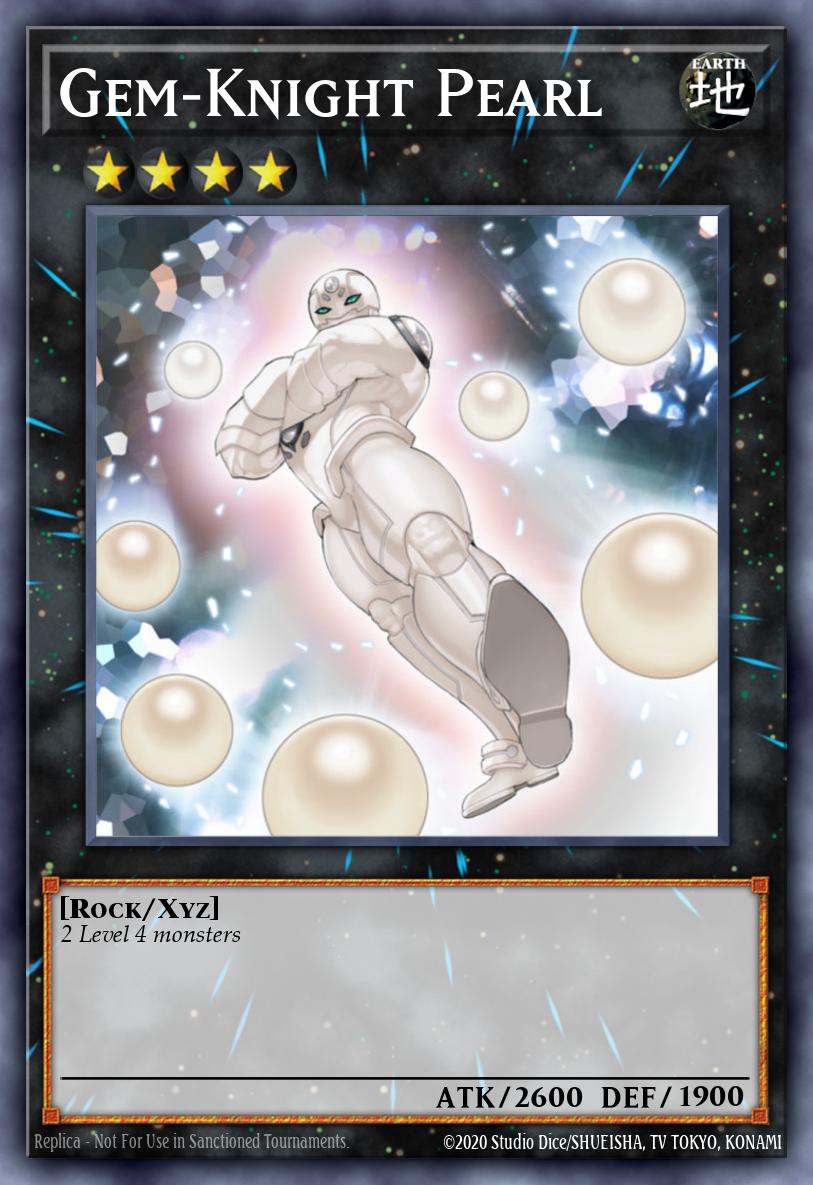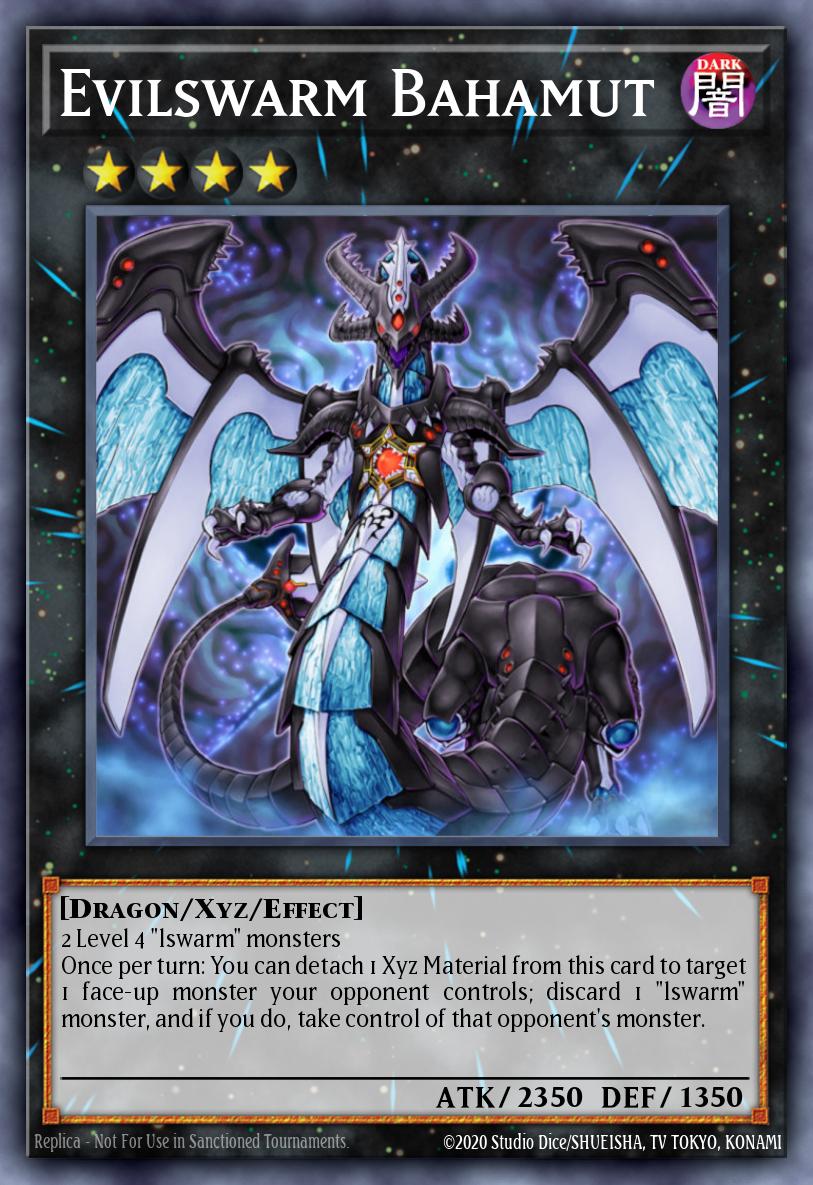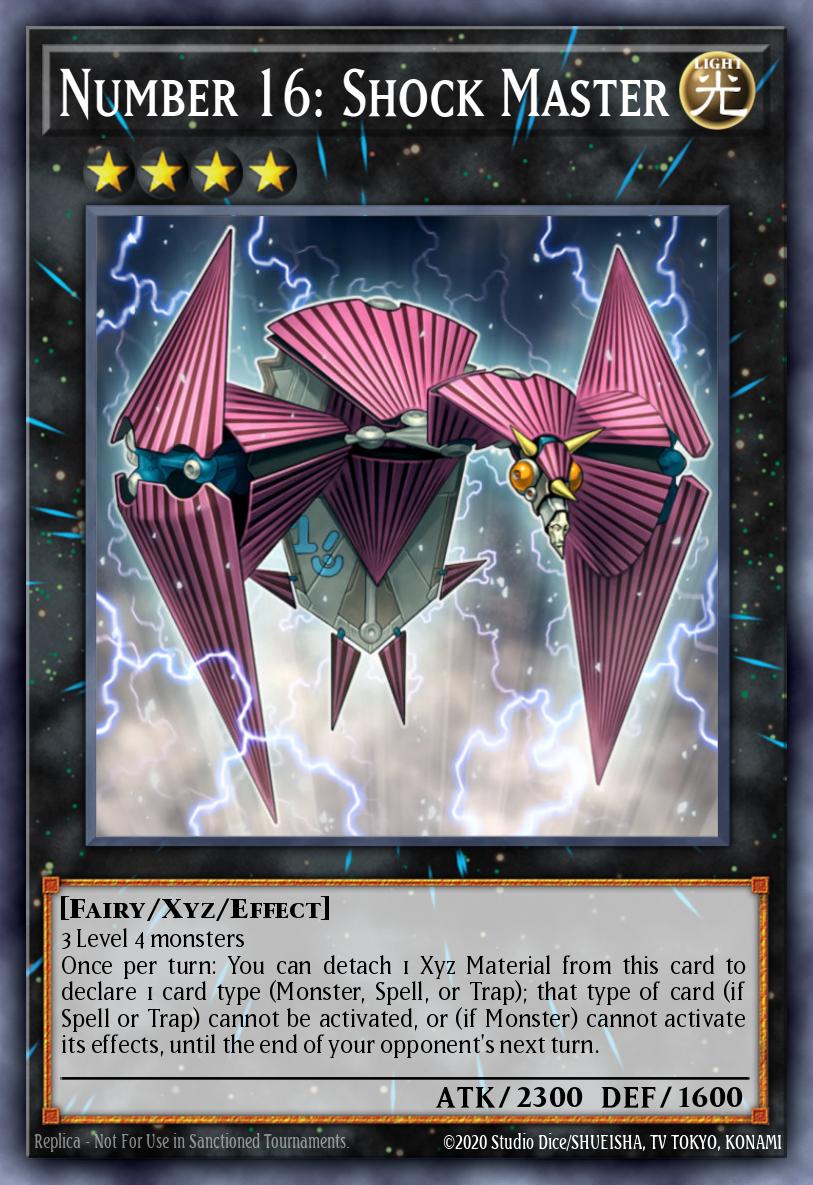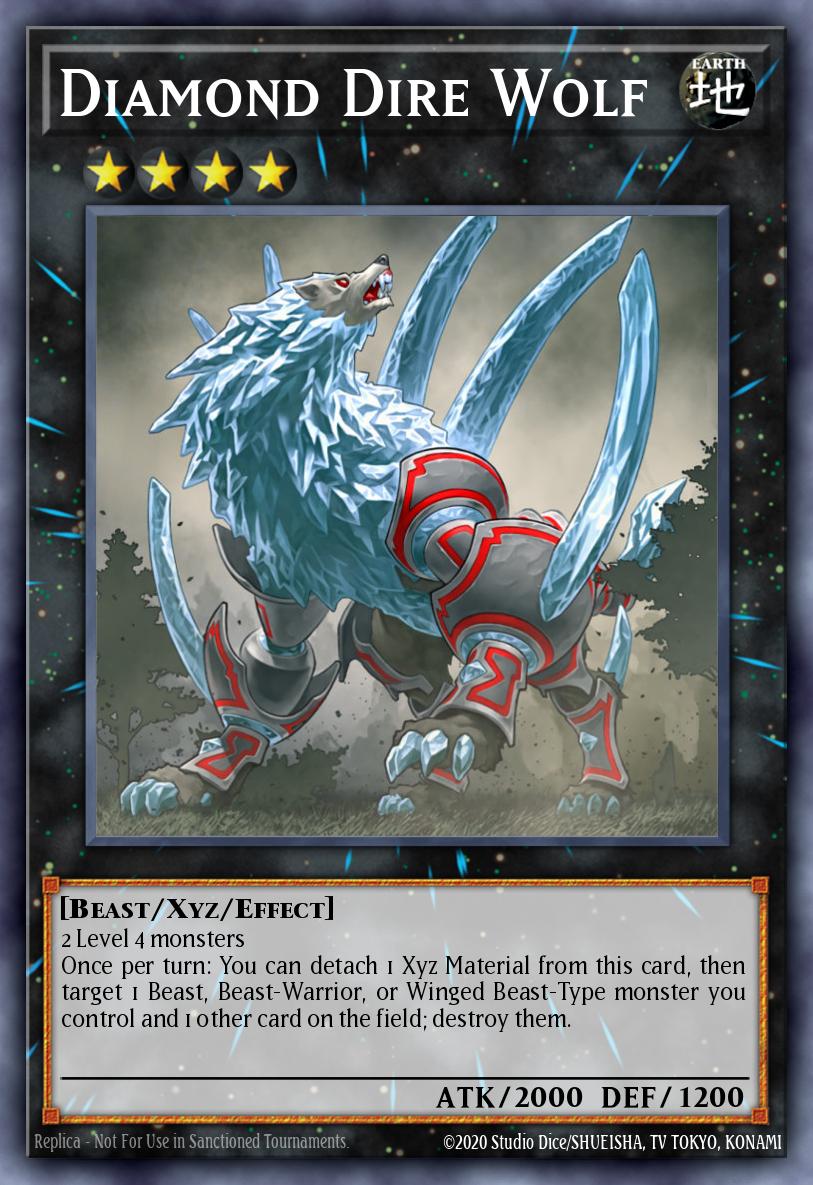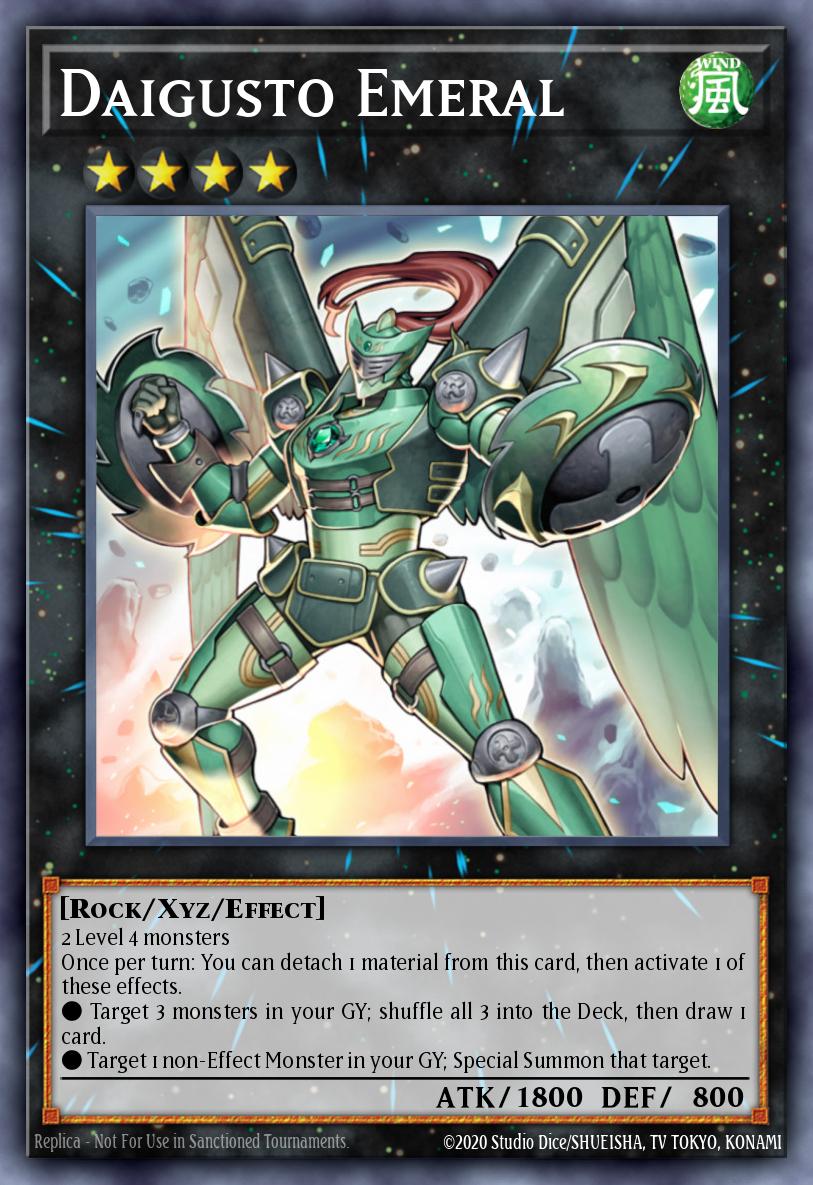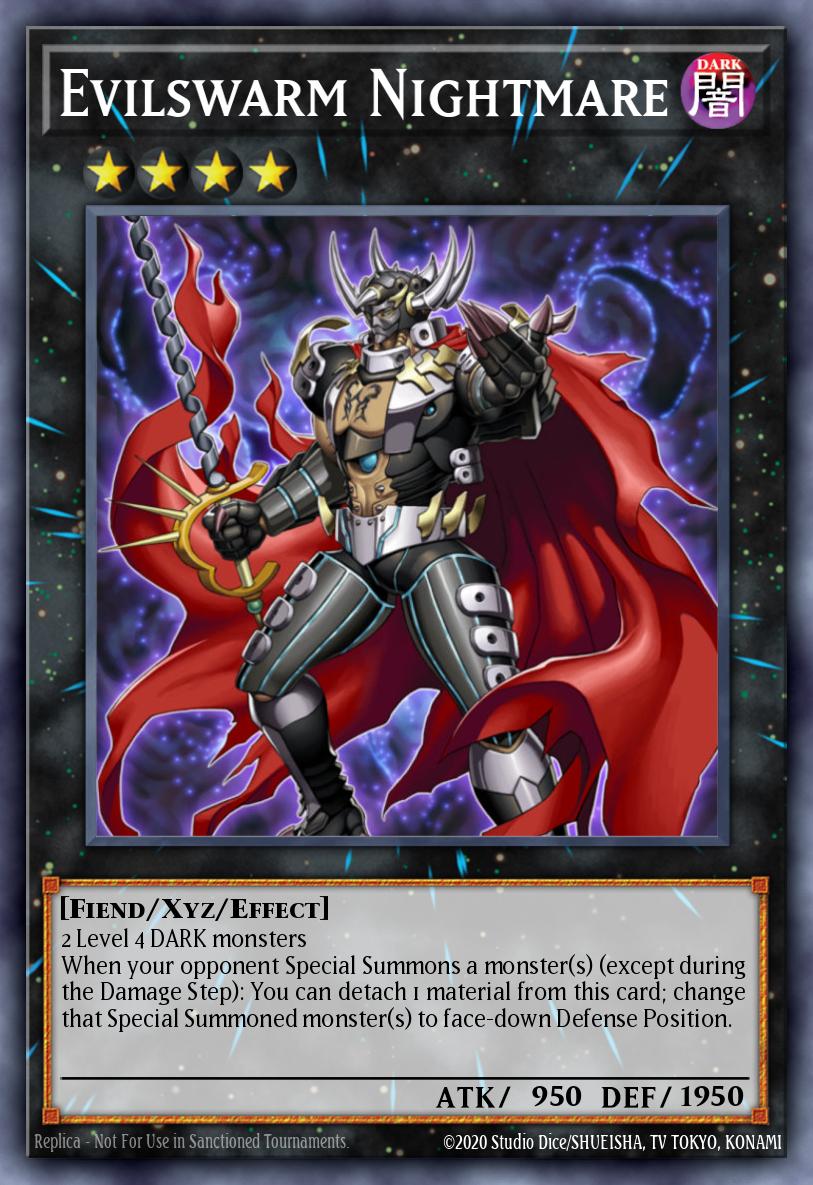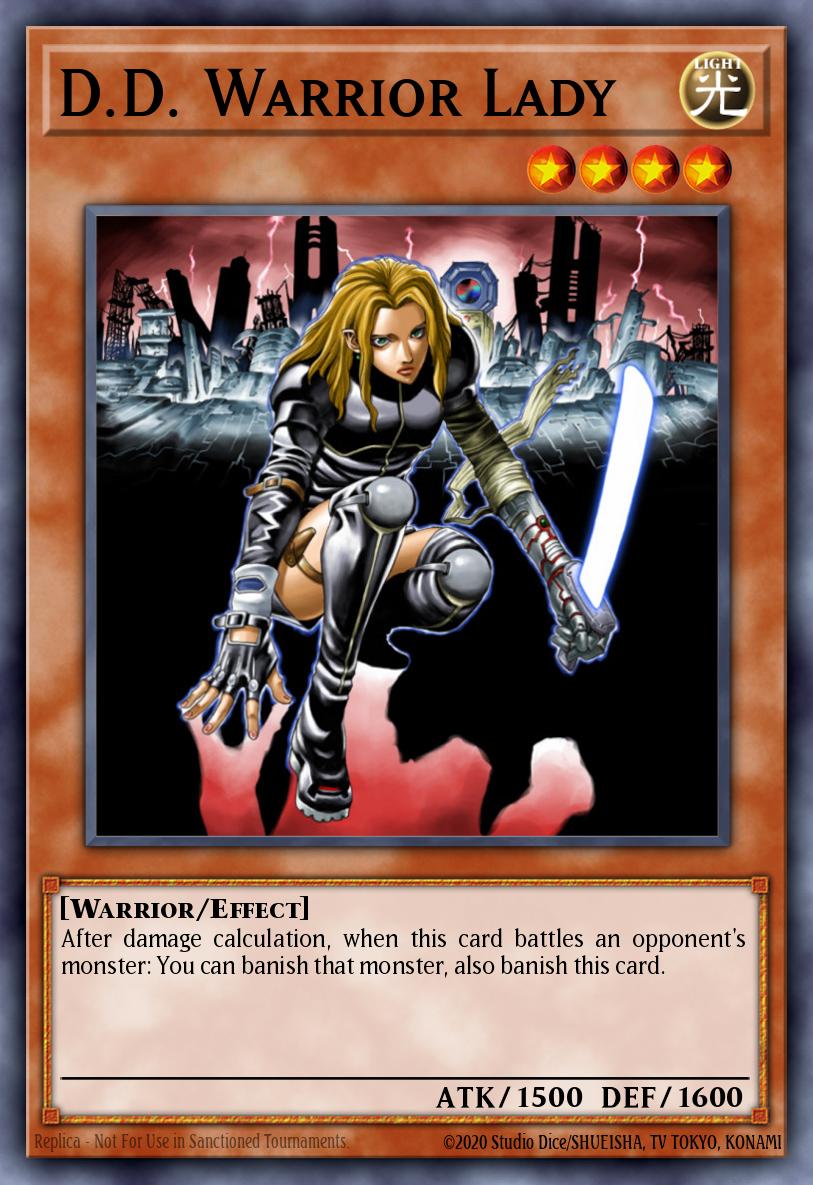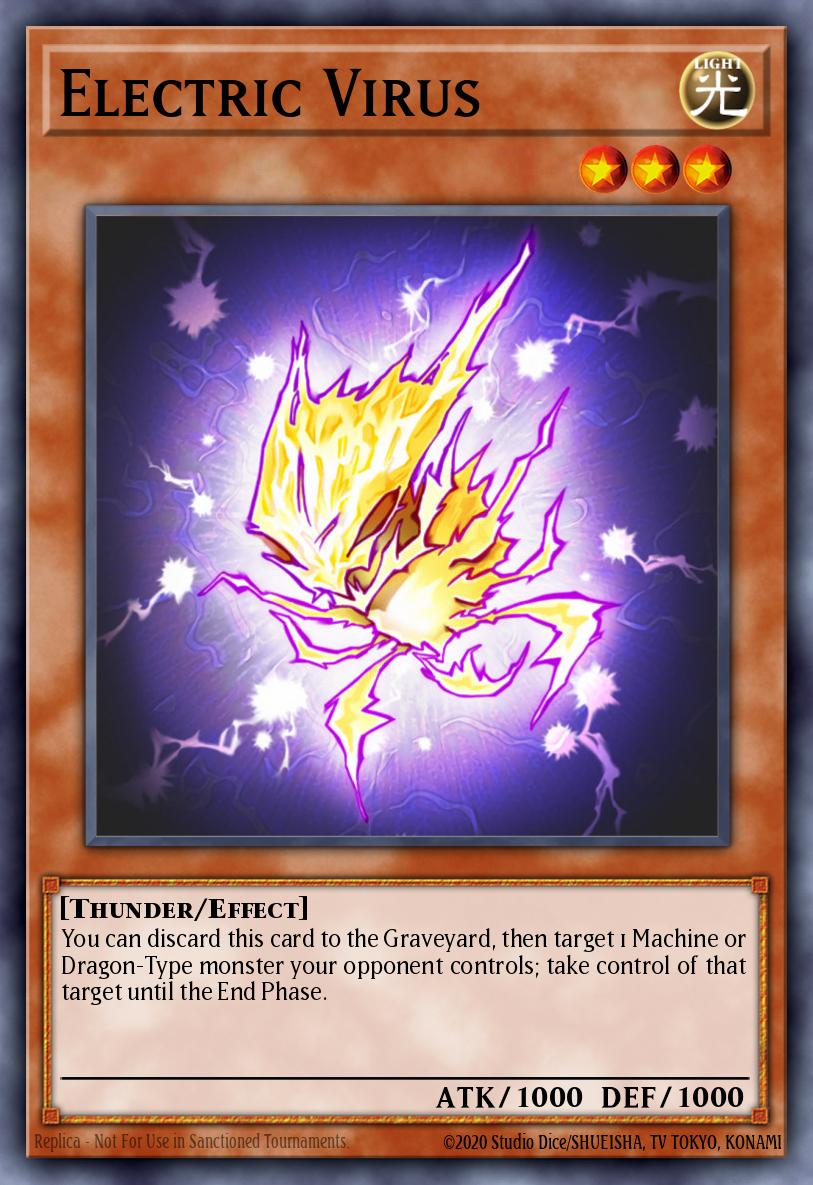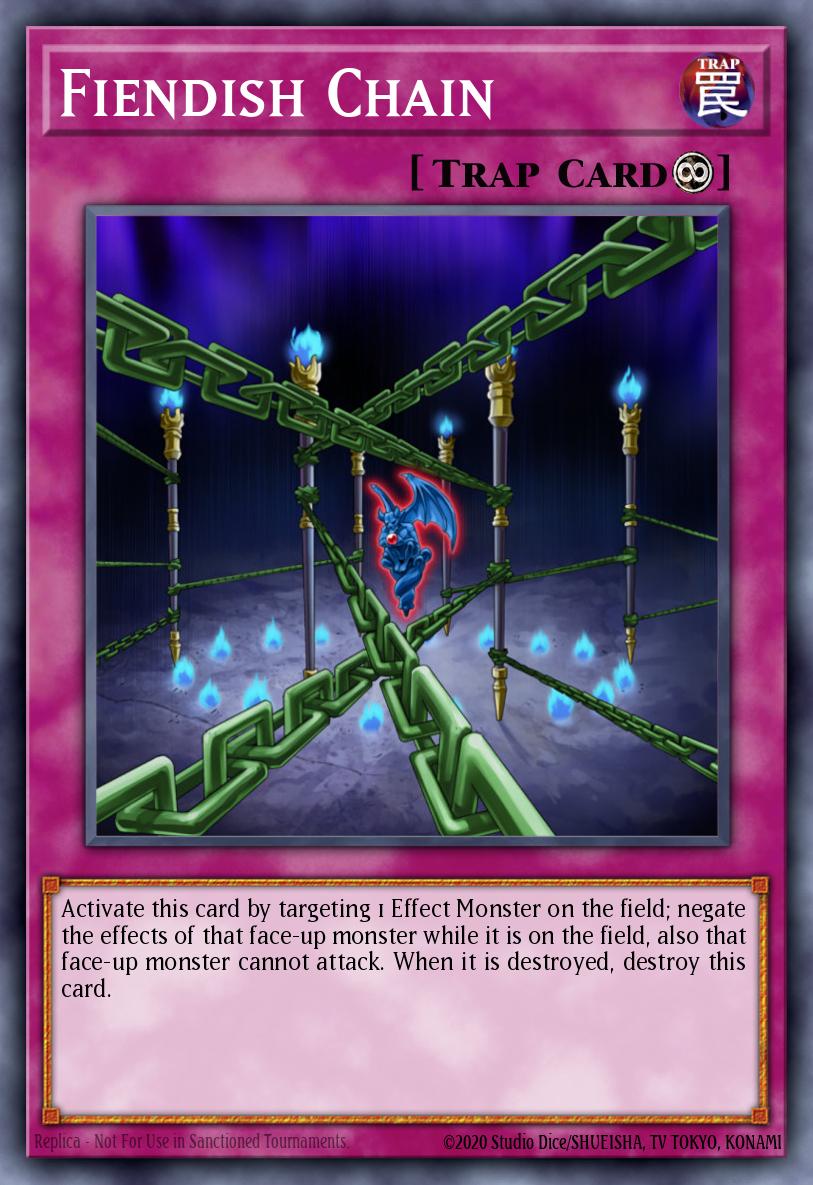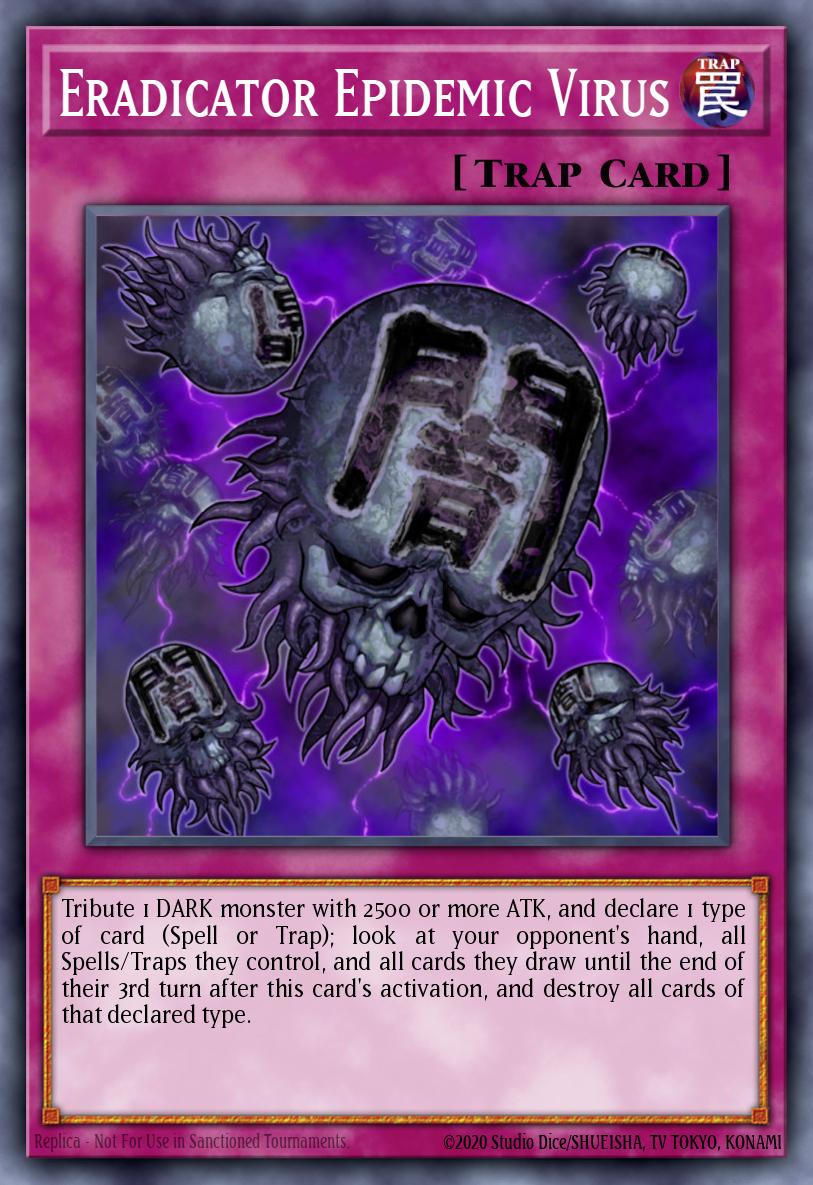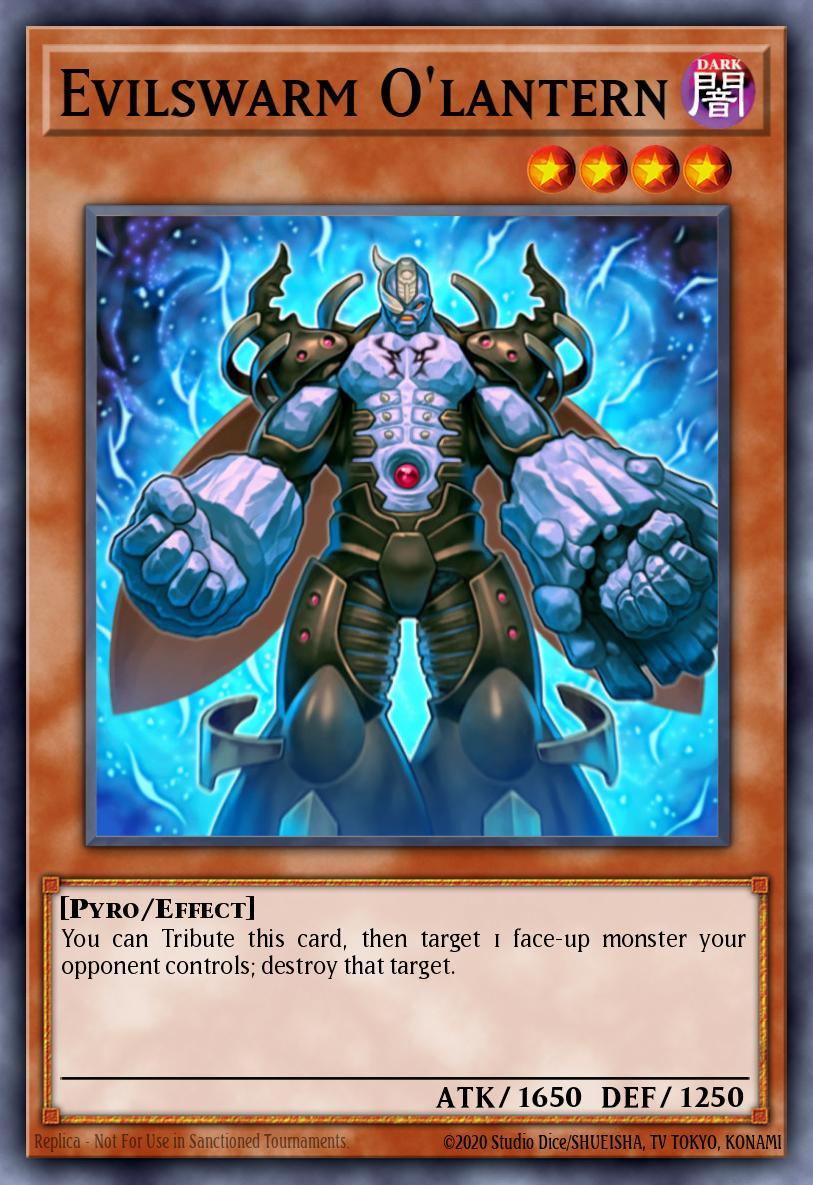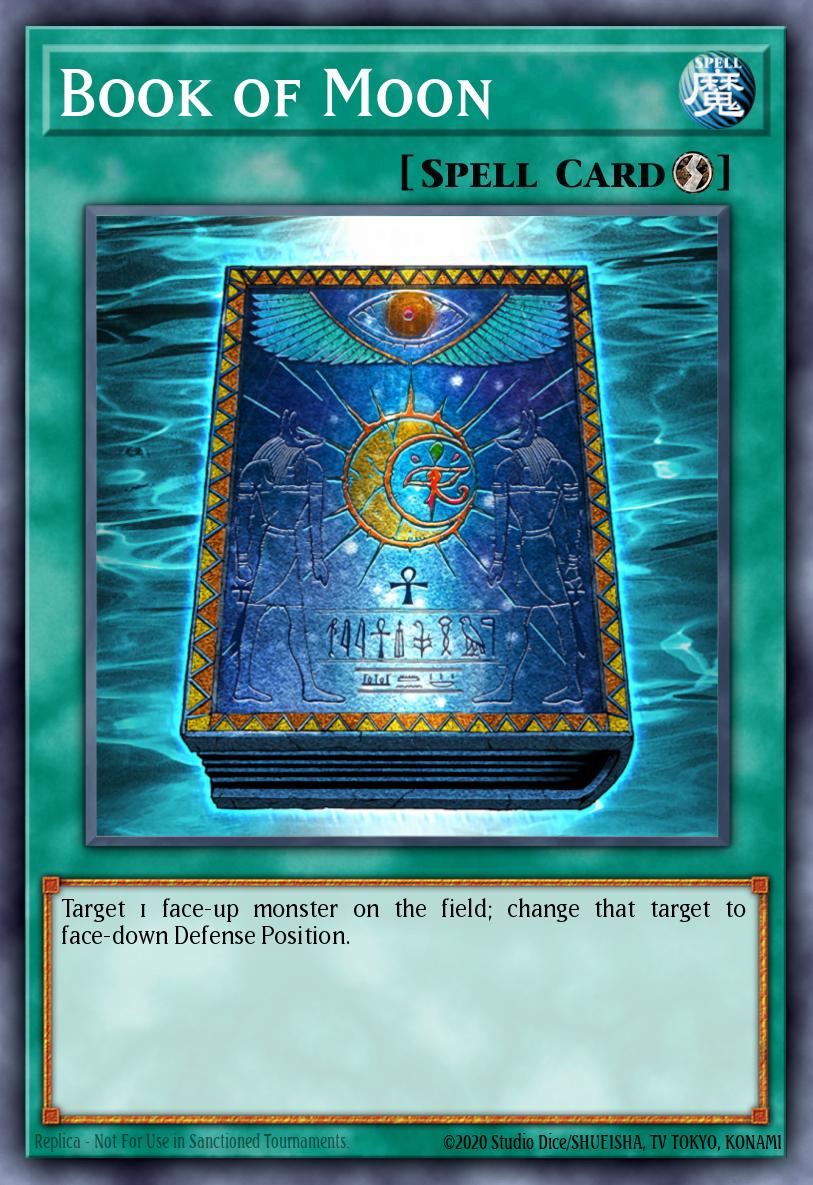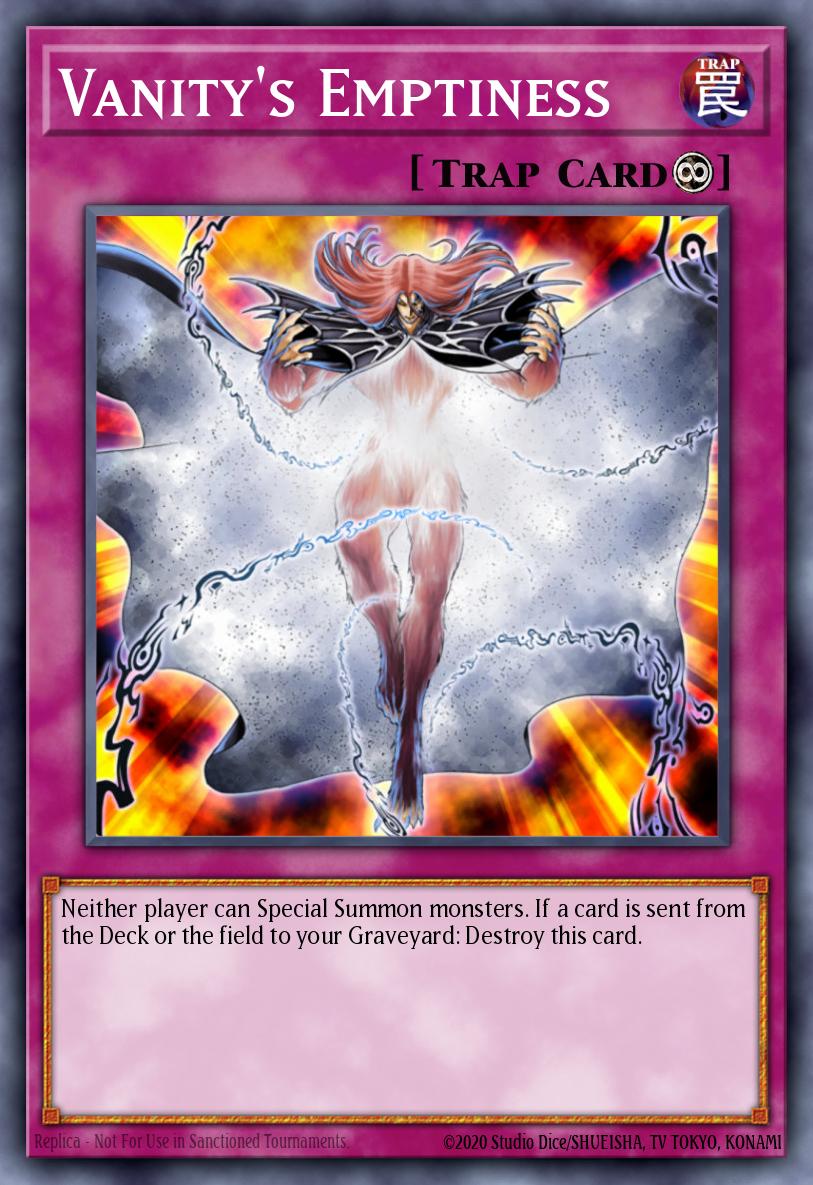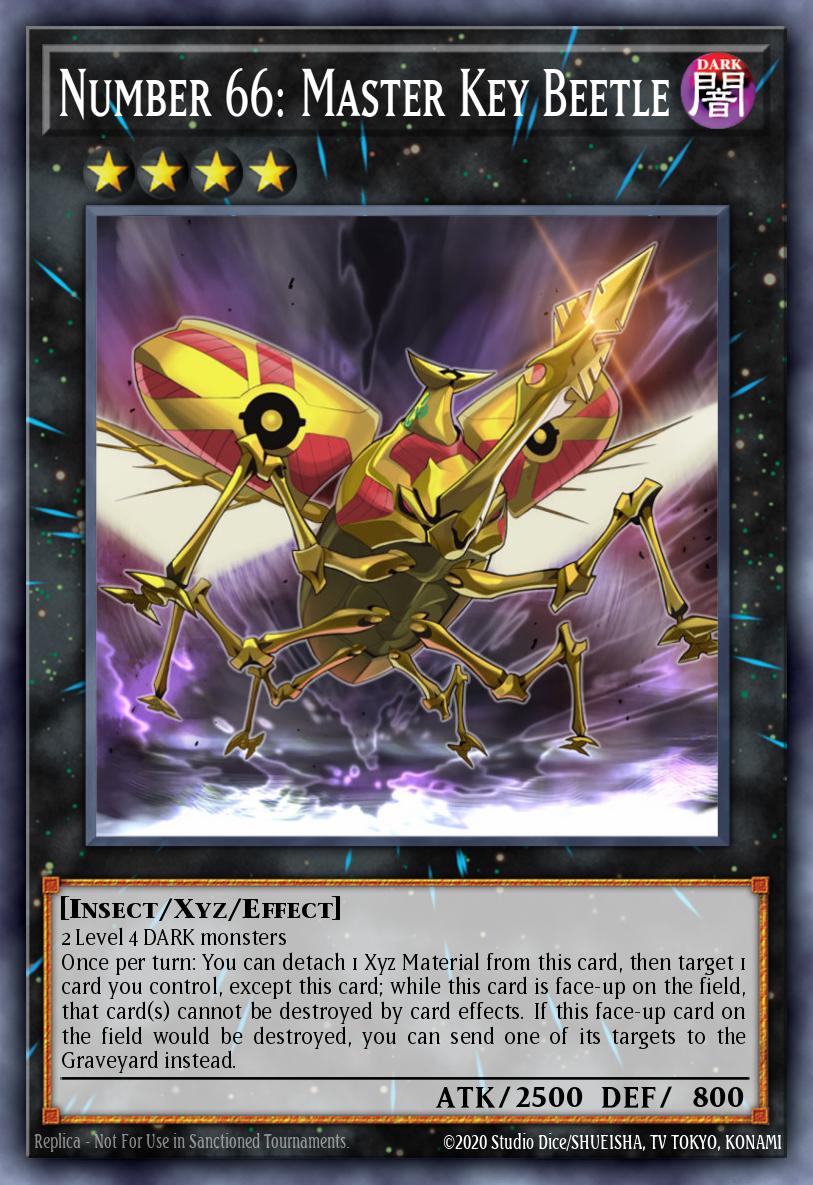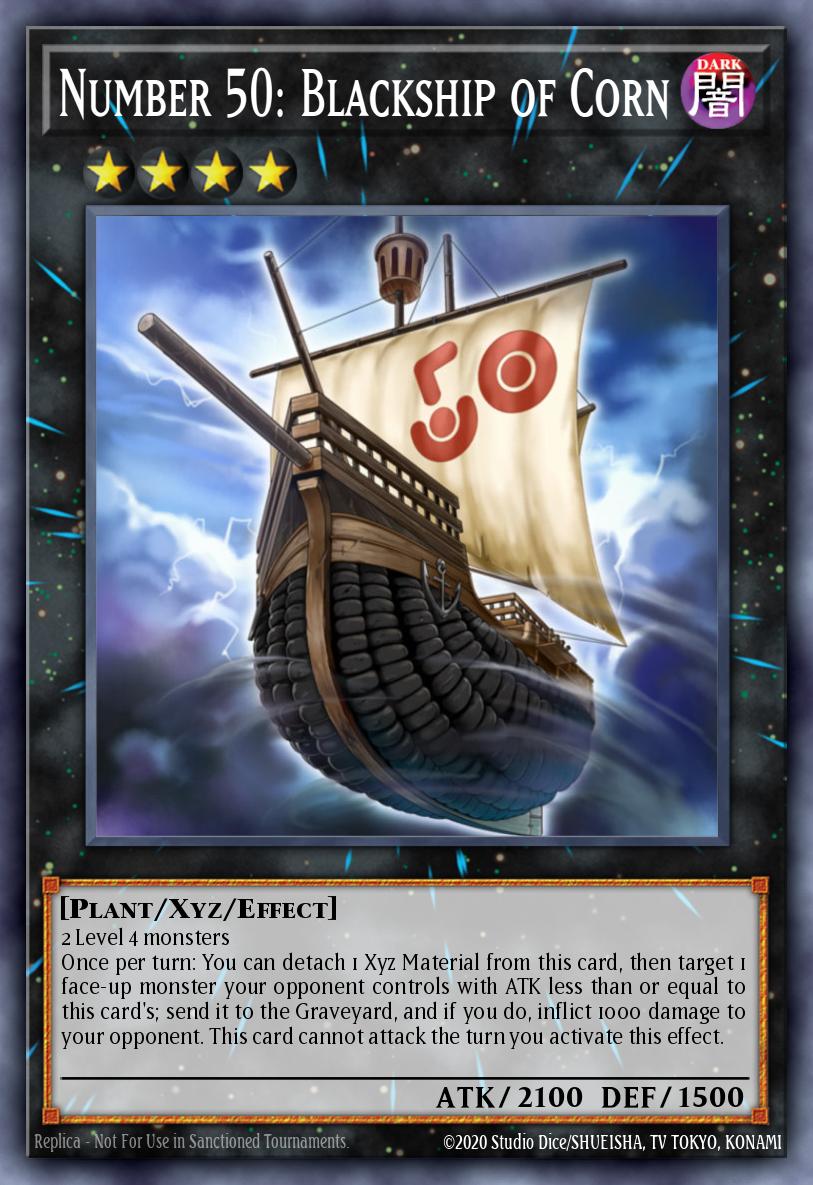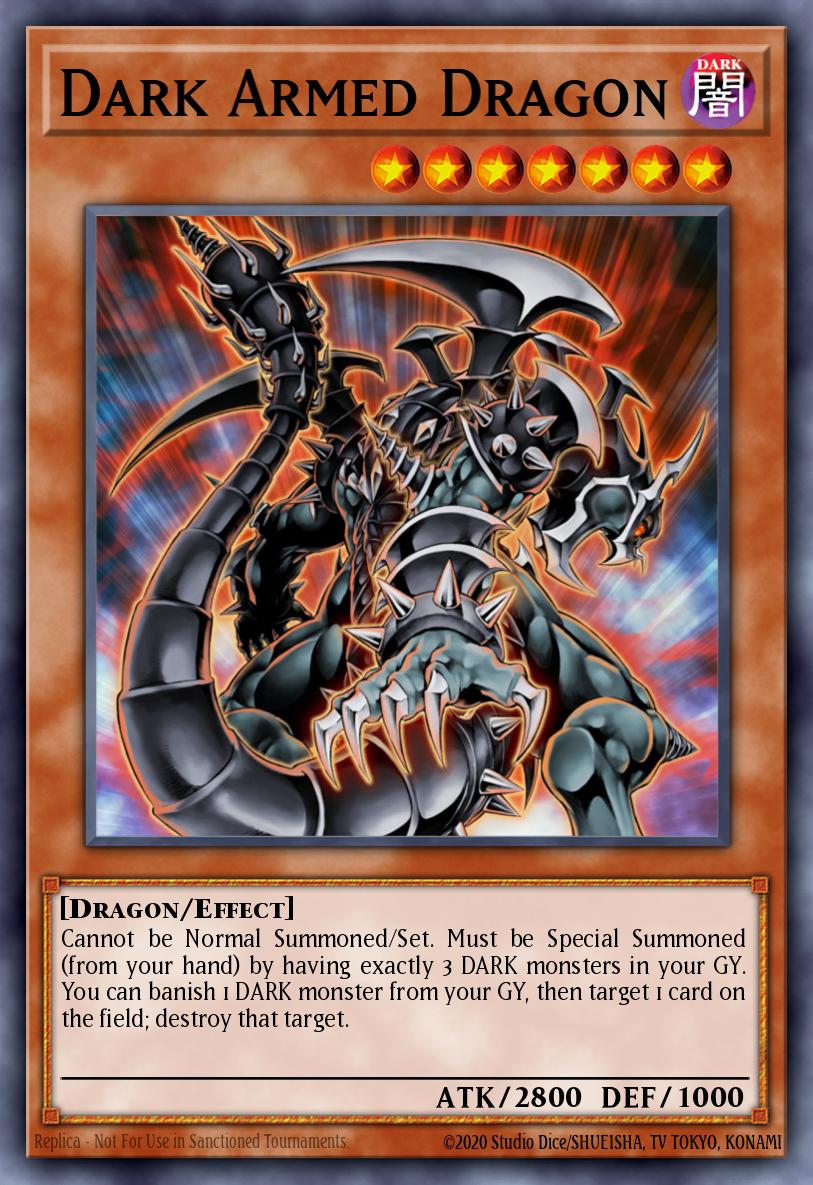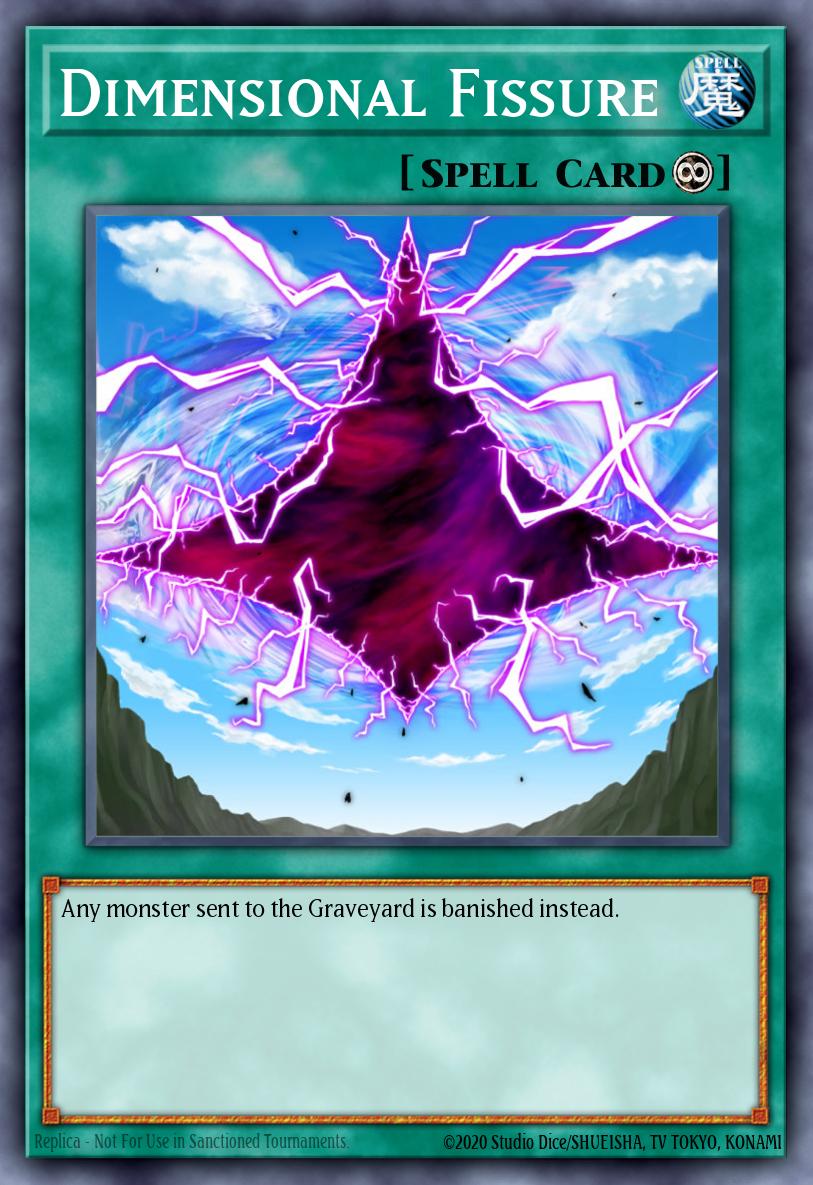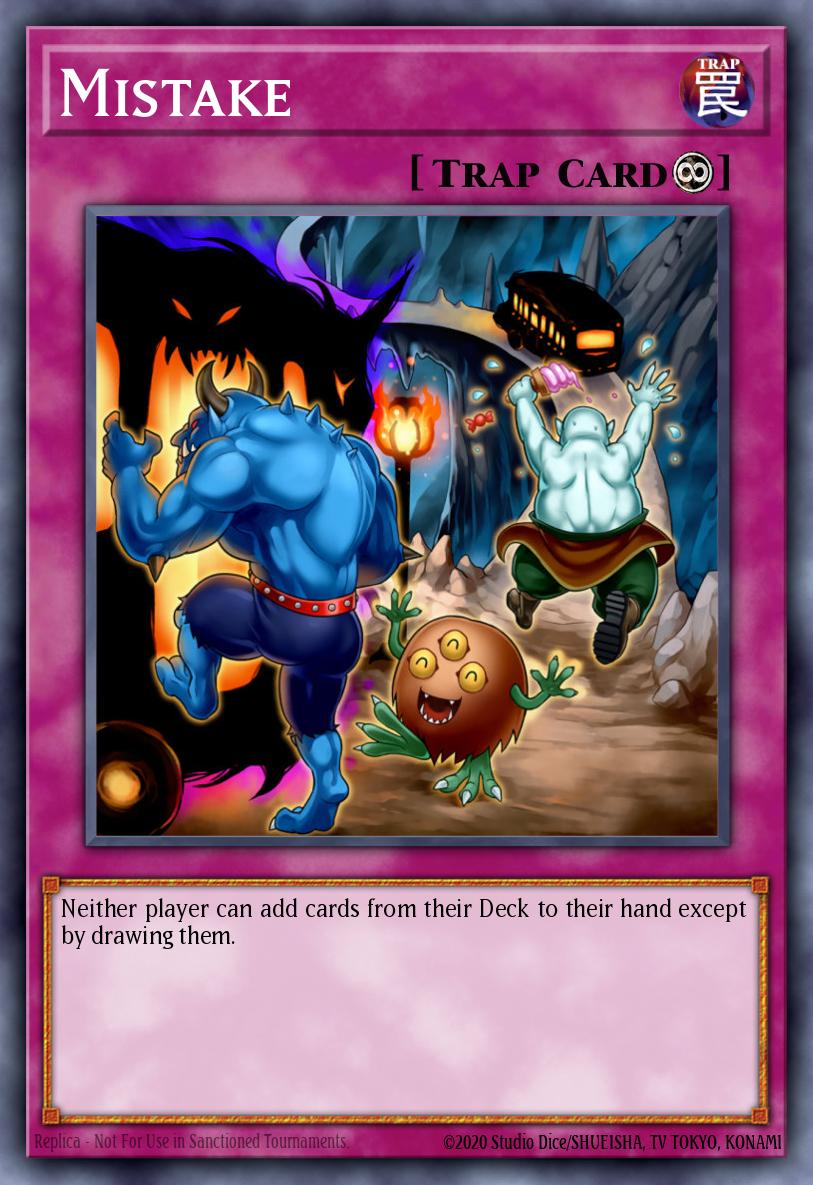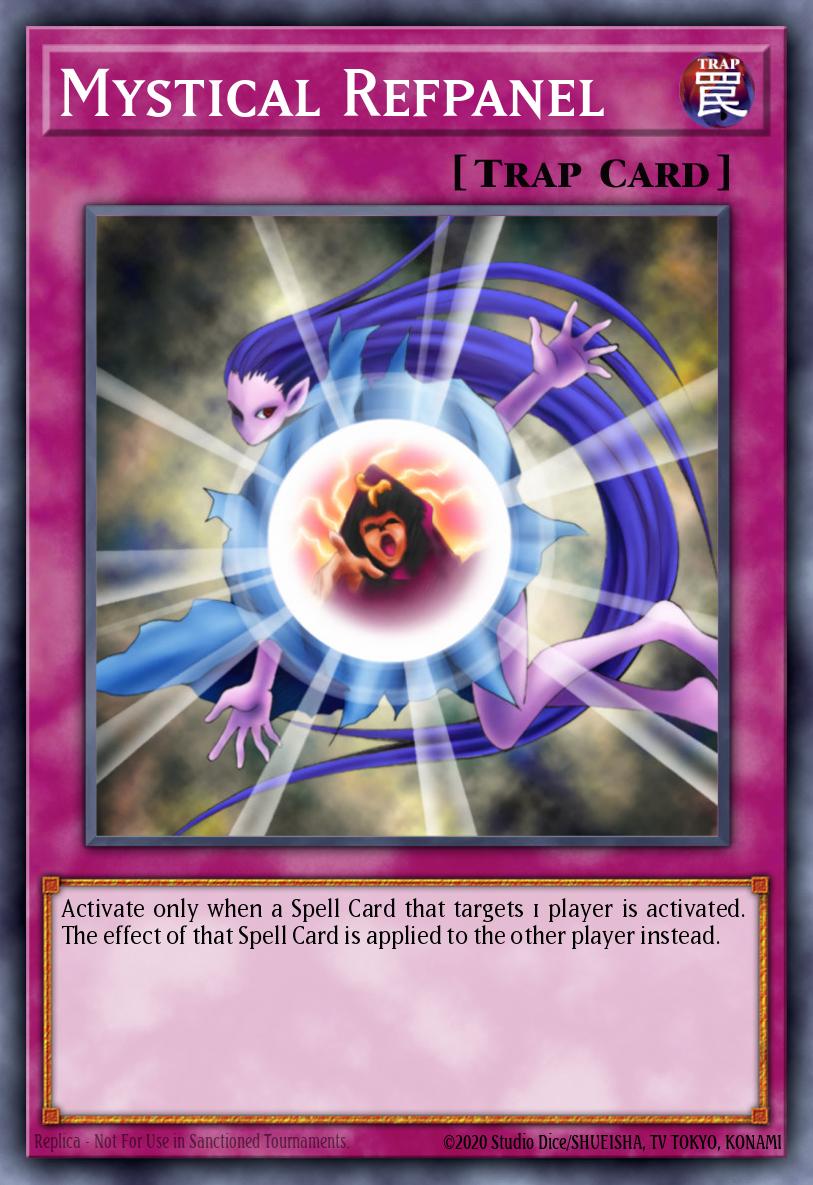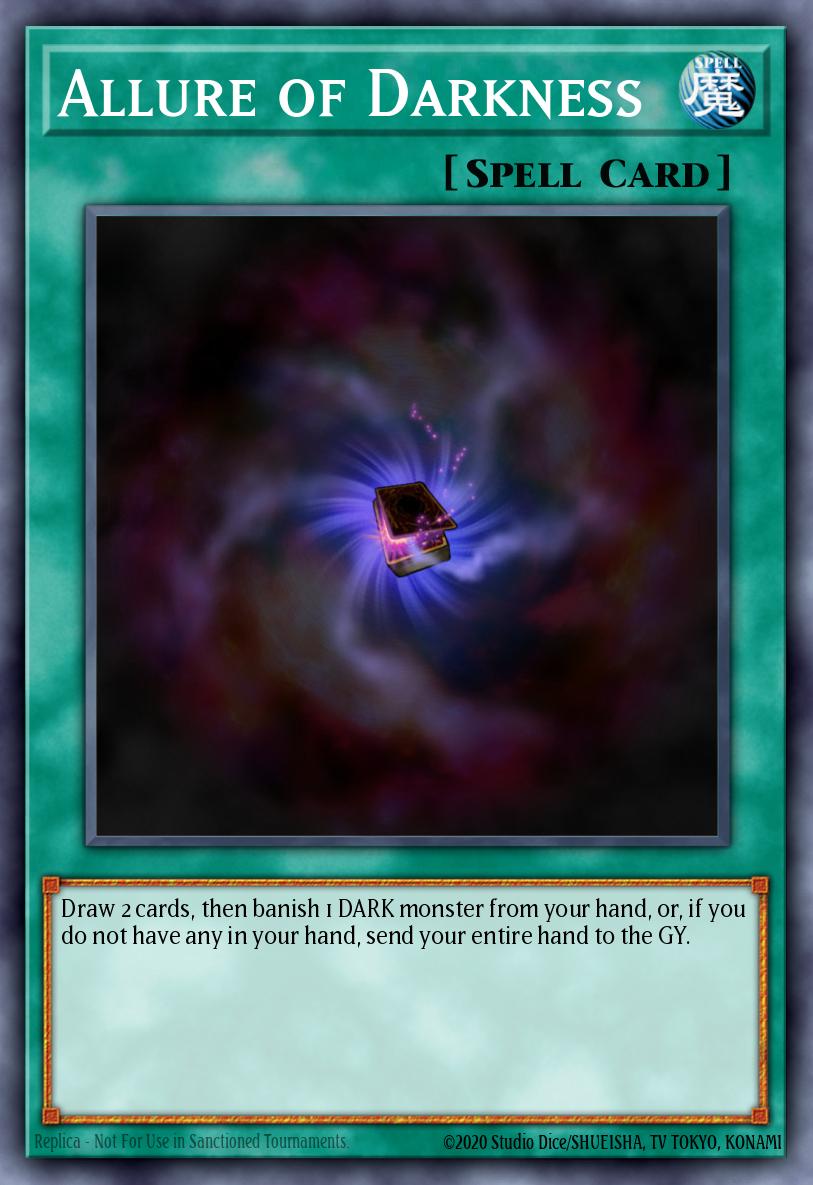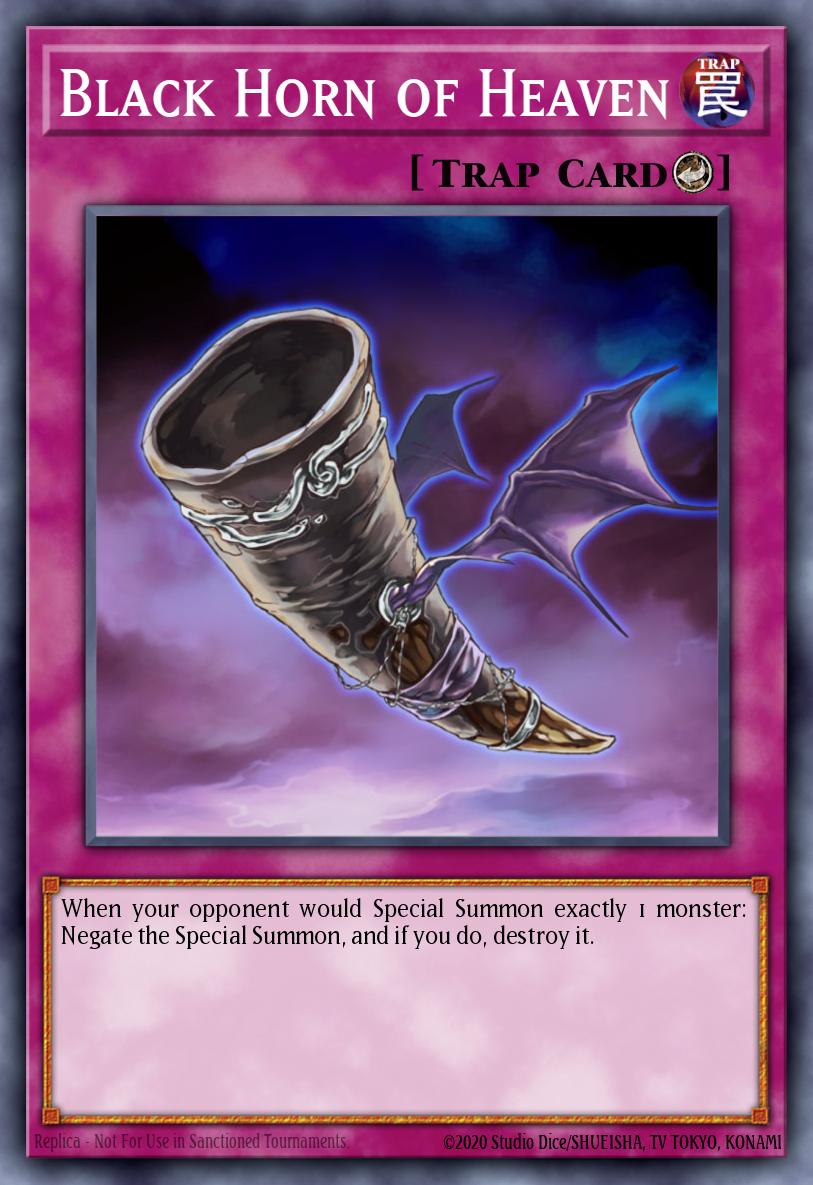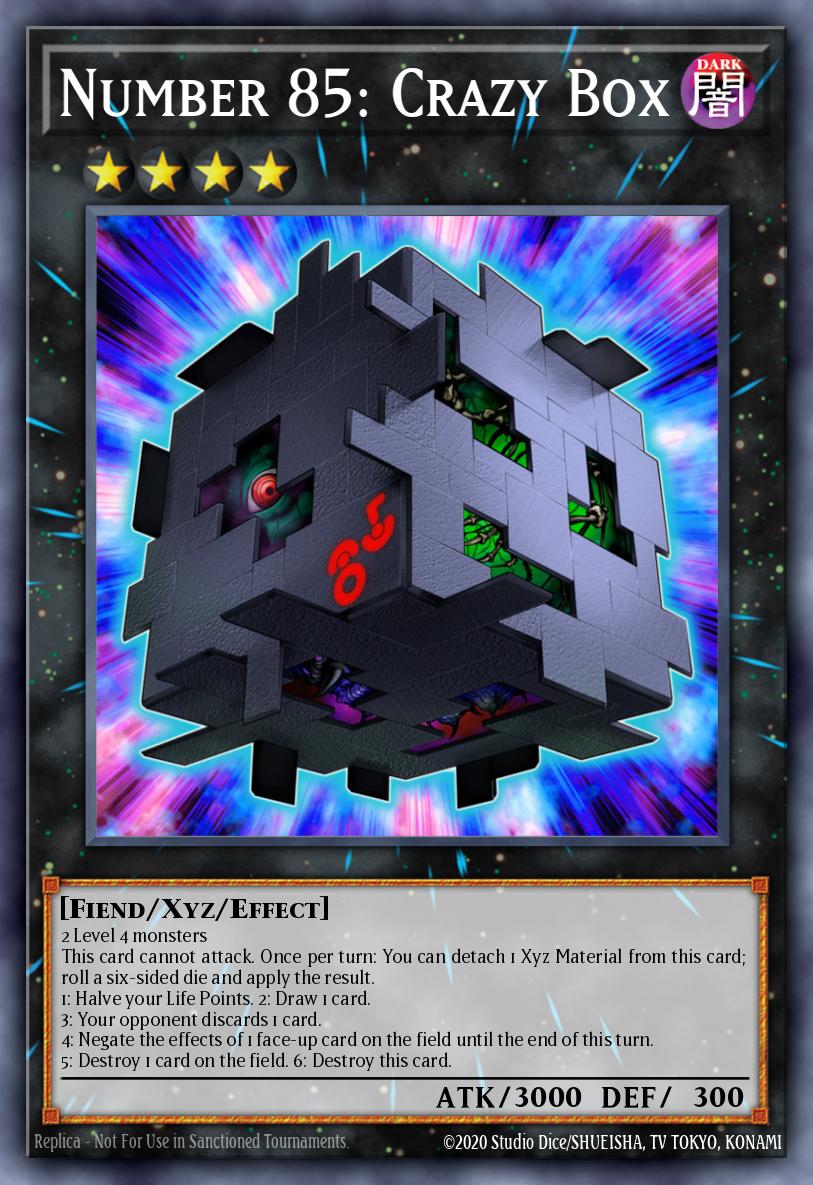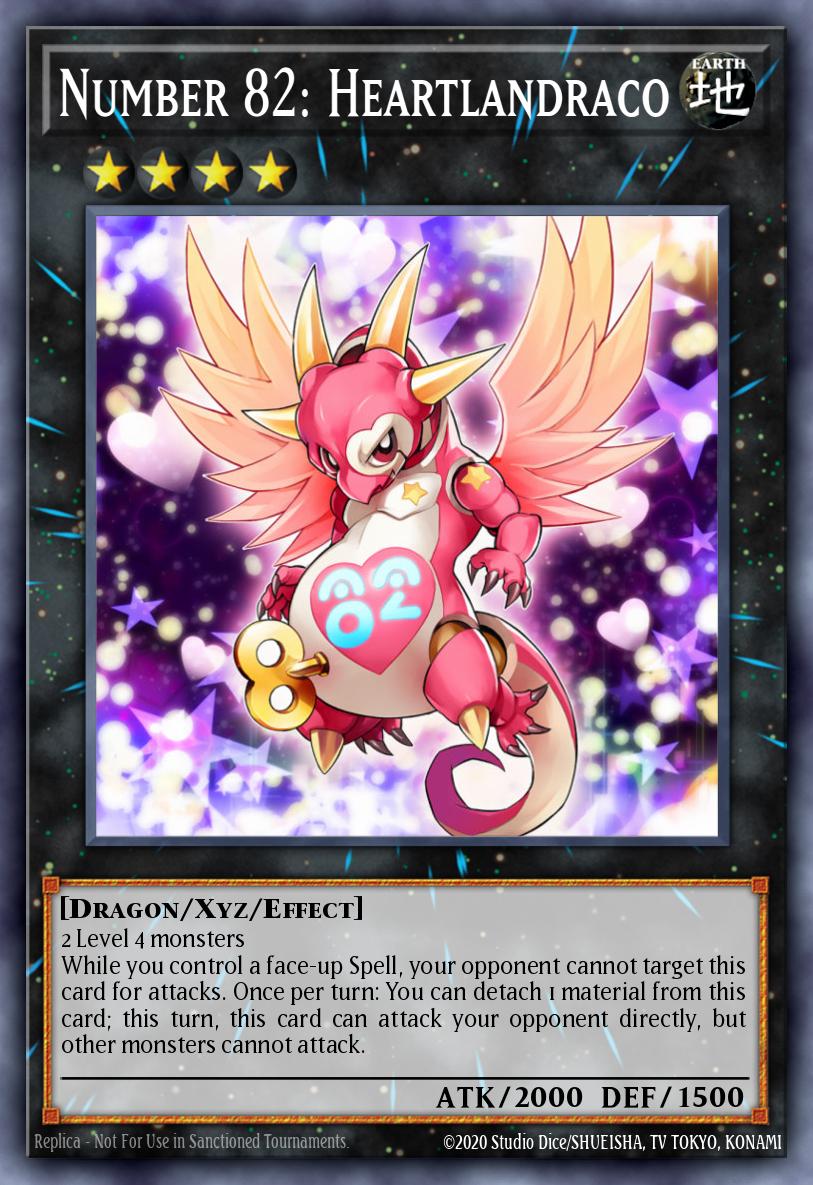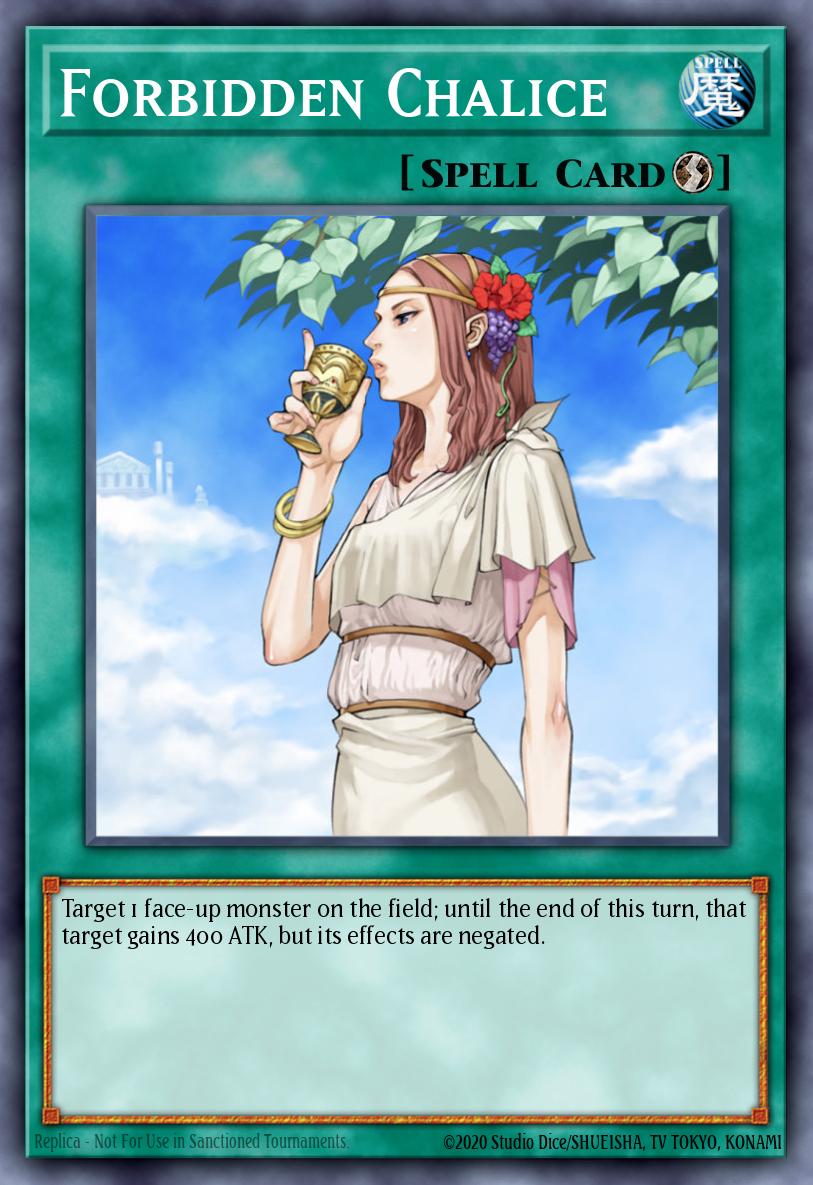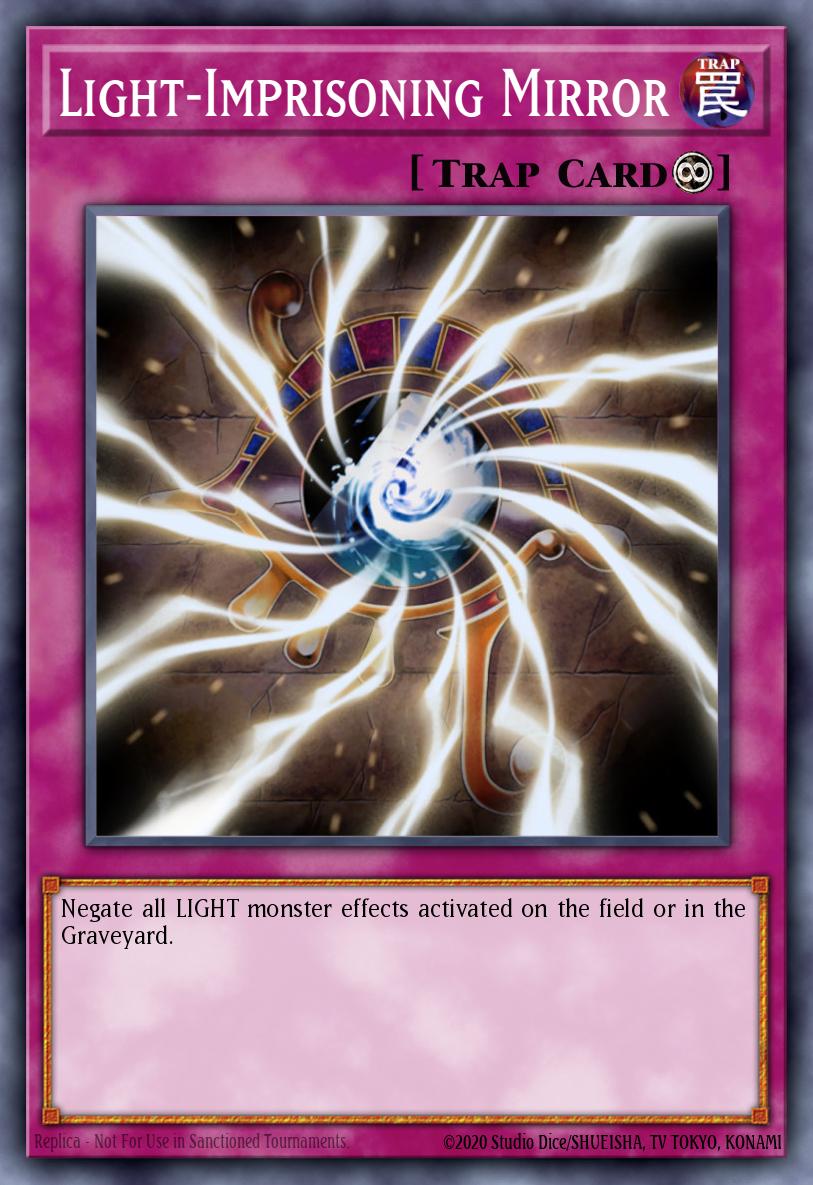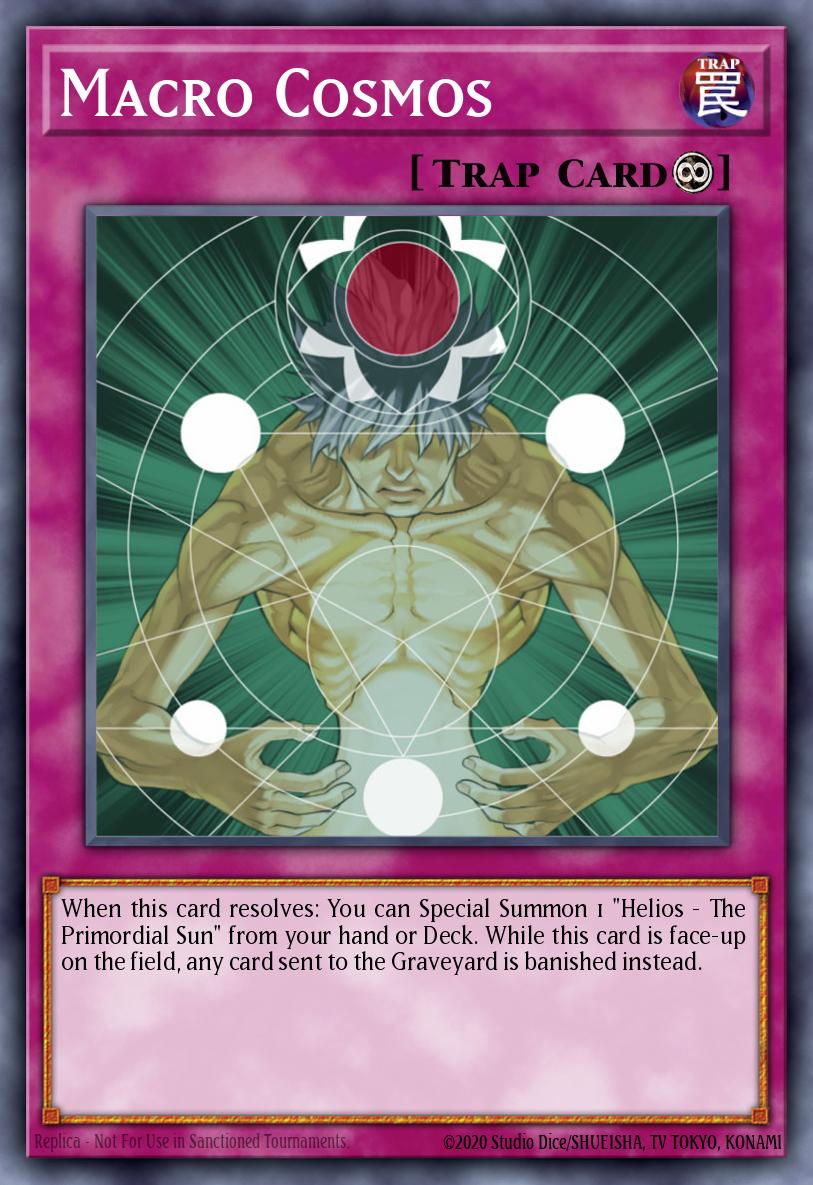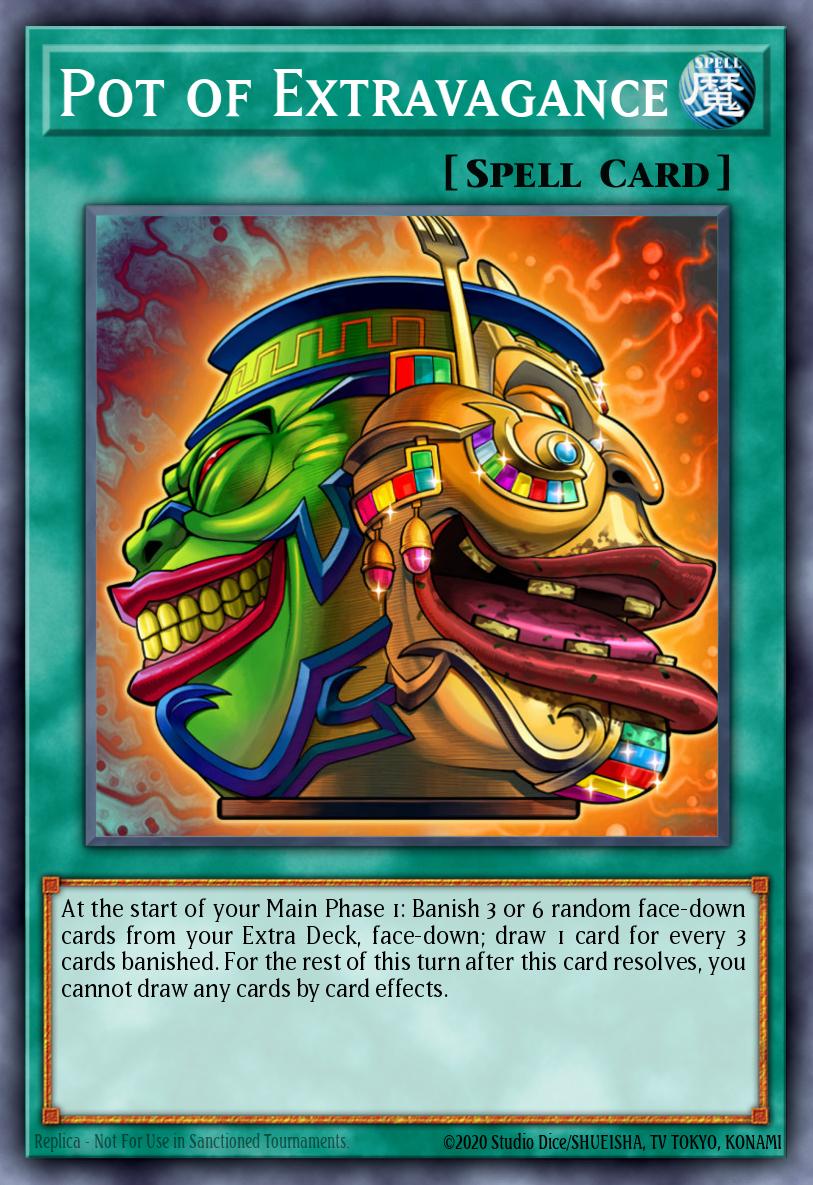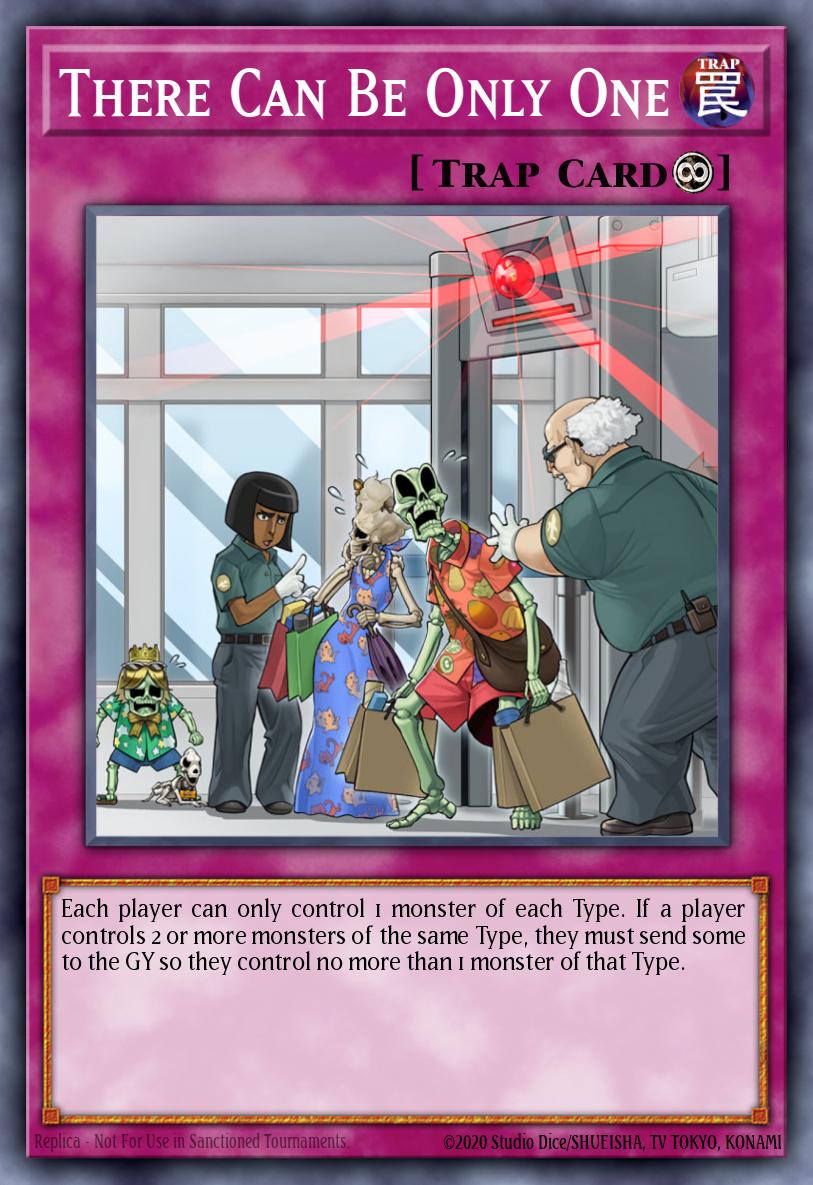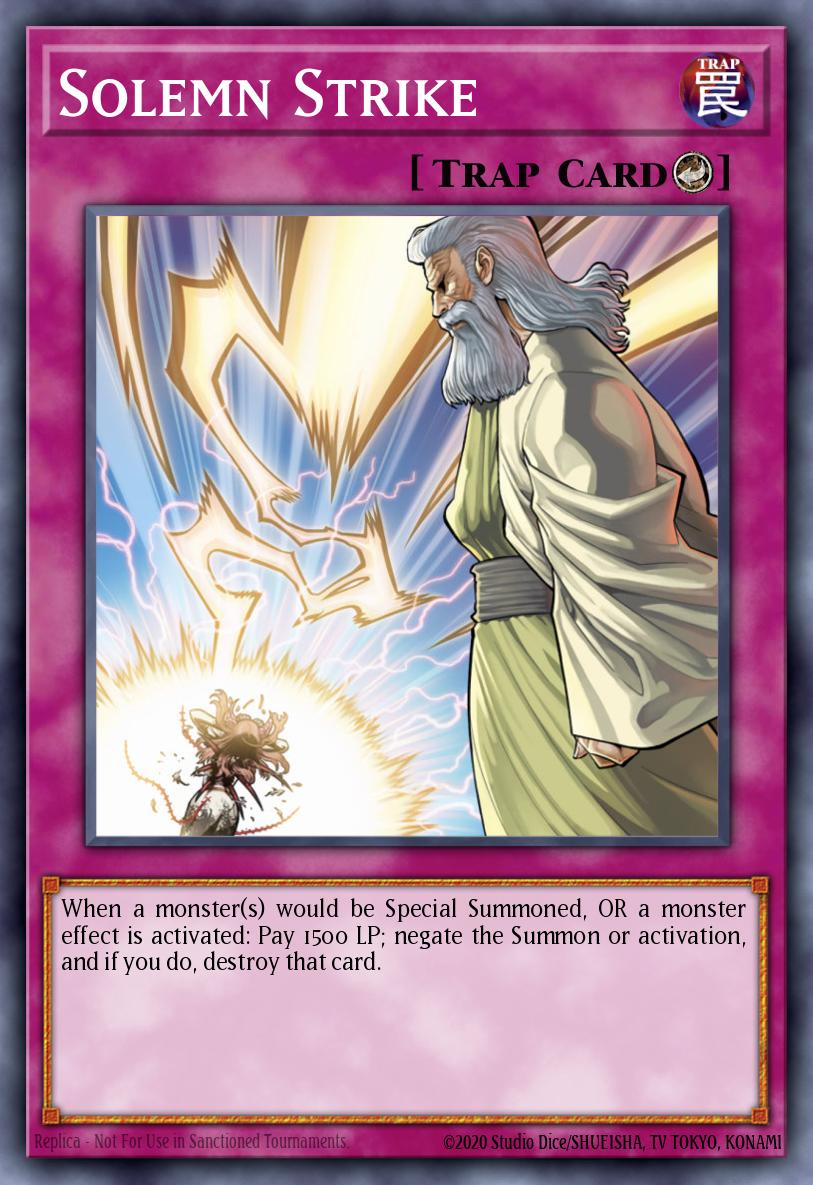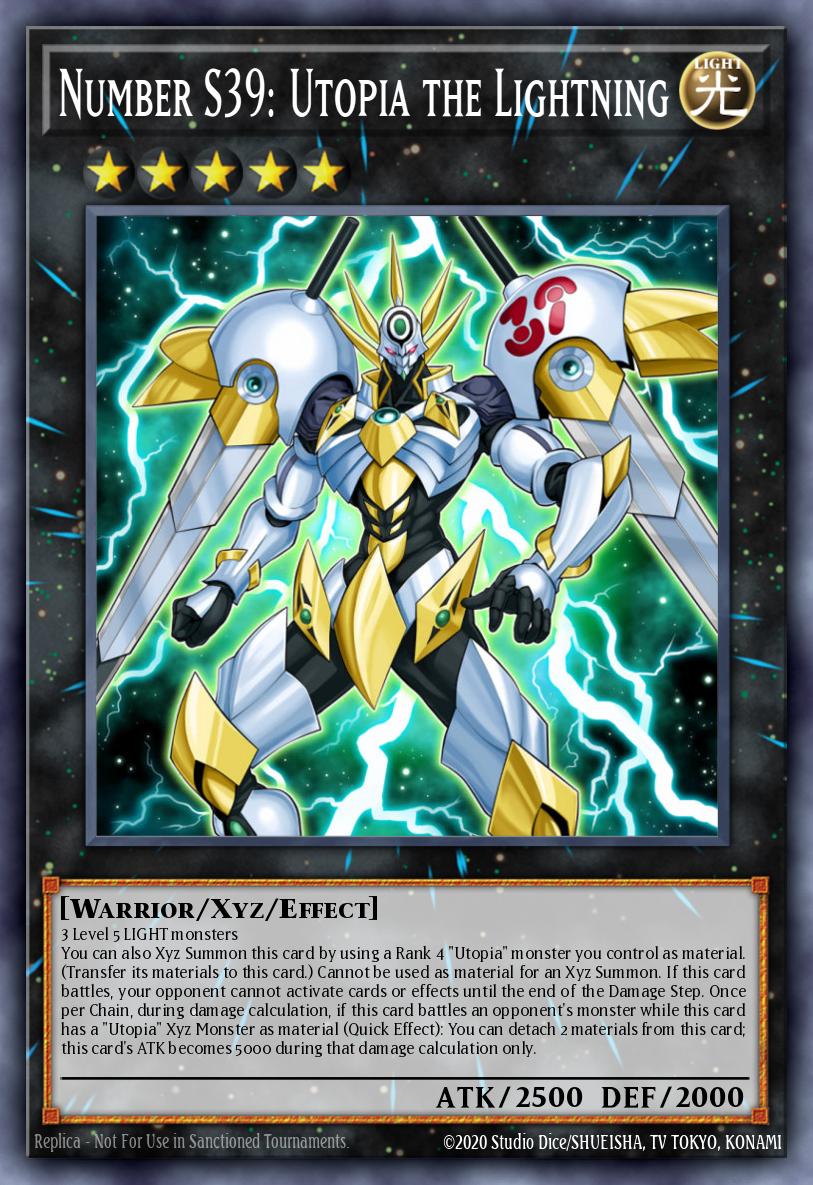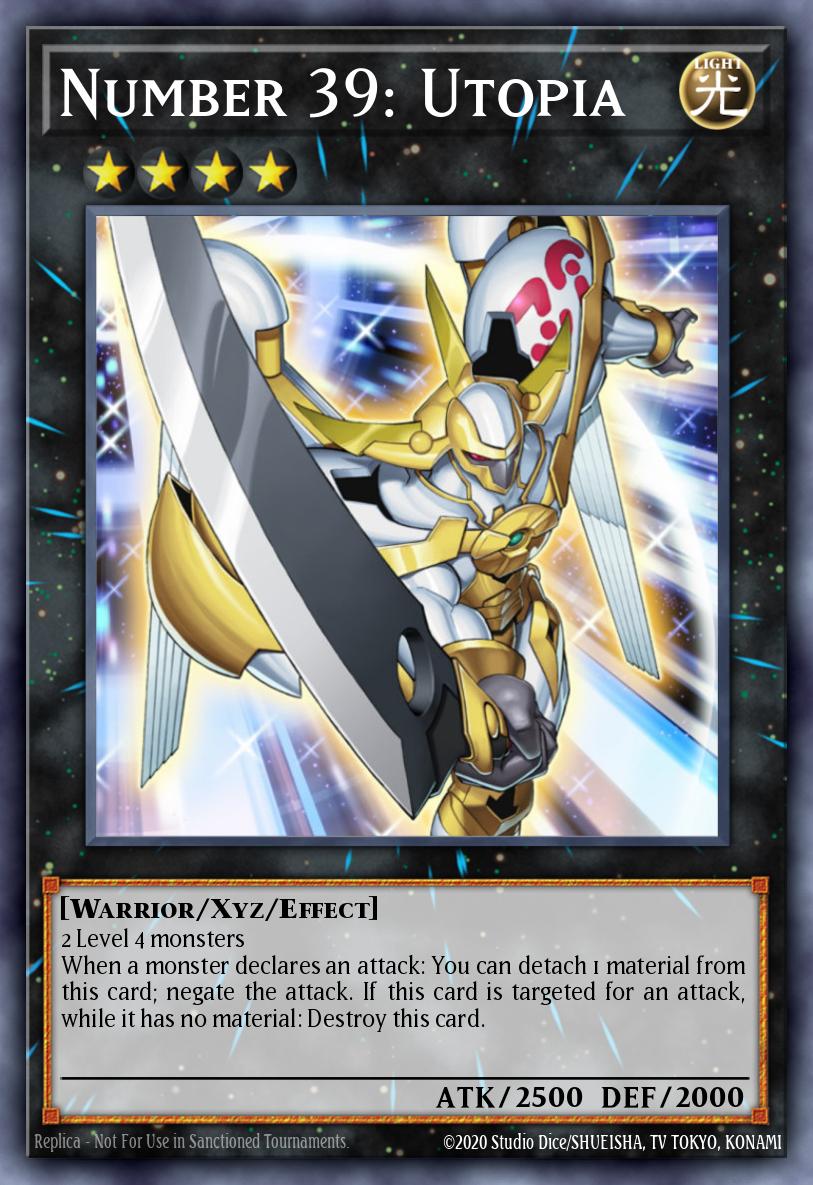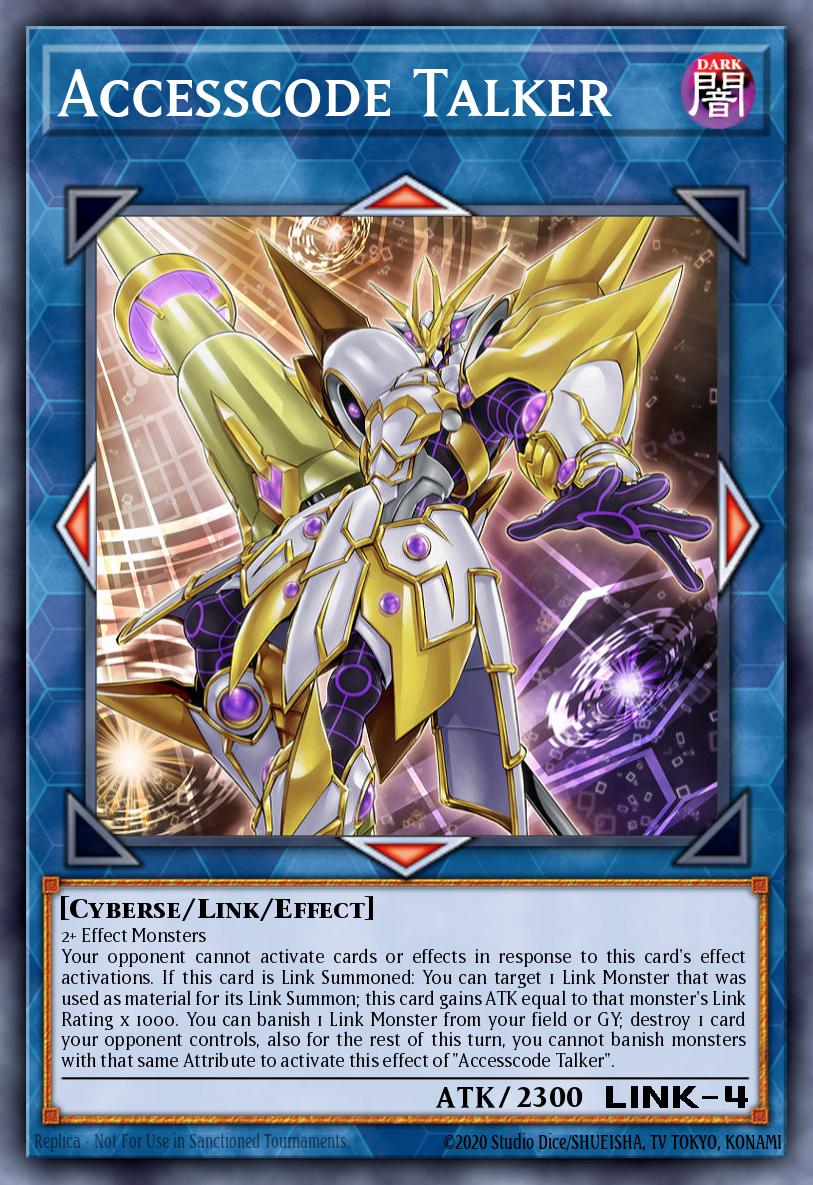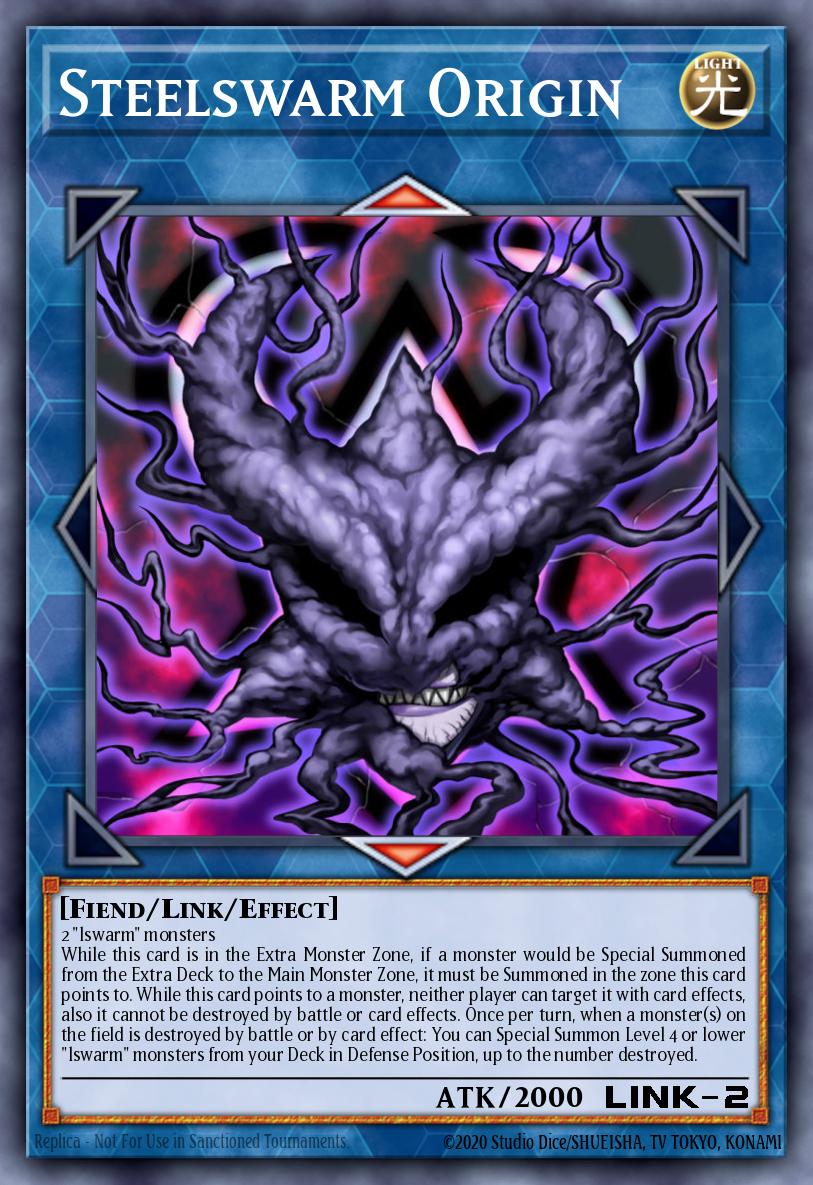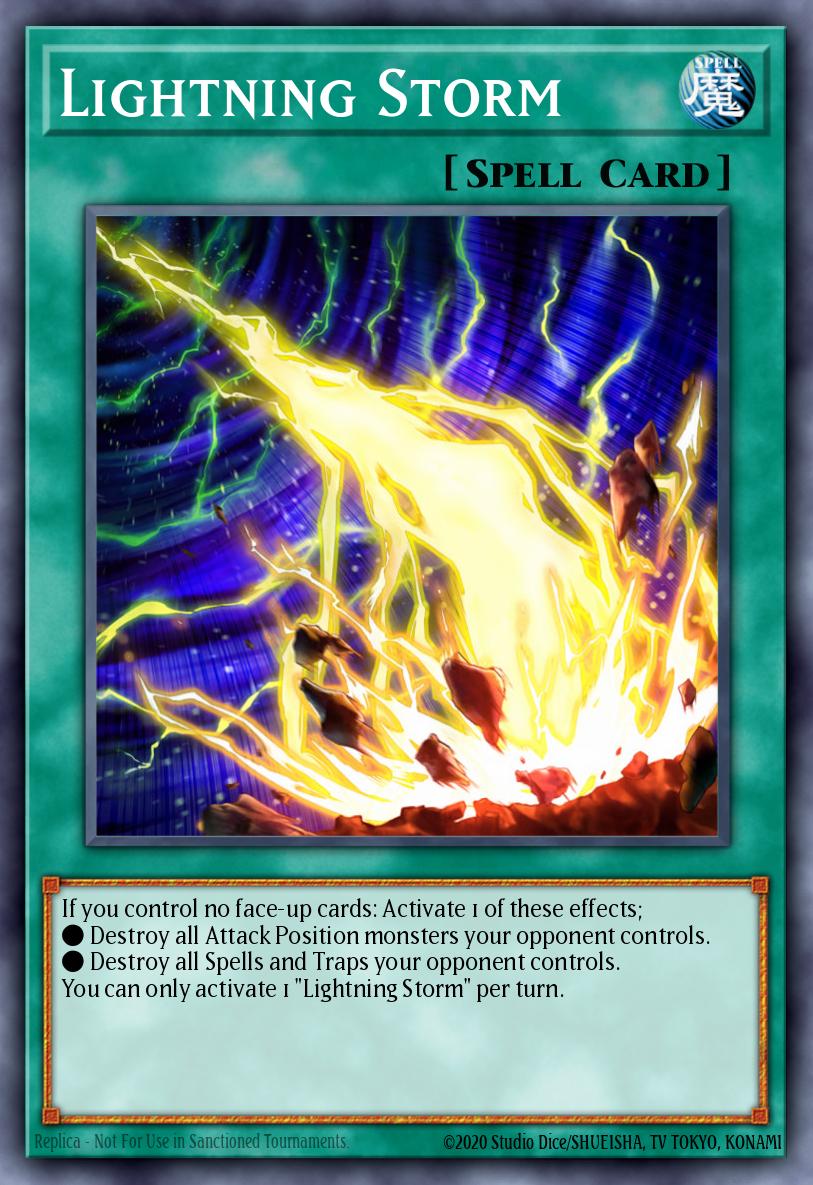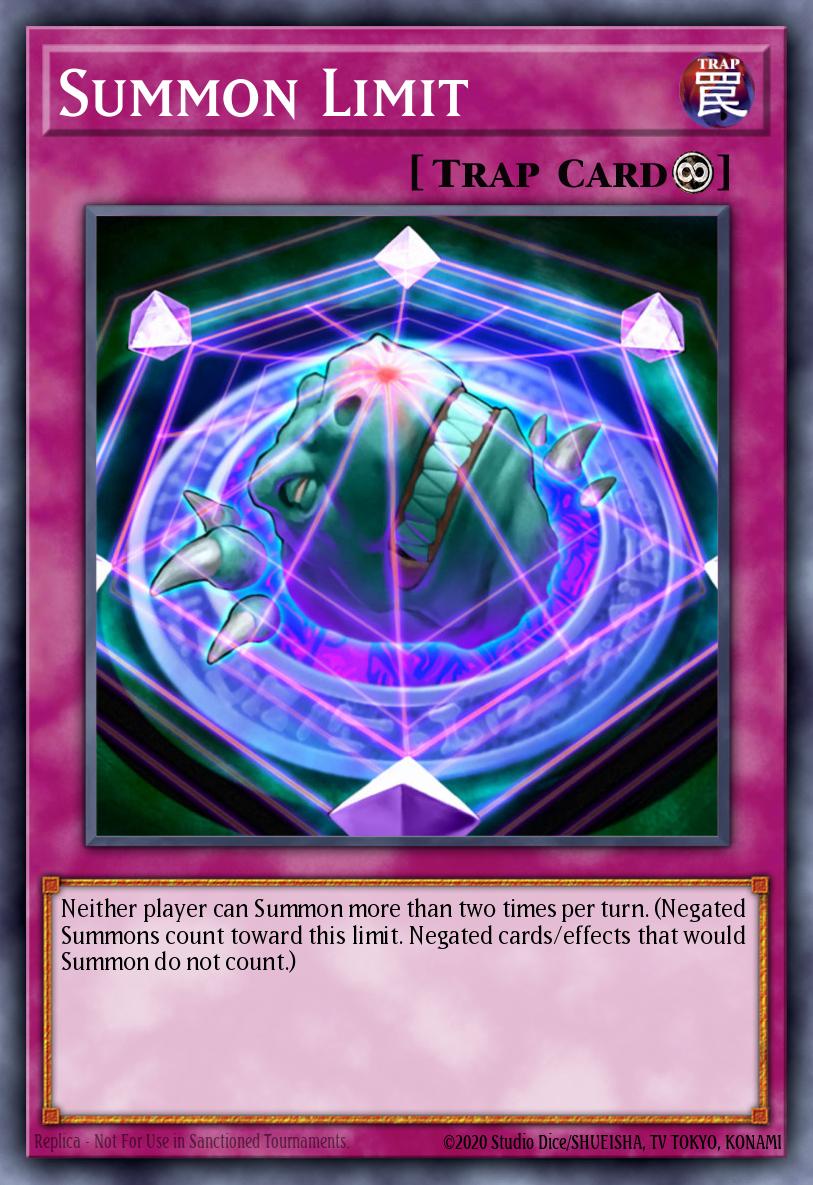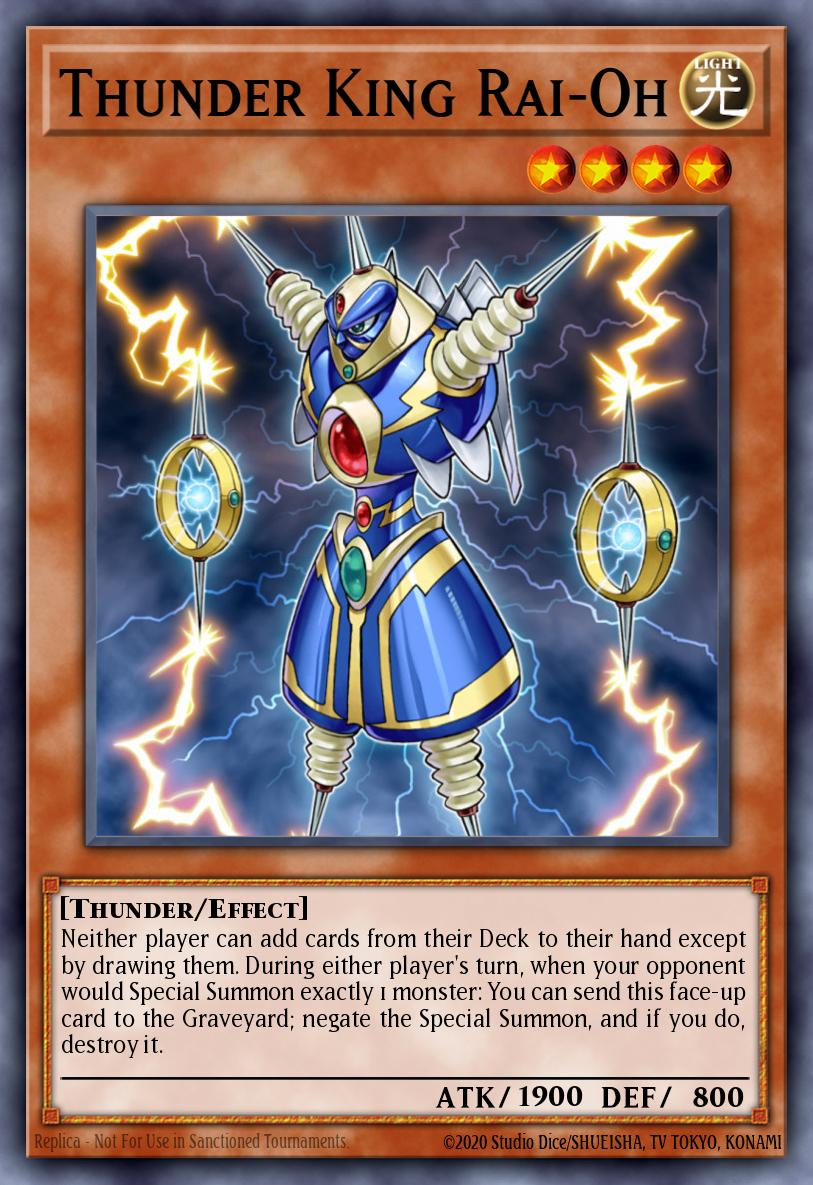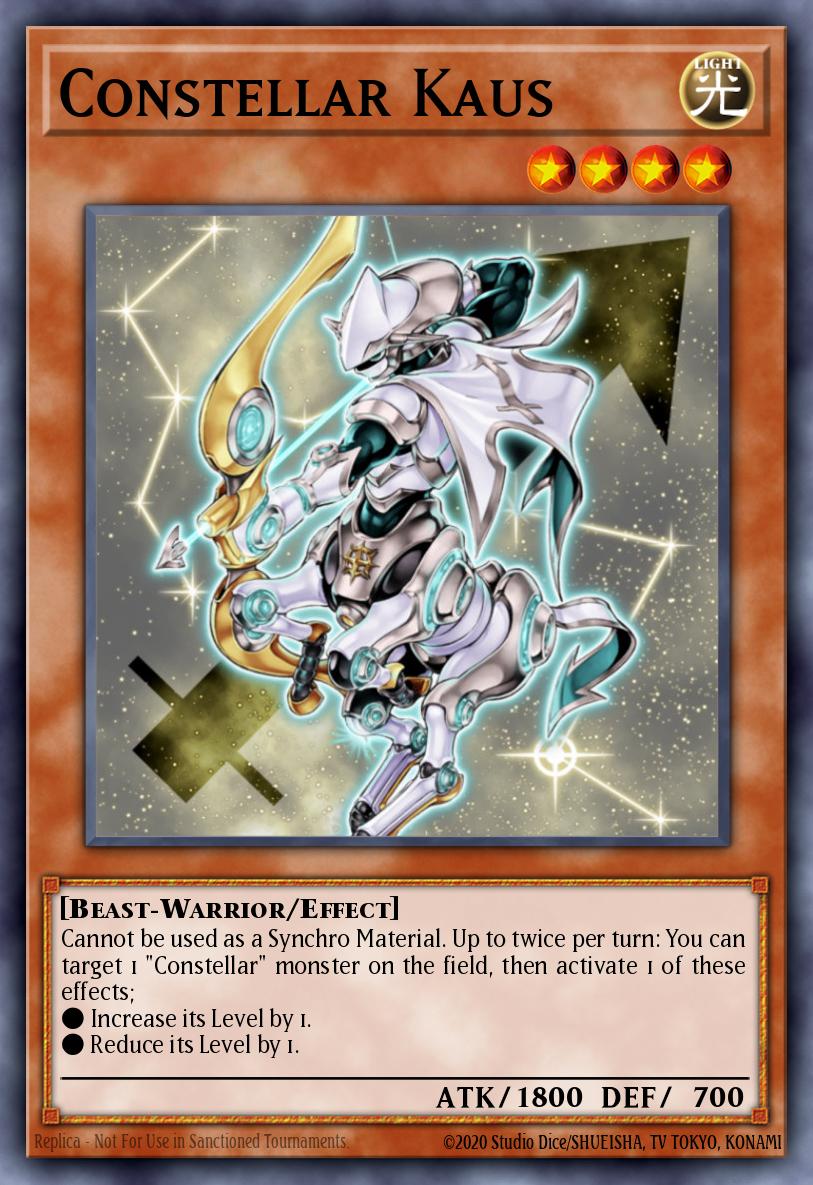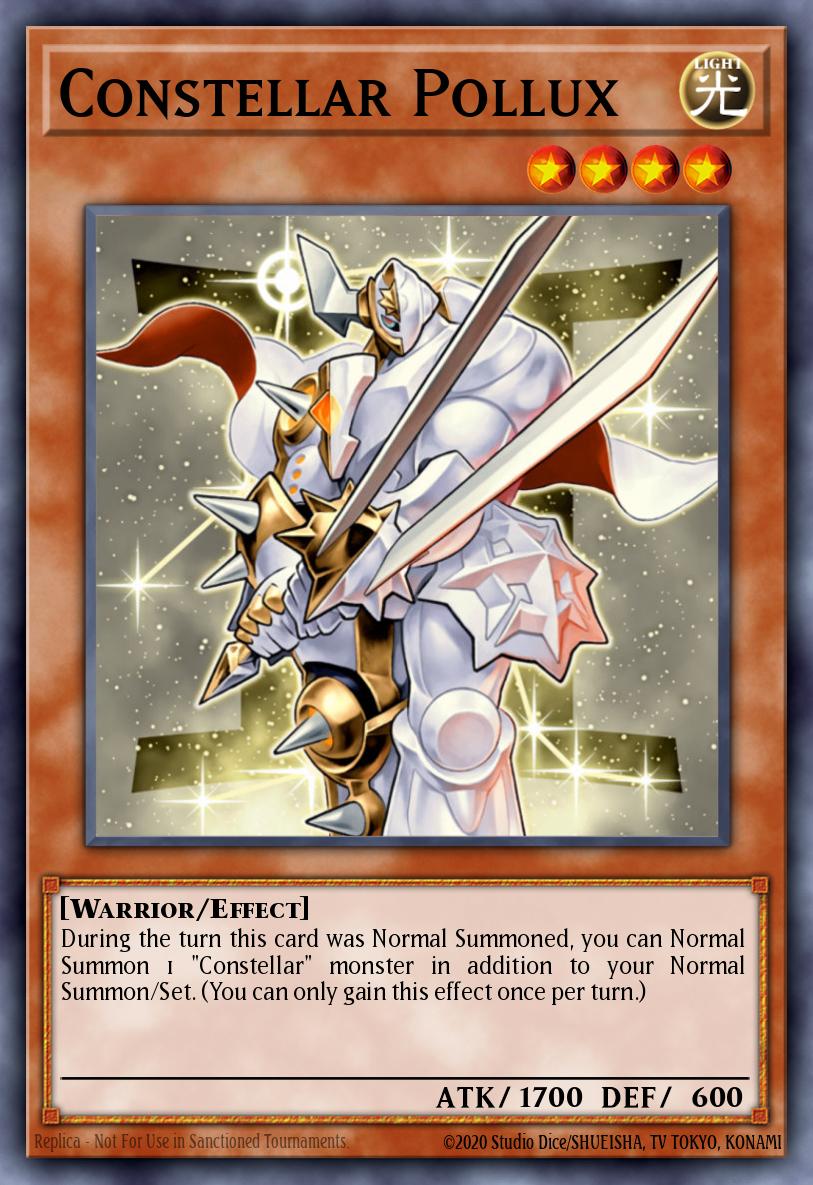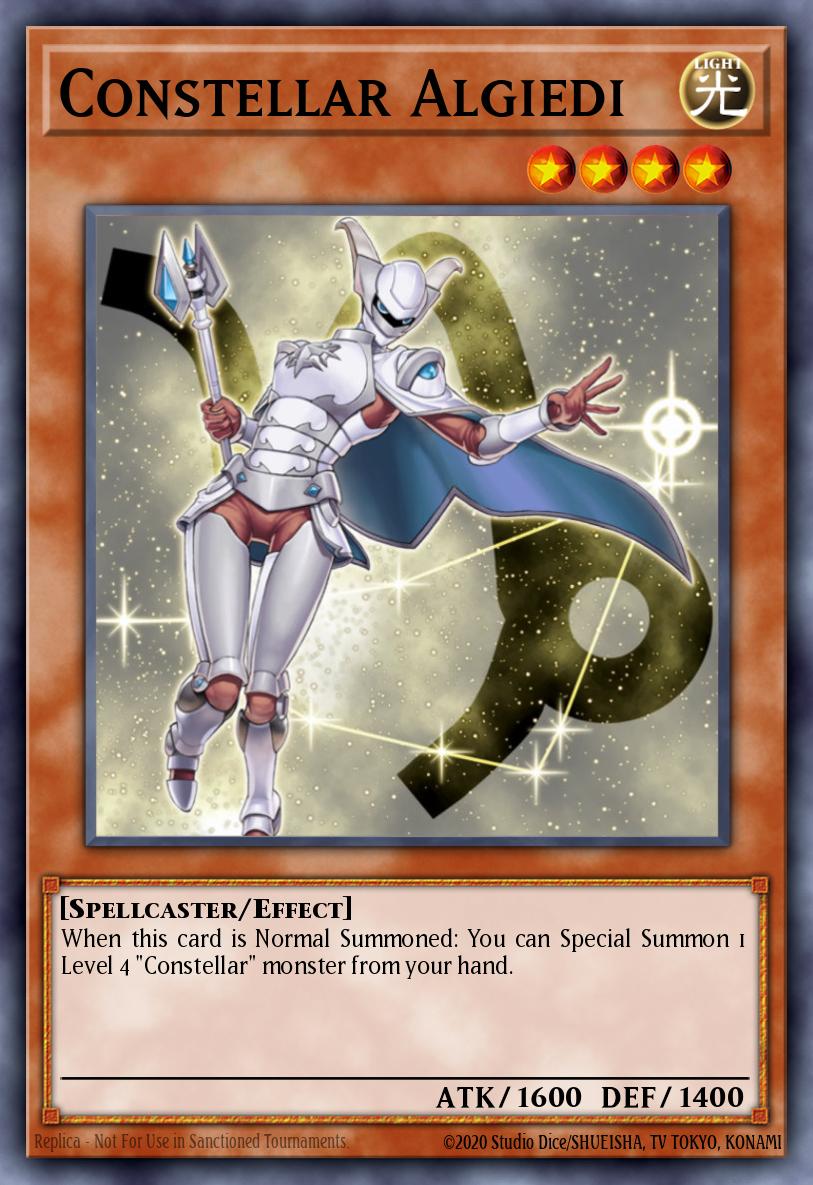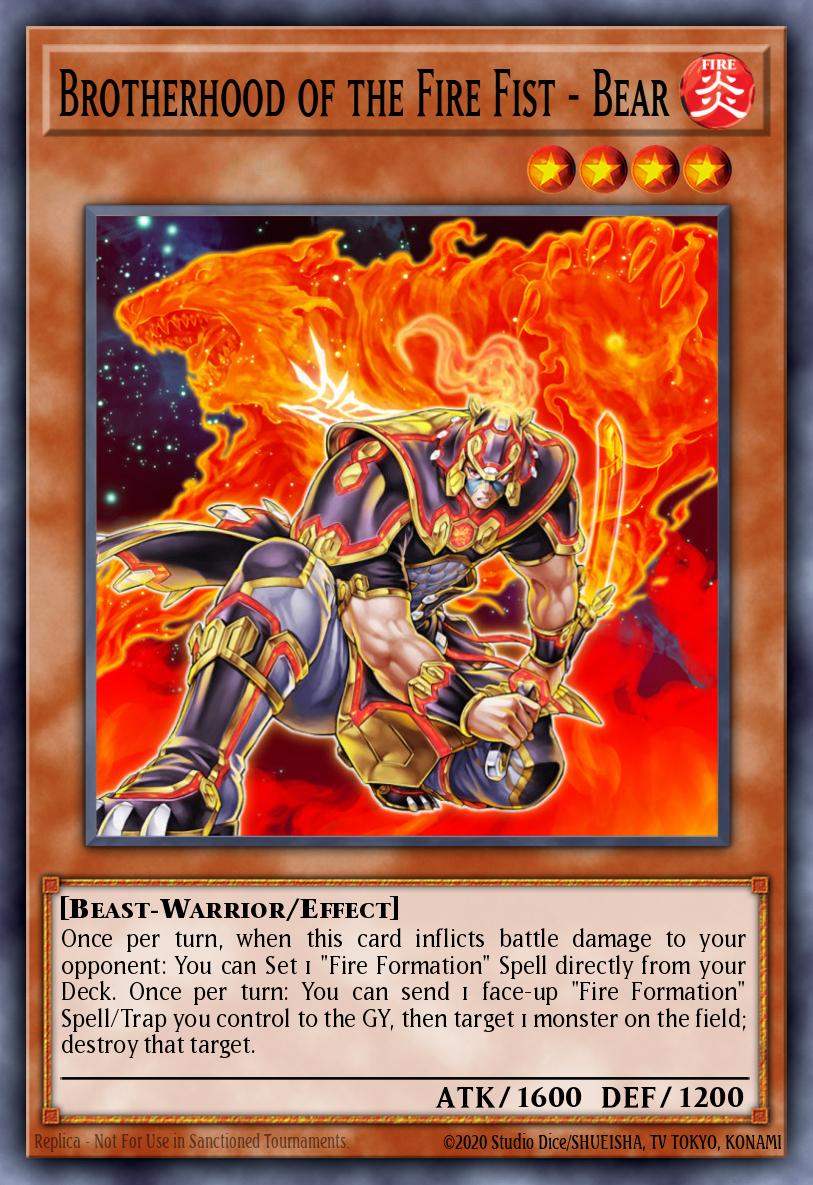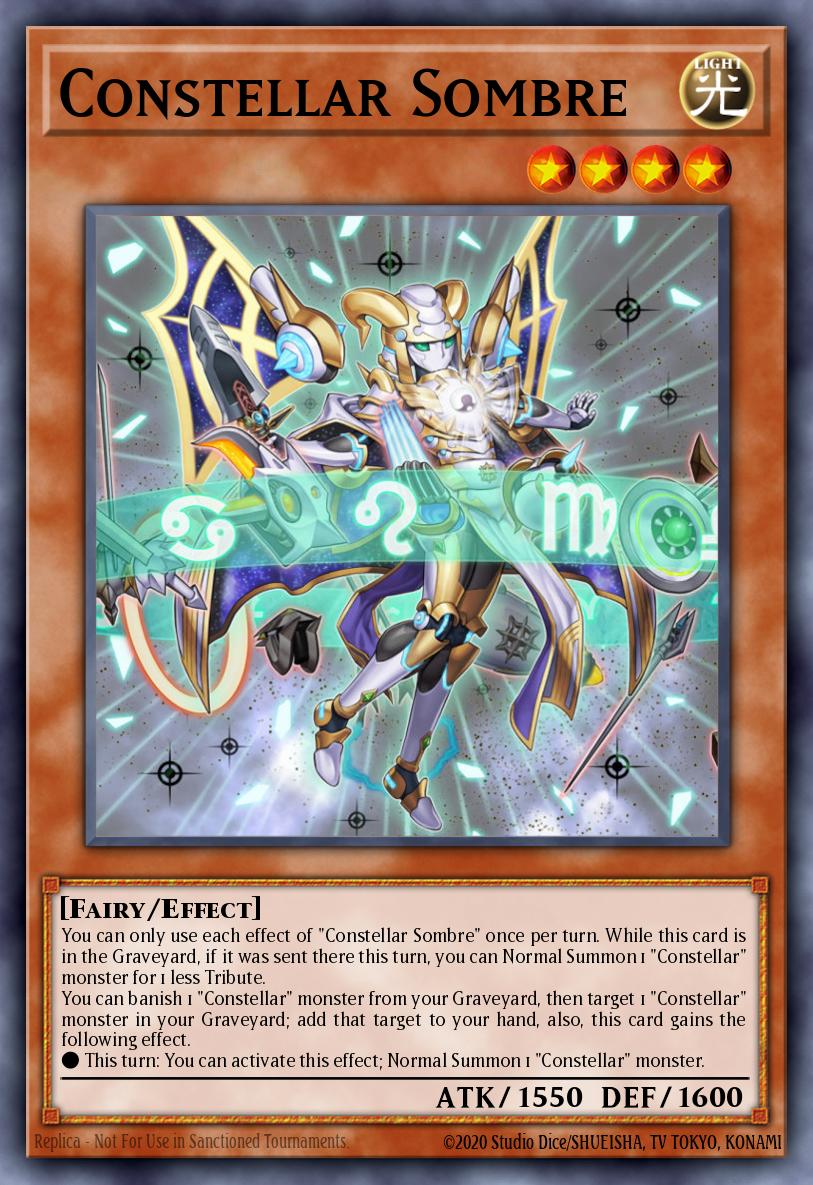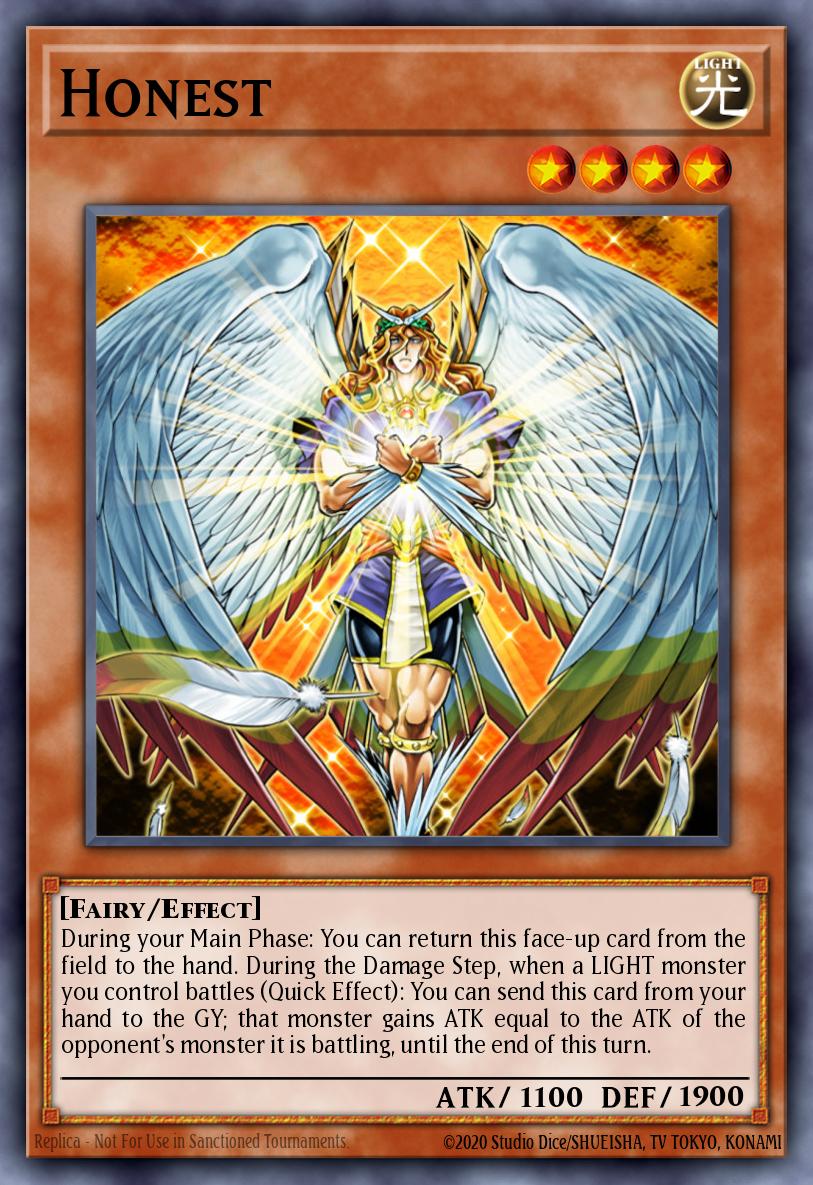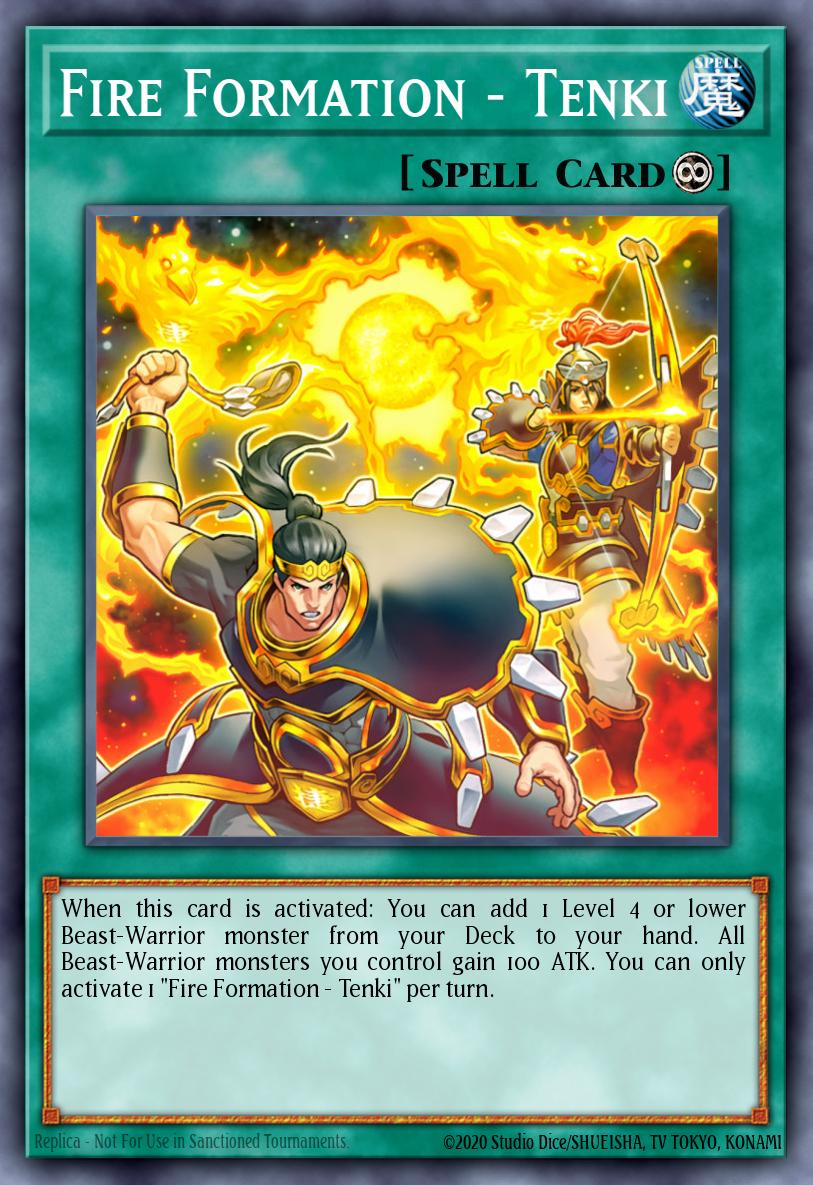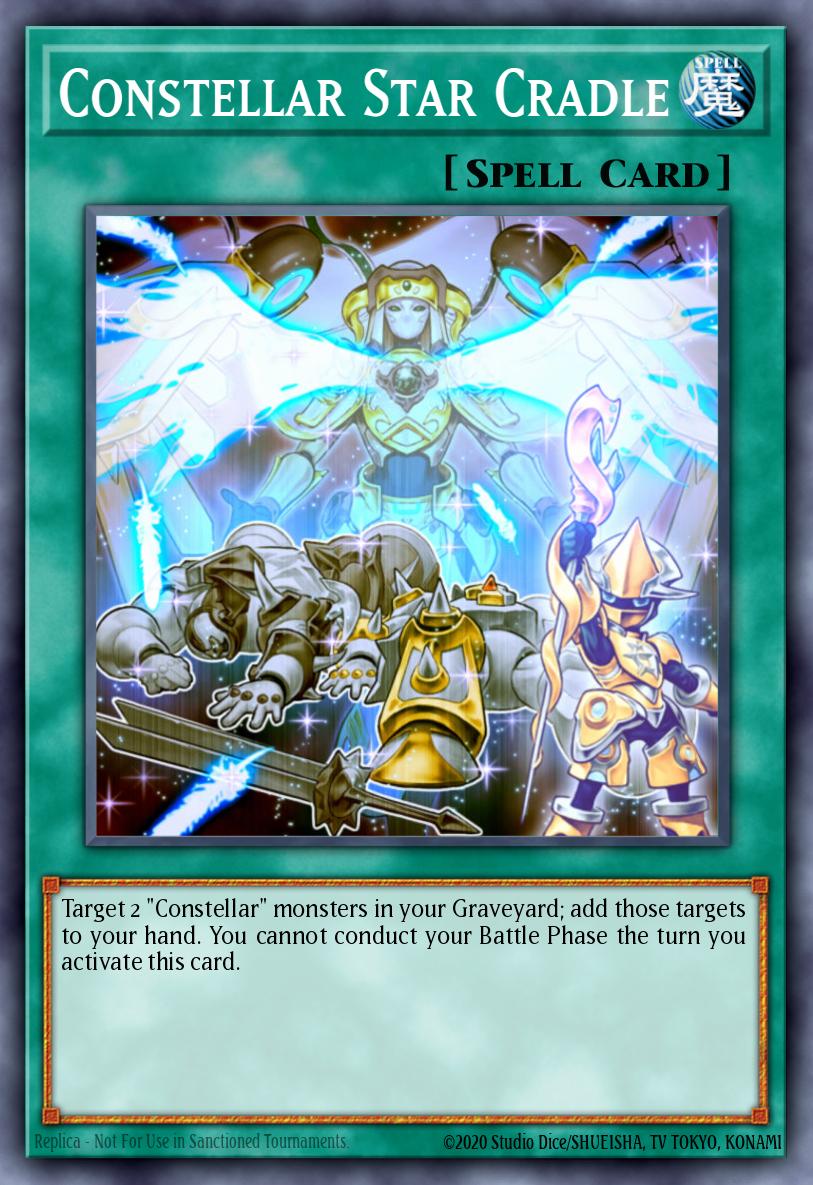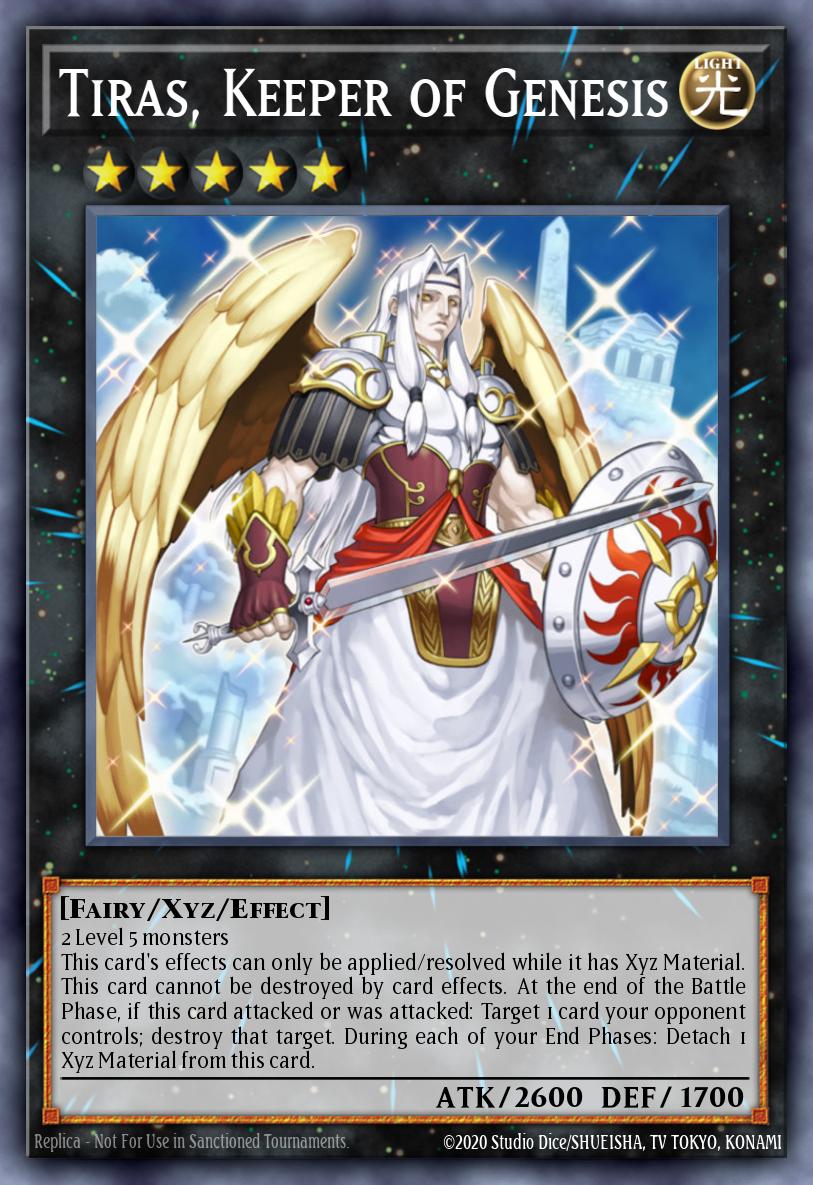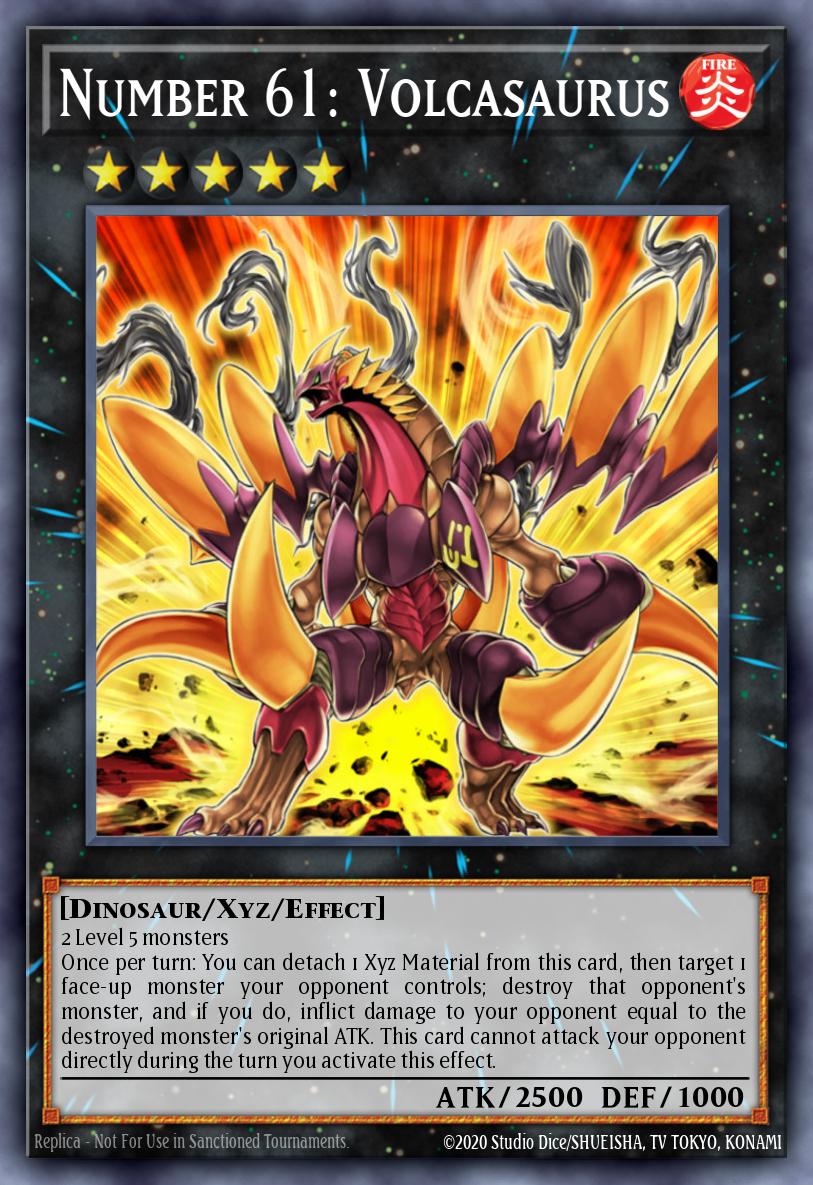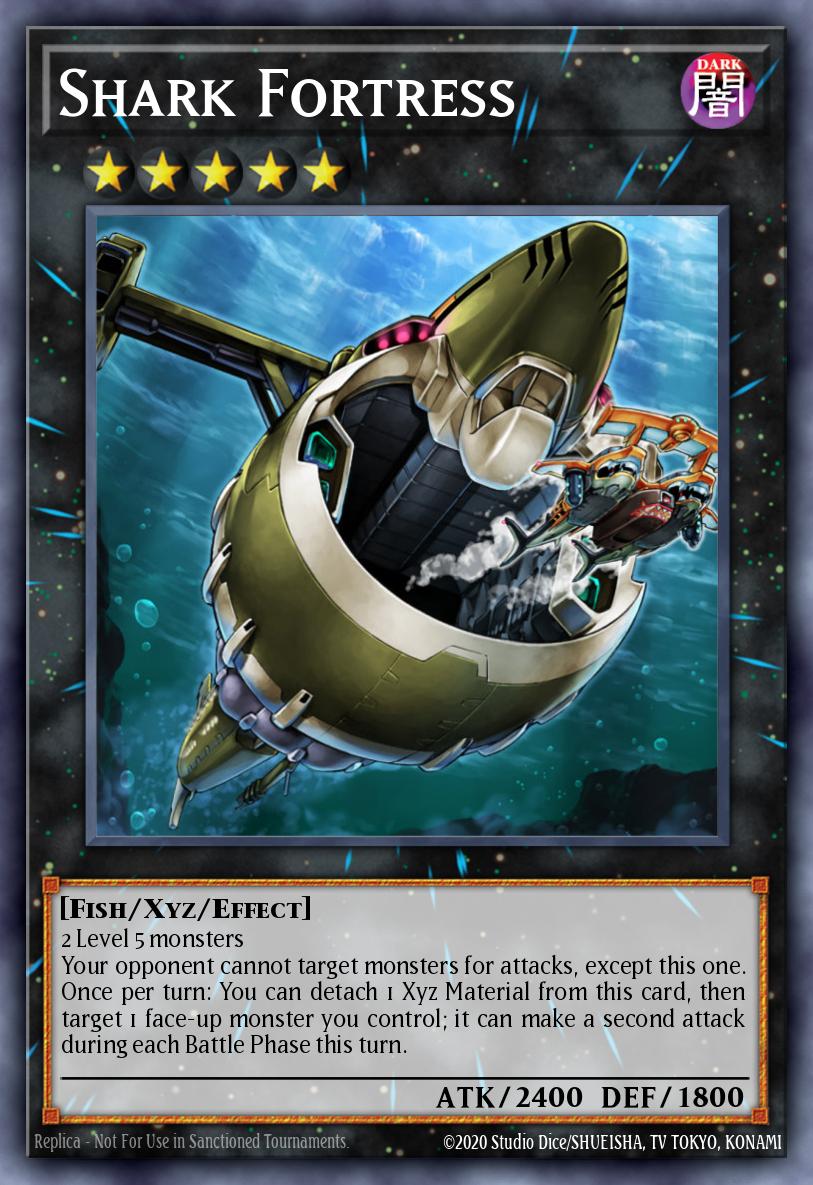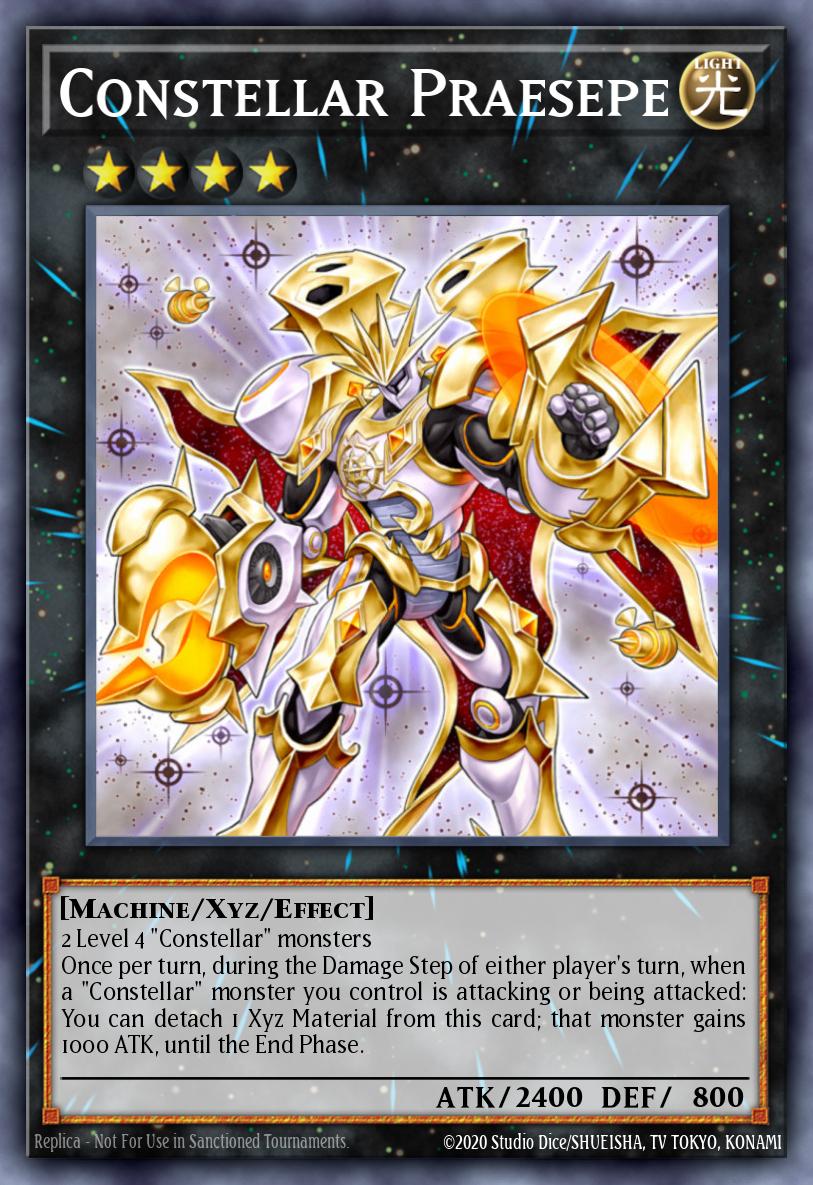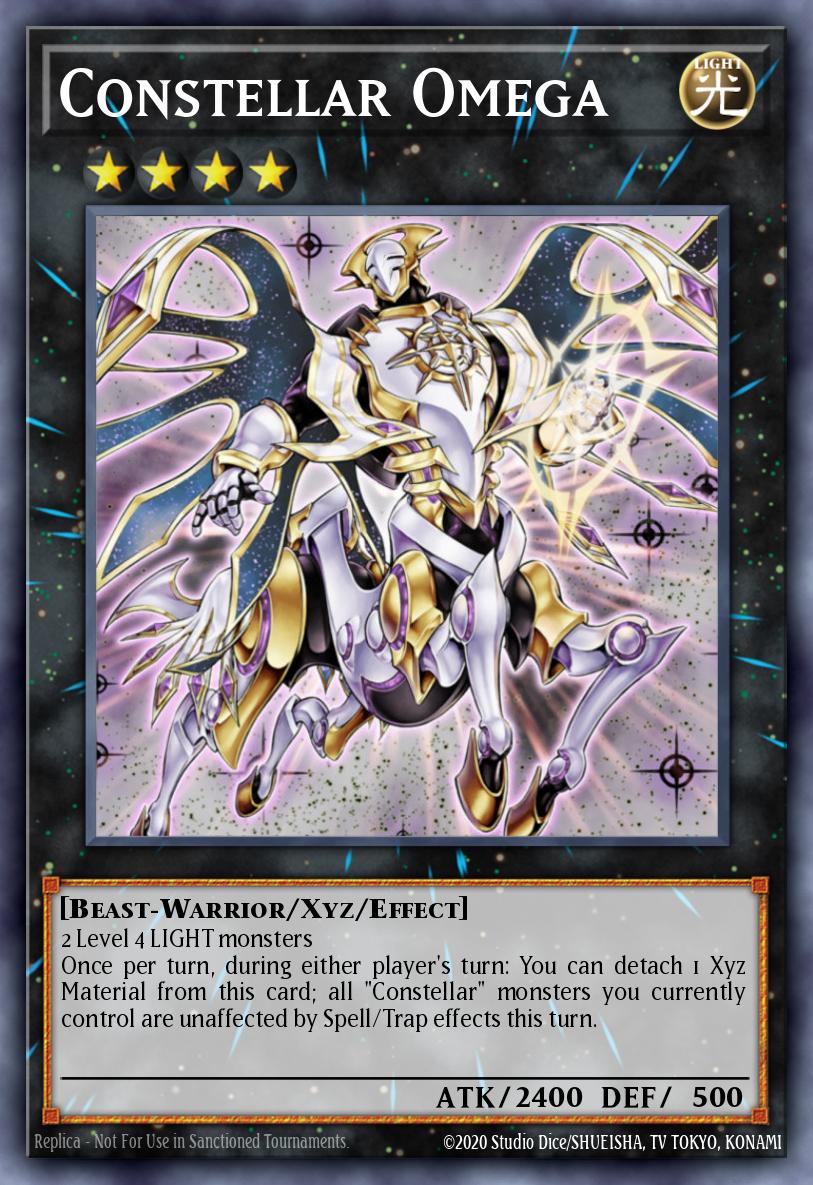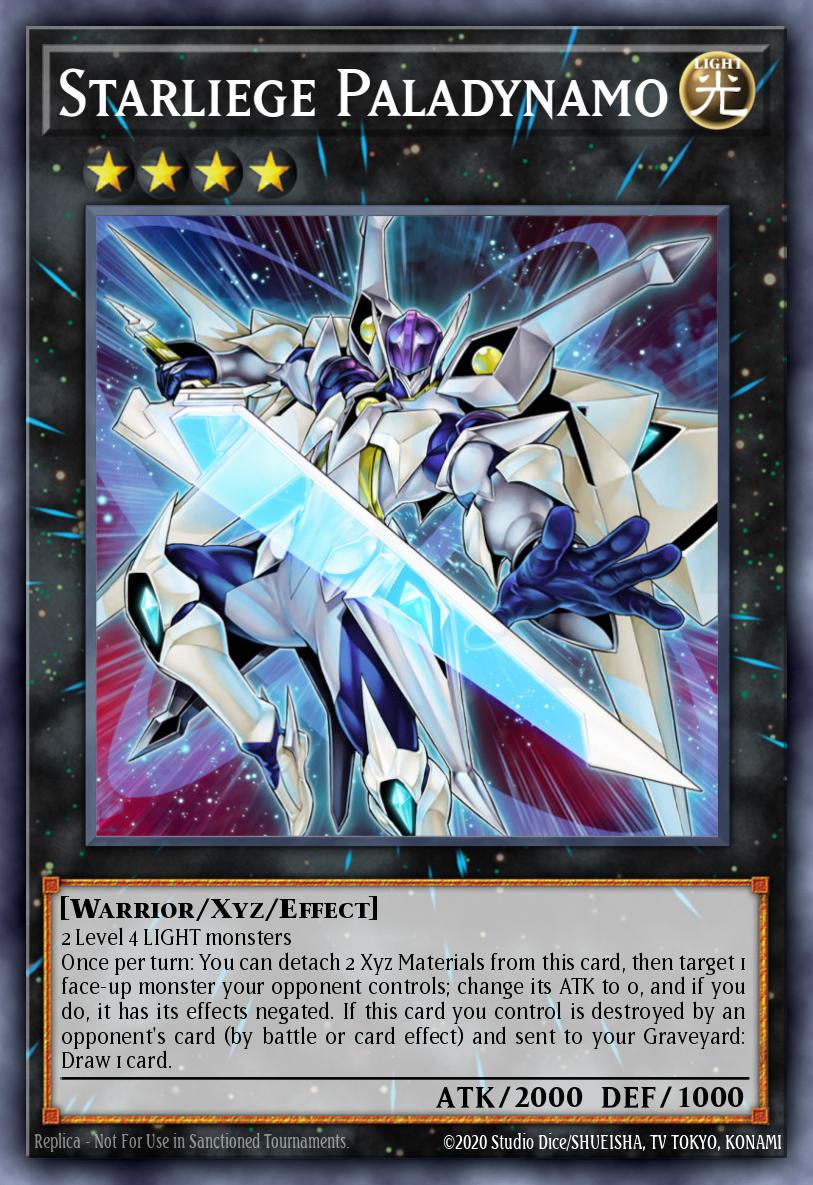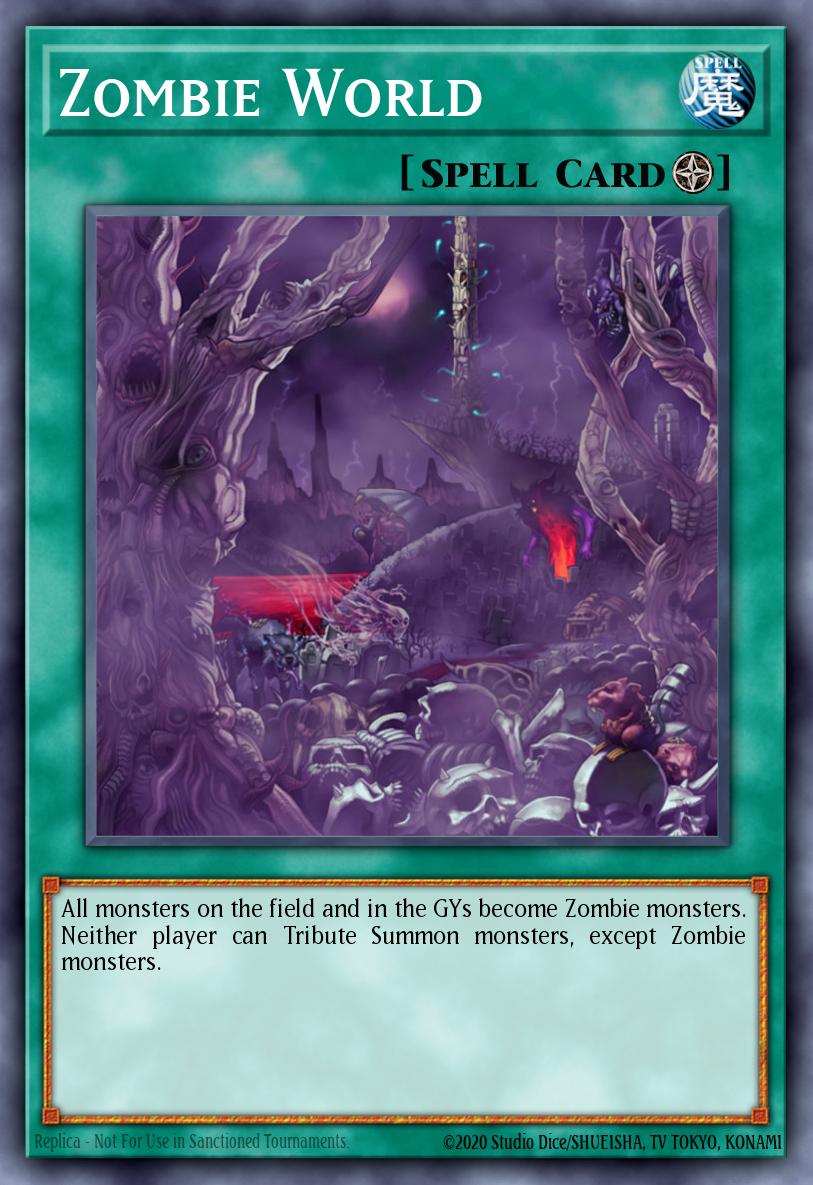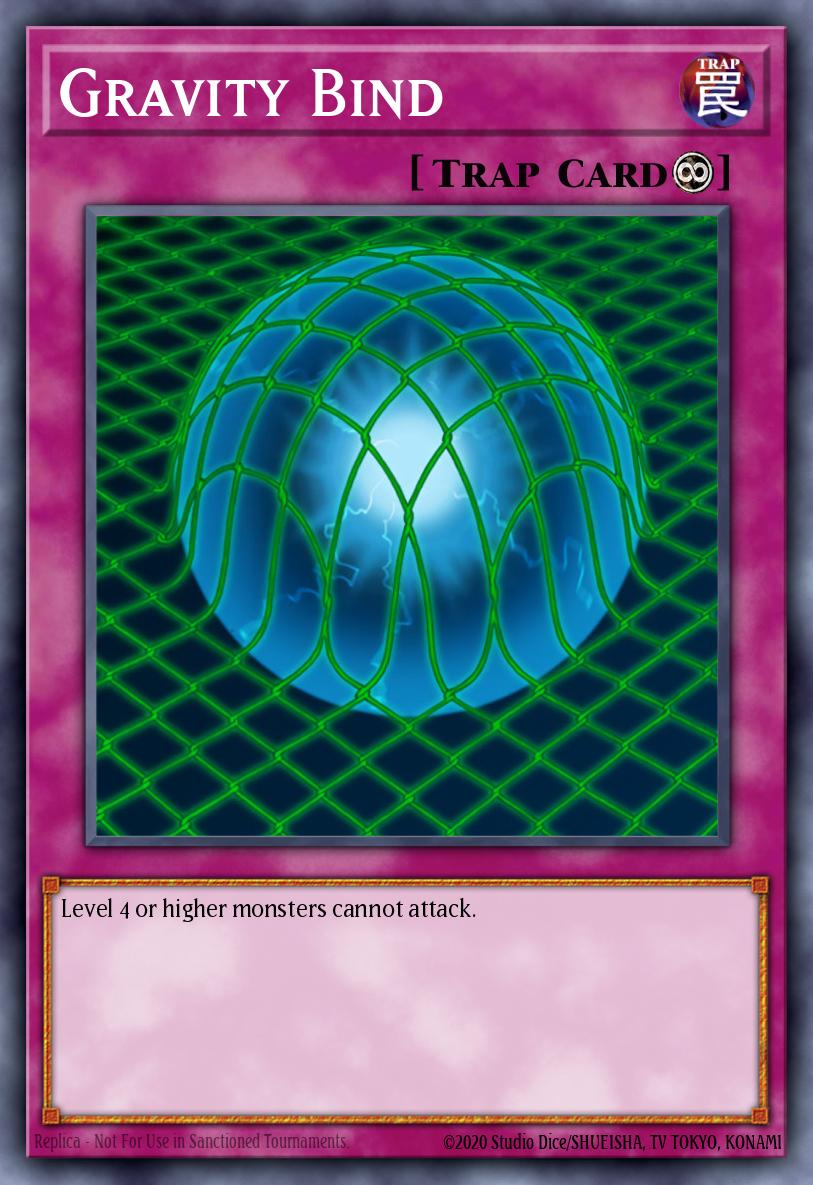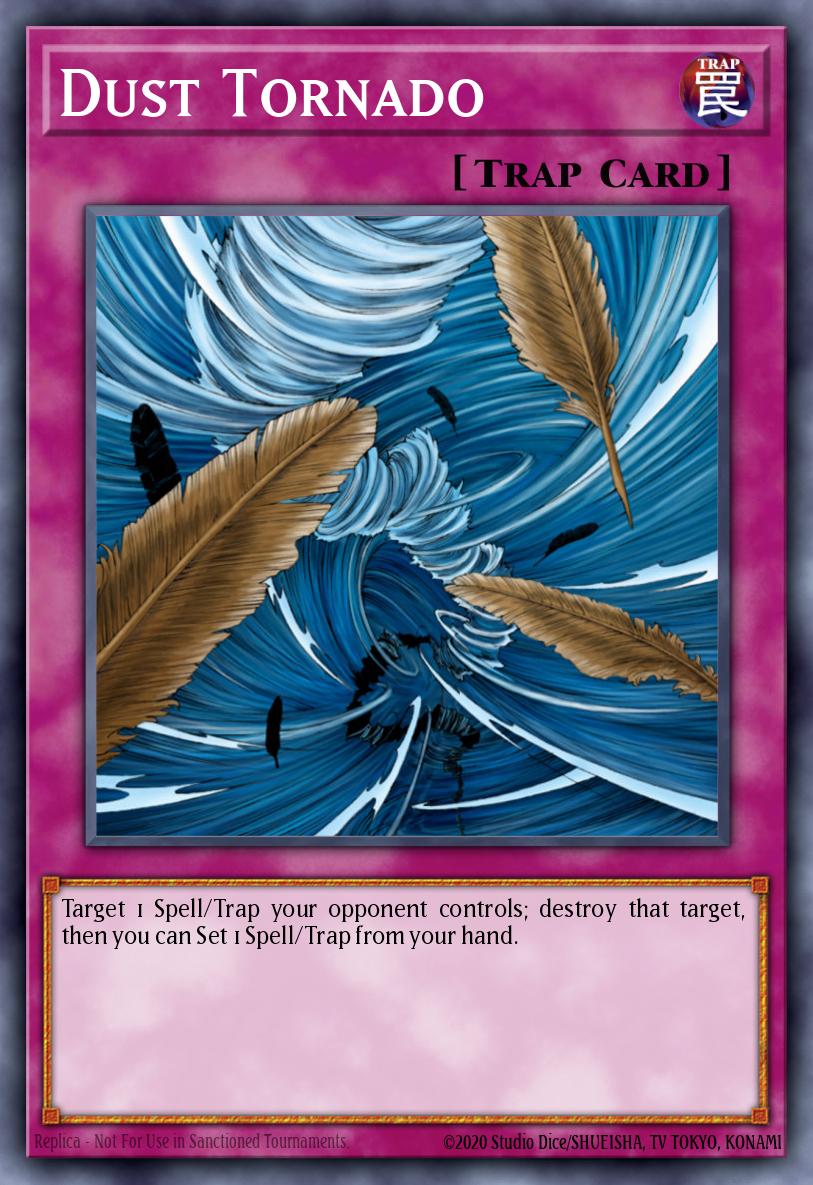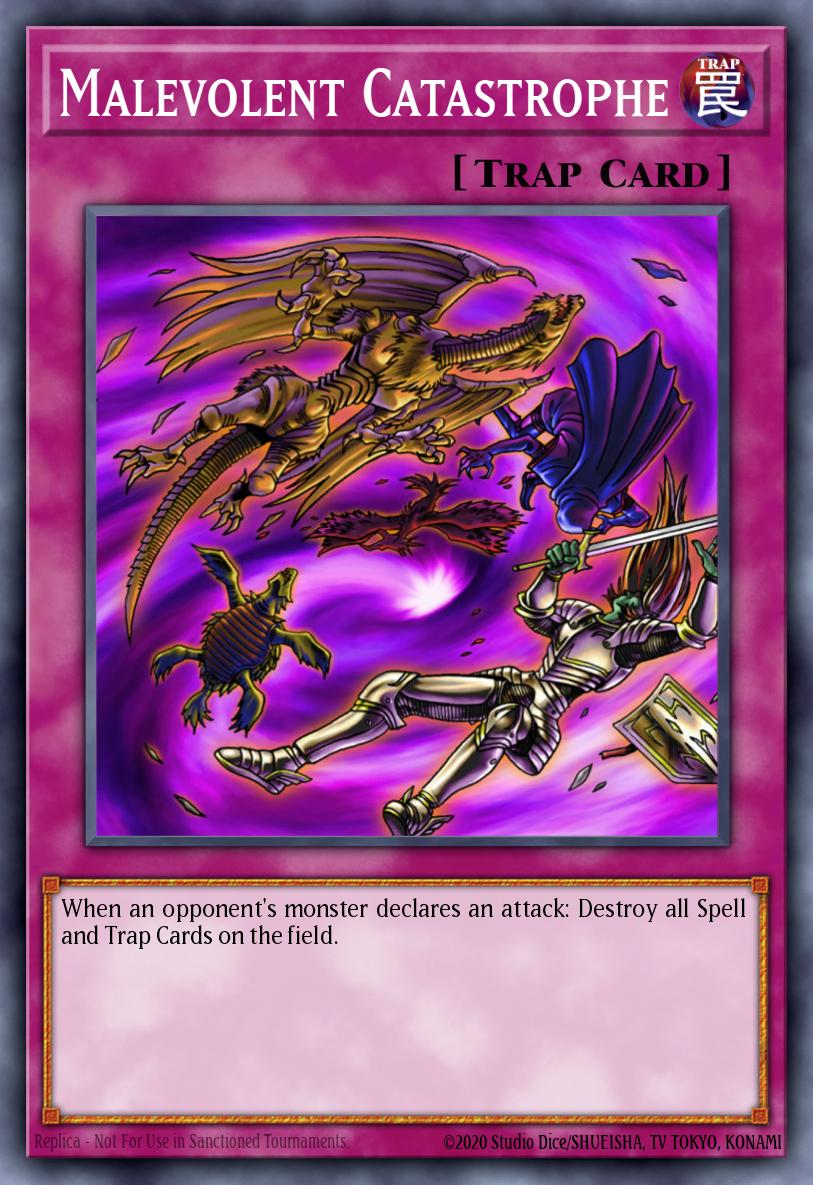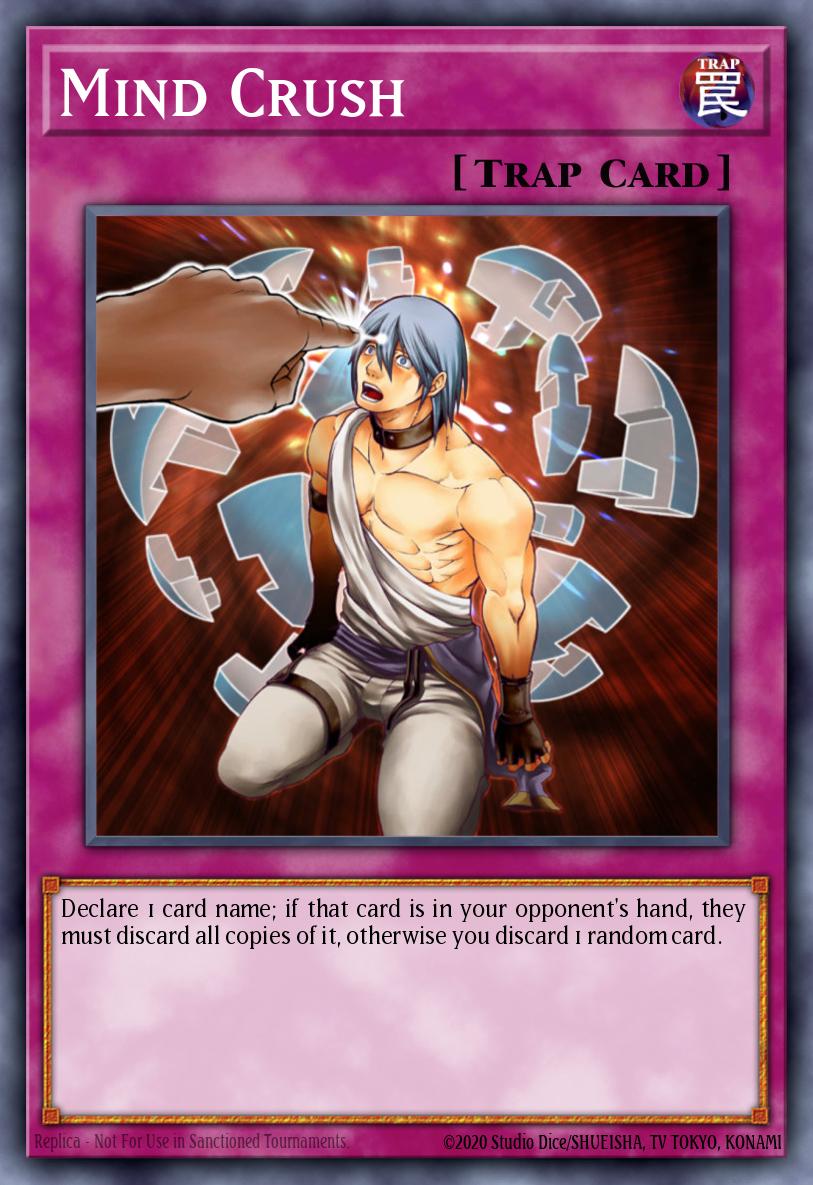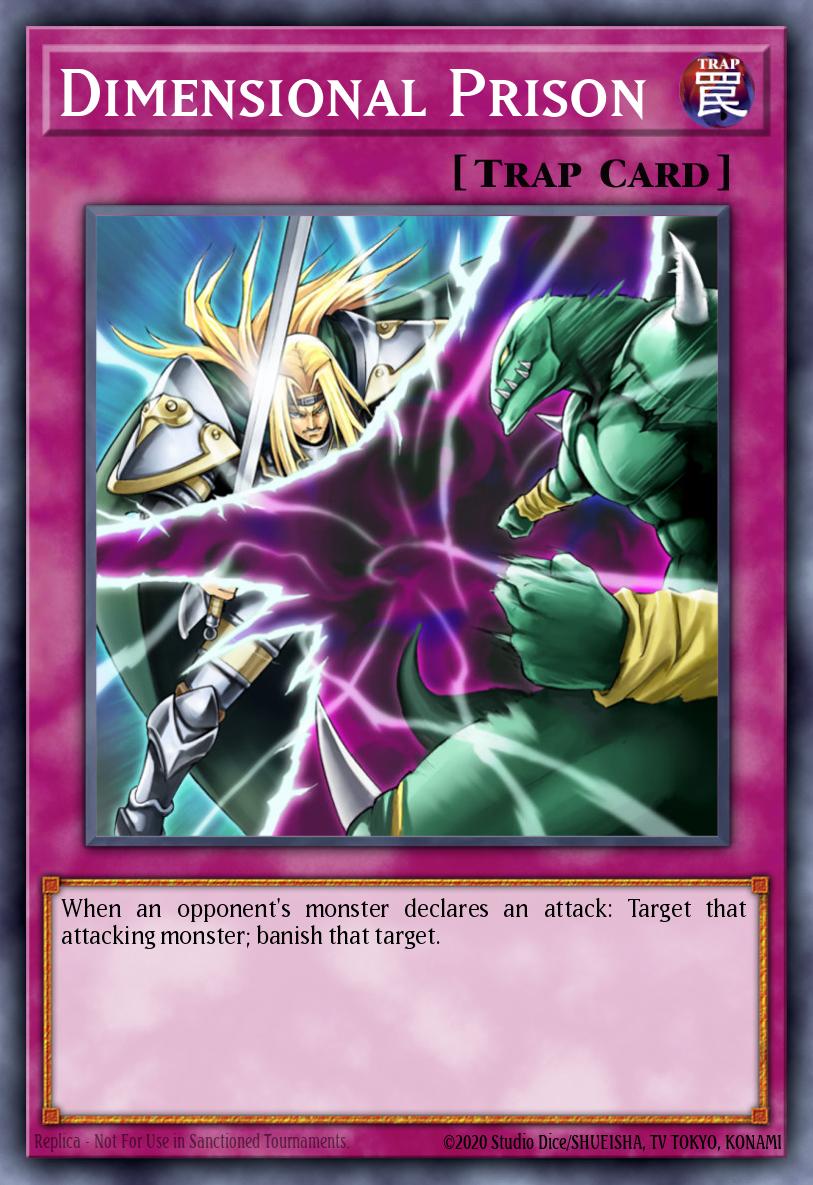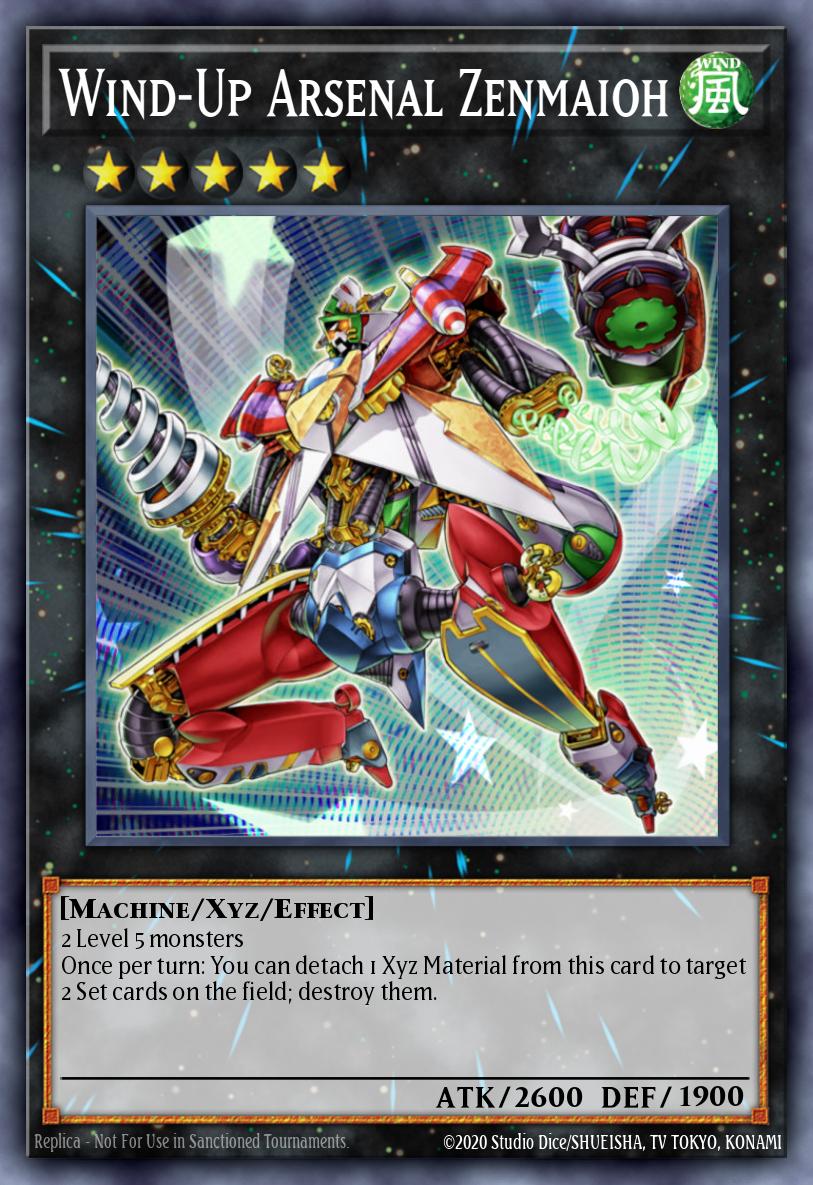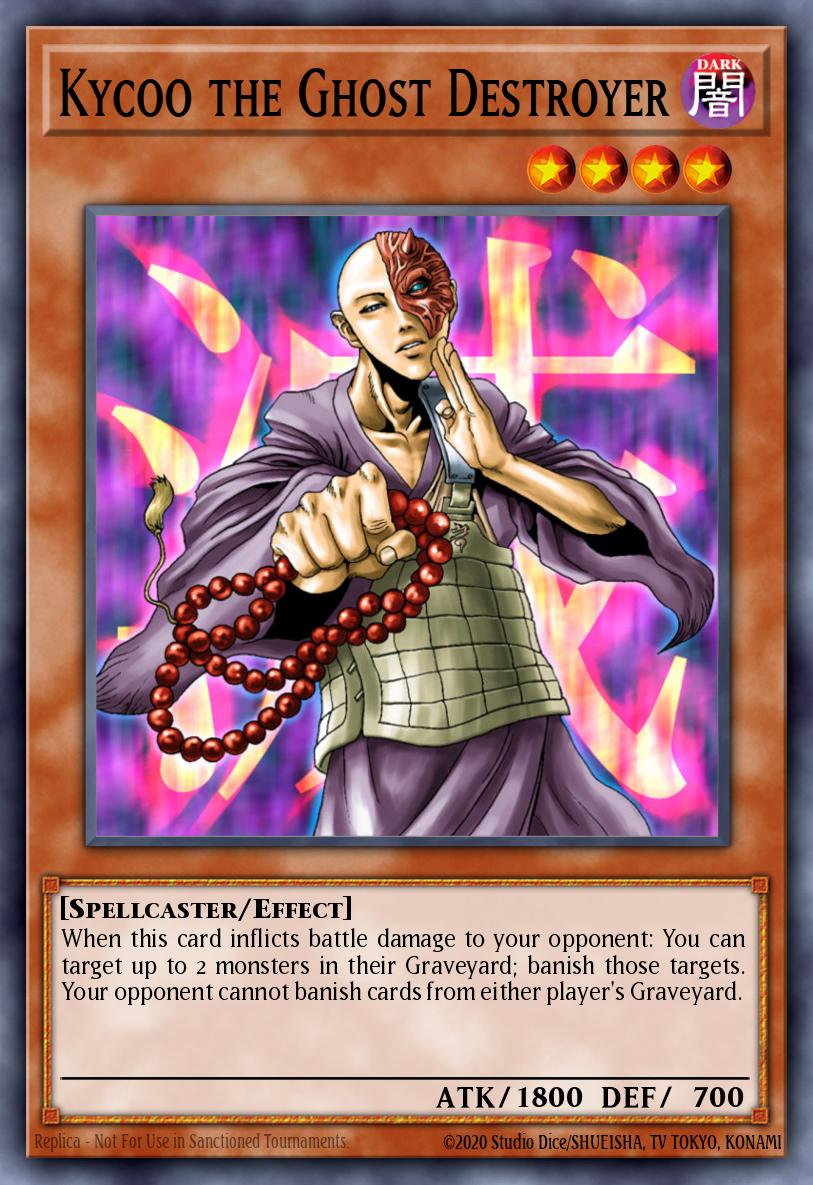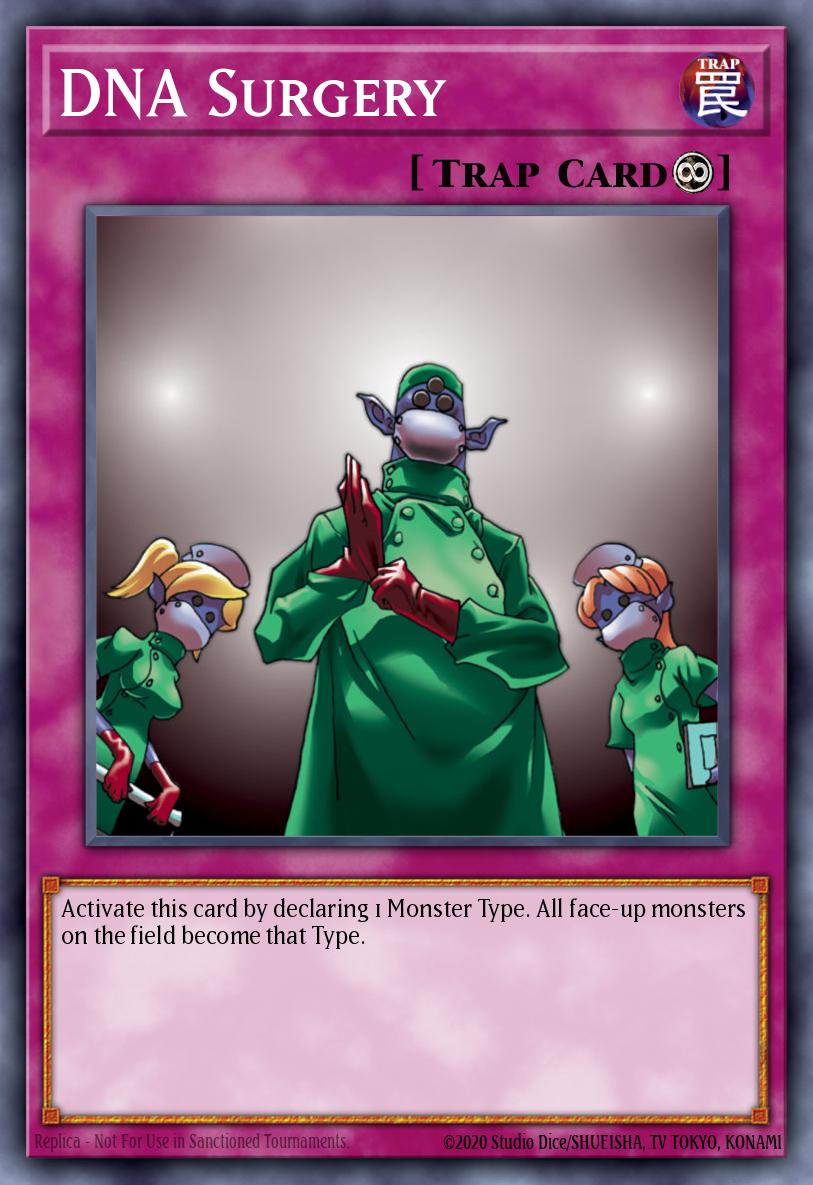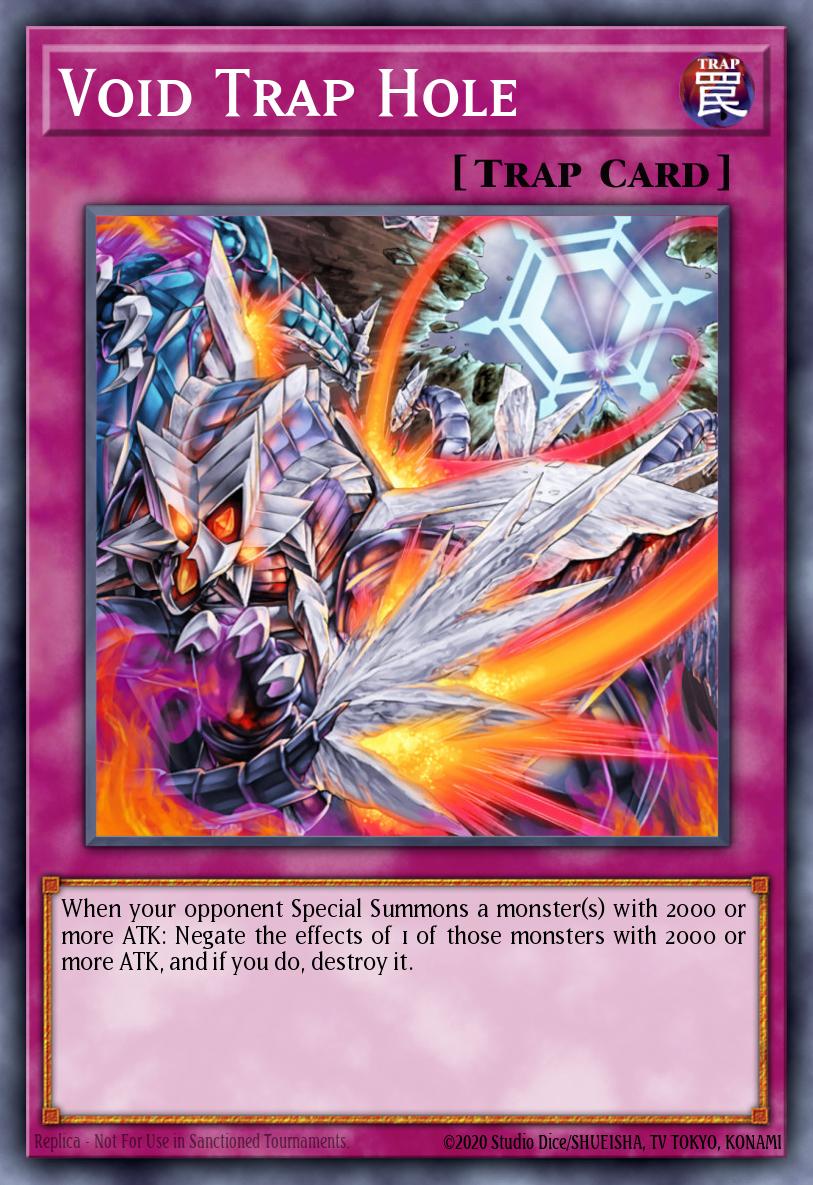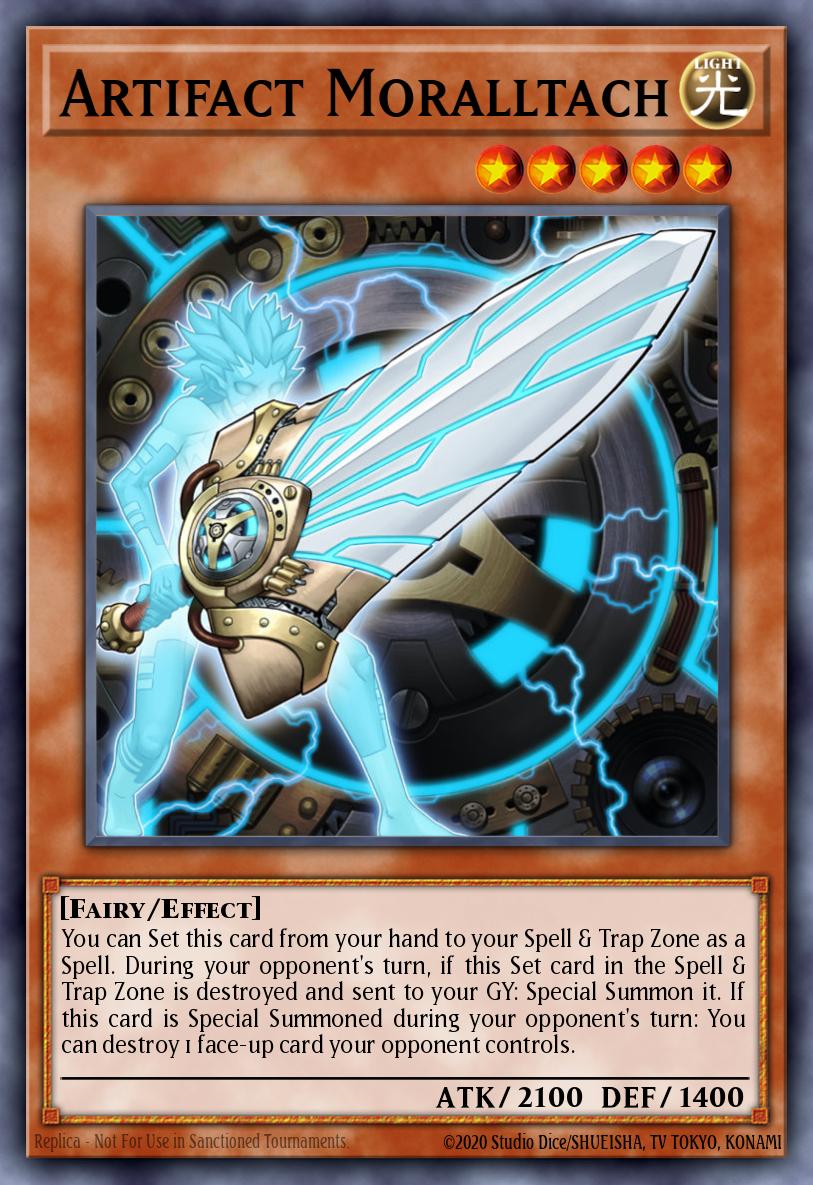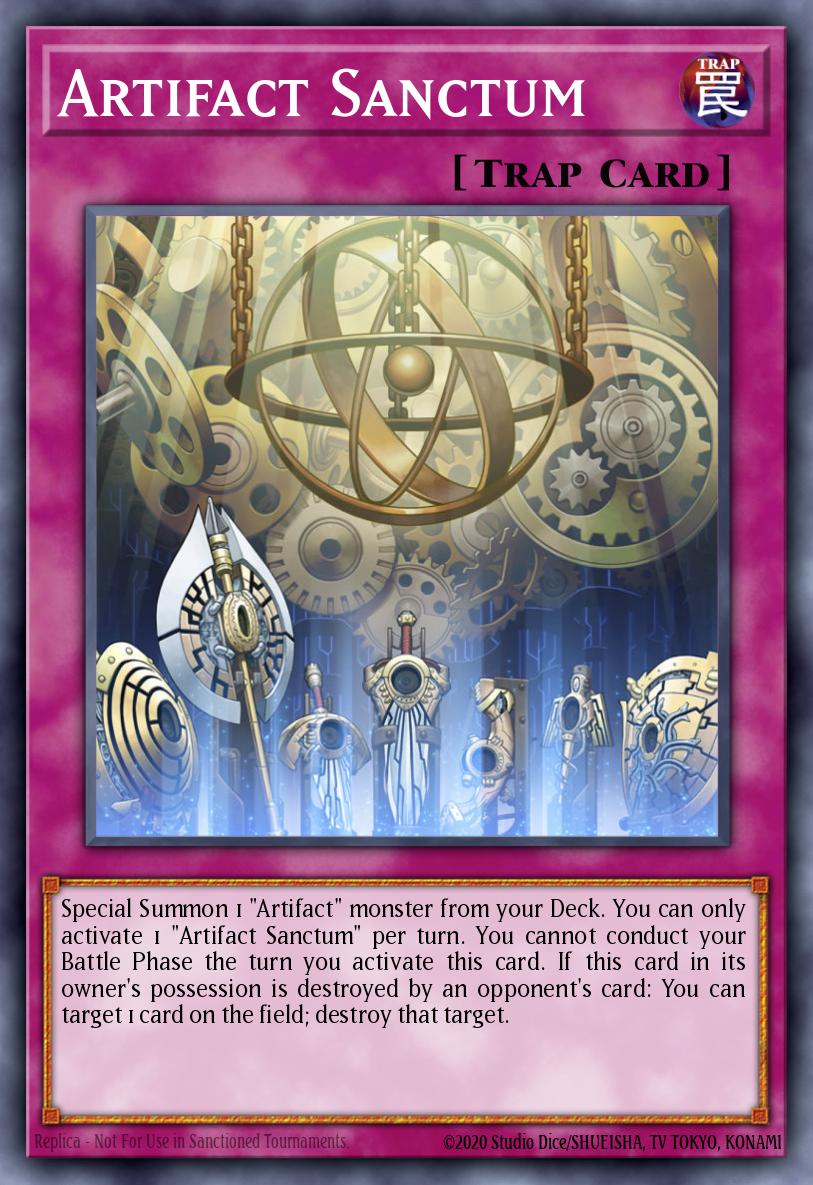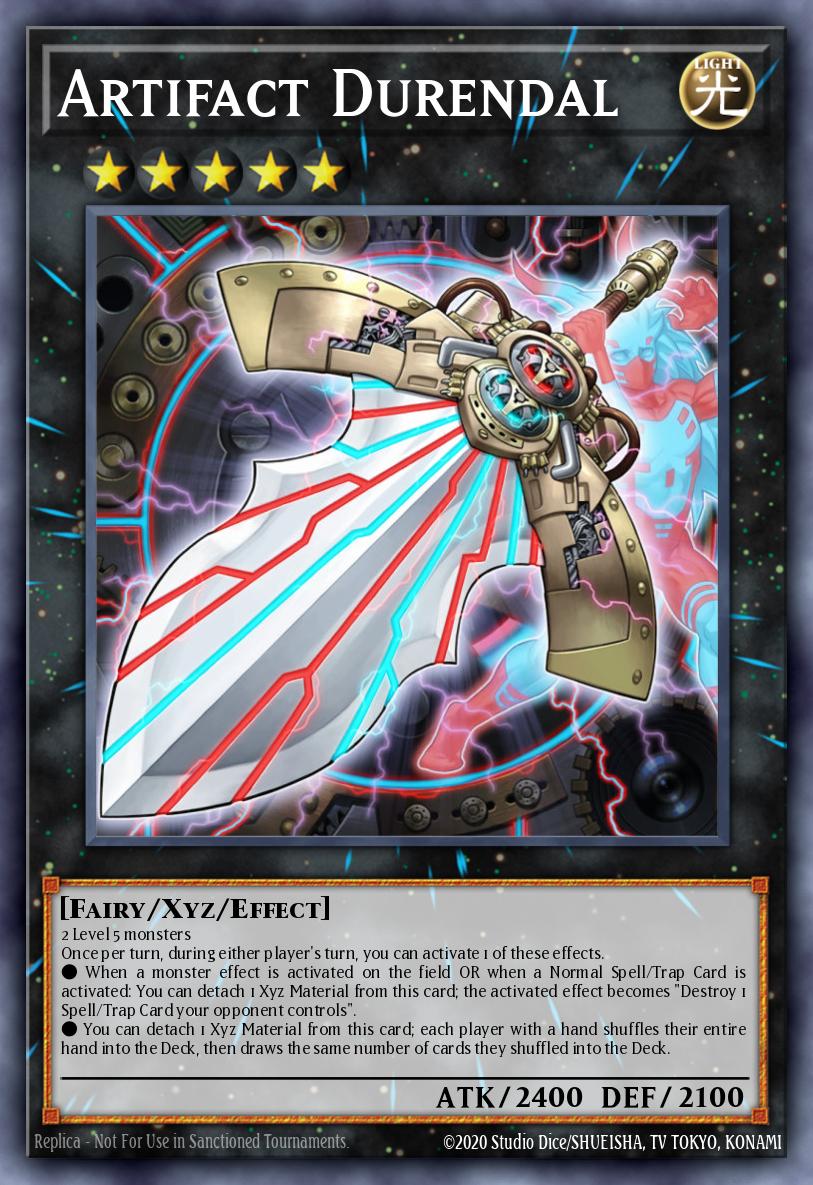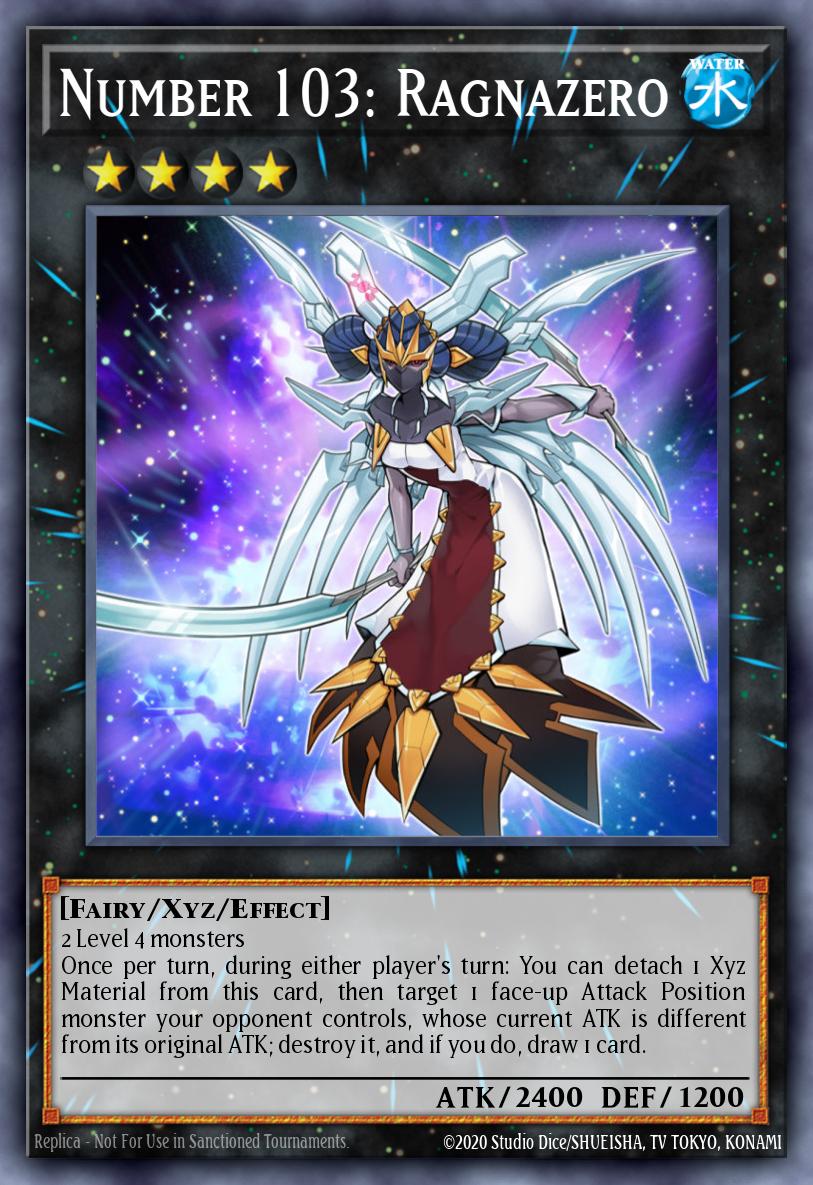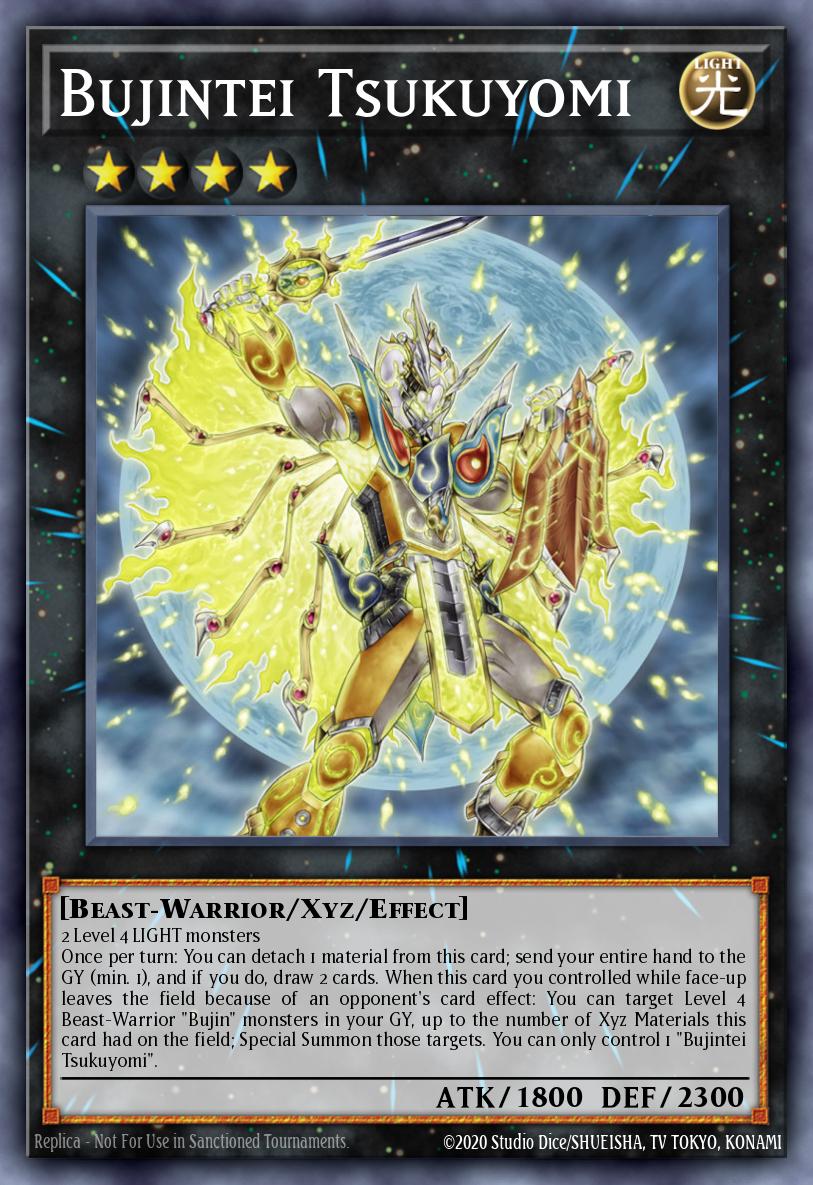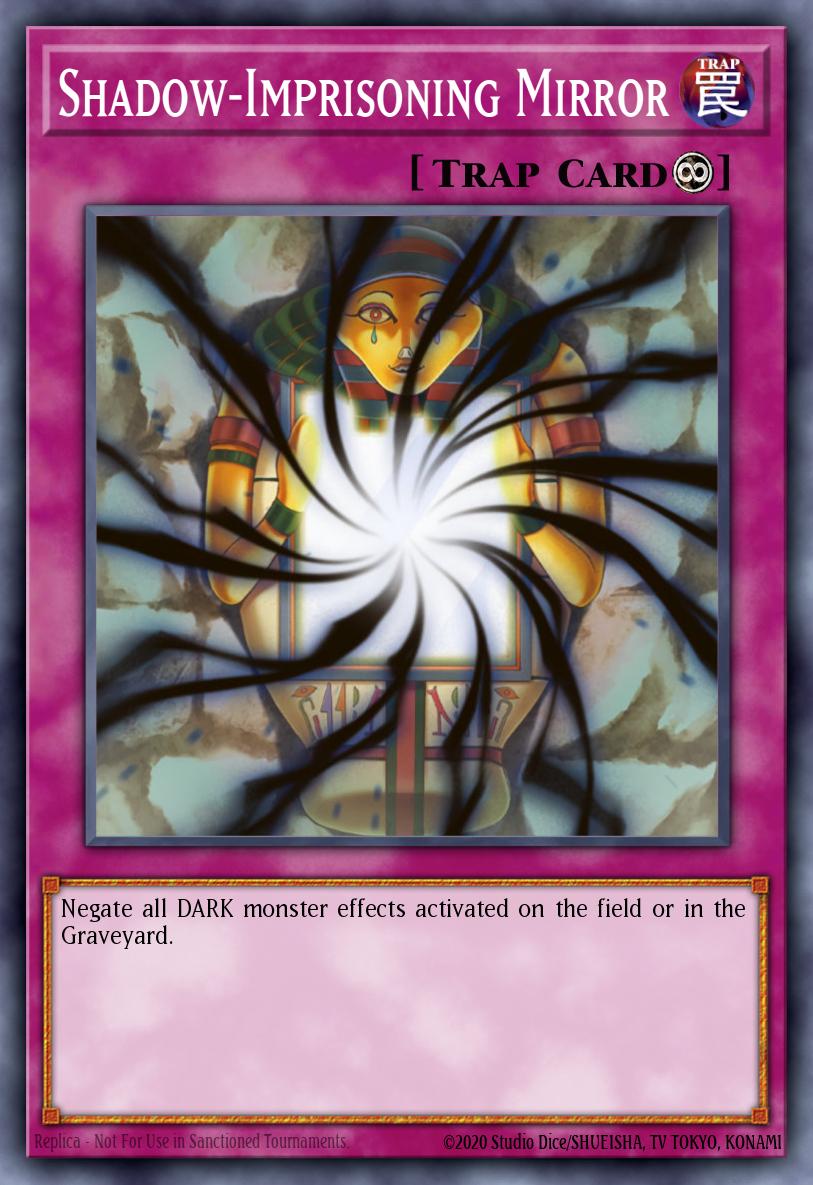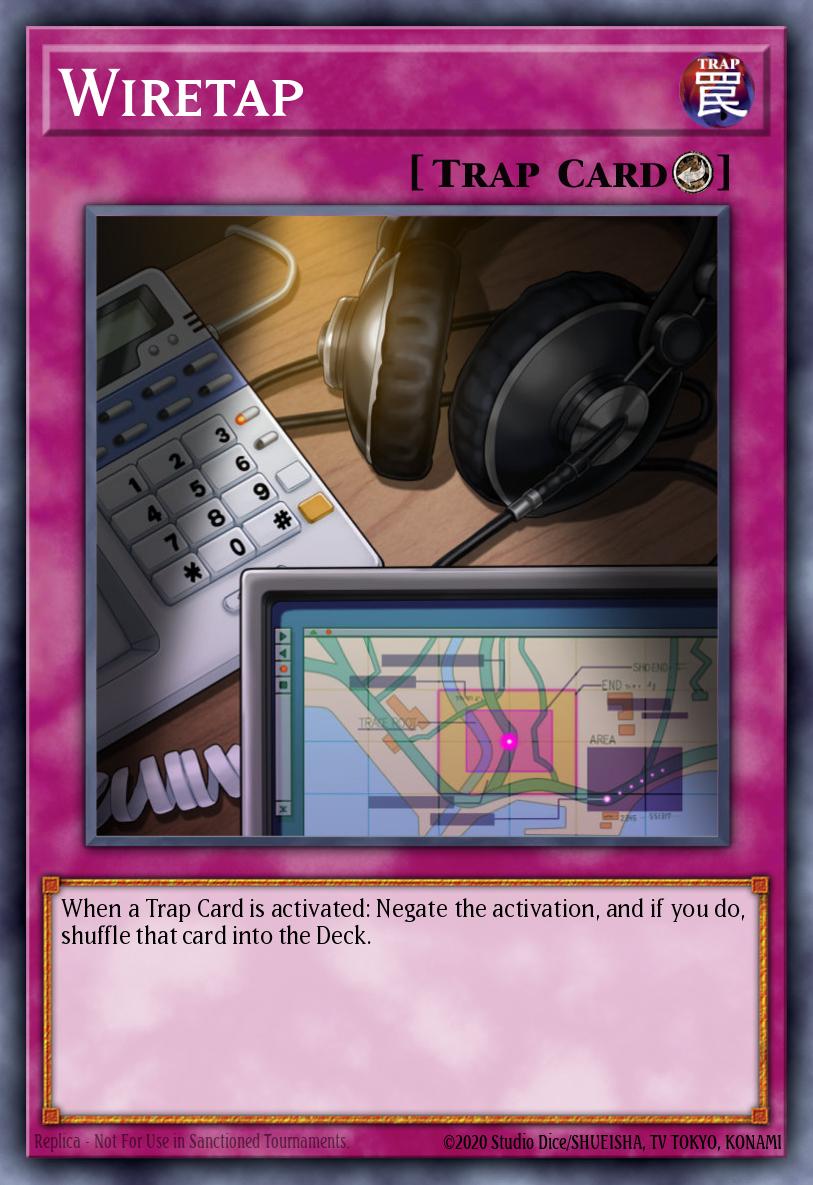Early into the Synchro Era, Konami decided to try something different with their cards, and that is to tell a story through said cards. Over several years, we continuously got cards and archetypes that tied together into the same lore that told a story when analyzed closely. The first lore the game ever saw was the classic Duel Terminal storyline, consisting of multiple archetypes from 2009 until 2015, and arguably even beyond that (but that's for another time). Even when said lore ended, the archetypes involved continued to receive legacy support to tie up loose ends and add a little bit extra to the completed story. With a project like this, a lot of archetype designing is required to make the cards thematically fit what they do in said lore, while also hoping to make a playable archetype in the Yu-Gi-Oh TCG and OCG. In this series, I will go over every single archetype part of this lore and see how successful the designing process of said archetypes was in the competitive landscape to see what archetypes held some real power in the actual game and what archetypes felt like they were just pack filler.
Introduction
The first group of archetypes from this series weren't as bad as Hidden Arsenal got a reputation for. Some of those archetypes weren't as playable as proper Decks, but they each at least gave us some good competitive cards. In this part, we at least get to some archetypes that feel playable on a casual level, but the main question is if they are playable on a competitive level. There are some good archetypes and great cards that are going to be featured in this part, as here we'll look at Vylons, Gem-Knights, Lavals, Gishkis, Gustos, -lswarms, and Constellars. Less archetypes this time around, but arguably a higher quality of them. Let's dive into each one and see how good they were.
Vylon
We start with the Vylon archetype, which is a Synchro archetype that is very Equip Spell heavy and offers a few different playstyles, though they all hope to do the same thing with Vylon Element and Rod of Silence - Kay'est to loop summoning Vylons from Deck while the Vylon Equips you destroy with Kay'est search for more Equips. You can turbo out Vylon Omega and get some negations, try to OTK with Vylon Sigma or try to control the game with Vylon Epsilon. These playstyles sound fun casually, but competitively they didn't do anything. Having to rely on opening with both Vylon Element and Rod of Silence is pretty inconsistent, even if it can spam so many monsters out if you pull it off. With that said, there are a few good Vylon cards from over the years.
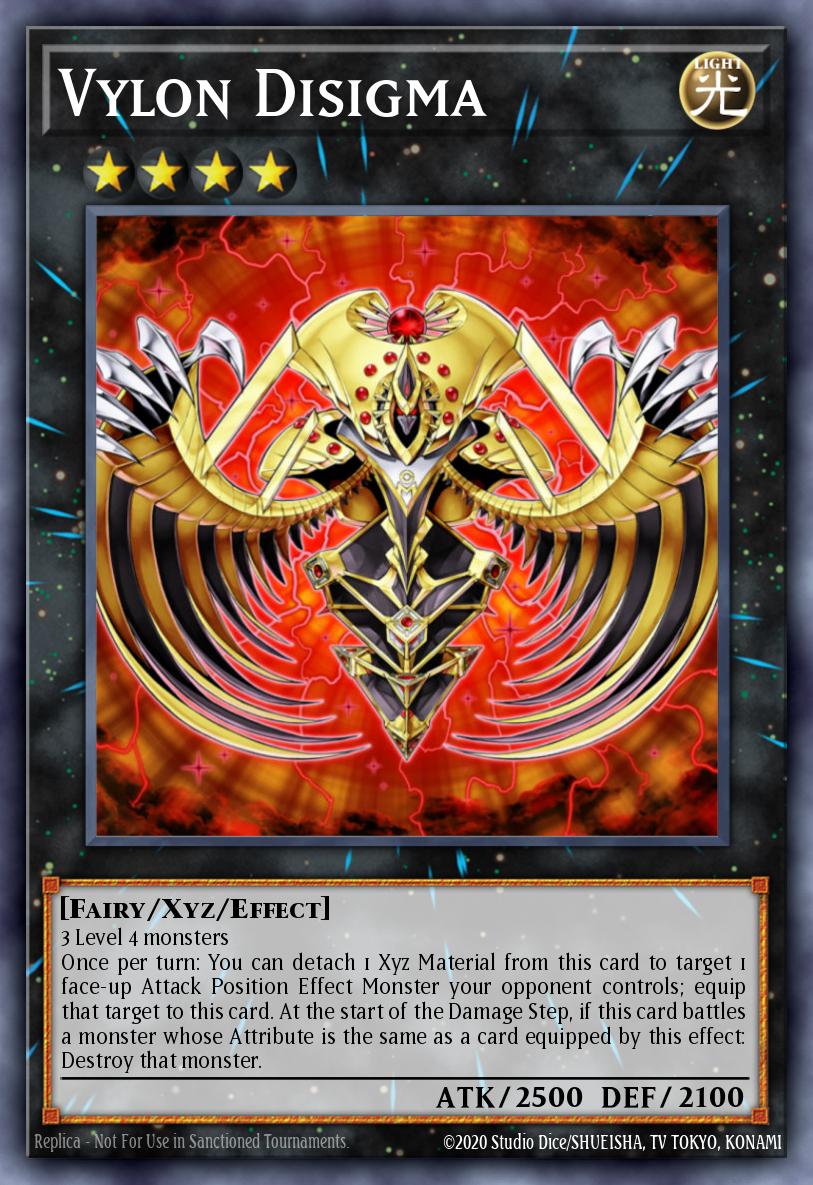
Vylon Cube is always going to be a card with some interesting potential. It's a Level 3 LIGHT Tuner that if you use to Synchro Summon a LIGHT monster, you get to search for any Equip Spell from the Deck. There was only a single Deck I could find that used it, a Dragon Link list from 2020, but Cube has always popped up in these funny FTKs, and it's somewhat a better card with Ancient Fairy Dragon back in the game with her errata. Vylon Prism is another decent Tuner in the archetype, this time being a Level 4 and a Thunder, meaning the Hunder Family of monsters can use their additional Normal Summons to get it on the field. This gave the Hunder Deck a bit more versatility to be able to also summon Level 8 Synchros alongside Rank 4 Xyzs. Speaking of Rank 4s, Vylon Disigma was a fine Rank 4 in the earliest days of Xyz Summoning for its ability to equip opponent's monsters to it and destroy any monster with the same type as an equipped monster. The main issue was how easily it was power crept due to needing 3 Level 4s to summon, which if you were going to do that, you'd go with the later options like Number 16: Shock Master, Stellarknight Delteros, or Evilswarm Ouroboros, and I can ensure we'll get to the latter 2 later on in this and the next part. Vylons might have been a cool casual Deck, but competitively it is highly lacking.
Gem-Knight
Next up in the list of archetypes from this era, we get to the Fusion-based Gem-Knight archetype. Gem-Knights do somewhat resemble early HEROs in a way, it's just that their Fusion Monsters are generic compared to the earliest HEROs. They got a pretty strong Fusion Spell for the archetype as well with Gem-Knight Fusion being able to keep recovering itself. However, if you want to talk about strong Fusion Spells in this archetype, you can't ignore the impact Brilliant Fusion had on the game as the only card to break out from Gem-Knights on its own, besides Gem-Knight Pearl being a Rank 4 with the strongest ATK for just needing 2 Level 4s and no downside effect.

Brilliant Fusion was a very powerful Continuous Spell to let you Fusion Summon any Gem-Knight by using materials in your Deck as materials. What broke the card was the fact you didn't have to use just Gem-Knights as material. This gave access to Gem-Knight Seraphinite in many different Decks that weren't meant to summon it, just as long as they could find a LIGHT monster to send to the graveyard. The Gem-Knight chosen usually was Gem-Knight Garnet since it had the highest ATK, and it popularized a Deck's bricks being called "Garnets". Still, the payoff for playing the Garnet was high since resolving Brilliant Fusion to get Seraphanite gave you an additional Normal Summon. This was the main use of Brilliant Fusion for years, but later it became an option to use Brilliant Fusion in Decks with Types synergizing well with it. The last main use of Brilliant Fusion before its ban was in Thunder Dragons to summon Gem-Knight Prismaura by using a Gem-Knight Amber, which if you set the Amber you drew, you technically can use it to summon Thunder Dragon Colossus if you meet the conditions since Amber was treated as an Effect Monster while set, bypassing the Gemini status. All this use was why Brilliant Fusion was eventually limited and later banned in the TCG, but it had a great run for the few years it was legal.
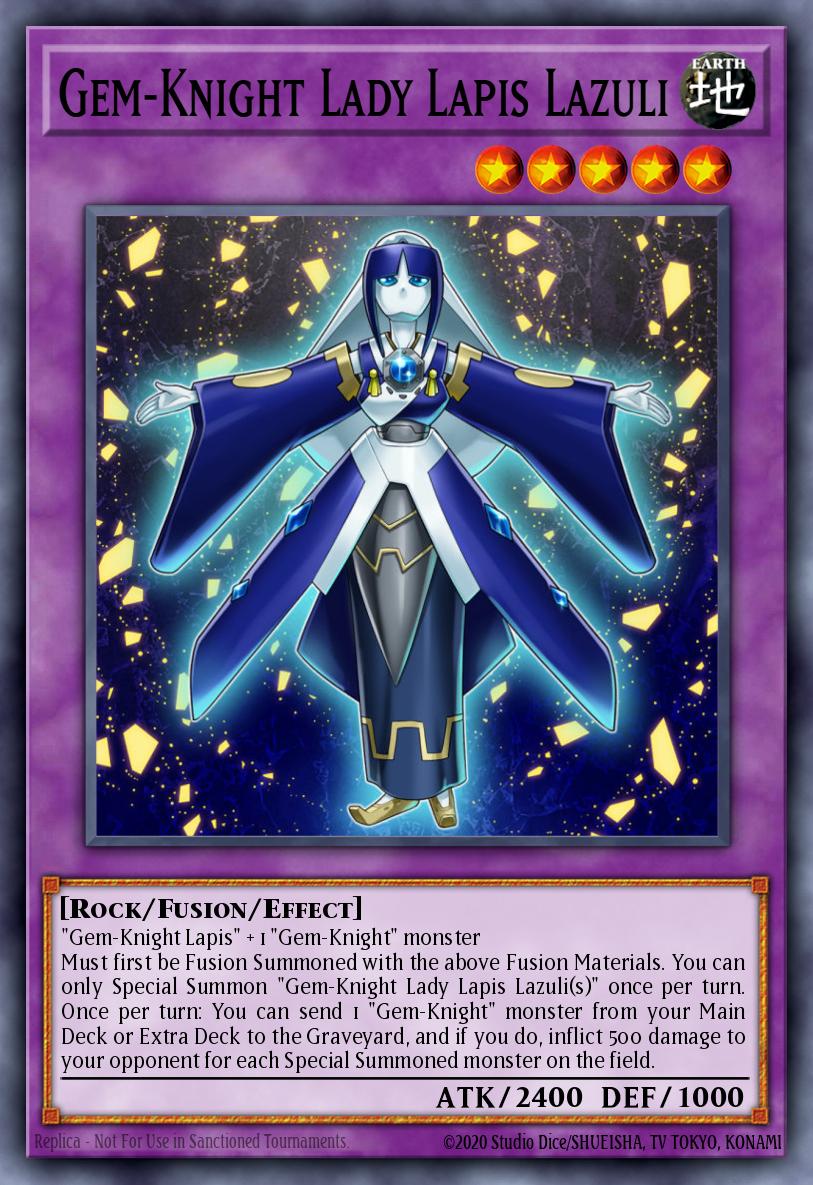
Now if you want to talk about Gem-Knight's success as a Deck, it was only ever successful as an FTK strategy after the release of Gem-Knight Phantom Quartz. Phantom Quartz as the Deck's Link did so much for the archetype by searching your Gem- cards as well as using your graveyard and banished pile for a Fusion Summon. You could quickly summon Gem-Knight Lady Lapis Lazuli to get some burn damage alongside several other Fusions to add to the amount of burn done. It was easy to bypass the fact you could only summon Lady Lapis once a turn by using it to summon Gem-Knight Master Diamond to copy the effects of Lady Lapis and get enough burn. It was pretty consistent with Block Dragon as well, and the FTK lasted even past a Master Diamond and Brilliant Fusion limit and took until Brilliant Fusion got banned to take the FTK out of the meta. At the very least, the support from Power of the Elements does help the FTK feel a bit more playable again, even if it isn't enough to make it meta relevant.
Laval
Now we get to the Laval archetype, which is honestly just a better version of Flamvells in every way. Most of the good monsters in the archetype do have the 200 DEF requirement to make Rekindling great in the Deck, and the Deck's goal is to load up the graveyard as fuel for their effects and said Rekindling. Speaking of filling the graveyard, the lone card to make a splash outside the archetype was Lavalval Chain. Chain was a powerful Rank 4 that just needed 2 Level 4s and could detach to send any card from Deck to the graveyard or put any monster in your Deck on the top. The first effect was especially powerful in Xyz Infernities and Djinn Lock Nekroz, the former I've written about, and the latter will be in Part 3. They were both pretty degenerate ways to use Lavalval Chain, not to mention any other Deck that benefited from it being a generic Rank 4. It was banned in the middle of 2015 and hasn't seen the light of day since. 
Now for the archetype on its own merits, it was a great Deck in 2013 to quickly summon a Shooting Quasar Dragon after resolving Rekindling. The Deck had an easy time getting monsters in the graveyard via Molten Conduction Field synergizing with Laval Volcano Handmaiden very well. You could easily get 3 Handmaidens in the graveyard with 2 Laval Magma Cannoneer since it was a Level 4 with 200 DEF to help make Level 5 Synchros. The Rekindling could fairly often revive 3 Handmaiden and 2 Cannoneer to get to 2 Level 5 Synchros, with one being T.G. Hyper Librarian for draw power. You would just need a Level 1 extender like Boost Warrior to get to Formula Synchron to then use it and 2 Level 5s for a Quasar Dragon. This was back when Quasar Dragon alone was enough of a win condition, and it was enough to get Rekindling put to 1. After the limit of Rekindling, that's the last you saw of Lavals in the meta, since Soul Charge isn't that great a replacement when every other Deck under the sun can use it better. By the time Rekindling came back to 3, Quasar alone wasn't enough most of the time and most Decks could make better boards more consistently than trying to resolve Molten Conduction Field and Rekindling as much as possible. More Lavals in the future might boost the Deck back to relevance since the 2020-2021 support wasn't enough, but at least the Deck can take solace in using Rekindling better than the Deck it was made for.
Gishki
Next up we look at the first Ritual archetype from this lore, the Gishkis. Gishkis are a turbo Ritual archetype, trying to get their Rituals summoned as fast as possible. There's also a divination gimmick of guessing the top card of the Deck for some interesting stuff, but all that came from that part of the archetype was funny builds with Gishki Diviner and Convulsion of Nature, and it was never meta. What did have meta potential at the start was the FTK and looping potential a few cards offered. Evigishki Mind Augus helped refill your Deck with 5 cards from the graveyard, which was useful in an FTK trying to cycle through both players' Decks as fast as possible to hopefully deck out the opponent. You also had Evigishki Gustkraken that could keep ripping cards from the opponent's hand each time it was Ritual Summoned. Gustkraken loops were boosted in consistency with Hieratics, the searching of Gishki Abyss, Gishki Shadow, and Gishki Vision along with any other generic Ritual Support, and the main Ritual Spell, Gishki Aquamirror, being able to return to Deck to add a Ritual from grave to hand. It was easy to get Gustkraken into the grave for Aquamirror's grave effect via other Ritual Summons or using and detaching it from an Xyz Monster. All this was degenerate enough to quickly get limits on both Mind Augus and Gustkraken for many years.
The quick limits led to only 1 top from both the FTK and handloop I could find on record (though the handloop's lone top I could find was after both Rituals got limited), but there was a bit more from Gishki. In 2023, we got a brand new wave of Gishki support that helped synergize the archetype with Spright a bit more. The previously mentioned Gishki Abyss and Gishki Vision were both Level 2s, along with the new Gishki Grimness, which could summon Abyss from the Deck for a search and then you could Link both into Spright Elf to revive the Abyss for another search. You also had a new Ritual to summon with Evigishki Neremanas, which offered decent negation on a Ritual Monster. There was also Focused Aquamirror to help search for Gishkis even more, and the support gave life to Gishki Photomirror being run to use LP for a Ritual Summon instead of monsters. This only really took off in the OCG, considering the TCG banned Spright Elf before we could make use of the Gishki support in Spright, but at least there was a Top 64 Gishki Spright list from the NA WCQ in 2023 without Elf.
Gusto
Now we look into the Gusto archetype, yet another Synchro-focused archetype based on all the monsters floating into other Gustos upon leaving the field and shuffling Gustos back into the Deck for effects. It's not too overwhelming since cards like Gusto Gulldo who could in theory trigger off being used as Synchro Material instead would miss timing for his floating effect. This, along with other Gustos only triggering on destruction did limit the archetype's success. The lone standout from the archetype was Daigusto Emeral, a generic Rank 4 who could detach a material to return 3 monsters from the graveyard to the Deck for a draw, or you could revive any Normal Monster, but most of the time you were using it for the shuffle effect. Emeral was basically a Pot of Avarice that was in the Extra Deck, basically making it somewhat better since you could access it at any time in Decks that could use it. It was banned for a short period for its use in Zoodiacs to reuse cards like Zoodiac Ratpier and Elder Entity Norden, but as of writing the card is at 1, mostly so you can't loop copies of itself.
Outside of Daigusto Emeral, the only other times you saw Gustos do something meta relevant were a 2013 Dragunity list running a small engine, and a 2018 Windwitch Gusto Deck. The Dragunity Deck just used the discard effect of Gusto Griffin via Dragon Ravine and Tempest, Dragon Ruler of Storms to help summon a Windaar, Sage of Gusto from the Deck for Level 8 Synchros. The Gusto Windwitch Deck used some of the Gusto cards like the earlier mentioned Gulldo, Gusto Egul, Winda, Priestess of Gusto, and Kamui, Hope of Gusto to give a bit more to work with when using Pilica, Descendant of Gusto. It worked well when you also had the combo of Windwitch - Ice Bell, Windwitch - Glass Bell, and Windwitch - Snow Bell helping summon Crystal Wing Synchro Dragon and other WIND Synchros. The Gustos could also help do a ton of damage with Daigusto Sphreez and use cards like Contact with Gusto and Blessings for Gusto for removal and revival. Besides Daigusto Emeral, nothing in the Gusto archetype was insane, but it at least had a bit of meta representation besides Emeral, and it is also a fun casual Deck to OTK with Daigusto Sphreez.
-lswarms (Steelswarm and Evilswarm)
The last two archetypes seem to be perfect to go together near the end since they do seem like opposites. We start with the DARK-centric -lswarm archetype. This consists of two different sub-archetypes, that being Steelswarm and Evilswarm, and each one plays differently. We begin with Steelswarm, which is a Tribute Summon based archetype with monsters based around fueling your Tribute Summons. The Steelswarms only gain their Tribute Summon abilities if you tribute Steelswarms, which does hinder the Deck a bit. Overall, the archetype is too restrictive and slow to make an impact as a whole. You only really got 2 Steelswarm monsters that were ever relevant, and neither had a thing to do with Steelswarms.
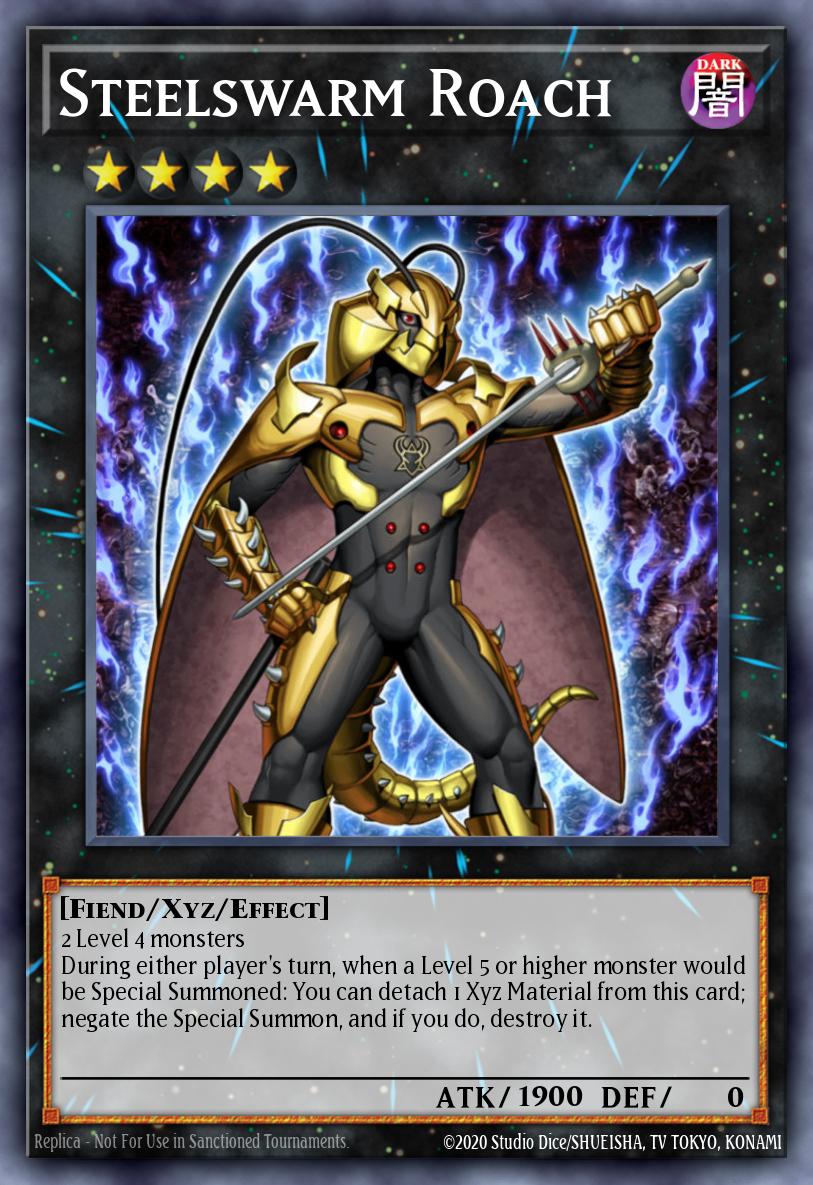
Steelswarm Roach was a great generic Rank 4 to get in the early days to negate the summons of any Level 5 or higher monsters, good enough to see play every once in a while to this very day. The other relevant Steelswarm card is Steelswarm Origin, which is ironically better in Evilswarm. This is for its ability to only allow Special Summons in the Main Monster Zone to the zones it points to, while also having the bonus of giving good protection to monsters it points to and letting you float into any -lswarm from the Deck when a monster(s) is destroyed for each monster destroyed.
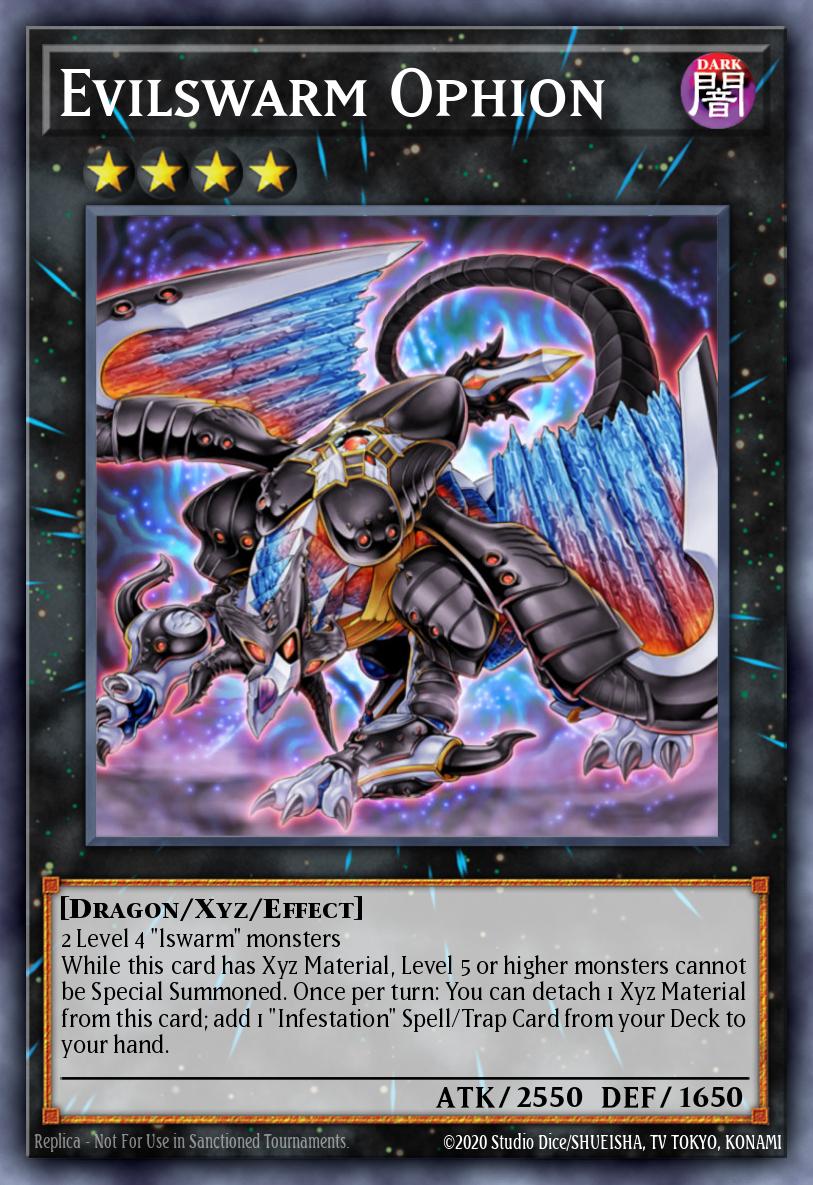
Speaking of the Evilswarm archetype, we got a Rank 4 Xyz archetype with a ton of control effects. Evilswarm Castor and Evilswarm Kerykeion are both great for getting extra bodies on the board for a fast Rank 4, and you can always use Rescue Rabbit to summon Evilswarm Ophion. Ophion is a a great Rank 4 that locks the Special Summon of any Level 5 or higher monster, while also being able to detach its materials to search for your Infestation Spells and Traps. Infestation Infection can help swap your -lswarms for ones you need while Infestation Pandemic gives your Ophion some protection.
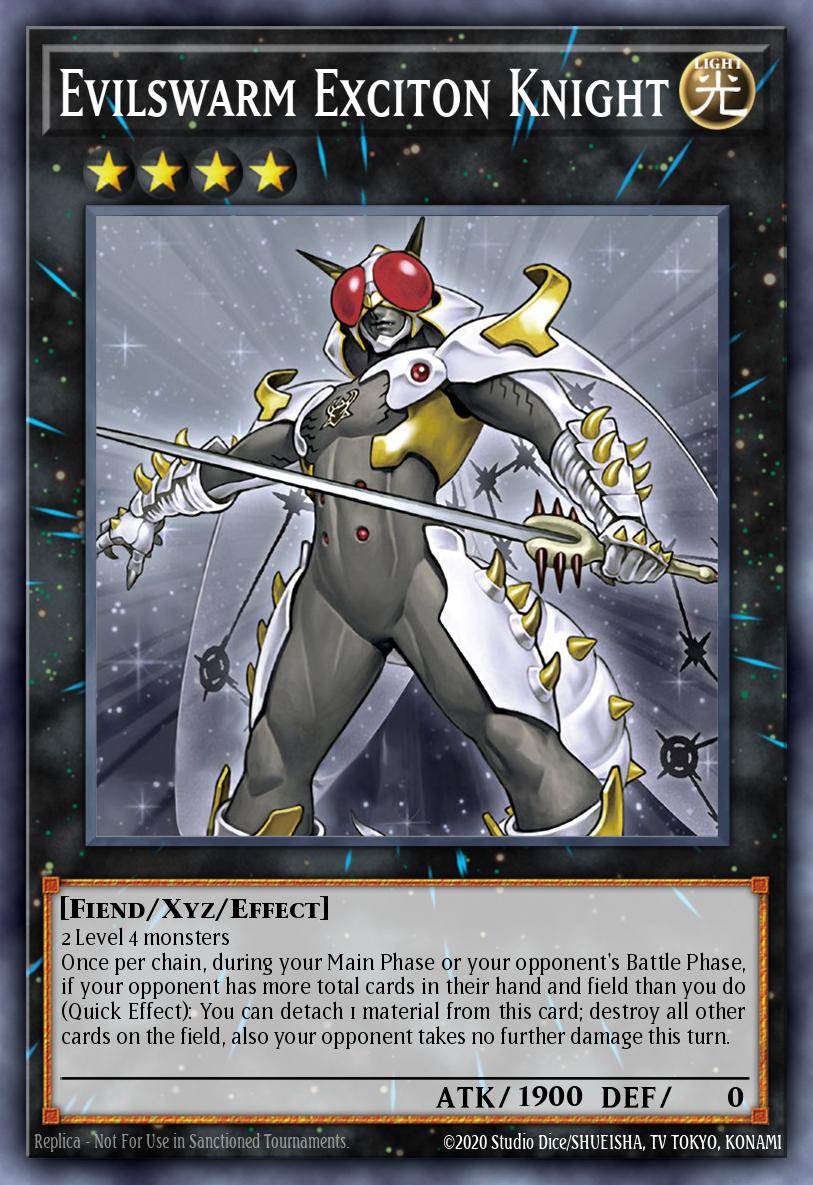
Evilswarms also have more than just Ophion at their access for great Rank 4s. Evilswarm Bahamut can let you take control of an opponent's monster, though you do have to discard an -lswarm for it along with the detach. Evilswarm Thanatos can make itself unaffected by other monster effects for the turn on a Quick Effect. Evilswarm Nightmare can switch Special Summoned monsters into face-down Defense Position. Finally, we got the most generic of them all with Evilswarm Ouroboros as a pseudo-Trishula on a generic Rank 4, though it does need 3 monsters. We also got an Xyz that's unrelated to Evilswarms, similar to Steelswarms and Roach. Evilswarm Exciton Knight can easily be called one of the best generic Rank 4s ever for its ability to destroy every other card on the field if the opponent is in a winning position in terms of card advantage. Exciton Knight, Nightmare, and Ouroboros are the only Evilswarms to be played outside the archetype, except for Evilswarm Thunderbird which is great in Chain Beat for its effect to banish itself in response to another card effect. It's a pretty great archetype all around, and I can always see it coming back if it ever got legacy support.
Constellar
We saw the DARK, now we go to the LIGHT for the last archetype from this era of the Duel Terminal lore, the Constellars. Constellars is another Xyz archetype, this time being able to range from Rank 3s to Rank 5s. The archetype at least has its own version of Evilswarm Castor with Constellar Pollux and their own Evilswarm Kerykeion in the form of Constellar Sombre. They got access to Level Moduation with Constellar Kaus to help for the Rank 3s or 5s since the best Constellars are usually Level 4s. Constellar Algiedi is a near replica of Pollux, only it Special Summons a Constellar from the hand. You also got the consistency of Fire Formation - Tenki for your Kaus or Reinforcement of the Army for your Pollux. It's consistent access to your Xyzs, which could be generic ones or part of the archetype.
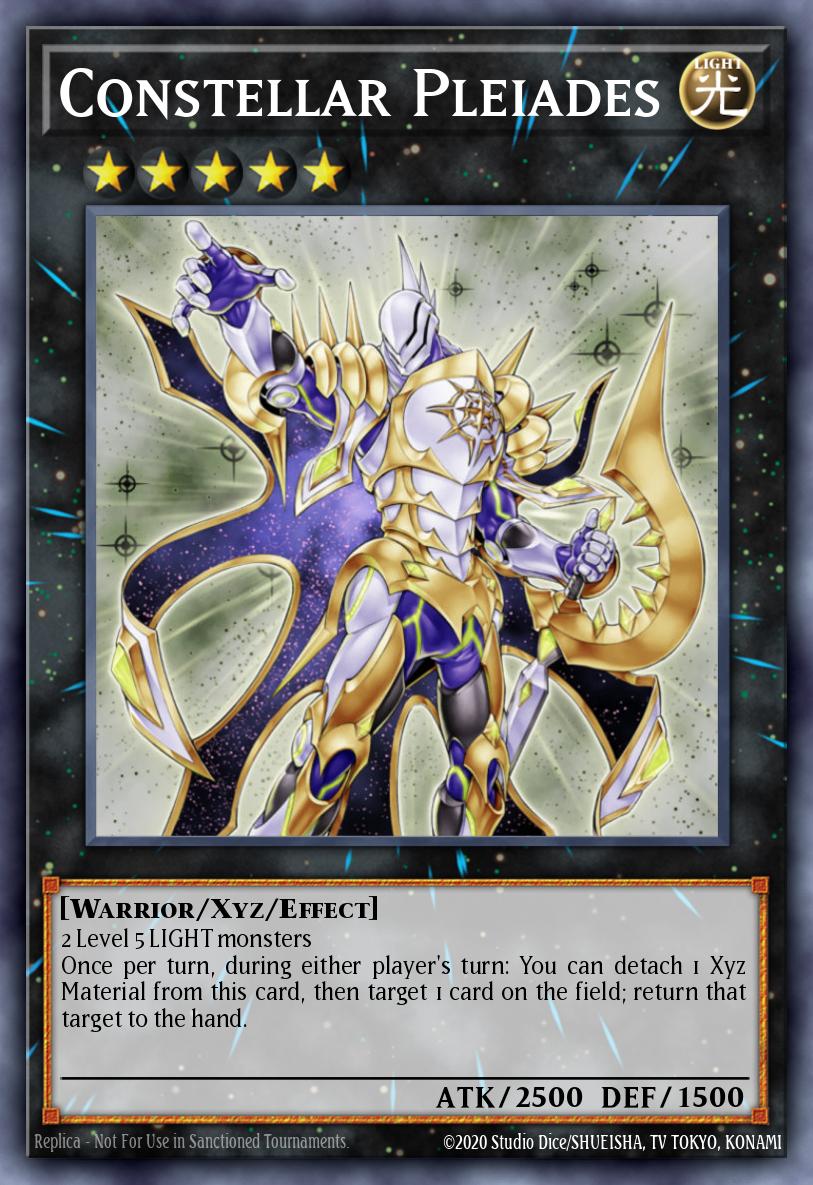
Speaking of the Constellar Xyzs, you have Constellar Omega you can make with 2 Level 4 LIGHT monsters and can give itself Quick Effect protection from Spells and Traps. Constellar Praesepe is another Rank 4, though more specific to Constellars, and it can give itself an ATK boost during battle to get over bigger monsters. Going to Rank 5s, we got the ever powerful Constellar Pleiades that need 2 Level 5 LIGHTs to get a Quick Effect to return a card on the field to the hand. You can also Rank-Up any Constellar Xyz into the Rank 6 Constellar Ptolemy M7 to bounce a card on the field or in the graveyard to the hand, though you can only use it the turn it was summoned if you generically summoned it with 2 Level 6s. Ptolemy M7, Pleiades, and Omega all saw play outside Constellars since LIGHT Decks could use the first 2, and generic Rank 6 Decks could appreciate Ptolemy M7.
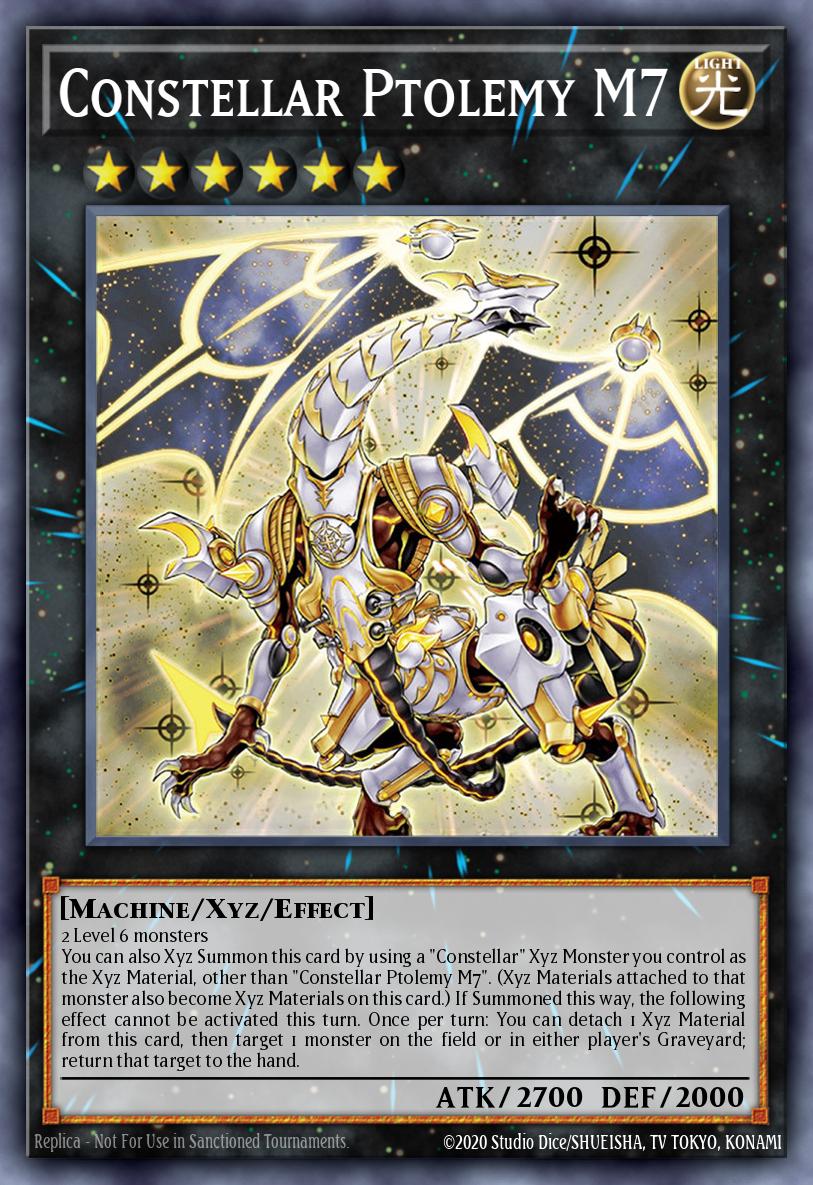
Constellar didn't get a ton of support after its initial run, only until 2021 giving us Constellar Caduceus and 2023 tying together both the Constellar and Tellarknight archetypes with cards like Tellarknight Lyran, Tellarknight Altairan, Tellarknight Constellar Caduceus, and Constellar Tellarknights. Also a few years back, there was Stellarknight Constellar Diamond who was part of the Constellars by name. I won't go into too much detail on this support since Part 3 will feature the Tellarknights and they mostly work better focusing more on the Tellarknight side of things, but Constellar Sheratan does see play now with the new Rank 4 being able to use its effect from Deck. It all could support pure Constellars as well, but there's no competitive success for pure Constellars with the modern support like there was for Tellarknights, so you'll see more from this support in Part 3.
Conclusion
Overall, it's safe to say this is a more successful era for the Duel Terminal lore than what was in Part 1. Going 3 for 7 with archetypes getting pretty consistent tops for some time, with the others still finding at least some success besides Vylon, does make for a decent ratio compared to last time. Constellars, Evilswarms, and Gem-Knights might of had the best runs while Lavals and Gishkis got hit fast, and in Laval's case was in its prime at a bad time since they had 3 Rekindling and all their support when Dragon Rulers and Spellbooks were legal. You might not see much from these archetypes anymore, but legacy support can always change that, and they do still feel like viable casual Decks to play for fun. Get ready, though, cause the most successful era of this lore is still to come as we leave the Hidden Arsenal and Duel Terminal sets themselves in favor of putting these cards in core sets and making side sets for them. The cream of the crop for the Duel Terminal lore is still to come, and that will come soon with Part 3.
